Tricyclic gyrase inhibitors
Bensen , et al. December 8, 2
U.S. patent number 10,858,360 [Application Number 15/643,760] was granted by the patent office on 2020-12-08 for tricyclic gyrase inhibitors. This patent grant is currently assigned to LAWRENCE LIVERMORE NATIONAL SECURITY, LLC, MERCK SHARP & DOHME CORP.. The grantee listed for this patent is LAWRENCE LIVERMORE NATIONAL SECURITY, LLC, Merck Sharp & Dohme Corp.. Invention is credited to Paul Aristoff, Daniel Bensen, Zhiyong Chen, John Finn, Michael Jung, Thanh T. Lam, Suk J. Lee, Xiaoming Li, Felice C. Lightstone, Toan B. Nguyen, Douglas W. Phillipson, Leslie W. Tari, Michael Trzoss, Sergio E. Wong, Junhu Zhang.












View All Diagrams
| United States Patent | 10,858,360 |
| Bensen , et al. | December 8, 2020 |
Tricyclic gyrase inhibitors
Abstract
Disclosed herein are compounds having the structure of Formula I and pharmaceutically suitable salts, esters, and prodrugs thereof that are useful as antibacterially effective tricyclic gyrase inhibitors. Related pharmaceutical compositions, uses and methods of making the compounds are also contemplated.
| Inventors: | Bensen; Daniel (Carlsbad, CA), Chen; Zhiyong (San Diego, CA), Finn; John (Encinitas, CA), Lam; Thanh T. (San Diego, CA), Lee; Suk J. (San Diego, CA), Li; Xiaoming (San Diego, CA), Phillipson; Douglas W. (Del Mar, CA), Tari; Leslie W. (San Diego, CA), Trzoss; Michael (San Diego, CA), Zhang; Junhu (San Diego, CA), Lightstone; Felice C. (Fremont, CA), Nguyen; Toan B. (Marlborough, CA), Wong; Sergio E. (Tracy, CA), Aristoff; Paul (Dexter, MI), Jung; Michael (Los Angeles, CA) | ||||||||||
|---|---|---|---|---|---|---|---|---|---|---|---|
| Applicant: |
|
||||||||||
| Assignee: | MERCK SHARP & DOHME CORP.
(Rahway, NJ) LAWRENCE LIVERMORE NATIONAL SECURITY, LLC (Livermore, CA) |
||||||||||
| Family ID: | 1000005229159 | ||||||||||
| Appl. No.: | 15/643,760 | ||||||||||
| Filed: | July 7, 2017 |
Prior Publication Data
| Document Identifier | Publication Date | |
|---|---|---|
| US 20170369498 A1 | Dec 28, 2017 | |
Related U.S. Patent Documents
| Application Number | Filing Date | Patent Number | Issue Date | ||
|---|---|---|---|---|---|
| 13496188 | 9732083 | ||||
| PCT/US2012/029104 | Mar 14, 2012 | ||||
| 61453011 | Mar 15, 2011 | ||||
| Current U.S. Class: | 1/1 |
| Current CPC Class: | C07D 487/14 (20130101); C07D 487/04 (20130101) |
| Current International Class: | C07D 487/04 (20060101); C07D 487/14 (20060101) |
References Cited [Referenced By]
U.S. Patent Documents
| 5795986 | August 1998 | Bundy et al. |
| 6147085 | November 2000 | Horvath et al. |
| 9732083 | August 2017 | Bensen |
| 10385055 | August 2019 | Finn |
| 2005/0227992 | October 2005 | Hurley et al. |
| 2008/0051414 | February 2008 | Hurley et al. |
| 2009/0082374 | March 2009 | Gangjee |
| 2009/0099165 | April 2009 | Hurley et al. |
| 2009/0143399 | June 2009 | Hurley et al. |
| 2015/0246934 | September 2015 | Bensen |
| 1749822 | Feb 2007 | EP | |||
| 2686320 | Jan 2014 | EP | |||
| 157280 | Feb 1986 | IN | |||
| 2000038350 | Feb 2000 | JP | |||
| 2006036762 | Feb 2006 | JP | |||
| 2007169216 | Jul 2007 | JP | |||
| 1993/020078 | Oct 1993 | WO | |||
| 1996/026941 | Sep 1996 | WO | |||
| 1998/029397 | Jul 1998 | WO | |||
| 1998/042708 | Oct 1998 | WO | |||
| 1999/006024 | Feb 1999 | WO | |||
| 1999/051598 | Oct 1999 | WO | |||
| 1999/051600 | Oct 1999 | WO | |||
| 2000/066585 | Nov 2000 | WO | |||
| 2002/040016 | May 2002 | WO | |||
| 2003/037898 | May 2003 | WO | |||
| 2003/057149 | Jul 2003 | WO | |||
| 2003/062443 | Jul 2003 | WO | |||
| 2004/058764 | Jul 2004 | WO | |||
| 2004/058767 | Jul 2004 | WO | |||
| 2005/037825 | Apr 2005 | WO | |||
| 2006/001511 | Jan 2006 | WO | |||
| 2006/116733 | Nov 2006 | WO | |||
| 2007/025090 | Mar 2007 | WO | |||
| 2008/007113 | Jan 2008 | WO | |||
| 2008/055233 | May 2008 | WO | |||
| 2009/004329 | Jan 2009 | WO | |||
| 2009/091476 | Jul 2009 | WO | |||
| 2010/006032 | Jan 2010 | WO | |||
| 2011/056739 | May 2011 | WO | |||
| WO-2016067009 | May 2016 | WO | |||
Other References
|
Han, H. "Targeted Prodrug Design to Optimize Drug Delivery." AAPS Pharmsci. (2000), vol. 2 (1) article 6, pp. 1-11. (Year: 2000). cited by examiner . Ettmayer, P., et al. "Lessons Learned from Marketed and Investigational Prodrugs." J. Med. Chem. (2004) 47(10), pp. 2393-2404. (Year: 2004). cited by examiner . Testa, B. "Prodrug research: futile or fertile?" Biochem. Pharm. (2004) 68, pp. 2097-2106. (Year: 2004). cited by examiner . Shkurko, O.P., et al. "Synthesis of functional 2-substituted 4-phenyl-9H-pyrimido[4,5-b]indoles." Russian Chem. Bulletin, International Ed. (Nov. 2002), vol. 51, No. 11, pp. 2129-2133. (Year: 2002). cited by examiner . Andrus et al., "Neuroprotective effects of the novel brain-penetrating pyrrolopyrimidine antioxidants U-101033E and U-104067F against post-ischemic degeneration of nigrostriatal neurons", Journal of Neuroscience Research (1997), 47(6):650-654. cited by applicant . Bratt, J., et al. "Polyhalogenoaromatic Compounds. Part 41. Photochemical Dehalogenation and Arylation Reactions of Polyhalogenoaromatic and Polyhalogenoheteroaromatic Compounds." J.C.S. Perkin I. (Published Jan. 1, 1980), pp. 648-656. cited by applicant . Bundy et al., "Synthesis of Novel 2,4-Diaminopyrrolo[2,3-d]pyrimidines with Antioxidant, Neuroprotective, and Antiasthma Activity", Journal of Medicinal Chemistry (1995), 38(21):4161-3. cited by applicant . Bundy et al., "Synthesis of 2,4-Di-l-pyrrolidinyl-9H-pyrimido[4,5-b]indoles, Including Antiasthma Clinical Candidate", Organic Process Research & Development (2001), 5(2):144-151. cited by applicant . Bundy et al., "Synthesis of 2,4-diaminopyrrolo[2,3-d]pyrimidines via thermal Fischer indolization. Pyrazole formation with ytterbium triflate catalysis", Journal of Heterocyclic Chemistry (2000), 37(6):1471-1477. cited by applicant . Chalcogens. Available at: <http://web.archive.org/web/20090312103521/http://www.angelo.edu/facul- - ty/kboudrea/periodic/periodic.sub.--main6.htm >. Published on Web: Mar. 12, 2009. cited by applicant . Chin et al., "Preclinical evaluation of anti-inflammatory activities of the novel pyrrolopyrimidine PNU-142731A, a potential treatment for asthma", Journal of Pharmacology and Experimental Therapeutics (1999), 290(1):188-195. cited by applicant . Davarani et al., Electro-organic synthesis of new pyrimidine and uracil derivatives, Journal of Heterocyclic Chemistry (2010), 47(1):40-45. cited by applicant . Dent, Gordon , "PNU142731A Pharmacia", Current Opinion in Investigational Drugs (PharmaPress Ltd.) (2000), 1(4):449-451. cited by applicant . Dotzauer et al., "Synthesis of medicinally interesting 2,4-diamino-9H-pyrimido[4,5-b]indol-6-ols via extension of the Nenitzescu reaction", Synlett (2004), (6):1039-1043. cited by applicant . Dotzauer et al., "2,4-Diamino-9H-pyrimido[4,5-b]indol-5-oIs: Synthesis, in vitro cytotoxic activity, and QSAR investigations", Bioorganic & Medicinal Chemistry (2006),14(21):7282-7292. cited by applicant . Easter et al., "Synthesis of several isotopically labeled pyrrolo[1 ,3-d]pyrimidine analogs", Journal of Labelled Compounds & Radiopharmaceuticals (2001), 44(11):797-810. cited by applicant . Easter, John A., "Synthesis of isotopically labeled 1-[(2,4-di-1-pyrrolidiny1-9H-pyrimido[4,5-b]indo1-9-yl)acetyl] pyrrolidine monohydrochloride, PNU-142731a, an orally active antiasthma agent", Isotope Production and Applications in the 21stCentury, Proceedings of the International Conference on Isotopes, 3rd, Vancouver, BC, Canada, Sep. 6-10, 1999 (2000):345-346. cited by applicant . Epps et al., "The preparation of dipalmitoyllecithin bilayers as probed by the fluorescent pyrrolopyrimidine, U-104067", Chemistry and Physics of Lipids (1997), 86(2):121-133. cited by applicant . Ettmayer, P., et al. "Lessons Learned from Marketed and Investigational Prodrugs." J. Med. Chem. (2004) 47(10), pp. 2393-2404. cited by applicant . First Examination Report issued in New Zealand Patent Application No. 614983 dated Jun. 5, 2014. cited by applicant . Glushkov, R. G., "Synthesis of indolo[2,3-d]pyrimidines", Khimiko-Farmatsevticheskii Zhumal (1967), 1 (9):25-32. cited by applicant . Hall et al., "Pyrrolopyrimidines: novel brain-penetrating antioxidants with neuroprotective activity in brain injury and schemia models", Journal of Pharmacology and Experimental Therapeutics (1997), 281 (2):895-904. cited by applicant . Davarani, S. S. H., et al., 2-Substituted 4H-[1,3]thiazolo[3,2-a][1,3,5]triazine-4-thiones: Synthesis, Crystal Structure, and Antifungal Activity, Journal of Hetericyclic Chemistry, 2010, pp. 40-45, 47(1). cited by applicant . Han, H.K. "Targeted Prodrug Design to Optimize Drug Delivery." AAPS Pharmsci. (2000), vol. 2 (1) article 6, pp. 1-11. cited by applicant . Higashin et al., "Triazolo[4,5-d]pyrimidines. VII. The photochemical transformation of 3-phenyl-3H-1 ,2,3-triazolo[4,5-d]pyrimidines into 9H-pyrimido[4,5-b]indoles", Heterocycles (1981),15(1):483-487. cited by applicant . International Search Report and Written Opinion dated May 11, 2012 issued in PCT/US2012/029104 filed Mar. 14, 2012. cited by applicant . Lapachev et al., 4-Aminouracils and pyrimido[4,5-b]indolediones from 4-azidouracils, Monatshefte fuer Chemie (1988), 119(1):97-102. cited by applicant . Lipton et al. "Four generations of pyrrolopyrimidines", ACS Symposium Series (2002), 817(From Bench to Pilot Plant), 101-112. cited by applicant . Mauragis et al., "Evaluation and Rapid Scale-Up of the Synthesis of the Pyrrolopyrimidines U-101033E and U-104067F", Organic Process Research & Development (1997), 1(1):39-44. cited by applicant . Monge et al., "New 4-amino-7,8-dimethoxy-5H-pyrimido[5,4-b]indole derivatives: synthesis and studies as inhibitors of phosphodiesterases", Archiv der Pharmazie (Weinheim, Germany) (1993), 326(11):879-885. cited by applicant . Nogimori et al., A new class of propylthiouracil analogs: comparison of 5'-deiodinase inhibition and antithyroid activity, Endocrinology (1986), 118(4):1598-604. cited by applicant . Oostveen et al., "Neuroprotective efficacy and mechanisms of novel pyrrolopyrimidine lipid peroxidation inhibitors in the gerbil forebrain ischemia model", Journal of Cerebral Blood Flow and Metabolism (1998), 18(5):539-547. cited by applicant . Lapachev, V. V., et al., 4-Aminouracils and pyrimido[4,5-b]indolediones from 4-azidouracils, Organische Chemie Und Biochemie, 1988, pp. 97-102, 119(1). cited by applicant . Rauscher et al., "Effects of new antioxidant compounds PNU-104067F and PNU-74389G on antioxidant defense in normal and diabetic rats", Journal of Biochemical and Molecular Toxicology (2000), 14(4):189-194. cited by applicant . Sethy et al., "Neuroprotective effects of the pyrrolopyrimidine U-104067F in 3-acetylpyridine-treated rats", Experimental Neurology (1996), 140(1):79-83. cited by applicant . Mallory, F. B., et al., Photocyclization of Stilbenes and Related Molecules, Organic Reactions, 1984, pp. 1-456, 30(1). cited by applicant . Smith et al., "Two novel pyrrolopyrimidine lipid peroxidation inhibitors U-101 033E and U-104067F protect facial motor neurons following neonatal axotomy", Experimental Neurology (1996), 141(2):304-309. cited by applicant . Niogimori, T., et al., A New Class of Propylthiouracil Analogs: Comparison of 5'-Deiodinase Inhibition and Antithyroid Activity, Endocrinology, 1986, pp. 1598-1605, 118(4). cited by applicant . Stolle et al, "The preparation of isotopically labeled 2,4,6-trisubstituted pyrimidines", Synthesis and Applications of Isotopically Labelled Compounds, Proceedings of the International Symposium, 7th, Dresden, Germany, Jun. 18-22, 2000 (2001),272-275. cited by applicant . Testa, B. "Prodrug research: futile or fertile?" Biochem. Pharm. (2004) 68, pp. 2097-2106. cited by applicant . Thornber, et al. "Isosterism and Molecular Modification in Drug Design." pp. 563-580. cited by applicant . Venugopalan et al., "Synthesis of 6,7-dimethoxypyrimido[4,5-b]indoles as potential antihypertensive agents", Journal of Heterocyclic Chemistry (1988), 25(6):1633-9. cited by applicant . Warner et al., "Identification of a lead small-molecule inhibitor of the Aurora kinases using a structure-assisted, fragmentbased approach", [Erratum to document cited in CA145:388697], Molecular Cancer Therapeutics (2006), 5(12):3312. cited by applicant . Wright, G. E., 9H-Pyrimido[4,5-b]indole-2,4-diones. The acid-catalyzed cyclization of 6-(phenylhydrazino)uracils, Journal of Heterocyclic Chemistry (1976), 13(3):539-44. cited by applicant . Wright et al., Acid-catalyzed rearrangements of 6-(p-tolylhydrazino)-2-thiouracil, Journal of Heterocyclic Chemistry (1979), 16(2):401-2. cited by applicant . Wright, G. E., 9H-Pyrimido[4,5-B]Indole-2,4-Diones-Acid-Catalyzed Cyclization of 6-(Phenylhydrazino)Uracils, Journal of Heterocyclic Chemistry, 1976, pp. 539-544, 13(3). cited by applicant . Wright, G. E., et al, Acid-Catalyzed Rearrangements of 6-(P-Tolyhydrazino)-2-Thiouracil, Journal of Heterocyclic Chemistry, 1979, pp. 401-402, 16(2). cited by applicant . CAS RN 74894-26-1. "2,4-dichloro-9H-Pyrimido[4,5-b]indole", STN Registry, Nov. 16, 1984 (1 page). cited by applicant . CAS RN 738579-79-8, "4-chloro-2-(methylthio)-9H-pyrimido[4,5-b]indole-6-carbonitrile", STN Registry, Sep. 3, 2004 (1 page). cited by applicant . Tsai, Francis T. F., et al. "The high-resolution crystal structure of a 24-kDa gyrase B fragment from E. coli complexed with one of the most potent coumarin inhibitors, clorobiocin," Proteins, (May 1997), vol. 28, No. 1, doi:doi:10.1002/ (SICI) 1097-0134 (May 1997) 28;13.0.CO; 2-m, pp. 41-52, XP001105395. cited by applicant . Bellon, S. et al. "Crystal structures of Escherechia coli topoisomerase IV ParE subunit (24 and 43 kilodaltons): a single residue dictates differences in novobiocin potency against topoisomerase IV and DNA gyrase" Antimicrob. Agents Chemother (2004), vol. 48, pp. 1856-1864. cited by applicant. |
Primary Examiner: Kenyon; John S
Attorney, Agent or Firm: Fox Rothschild LLP
Government Interests
STATEMENT REGARDING FEDERALLY SPONSORED R&D
This claimed invention was made with government support under Contract No. HHSN272200800042C awarded by the National Institute of Allergy and Infectious Diseases. The government has certain rights in the invention.
Parent Case Text
CROSS-REFERENCE TO RELATED APPLICATIONS
This application is a divisional application based on U.S. patent application Ser. No. 13/496,188, now allowed, which is a U.S. national phase under 35 U.S.C. .sctn. 371 of International Application No. PCT/US12/29104, entitled "TRICYCLIC GYRASE INHIBITORS", filed Mar. 14, 2012, which claims priority under 35 U.S.C. .sctn. 119(e) to U.S. Provisional Application No. 61/453,011 filed Mar. 15, 2011. The contents of each of these applications are incorporated herein by reference in their entireties.
Claims
What is claimed is:
1. A compound having the structure of Formula I ##STR01440## or a pharmaceutically suitable salt, or an ester thereof, wherein L is O or S; wherein when L is O, R.sup.8 is H or an interacting substituent, and when L is S, R.sup.8 is an interacting substituent, wherein the interacting substituent is selected from the group consisting of Cl, F, Br, OH, NH.sub.2, 1-3C alkyl, amino-1-3C alkyl, aminocyclopropyl, OCH.sub.3, OCH.sub.2CH.sub.3, cyclopropyl, CH.sub.2cyclopropyl, CH.sub.2Cl, CHCl.sub.2, CCl.sub.3, CH.sub.2CH.sub.2Cl, CH.sub.2Br, CHBr.sub.2, CH.sub.2F, CHF.sub.2, CF.sub.3, CH.sub.2CH.sub.2F, CH.sub.2CHF.sub.2, CH.sub.2CF.sub.3, NHNH.sub.2, NHOH, NHNHCH.sub.3, NHOCH.sub.3, NHCD.sub.3, SCH.sub.3, and NHCOH; X, Y and Z are CR.sup.X, CR.sup.Y, and CR.sup.Z, respectively, wherein R.sup.X is H, CH.sub.3, Cl, Br, or F; wherein R.sup.Y is H, CH.sub.3, CHF.sub.2, CF.sub.3, CN, CH.sub.2CH.sub.3, Cl, Br, or F; wherein R.sup.Z is H, CH.sub.3, Cl, Br, or F; R.sup.2 is a 6-membered aryl or heteroaryl ring containing 0-3 O, S, or N heteroatoms, optionally substituted with 0-3 noninterfering substituents, wherein 2 adjacent noninterfering substituents on R.sup.2 may form one or more fused rings with the 6-membered aryl or heteroaryl ring; wherein the noninterfering substituents for R.sup.2 are selected from the group consisting of OH, CO.sub.2H, CN, NH.sub.2, Br, Cl, F, SO.sub.3H, SO.sub.2NH.sub.2, SO.sub.2CH.sub.3, SOCH.sub.3, NHOH, NHOCH.sub.3, NO.sub.2 and an optionally substituted C1-15 hydrocarbyl residue containing 0-5 O, S, or N heteroatoms, wherein the C1-15 hydrocarbyl residue is optionally substituted with OH, CN, .dbd.O, NH.sub.2, NHOH, .dbd.NOH, .dbd.NNH.sub.2, .dbd.NOCH.sub.3, Br, F, Cl, SO.sub.3H, or NO.sub.2; wherein the 6-membered aryl or heteroaryl ring of R.sup.2 has a CH at the positions immediately adjacent the position where R.sup.2 attaches to L; R.sup.4 is: H; an optionally substituted OR.sup.a; an optionally substituted secondary or tertiary amine attached to the C Ring through the secondary or tertiary amine N; or an optionally substituted 5-10 membered unsaturated cyclic or heterocyclic residue containing 0-3 N, O or S heteroatoms; wherein the optional substituent is 0-3 noninterfering substituents; wherein R.sup.a is a 5-6 membered aryl or heteroaryl containing 0-3 O, S, or N heteroatoms optionally substituted with 0-3 noninterfering substituents; wherein the noninterfering substituents for R.sup.4 are selected from the group consisting of OH, NO, CO.sub.2H, CN, NH.sub.2, Br, Cl, F, SO.sub.3H, NO.sub.2, and C1-15 hydrocarbyl residue containing 0-5 O, S, or N heteroatoms, wherein the C1-15 hydrocarbyl residue is optionally substituted with OH, CN, .dbd.O, NH.sub.2, .dbd.NOH, .dbd.NNH.sub.2, .dbd.NOCH.sub.3, Br, F, Cl, SO.sub.3H, or NO.sub.2; wherein the R.sup.4 substituent does not project greater than about 3 .ANG. below the plane of the A, B and C Rings toward the GyrB/ParE binding pocket floor in the bound conformation; and wherein R.sup.4 does not sterically interfere with R.sup.2 or Z when the compound is in the bound conformation.
2. The compound of claim 1 wherein L is O.
3. The compound of claim 1 wherein L is S.
4. The compound of claim 1 wherein R.sup.8 is H, CH.sub.3, CH.sub.2CH.sub.3, Cl, OCH.sub.3, NHCD.sub.3, NHCH.sub.3, NHCH.sub.2CH.sub.3, or NH.sub.2.
5. The compound of claim 4 wherein R.sup.8 is NHCH.sub.3.
6. The compound of claim 1 wherein R.sup.2 is a 6-membered heteroaryl ring substituted with C1-15 hydrocarbyl residue, wherein the C1-15 hydrocarbyl residue contains 0-5 O, S, or N heteroatoms and is optionally substituted with OH, CN, .dbd.O, NH.sub.2, .dbd.NOH, .dbd.NNH.sub.2, .dbd.NOCH.sub.3, Br, F, Cl, SO.sub.3H, or NO.sub.2.
7. The compound of claim 1 wherein 2 adjacent noninterfering substituents on R.sup.2 form one or more fused rings, and wherein the combination of the one or more fused rings with the 6-membered aryl or heteroaryl ring of R.sup.2 contains 5-15 members, and 0-5 O, S, or N heteroatoms, optionally substituted with OH, .dbd.O, CN, NH.sub.2, Br, F, or Cl.
8. The compound of claim 1 wherein R.sup.2 is selected from the group consisting of an optionally substituted pyrimidinyl, phenyl, and pyridyl; or wherein the optionally substituted 6-membered aryl or heteroaryl ring of R.sup.2 in combination with the one or more fused rings is present and is selected from the group consisting of optionally substituted indolyl, azaindolyl, pyrimidopyridyl, quinazolinyl, quinoxalinyl, naphthyridinyl, purinyl, imidizopyridinyl, furopyridinyl, isoindolylinyl, benzodioxinyl, dihydrobenzodioxinyl, benzothiazolyl, pyrrolopyridinyl, dihydropyrrolopyridinyl, benzoimidazolyl, imidazopyridinyl, dihydroimidazopyridinyl, tetrahydroisoindolyl, chromenyl, benzthiophene, benztriazolyl, benzfuranyl, benzoxadiazolyl, indazolyl, quinolinyl, isoquinolinyl, indoline, azaindolinyl, and ##STR01441##
9. The compound of claim 8 wherein R.sup.2 is pyrimidinyl or pyridinyl optionally substituted with CH(OH)CH.sub.3, C(OH)(CH.sub.3).sub.2, OCH.sub.3, CN, CH.sub.3, CH.sub.2CH.sub.3, O-cyclopropyl, SCH.sub.3, Br, Cl, F, or NH.sub.2.
10. The compound of claim 1 wherein R.sup.2 is selected from the group consisting of: ##STR01442## ##STR01443## ##STR01444## ##STR01445## ##STR01446## ##STR01447## ##STR01448## ##STR01449## ##STR01450##
11. The compound of claim 1 wherein R.sup.4 is the optionally substituted OR.sup.a and R.sup.a is an optionally substituted pyrimidinyl or pyridinyl.
12. The compound of claim 11 wherein R.sup.a is unsubstituted pyrimidinyl or pyrimidinyl substituted with CH.sub.3 or NH.sub.2.
13. The compound of claim 1 wherein R.sup.4 is the optionally substituted secondary or tertiary amine attached to the C Ring through the secondary or tertiary amine N, further comprising a primary or secondary amine, wherein the primary or secondary amine is not directly attached to the C Ring; wherein the primary or secondary amine not directly attached to the C Ring is positioned in the compound in the bound conformation wherein: the distance between the C or N atom of Y and the primary or secondary amine N is about 7 .ANG. to about 10.5 .ANG.; the distance between the C atom to which R.sup.8 is attached and the primary or secondary amine N is about 6 .ANG. to about 9 .ANG.; the distance between the C atom to which R.sup.4 is attached and the primary or secondary amine N is about 3.5 .ANG. to about 6 .ANG.; and the distance between the C atom to which R.sup.2 is attached and the primary or secondary amine N is about 5 .ANG. to about 7.5 .ANG..
14. The compound of claim 1 wherein R.sup.4 is an optionally substituted 4-14 membered saturated cycloheteroaliphatic tertiary amine ring system containing 1-3 N atoms, 0-3 O atoms and 0-1 S atoms; and wherein the optionally substituted 4-14 membered saturated cycloheteroaliphatic ring system is an optionally substituted single ring, a fused ring system, a bridge ring system, or a spiro ring system.
15. The compound of claim 1 wherein R.sup.4 is the optionally substituted tertiary amine attached to the C ring through the tertiary amine N, wherein the optionally substituted tertiary amine contains at least one additional N separated from the tertiary amine N by 2-3 atoms.
16. The compound of claim 1 wherein R.sup.4 is a noncyclic secondary or tertiary amine substituted with 1-2 noninterfering substituents.
17. The compound of claim 1 wherein R.sup.4 is selected from the group consisting of optionally substituted pyrazolyl, phenyl, piperazinyl, pyridinyl, and tetrahydropyridinyl.
18. The compound of claim 1 wherein R.sup.4 is the optionally substituted 5-10 membered unsaturated cyclic or heterocyclic residue containing 0-3 N, O or S heteroatoms comprises 0-2 optional substituents selected from the group consisting of CH.sub.3, NH.sub.2, F, Cl, and CH.sub.2NH.sub.2.
19. The compound of claim 1 wherein R.sup.4 is H or a substituent selected from the group consisting of: ##STR01451## ##STR01452## ##STR01453## ##STR01454## ##STR01455## ##STR01456## ##STR01457## ##STR01458## ##STR01459## ##STR01460## ##STR01461## ##STR01462##
20. The compound of claim 1 wherein L is O; R.sup.8 is NHCH.sub.3; X, Y and Z are CR.sup.X, CR.sup.Y, or CR.sup.Z respectively and wherein R.sup.X is H or F; R.sup.Y is H, F, Cl, or CF.sub.3; and R.sup.Z is H, CH.sub.3 or F; R.sup.2 is selected from the group consisting of ##STR01463## ##STR01464## ##STR01465## ##STR01466## and R.sup.4 is selected from the group consisting of ##STR01467## ##STR01468## ##STR01469## ##STR01470## ##STR01471## ##STR01472##
21. The compound of claim 1 selected from the group consisting of ##STR01473## ##STR01474## ##STR01475## ##STR01476## ##STR01477## ##STR01478## ##STR01479## ##STR01480## ##STR01481## ##STR01482## ##STR01483## ##STR01484## ##STR01485## ##STR01486## ##STR01487## ##STR01488## ##STR01489## ##STR01490## ##STR01491## ##STR01492## ##STR01493## ##STR01494## ##STR01495## ##STR01496##
22. The compound of claim 1 selected from the group consisting of ##STR01497## ##STR01498## ##STR01499## ##STR01500## ##STR01501## ##STR01502##
23. A process of making the compound of claim 1, wherein R.sup.4 is an optionally substituted secondary or tertiary amine attached to the C Ring through the secondary or tertiary amine N, comprising: ##STR01503## with HR.sup.4 to make the compound of Formula I; optionally further comprising, before the treating step, protecting R.sup.8 with a protecting group, or protecting an amine in R.sup.4 which is not the secondary or tertiary amine N, if present, with a protecting group; and optionally removing of the protecting group after the treating step.
24. The process of claim 23, wherein before the treating step, the process further comprises: ##STR01504## with R.sup.2LH under basic conditions, wherein G.sup.1 and G.sup.2 are leaving groups independently selected from the group consisting of Cl, Br, F, I, SR, SOR, SO.sub.2R, OSO.sub.2R, and OBt, R is C1-8 alkyl, aryl, or heteroaryl containing 0-5 O, S, or N atoms optionally substituted with C1-4 alkyl, C1-4 alkyloxy, Cl, Br, F, I, or NO.sub.2; and Bt is benzotriazole; to make the compound having the structure ##STR01505##
25. A process of making the compound of claim 1, wherein R.sup.4 is an optionally substituted secondary or tertiary amine attached to the C Ring through the secondary or tertiary amine N, comprising: ##STR01506## with R.sup.2LH under basic conditions, wherein G.sup.2 is a leaving group selected from the group consisting of Cl, Br, F, and I; and optionally further comprising, before the treating step, protecting R.sup.8 with a protecting group, or protecting an amine in R.sup.4 which is not the secondary or tertiary amine N, if present, with a protecting group; and deprotecting R.sup.8 and R.sup.4 after the treating step.
26. The process of claim 25, wherein before the treating step, the process further comprises: ##STR01507## with HR.sup.4 to make ##STR01508## wherein G.sup.1 is a leaving group selected from the group consisting of Cl, Br, F, and I.
27. A process of making the compound of claim 1, wherein R.sup.4 is an optionally substituted secondary or tertiary amine attached to the C Ring through the secondary or tertiary amine N, comprising: ##STR01509## wherein G.sup.1 is a leaving group derived from SO.sub.2halide, bis(2-oxo-3-oxazolidinyl)phosphine (BOP), or benzotriazol-1-yl-oxytripyrrolidinophosphonium hexafluorophosphate (pyBOP), with HR.sup.4 to make the compound of Formula I; optionally further comprising, before the treating step, protecting R.sup.8 with a protecting group, or protecting an amine in R.sup.4 which is not the secondary or tertiary amine N, if present, with a protecting group; and deprotecting R.sup.8 and R.sup.4 after the treating step.
28. The process of claim 27, wherein before the treating step, the process further comprises: ##STR01510## with G.sup.1X.sup.1 to provide ##STR01511## wherein G.sup.1X.sup.1 is SO.sub.2halide, bis(2-oxo-3-oxazolidinyl)phosphine (BOP), or benzotriazol-1-yl-oxytripyrrolidinophosphonium hexafluorophosphate (pyBOP).
29. The process of claim 27, wherein before the treating step, the process further comprises: reacting ##STR01512## with R.sup.2X.sup.2 wherein X.sup.2 is Br or I to form ##STR01513##
30. The compound of claim 1, wherein L is O; R.sup.8 is NHCH.sub.3; X, Y and Z are CR.sup.X, CR.sup.Y, or CR.sup.Z respectively; R.sup.x is H; and R.sup.Y and R.sup.z are each H or F.
31. The compound of claim 30, wherein R.sup.2 is pyrimidinyl or pyridinyl optionally substituted with CH(OH)CH.sub.3, C(OH)(CH.sub.3).sub.2, OCH.sub.3, CN, CH.sub.3, CH.sub.2CH.sub.3, O-cyclopropyl, SCH.sub.3, Br, Cl, F, or NH.sub.2.
32. The compound of claim 31, wherein R.sup.2 is pyrimidinyl substituted with CH(OH)CH.sub.3.
33. The compound of claim 24, wherein R.sup.2 is ##STR01514##
34. The compound of claim 30, wherein R.sup.2 is ##STR01515##
35. The compound of claim 32, wherein R.sup.2 is ##STR01516##
36. The compound of claim 24, wherein R.sup.4 is ##STR01517##
37. The compound of claim 30, wherein R.sup.4 is ##STR01518##
38. The compound of claim 35, wherein R.sup.4 is ##STR01519##
39. The compound of claim 3 wherein R.sup.8 is NHCH.sub.3.
40. The compound or a pharmaceutically suitable salt or an ester thereof of claim 1, wherein the compound is ##STR01520##
41. The compound or a pharmaceutically suitable salt or an ester thereof of claim 1, wherein the compound is ##STR01521##
42. The compound or a pharmaceutically suitable salt or an ester thereof of claim 1, wherein the compound is ##STR01522##
43. The compound or a pharmaceutically suitable salt or an ester thereof of claim 1, wherein the compound is ##STR01523##
44. The compound or a pharmaceutically suitable salt or an ester thereof of claim 1, wherein the compound is ##STR01524##
45. The compound or a pharmaceutically suitable salt or an ester thereof of claim 1, wherein the compound is selected from the group consisting of ##STR01525## ##STR01526## ##STR01527## ##STR01528## ##STR01529## ##STR01530## ##STR01531##
46. The compound or a pharmaceutically suitable salt or an ester thereof of claim 1, wherein the compound is selected from the group consisting of ##STR01532## ##STR01533## ##STR01534## ##STR01535## ##STR01536## ##STR01537## ##STR01538## ##STR01539## ##STR01540## ##STR01541## ##STR01542## ##STR01543## ##STR01544## ##STR01545## ##STR01546##
47. The compound or a pharmaceutically suitable salt or an ester thereof of claim 1, wherein the compound is selected from the group consisting of ##STR01547## ##STR01548## ##STR01549## ##STR01550## ##STR01551## ##STR01552## ##STR01553## ##STR01554## ##STR01555## ##STR01556## ##STR01557## ##STR01558## ##STR01559## ##STR01560## ##STR01561## ##STR01562## ##STR01563## ##STR01564## ##STR01565## ##STR01566## ##STR01567## ##STR01568## ##STR01569## ##STR01570## ##STR01571## ##STR01572## ##STR01573## ##STR01574## ##STR01575## ##STR01576## ##STR01577## ##STR01578##
48. The compound or a pharmaceutically suitable salt or an ester thereof of claim 1, wherein the compound is selected from the group consisting of ##STR01579## ##STR01580## ##STR01581## ##STR01582## ##STR01583## ##STR01584## ##STR01585## ##STR01586## ##STR01587## ##STR01588## ##STR01589## ##STR01590## ##STR01591## ##STR01592## ##STR01593## ##STR01594## ##STR01595## ##STR01596## ##STR01597## ##STR01598## ##STR01599## ##STR01600## ##STR01601## ##STR01602## ##STR01603## ##STR01604## ##STR01605## ##STR01606## ##STR01607## ##STR01608## ##STR01609## ##STR01610## ##STR01611## ##STR01612## ##STR01613## ##STR01614## ##STR01615## ##STR01616## ##STR01617## ##STR01618## ##STR01619## ##STR01620## ##STR01621##
49. The compound or a pharmaceutically suitable salt or an ester thereof of claim 1, wherein the compound is selected from the group consisting of ##STR01622## ##STR01623##
Description
PARTIES OF JOINT RESEARCH AGREEMENT
The claimed invention was made pursuant to a joint research agreement between Trius Therapeutics, Inc. and lawrence Livermore National Security, LLC under its United States Department of Energy Contract No. TC02128.0. The United States Government has rights in this application pursuant to Contract No. DE-AC52-07NA27344 between the United States Department of Energy and Lawrence Livermore National Security, LLC for the operation of Lawrence Livermore National Laboratory.
BACKGROUND
Field
The present disclosure relates to the field of medicinal chemistry and in particular to compounds, and pharmaceutical compositions thereof, that are useful as antibiotics. Particularly, tricyclic gyrase compounds inhibit DNA Gyrase B (GyrB) and Topoisomerase IV (ParE) enzymes. Related methods of treating bacterial infections and methods of making the compounds using novel intermediates are also contemplated.
Description of the Related Art
Bacterial infections pose a continuing medical problem because anti-bacterial drugs eventually engender resistance in the bacteria on which they are used. Consequently, a need exists for new drugs with efficacy against pathogenic bacteria for use in the therapy and prophylaxis of bacterial infections.
One target for development of anti-bacterial drugs has been DNA Gyrase B (GyrB) and Topoisomerase IV (ParE) enzymes necessary for DNA replication. Gyrase inhibitors have been disclosed in RE40,245, which is hereby incorporated by reference in its entirety.
The GyrB enzymatic pocket has been characterized in detail in Wigley, D. B. et al., Nature, 351(6328), 624-629, 1991. See also, Tsai F T, et al., The high-resolution crystal structure of a 24-kDa gyrase B fragment from E. coli complexed with one of the most potent coumarin inhibitors, clorobiocin, Proteins. 1997 May; 28(1):41-52.
The ParE enzymatic pocket has been characterized in detail in Bellon, S., et al. Crystal structures of Escherichia coli topoisomerase IV ParE subunit (24 and 43 kilodaltons): a single residue dictates differencesin novobiocin potency against topoisomerase IV and DNA gyrase, Antimicrob. Agents Chemother. 48: 1856-1864 (2004). These references are hereby incorporated by reference in their entirety.
In contrast, patent publications naming Hurley et al. as inventors, are directed to protein kinase inhibitors that are useful for protein kinase-mediated diseases and conditions such as cancer. See, e.g., US 2008/0051414, US 2009/0143399, and US 2009/0099165.
SUMMARY
Tricyclic gyrase compounds of Formula I inhibit DNA Gyrase B (GyrB) and Topoisomerase IV (ParE) enzymes. The compound of Formula I has the structure
##STR00001## Formula I
Pharmaceutically suitable salts, esters, and prodrugs thereof are also contemplated. The variables in Formula I follow.
L can be O or S.
R.sup.8 can be H or an interacting substituent having a length of about 1 .ANG. to about 5 .ANG. from the carbon attachment point on the A Ring to the terminal atom in R.sup.8 and a width of about 3.3 .ANG. or less.
X, Y and Z can be independently selected from the group consisting of N, CR.sup.X, CR.sup.Y, and CR.sup.Z, provided that no more than two of X, Y and Z are N. R.sup.X can be H or an interacting substituent having a length of about 1 .ANG. to about 2 .ANG. from the carbon in CR.sup.X to the terminal atom in R.sup.X. R.sup.Y can be H or an interacting substituent having a length of about 1 .ANG. to about 3 .ANG. from the carbon in CR.sup.Y to the terminal atom in R.sup.Y. R.sup.Z can be H or an interacting substituent having a length of about 1 .ANG. to about 2 .ANG. from the carbon in CR.sup.Z to the terminal atom in R.sup.Z.
R.sup.2 can be a 6-membered aryl or heteroaryl ring containing 0-3 O, S, or N heteroatoms, optionally substituted with 0-3 noninterfering substituents, wherein 2 adjacent noninterfering substituents on R.sup.2 can form one or more fused rings with the 6-membered aryl or heteroaryl ring. In some aspects, the 6-membered aryl or heteroaryl ring of R.sup.2 has a CH at the positions immediately adjacent the position where R.sup.2 attaches to L.
R.sup.4 can be: H; an optionally substituted OR.sup.a; an optionally substituted secondary or tertiary amine attached to the C Ring through the secondary or tertiary amine N; or an optionally substituted 5-10 membered unsaturated cyclic or heterocyclic residue containing 0-3 N, O or S heteroatoms.
The optional substituent can be 0-3 noninterfering substituents. R.sup.a can be a 5-6 membered aryl or heteroaryl containing 0-3 O, S, or N heteroatoms optionally substituted with 0-3 noninterfering substituents. In some aspects, R.sup.4 substituent does not project greater than about 3 .ANG. below the plane of the A, B and C Rings toward the GyrB/ParE binding pocket floor in the bound conformation. In addition, in some aspects, R.sup.4 does not sterically interfere with R.sup.2 or Z when the compound is in the bound conformation. Methods of using the compound to treat antibacterial infections and methods of making the compounds using novel intermediates are also contemplated.
These and other related aspects are set forth in more detail below.
BRIEF DESCRIPTION OF THE DRAWINGS
FIG. 1 illustrates a schematic representation of the receptor constraints on the compound, particularly, the binding modes of the tricyclic inhibitors to the GyrB/ParE active-site pocket (from crystallographic data). The measurements provided for the lengths are measured from atom center of the A Ring member to the atom center of the nearest non-hydrogen atom on the active site pocket. The figure indicates a length of about 6 .ANG. to about 8 .ANG. from the C atom attached to R.sup.8 to the atom on the active site pocket; about 4 .ANG. to about 5 .ANG. from the A Ring atom of X to the atom on the active site pocket; about 4 .ANG. to about 6 .ANG. from the A Ring atom of Y to the atom on the active site pocket; and about 4 .ANG. to about 6 .ANG. from the A Ring atom of Z to the atom on the active site pocket. The relative positions of the R.sup.8, R.sup.4, and cyclic R.sup.2 substituents are shown. The approximate shape of a cross-section of a representative GyrB/ParE active-site pocket in and above the plane of the tricyclic scaffold (i.e., the A, B and C Rings) is shown. The hatched area having unbroken lines depicts regions of the inhibitor that are covered on both surfaces by the active-site pocket. In addition, the approximate shape of a cross-section of a representative GyrB/ParE active-site pocket below the plane of the tricyclic scaffold is shown. The hatched area having dashed lines depict regions of the inhibitor that make contact with the floor surface of the active-site pocket, while the plane above the tricyclic ring system is solvent exposed. The approximate position of the conserved substrate-binding Asp side-chain and structural water molecule are shown in FIG. 1, along with the constellation of potential hydrogen-bonds (depicted as dotted lines) observed between the tricyclic scaffold and the Asp and water. The solvent exposed and solvent sheltered faces of the active-site pocket are highlighted. The solvent refers to the in vivo surroundings of GyrB/ParE active site as part of a protein, which generally includes an aqueous environment in which the protein is situated within a cell. Also, the R.sup.4 moiety in some aspects does not project atoms greater than about 3 .ANG. below the plane of the tricyclic ring system towards the GyrB/ParE binding pocket floor in the bound state.
FIG. 2 illustrates a schematic representation of the intramolecular constraints on the compound wherein R.sup.2 is a 6-membered ring. Specifically, the molecular geometry and the conformations of R-groups necessary to allow binding of tricyclic inhibitors to the GyrB/ParE active-site pockets constrain the size and composition of substituents at certain positions on the inhibitor scaffold. This figure illustrates regions of potential steric interference between the R.sup.4 substituent and the R.sup.2 or R.sup.Z substituent in the bound conformation.
FIG. 3 illustrates an example of relative positions of a primary amine that is encompassed within R.sup.4 when bound to GyrB/ParE. This illustration also applies to a secondary amine, which is not shown in FIG. 3. The volume occupied by the R.sup.4 amine with respect to the tricyclic scaffold across the amines was determined using a four point trilateration procedure based on distances between the R.sup.4 amine and four different atoms on the tricyclic scaffold from 17 different crystal structures of complexes of E. faecalis GyrB with tricyclic inhibitors containing a diverse set of R.sup.4 amines comprising a secondary or tertiary amine attached to the C Ring through the secondary or tertiary amine N and a primary or secondary amine that is not attached to the C Ring. The relative position of the primary (or secondary, not shown) amine would be above the plane of the tricyclic scaffold, to avoid impinging the floor of the active site.
DETAILED DESCRIPTION
Certain aspects of the compounds of Formula I are elaborated below. In Formula I above, L is a linker that bridges R.sup.2 to the C Ring. L may be O or S. In some aspects, L is O. In some aspects, L is S.
As used herein, the term "aryl" refers to optionally-substituted monocyclic and fused bicyclic hydrocarbyl moiety. Any monocyclic or fused ring bicyclic system which has the characteristics of aromaticity in terms of electron distribution throughout the ring system is included in this definition. Typically, the ring systems contain 5-12 ring member atoms. "Heteroaryl" refers to optionally-substituted aromatic monocyclic and fused bicyclic heterocycles containing one or more heteroatoms selected from N, O and S. The inclusion of a heteroatom permits inclusion of 5-membered rings as well as 6-membered rings.
As used herein, the term "alkyl," include straight- and branched-chain and cyclic monovalent substituents. Examples include methyl, ethyl, propyl, isopropyl, and cyclopropyl. Where indicated, the alkyl substituents may contain 1-10C (1 to 10 carbon atoms) such as 1-3C, 1-6C, or 1-8C.
As used herein, "hydrocarbyl residue" refers to a residue which contains only carbon and hydrogen. The hydrocarbyl residue may be saturated or unsaturated, aliphatic or aromatic, straight-chain, branched-chain, or cyclic including a single ring, a fused ring system, a bridge ring system, or a spiro ring system, or a combination hydrocarbyl groups. The hydrocarbyl residue, when so stated however, may contain heteroatoms over and above the carbon and hydrogen members of the substituent residue. Thus, when specifically noted as containing such heteroatoms, the hydrocarbyl residue may also contain heteroatoms such as O, S or N within the "backbone" of the hydrocarbyl residue. A hydrocarbyl group may include a combination hydrocarbyl containing moieties such as a heterocyclic group, linked to a heteroalkyl containing a combination of a straight chain alkyl and a cycloalkyl group.
As used herein, "cyclic residue" refers to a cyclic hydrocarbyl residue, which contains only carbon and hydrogen. The cyclic residue, when so stated however, may contain heteroatoms over and above the carbon and hydrogen members of the substituent residue. Thus, when specifically noted as containing such heteroatoms, the heterocyclic residue may also contain heteroatoms such as O, S or N within the "backbone" of the cyclic residue. In some aspects, when so stated, the cyclic residue is a cycloaliphatic or cycloheteroaliphatic residue. A saturated cycloaliphatic or saturated cycloheteroaliphatic residue refers to a ring containing saturated bonds between each ring member.
As used herein, "unsaturated cyclic residue" refers to an at least partially unsaturated or aromatic cyclic hydrocarbyl residue, which contains only carbon and hydrogen. The unsaturated cyclic residue, when so stated however, may contain heteroatoms over and above the carbon and hydrogen members of the substituent residue. Thus, when specifically noted as containing such heteroatoms, the unsaturated heterocyclic residue may also contain heteroatoms such as O, S or N within the "backbone" of the unsaturated cyclic residue.
The term "members" or "membered" in the context of heterocyclic and heteroaryl groups refers to the total atoms, carbon and heteroatoms N, O and/or S, which form the ring. Thus, an example of a 6-membered saturated cycloheteroaliphatic ring is piperidine and an example of a 6-membered heteroaryl ring is pyridine.
The bound conformation refers to the conformation (i.e., the spatial arrangement of atoms) the tricyclic gyrase compound would assume if it was bound to the GyrB/ParE active-site pocket in the enzyme's interior. In use, the compound may interact with the active site pocket and inhibit the ATPase activity. When the compound is bound to the GyrB/ParE active-site pocket, some substituents interact with certain amino acids and thus the substituents' ability to rotate freely about a bond is constrained. Thus, more useful measurements may be made to determine distances relevant for determining the dimensions of proper substituents. When indicated, measurements are based on the relative positions of substituents on the compound while hypothetically bound to the GyrB/ParE active-site pocket. References to the bound conformation with respect to the compound should not be interpreted as literally encompassing the GyrB/ParE active-site pocket in combination with the compound. The bound conformation is characterized via measurements derived from the three dimensional structure from x-ray crystallographic data on the inhibitor complexed with a protein construct that typically encompasses the 24 or 46 kDa ATP-binding domain of one or more representative bacterial GyrB or ParE orthologs. Given the high degree of sequence identity between GyrB and ParE enzymes in most pathogenic organisms of interest, structural information derived from a protein ortholog from any pathogen of clinical relevance should be sufficient to describe the bound conformation. Briefly, crystallographic structures are generated using the following methods: Proteins of interest (e.g., E. faecalis GyrB, E. coli GyrB, F. tularensis ParE or E. coli ParE) are generated in a standard E. coli expression system. The open reading frames are cloned into an expression plasmid (e.g., pET28a), and expressed in and appropriate E. coli expression strain (e.g., BL21 (DE3)). For crystallography the 24 kDa and 46 kDa ATP binding domains are cloned with a C(His).sub.6 tag to aid purification by metal affinity chromatography. This robust chromatography step typically yields greater than 80% pure protein. Polishing steps including ion exchange and size exclusion chromatography, are performed as needed until satisfactory (>95%) purity is achieved. Once purified protein is available, complexes of GyrB or ParE and the inhibitor molecule of interest are generated by mixing a stoichiometric excess of the inhibitor of interest with the recombinant protein target in solution and crystallizing the complex using established crystallization methods (typically vapor diffusion, as described in Drenth J. (1999) In Principles of protein x-ray crystallography. 2.sup.nd ed. Springer, New York). Once crystallized, x-ray diffraction data are collected on single crystals of the protein-inhibitor complexes using monochromatic x-rays generated by a rotating anode or synchrotron radiation source. X-ray data processing, analysis and subsequent structure solution and refinement are carried out using well established computational methods (reviewed in Drenth J. (1999) In Principles of protein x-ray crystallography. 2.sup.nd ed. Springer, New York).
Interacting substituents on the compound that interact with the GyrB/ParE active-site pocket include those substituents that would be located within the protein's interior when the compound is in the bound conformation. Interactions of interacting substituents generally include hydrophobic interactions (which favor the apposition of lipophilic surfaces on the inhibitor and active-site pocket), and electrostatic interactions such as Van der Waals, dipole-dipole, coulombic interactions or hydrogen-bonding between atoms on the compound and atoms in the GyrB/ParE active-site pocket. For example, R.sup.8, R.sup.X, R.sup.Y, and R.sup.Z interact with various portions of the protein's interior. If R.sup.8, R.sup.X, R.sup.Y, or R.sup.Z is NH.sub.2 or NHR (where R is, for example, a small alkyl group), the H atom(s) on the nitrogen may interact with electronegative atoms, such as nitrogen or oxygen, proximally located in the GyrB/ParE active-site pocket to which the compound may bind. When R.sup.8, R.sup.X, R.sup.Y, and R.sup.Z are non-polar (e.g., a methyl group), the interacting substituent may also electrostatically interact with an atom in the protein's interior via Van der Waals interactions, and desolvate complementary lipophilic surfaces in the active-site pocket to form favorable hydrophobic interactions. Additionally, in some aspects, the shape and size of the active-site may place restrictions on the dimensions of compound's substituents that would be sterically compatible with the active-site pocket.
Where indicated, the dimensions of a substituent may be provided and are associated with the dimensions of the pocket in which the compound would be situated if in a bound conformation. For example, the length of a substituent may be given based on its distance from the atom on the tricyclic scaffold to the substituent's atom that is positioned farthest from the tricyclic scaffold, i.e., the terminal atom. The distance is measured based on the center of a first atom such as a C on the tricyclic scaffold, to the center of the terminal atom. The distance is measured from point to point in a straight line regardless of the fact that the bonds in the substituent are not linearly aligned, such as an ethyl or OH substituent.
The width of the R.sup.8 substituent may be understood with respect to the dimension of the active site pocket in which R.sup.8 resides (R.sup.8 pocket), and with respect to the R.sup.8 substituent when it adopts a conformation in the R.sup.8 pocket, when the compound in the bound conformation. The R.sup.8 substituent generally projects into the R.sup.8 pocket along an axis that projects through the C atom on the A Ring that is attached to R.sup.8, and the C atom on the same ring in the meta position that shares a common C atom with the B ring when the compound is in bound conformation. The width of the R.sup.8 substituent refers to the width at its widest point measured from atom center to atom center that are farthest apart approximately perpendicularly about such an axis, when the compound is in the bound conformation. Thus, the R.sup.8 substituent may be able to adopt a conformation, when the compound is in the bound conformation, having a width that does not exceed about 3.3 .ANG.. For example, the NHMe moiety on R.sup.8 has a width of approximately 2.8 .ANG.. This width is derived by summing the distance of atom center of a methyl proton oriented trans to the N--H proton perpendicularly from the axis described above, with the distance of the center of the N--H proton perpendicularly from the same axis. Further, the width of a cyclopropyl substituent would be approximately 3.1 .ANG., measured as the distance between the centers of protons on adjacent carbon atoms on opposite faces of the cyclopropyl ring.
R.sup.8 may be H or an interacting substituent having a length of about 1 .ANG. to about 5 .ANG. from the carbon attachment point on the A Ring to the terminal atom in R.sup.8 and a width of about 3.3 .ANG. or less. The length of R.sup.8 is appropriate for the length from the tricyclic scaffold carbon to the active site pocket based on crystallographic data, which is about 6 .ANG. to about 8 .ANG. as shown in FIG. 1. In some aspects, R.sup.8 is H, Cl, F, Br, NH.sub.2, OH, 1-3C alkyl, amino-1-3C alkyl, aminocyclopropyl, OCH.sub.3, OCH.sub.2CH.sub.3, cyclopropyl, CH.sub.2cyclopropyl, CH.sub.2Cl, CH.sub.2F, CHF.sub.2, CF.sub.3, CH.sub.2CH.sub.2F, CH.sub.2CHF.sub.2, CH.sub.2CF.sub.3, NHNH.sub.2, NHOH, NHNHCH.sub.3, NHOCH.sub.3, NHCD.sub.3, SCH.sub.3, or NHCOH, where D is deuterium. In some aspects, R.sup.8 is H, Cl, F, Br, NH.sub.2, 1-3C alkyl, amino-1-3C alkyl, aminocyclopropyl, OCH.sub.3, OCH.sub.2CH.sub.3, cyclopropyl, CH.sub.2cyclopropyl, CH.sub.2Cl, CHCl.sub.2, CH.sub.2F, CHF.sub.2, CF.sub.3, CH.sub.2CH.sub.2F, CH.sub.2CHF.sub.2, CH.sub.2CF.sub.3, NHNH.sub.2, NHOH, NHNHCH.sub.3, NHOCH.sub.3, NHCD.sub.3, SCH.sub.3, or NHCOH. For instance, R.sup.8 may be H, CH.sub.3, CH.sub.2CH.sub.3, Cl, OCH.sub.3, NHCD.sub.3, NHCH.sub.3, NHCH.sub.2CH.sub.3, or NH.sub.2, such as NHCH.sub.3.
X, Y and Z may be independently selected from the group consisting of N, CR.sup.X, CR.sup.Y, and CR.sup.Z, provided that no more than two of X, Y and Z are N. R.sup.X may be H or is an interacting substituent having a length of about 1 .ANG. to about 2 .ANG. from the carbon in CR.sup.X to the terminal atom in R.sup.X. R.sup.Y may be H or an interacting substituent having a length of about 1 .ANG. to about 3 .ANG. from the carbon in CR.sup.Y to the terminal atom in R.sup.Y. For example, R.sup.Y would not be a methoxy substituent because a methoxy substituent is longer than 3 .ANG.. R.sup.Z may be H or is an interacting substituent having a length of about 1 .ANG. to about 2 .ANG. from the carbon in CR.sup.Z to the terminal atom in R.sup.Z. These lengths of CR.sup.X, CR.sup.Y, and CR.sup.Z are appropriate in comparison to the lengths from the tricyclic scaffold carbon to the active site pocket based on crystallographic data shown in FIG. 1. In some aspects, X, Y and Z are CR.sup.X, CR.sup.Y, and CR.sup.Z respectively. R.sup.X may be H, CH.sub.3, Cl, Br, or F, such as H or F. R.sup.Y may be H, CH.sub.3, CHF.sub.2, CF.sub.3, CN, CH.sub.2CH.sub.3, Cl, Br, or F, such as H, F, Cl, or CF.sub.3. R.sup.Z may be H, CH.sub.3, Cl, Br, or F, such as H, CH.sub.3 or F.
Without being bound by theory, R.sup.2 may be useful for conferring selectivity and potency against eukaryotic ATP binding proteins, such as kinases and HSP90. Thus, one of the compounds' benefits includes avoiding toxicity due to off target binding, such as to a kinase, due in part to R.sup.2's selectivity as part of the compound. Generally, in some aspects, the compounds are not potent inhibitors for eukaryotic kinases. In some aspects, R.sup.2 is a 6-membered aryl or heteroaryl ring containing 0-3 O, S, or N heteroatoms, optionally substituted with 0-3 noninterfering substituents, wherein 2 adjacent noninterfering substituents on R.sup.2 may form one or more fused rings with the 6-membered aryl or heteroaryl ring. For example, R.sup.2 may be an optionally substituted 6-membered aryl or heteroaryl ring containing 0-3 O, S, or N heteroatoms such as optionally substituted pyrimidinyl, phenyl, or pyridyl. In some aspects, R.sup.2 is a heteroaryl ring such as 6-membered heteroaryl. In some aspects, R.sup.2 may be attached to L through a carbon atom in the 6-membered aryl or heteroaryl ring. Without being bound by theory, solvent sheltered faces of the GyrB/ParE active-site pockets may restrict the size of substituents on the compound proximal those solvent sheltered faces. Thus, with respect to R.sup.2, the 6-membered aryl or heteroaryl ring may contain a CH at the ring positions immediately adjacent the position where R.sup.2 attaches to L. In some aspects, there is no N on the 6-membered aryl or heteroaryl ring of R.sup.2 at the ring positions immediately adjacent the ring position where R.sup.2 attaches to L.
FIG. 2 illustrates R.sup.2 as an optionally substituted 6-membered heteroaryl ring, although the positioning of the substituents also applies to a 6-membered aryl ring. In this illustration, A and E are C. R.sup.b and R.sup.c face the solvent in the bound conformation, and thus the substituents at this position may be varied and may include prodrugs. Cyclization between R.sup.b and R.sup.c may be permitted. R.sup.d is partially solvent exposed, and cyclization between R.sup.c and R.sup.d (for example, with an H-bond acceptor in the R.sup.d position) may be permitted. Large substituents such as large branched groups at R.sup.d may collide with the outer rim of the pocket.
In some aspects, the optionally substituted 6-membered aryl or heteroaryl ring of R.sup.2 in combination with the one or more fused rings formed from optional substituents may be selected from the group consisting of optionally substituted indolyl, azaindolyl, pyrimidopyridyl, quinazolinyl, quinoxalinyl, naphthyridinyl, purinyl, imidizopyridinyl, furopyridinyl, isoindolylinyl, benzodioxinyl, dihydrobenzodioxinyl, benzothiazolyl, pyrrolopyridinyl, dihydropyrrolopyridinyl, benzoimidazolyl, imidazopyridinyl, dihydroimidazopyridinyl, tetrahydroisoindolyl, chromenyl, benzthiophene, benztriazolyl, benzfuranyl, benzoxadiazolyl, indazolyl, quinolinyl, isoquinolinyl, indoline, azaindolinyl, or
##STR00002##
Solvent exposed faces of the GyrB/ParE active-site pockets allow portions of the compound to be exposed to a solvent environment when in use as illustrated in FIG. 1. In some aspects, noninterfering substituents may be water soluble to afford compatibility with an aqueous solvent environment. Proportions of the substituents in the direction of a potential solvent environment are not critical but one skilled in the art would understand that sterically unhindered substituents are useful. Thus, proportions of the solvent-exposed substituents may be diverse.
In contrast to an "interfering substituent," certain positions of the molecule may be described as permitting "noninterfering substituents." This terminology is used because the substituents in these positions generally speaking are less relevant to the activity of the molecule taken as a whole. A wide variety of substituents can be employed in these positions, and it is well within ordinary skill to determine whether any particular arbitrary substituent is or is not "noninterfering."
As used herein, a "noninterfering substituent" is a substituent which leaves the ability of the compound of Formula I to inhibit bacterial growth of at least one type of bacterium qualitatively intact. For example, the noninterfering substituent would leave the ability of the compound to provide antibacterial efficacy based on a minimum inhibitory concentration (MIC) of less than 32 .mu.g/ml, or based on inhibition of ATPase activity of DNA Gyrase B (GyrB) or Topoisomerase IV (ParE) of less than 10 nm. Thus, the substituent may alter the degree of inhibition based on MIC or ATPase activity. However, as long as the compound of Formula I retains the ability to inhibit bacterial/ATPase activity, the substituent will be classified as "noninterfering." A number of assays for determining the MIC or the ability of any compound to inhibit ATPase activity of DNA Gyrase B (GyrB) or Topoisomerase IV (ParE) are available in the art, and some are exemplified in the Examples below. For instance, a coupled spectrophotometric assay, in which the enzyme-dependent release of inorganic phosphate from ATP hydrolysis is measured, determines the inhibitor activity of an arbitrarily chosen compound during incubation with GyrB or ParE upon the addition of ATP. The features related to the molecule's activity are tightly defined. The positions which are occupied by "noninterfering substituents" can be substituted by conventional moieties as is understood in the art. It is irrelevant to test the outer limits of such substitutions. The relevant features of the compounds are those set forth with particularity herein.
R.sup.2 may have 0-3 noninterfering substituents on the 6-membered aryl or heteroaryl ring. For instance, R.sup.2 may have a substituent selected from the group consisting of OH, CO.sub.2H, CN, NH.sub.2, Br, Cl, F, SO.sub.3H, SO.sub.2NH.sub.2, SO.sub.2CH.sub.3, SOCH.sub.3, NHOH, NHOCH.sub.3, and NO.sub.2. R.sup.2 may also have a substituent that is an optionally substituted C1-15 hydrocarbyl residue containing 0-5 O, S, or N heteroatoms, optionally substituted with OH, CN, .dbd.O, NH.sub.2, NHOH, .dbd.NOH, .dbd.NNH.sub.2, .dbd.NOCH.sub.3, Br, F, Cl, SO.sub.3H, or NO.sub.2. Substitutions may be on a carbon atom or a heteroatom thus permitting groups such as S.dbd.O. In cases where the heteroaryl contains a pyridine ring, the nitrogen atom may be oxidized to a pyridine N-oxide; thus, an OH substituent may be in the form of an oxide, thus for example, permitting a pyridyl having an N-oxide wherein the N is a ring heteroatom.
The C1-15 hydrocarbyl residue containing 0-5 O, S, or N heteroatoms may include a combination of hydrocarbyl groups such as a combination of aliphatic rings or chains and aromatic rings linked together.
In some aspects, two adjacent noninterfering substituents on R.sup.2 form one or more fused rings. For example, the combination of the one or more fused rings with the 6-membered aryl or heteroaryl ring of R.sup.2 contains 5-15 members, and 0-5 O, S, or N heteroatoms, optionally substituted, such as with OH, .dbd.O, CN, NH.sub.2, Br, F, or Cl.
The optional substituents may occupy all positions of the R.sup.2 ring structure that are not adjacent the linker such as one position, 1-2 positions, or 1-3 positions. In some aspects, one position is optionally substituted. These substituents may be optionally substituted with substituents similar to those listed. Of course, some substituents, such as halo, are not further substituted, as known to one skilled in the art.
In some aspects, R.sup.2 may be pyrimidinyl or pyridinyl optionally substituted with CH(OH)CH.sub.3, C(OH)(CH.sub.3).sub.2, OCH.sub.3, CN, CH.sub.3, CH.sub.2CH.sub.3, O-cyclopropyl, SCH.sub.3, Br, Cl, F, or NH.sub.2.
The noninterfering substituents on R.sup.2's 6-membered aryl or heteroaryl ring that may be solvent exposed in the bound conformation may include large substituents such as prodrugs.
In some aspects R.sup.2 may be selected from the substituents in the following Chart 1.
##STR00003## ##STR00004## ##STR00005## ##STR00006## ##STR00007## ##STR00008##
In some aspects R.sup.2 may be selected from the substituents in the following Chart 2.
##STR00009## ##STR00010## ##STR00011##
FIGS. 1 and 2 show that the compound is solvent exposed in the bound conformation along the R.sup.4 bond axis and in a 0-900 counterclockwise sweep from the R.sup.4 bond axis. Choices for prodrugs and substituents on R.sup.4, therefore, may be varied. In selecting the R.sup.4 substituent, in some aspects the R.sup.4 groups do not sterically interfere with R.sup.2 or Z groups in the bound conformation, which is illustrated in FIG. 2. A skilled artisan would understand that to avoid steric interference, atoms on R.sup.4 should not approach atoms on R.sup.2 or R.sup.z (in the bound conformation) such that the interatomic distances of the closest atoms are less than the sums of their Van der Waals radii.
In addition, in some aspects, the R.sup.4 substituent does not project greater than about 3 .ANG. below the plane of the A, B and C Rings toward the GyrB/ParE binding pocket in the bound conformation. "Toward the GyrB/ParE binding floor pocket" refers to not projecting greater than about 3 .ANG. below the plane within about 5-6 bonds from the point of attachment of R.sup.4 to the scaffold. Thus, portions of R.sup.4 that extend greater than about 5-6 bonds away from the point of attachment of R.sup.4 to the C Ring may project greater than about 3 .ANG. below the plane of the A, B and C Rings as these portions are not constrained by the floor of the GyrB/ParE binding pocket.
The distance is defined as the perpendicular distance from the plane aligned with atom centers of the tricyclic scaffold to the center of the most distal atom (from the plane) on the R.sup.4 substituent in the bound conformation.
In some aspects, R.sup.4 may be H.
In some aspects, R.sup.4 may also be an optionally substituted OR.sup.a; wherein R.sup.a is a 5-6 membered aryl or heteroaryl containing 0-3 O, S, or N heteroatoms optionally substituted with 0-3 noninterfering substituents. In some aspects, the ring positions adjacent the position where O attaches to R.sup.a, may be substituted with small substituents such as those having 2 atoms in the backbone, such as OCH.sub.3, CH.sub.3, CH.sub.2CH.sub.3, OH, NH.sub.2, F, Cl, Br, I, or NO. In the remaining positions, substituents can be larger and diverse as substituents in these positions are solvent exposed in the bound conformation. In some aspects, R.sup.a is an optionally substituted pyrimidinyl or pyridinyl, such as unsubstituted pyrimidinyl or pyrimidinyl substituted with CH.sub.3 or NH.sub.2. In some aspects, OR.sup.a is one of the following substituents in Chart 3.
##STR00012##
In some aspects, R.sup.4 may be an optionally substituted secondary or tertiary amine attached to the C Ring through the secondary or tertiary amine N. "Secondary amine" refers to an N-containing substituent that contains one H attached to the secondary amine N when the substituent is attached to the remainder of the molecule. "Tertiary amine" refers to an N-containing substituent that contains no H attached to the tertiary amine N when the substituent is attached to the remainder of the molecule.
When R.sup.4 is the optionally substituted secondary or tertiary amine attached to the C Ring through the secondary or tertiary amine N, R.sup.4 may further comprise a primary or secondary amine, wherein the primary or secondary amine is not directly attached to the C Ring. "Primary amine" refers to an amine group that contains two H atoms attached to the primary amine N when attached to the remainder of the substituent. With respect to the "secondary amine" that is not directly attached to the C Ring, in this instance, the secondary amine refers to an amine group that contains one H atom attached to the secondary amine N when attached to the remainder of the substituent. The primary or secondary amine that is not directly attached to the C Ring may be positioned in the compound in the bound conformation wherein: a) the distance between the C or N atom of Y and the primary or secondary amine N is about 7 .ANG. to about 10.5 .ANG.; b) the distance between the C atom to which R.sup.8 is attached and the primary or secondary amine N is about 6 .ANG. to about 9 .ANG.; c) the distance between the C atom to which R.sup.4 is attached and the primary or secondary amine N is about 3.5 .ANG. to about 6 .ANG.; and d) the distance between the C atom to which R.sup.2 is attached and the primary or secondary amine N is about 5 .ANG. to about 7.5 .ANG..
"Not directly attached to the C Ring" with regard to the primary or secondary amine refers to the lack of a bond joining the primary or secondary amine to the C Ring.
In some aspects, R.sup.4 may be an optionally substituted tertiary amine that is an optionally substituted 4-14 membered saturated cycloheteroaliphatic tertiary amine ring system containing 1-3 N atoms, 0-3 O atoms and 0-1 S atoms; and wherein the 4-14 membered saturated cycloheteroaliphatic ring system is a single ring, a fused ring system, a bridge ring system, or a spiro ring system.
In some aspects, R.sup.4 may be the optionally substituted tertiary amine attached to the C ring through the tertiary amine N, wherein the optionally substituted tertiary amine contains at least one additional N separated from the tertiary amine N by 2-3 atoms. The atoms separating the N's need not be located in the same ring. For example, one atom separating the N's may be in a ring and the second atom may be found in a substituent, or both atoms separating the N's may be in the backbone in, or a substituent on, the same or different rings.
In some aspects, the optionally substituted secondary or tertiary amine of R.sup.4 is one of the following substituents in Chart 4.
##STR00013## ##STR00014## ##STR00015## ##STR00016## ##STR00017## ##STR00018## ##STR00019## ##STR00020##
In some aspects, R.sup.4 may be a noncyclic secondary or tertiary amine substituted with 1-2 noninterfering substituents.
In some aspects, R.sup.4 may be selected from the group consisting of optionally substituted pyrazolyl, phenyl, piperazinyl, pyridinyl, and tetrahydropyridinyl.
In some aspects, R.sup.4 may be an optionally substituted 5-10 membered unsaturated cyclic or heterocyclic residue containing 0-3 N, O or S heteroatoms. The optional substituents may include 0-2 optional substituents selected from the group consisting of CH.sub.3, NH.sub.2, F, Cl, and CH.sub.2NH.sub.2. In some aspects, the optionally substituted 5-10 membered unsaturated cyclic or heterocyclic residue containing 0-3 N, O or S heteroatoms of R.sup.4 is one of the following substituents in Chart 5.
##STR00021##
The optional substituent on R.sup.4 may include 0-3 noninterfering substituents. A noninterfering substituent on R.sup.4 may be a substituent selected from the group consisting of OH, NO, CO.sub.2H, CN, NH.sub.2, Br, Cl, F, SO.sub.3H, and NO.sub.2, or is a C1-15 hydrocarbyl residue containing 0-5 O, S, or N heteroatoms, optionally substituted with OH, CN, .dbd.O, NH.sub.2, .dbd.NOH, .dbd.NNH.sub.2, .dbd.NOCH.sub.3, Br, F, Cl, SO.sub.3H, or NO.sub.2. Substitutions may be on a C or a heteroatom thus permitting groups such as S.dbd.O. In addition, an OH substituent may be in the form of an oxide, thus for example, permitting a pyridyl having an N-oxide wherein the N is a ring heteroatom. The C1-15 hydrocarbyl residue containing 0-5 O, S, or N heteroatoms may include a combination of hydrocarbyl groups such as a combination of aliphatic rings or chains and aromatic rings linked together.
In some aspects, R.sup.4 may be selected from the substituents in the following Chart 6.
##STR00022## ##STR00023## ##STR00024## ##STR00025##
The compound may be one of the compounds exemplified in the Examples.
In some aspects, the compound may be a compound in Chart 7.
##STR00026## ##STR00027## ##STR00028## ##STR00029## ##STR00030##
When the compounds of Formula I contain one or more chiral centers, optically pure forms as well as mixtures of stereoisomers or enantiomers are also contemplated.
Various processes of making the compounds are also contemplated. The substituents unless noted are the same substituents as in Formula I. In some aspects wherein R.sup.4 is an optionally substituted secondary or tertiary amine attached to the C Ring through the secondary or tertiary amine N, the process comprises treating
##STR00031## with HR.sup.4 to make the compound of Formula I; and optionally further comprising, before the treating step, protecting R.sup.8 with a protecting group, or protecting an amine in R.sup.4 which is not the secondary or tertiary amine N, if present, with a protecting group; and optionally removing the protecting groups after the treating step.
Protecting groups are useful for chemoselectivity and are known in the art. Typical protecting groups included tert-butyloxycarbonyl (BOC) and carbobenzyloxy (Cbz). When the protecting group is BOC, an acid may be used for deprotection, protecting group is Cbz, catalytic hydrogenation may be used for deprotection.
Before the treating step immediately above, the process may further comprise reacting the compound of Formula II
##STR00032## with R.sup.2LH under basic conditions, wherein G.sup.1 and G.sup.2 are leaving groups independently selected from the group consisting of Cl, Br, F, I, SR, SOR, SO.sub.2R, OSO.sub.2R, and 0-benzotriazole (OBt); wherein R may be C1-8 alkyl, aryl, or heteroaryl containing 0-5 O, S, or N atoms optionally substituted with C1-4 alkyl, C1-4 alkyloxy, Cl, Br, F, I, or NO.sub.2, such as methyl, benzyl and p-methoxybenzyl, to make the compound having the structure
##STR00033##
In some aspects, the compounds wherein R.sup.4 is an optionally substituted secondary or tertiary amine attached to the C Ring through the secondary or tertiary amine N, may also be made using a process comprising treating
##STR00034## with R.sup.2LH under basic conditions such as with the anion of phenol, thiophenol, heteroarylhydroxy or heteroarylthiol, wherein G.sup.2 is a leaving group selected from the group consisting of Cl, Br, F, and I; and optionally further comprising, before the treating step immediately above, protecting R.sup.8 with a protecting group, or protecting an amine in R.sup.4 which is not the secondary or tertiary amine N, if present, with a protecting group; and deprotecting R.sup.8 and R.sup.4 after the treating step.
Before the treating step immediately above, the process may further comprise reacting the compound of Formula II
##STR00035## with HR.sup.4 to make
##STR00036## wherein G.sup.1 is a leaving group selected from the group consisting of Cl, Br, F, and I.
In some aspects, when L is S, a process of making the compound wherein R.sup.4 is an optionally substituted secondary or tertiary amine attached to the C Ring through the secondary or tertiary amine N, may comprise treating
##STR00037## wherein G.sup.1 is a leaving group derived from SO.sub.2halide, bis(2-oxo-3-oxazolidinyl)phosphine (BOP), or benzotriazol-1-yl-oxytripyrrolidinophosphonium hexafluorophosphate (pyBOP), with HR.sup.4 to make the compounds herein. This process may also optionally further comprise, before the treating step immediately above, protecting R.sup.8 with a protecting group, or protecting an amine in R.sup.4 which is not the secondary or tertiary amine N, if present, with a protecting group; and deprotecting R.sup.8 and R.sup.4 after the treating step.
Before the treating step immediately above, the process may further comprise reacting
##STR00038## with G.sup.1X.sup.1 to provide
##STR00039## wherein G.sup.1X.sup.1 is SO.sub.2halide, bis(2-oxo-3-oxazolidinyl)phosphine (BOP), or benzotriazol-1-yl-oxytripyrrolidinophosphonium hexafluorophosphate (pyBOP).
Before the treating step immediately above, the process may further comprise coupling
##STR00040## with R.sup.2X.sup.2 wherein X.sup.2 is Br or I to form
##STR00041##
In another aspect, an intermediate compound has the structure of Formula II:
##STR00042## or an amine-protected intermediate thereof; wherein: G.sup.1 and G.sup.2 are leaving groups independently selected from the group consisting of SH, OH, Cl, Br, F, I, SR, SOR, SO.sub.2R, OSO.sub.2R, OAr, and OBt; R is C1-8 alkyl, aryl, or heteroaryl; Ar is aryl or heteroaryl containing 0-5 O, S, or N atoms optionally substituted with C1-4 alkyl, C1-4 alkoxy, halo or NO.sub.2; Bt is benzotriazole; R.sup.8 is an interacting substituent having a length of about 1 .ANG. to about 5 .ANG. from the carbon attachment point on the A Ring to the terminal atom in R.sup.8 and a width of about 3.3 .ANG. or less; and X, Y and Z are independently selected from the group consisting of N, CR.sup.X, CR.sup.Y, and CR.sup.Z respectively, provided that no more than two of X, Y and Z are N, wherein R.sup.X is H or an interacting substituent having a length of about 1 .ANG. to about 2 .ANG. from the carbon in CR.sup.X to the terminal atom in R.sup.X; wherein R.sup.Y is H or an interacting substituent having a length of about 1 .ANG. to about 3 .ANG. from the carbon in CR.sup.Y to the terminal atom in R.sup.Y; wherein R.sup.Z is H or an interacting substituent having a length of about 1 .ANG. to about 2 .ANG. from the carbon in CR.sup.Z to the terminal atom in R.sup.Z; with a proviso wherein R.sup.8 is not CH.sub.3, and with a proviso when R.sup.8 is OCH.sub.3, then R.sup.X and R.sup.Y are not OH.
When the intermediate compound is an amine-protected intermediate, one or more nitrogens in the compound may be protected with carbobenzyloxy (Cbz) or BOC. G.sup.1 and G.sup.2 may be leaving groups independently selected from the group consisting tosylate, mesylate, trifilate, O-pyrimidine, O-phenyl and O-pyridine.
The following schemes outline aspects of reaction steps to make the starting materials, intermediates and compounds herein, which are detailed in the Examples. The starting materials for the R.sup.2 and R.sup.4 substituents are available commercially or can be made by a skilled artisan using methods reported in the literature.
1. General Procedures for the Preparation of the Tricyclic Pymirido[4,5-b]Indole Core
A wide variety of amines and substituted amines can be introduced into the A Ring of the pyrimidoindole system as shown in Scheme 1. Ortho-fluoro-nitrobenzenes S1 can be readily displaced by amines to yield the orthoamino analogs S2. A protecting group can be introduced by incorporation in the starting material (as in S 3b) or introduced after the fluoroaryl displacement reaction (as in S 3c). With an alkyl or alkoxy R.sup.8 group, nitration may be used to introduce the nitro group ortho to the R.sup.8 group S3d. When the nitration reaction provides mixtures of regioisomers, chromatography may be used to isolate the desired isomer.
##STR00043##
Scheme 2 outlines the general methods for preparing a wide variety of pyridine and pyrimidine starting materials. Nitration of 4,6-dihydroxypyrimidine followed by conversion of the hydroxyl groups to a chloro group with POCl.sub.3 affords intermediate S4c. The chloro is readily displaced by amines and alcohols to provide the desired intermediate S3e. In a similar fashion, commercially available pyridine S4d is readily substituted with amines and alcohols to form intermediate S3f.
##STR00044##
The orthofluoro-nitroaromatics S3 are converted (Scheme 2) to indoles, and nitrogen substituted indoles S6a and S6b (pyrrolopyrimidines and pyrrolopyridines) by treatment with cyano ethyl acetate or cyanomalonate followed by reduction with zinc in acetic acid alternatively the nitro group can be reduced with many alternative reduction agents such as sodium bisulfite.
##STR00045##
The indole intermediates are converted to tricyclic intermediates as shown in Scheme 4. Reaction of an amino ester indole S6a with an acylisothiocynate followed by treatment with base provides the tricycle S8a with an SH at the 2 position and an OH in the 4 position. Alternatively, treatment with an acylisocynate followed by base provides S8b with an OH substituent at both the 2 and 4 positions of the tricycle. These are versatile intermediates as S8a can be converted to a bis-sulfone by first alkylation at the 2-position sulfur, followed by activation of the 4-position with a reagent such as BOP or mesyl chloride followed by displacement with a sulfide then oxidation to the bis-sulfone S8f with a reagent such as sulfone.
Scheme 4. Preparation of Key Tricyclic Intermediates
Alternatively, the dihydroxy core S8b can be converted to the dichloro-tricycle S8g. Amino nitrile indole intermediates S6b may be converted to the bissulfone by treatment with carbon disulfide and an alkoide to provide the anion of the 2,4 dithiol tricylcle. This intermediate can be alkylated in situ and then oxidized to provide the bissulfone S8f.
##STR00046## ##STR00047##
2. General Procedures for Conversion of Tricyclic Cores to Formula I Compounds
There are multiple methods for converting key tricyclic intermediates to Formula I compounds.
In Scheme 5, either intermediate S8f or S8g may be converted to the bis-aryloxy compound 9. The Aryloxy group in the 4 position can be displaced by amines or alcohols to provide the desired Formula I compound when R.sup.4 is either an amine of an alkoxide. In some cases it is desirable to use protection groups on the S8 intermediates and/or the R.sup.4 group. In those cases, an additional step may be required to remove the protecting group.
##STR00048##
As an alternative method, the dichloro tricyclic intermediate S8g may be treated with the R.sup.4 group first, then followed by displacement of at the 2 position with an alkoxide of R.sup.2OH (Scheme 6). Typically this method requires protecting groups especially when a diamine is used as the R.sup.4 group. In these cases, removal of the protecting groups provides Formula I compound. This method is particularly useful when a costly R.sup.2OH group is used or the R.sup.2 group is electron rich.
##STR00049##
In cases where L is S, the Formula I compounds can be prepared directly from S8a by the method in Scheme 7. In this method the sulfide is coupled to an aryl halide (preferably an iodo or bromo aromatic). Activation of the 4 position hydroxyl group by reagents such as a sulfonylhalide or a coupling reagent such as BOP followed by displacement with an amine provides the desired Formula I compound.
##STR00050##
Formula I compounds where R.sup.4 is an aryl or heteroaryl may be made as shown in Scheme 8. In this case, the dichloro intermediate S8g is coupled to a boronic acid using Suzuki coupling conditions. The resulting product is then treated with an alkoxide to provide the Formula I compound.
##STR00051##
Prodrugs may also be prepared from the compounds of Formula I or II. The term "prodrug," as used herein, represents compounds which can be transformed in vivo to the active parent compounds defined herein.
Examples of prodrugs for example on R.sup.4 include NHNHCH.sub.3,
##STR00052##
A pharmaceutically-acceptable salt, ester, or prodrug of the compounds herein is also contemplated. Those skilled in the art will appreciate that a variety of prodrugs, salts, hydrates, solvates, and polymorphs can be produced from the compounds disclosed here, and that various isotopically-substituted variants (through, e.g., substitution of deuterium for hydrogen, .sup.13C for carbon, .sup.15N for nitrogen, or .sup.32P for phosphorus) known as "isotopomers" can also be readily produced. All such derivatives are contemplated within the scope of this disclosure.
Many of the compounds here are disclosed as hydrochloride or other salts, but those skilled in medicinal chemistry will appreciate that the choice of salt is not critical, and other pharmaceutically-acceptable salts can be prepared by well-known methods. Handbook of Pharmaceutical Salts: Properties, Selection and Use. (P. Heinrich Stahl and Camille G. Wermuth, eds.) International Union of Pure and Applied Chemistry, Wiley-VCH 2002 and L. D. Bighley, S. M. Berge, D. C. Monkhouse, in "Encyclopedia of Pharmaceutical Technology`. Eds. J. Swarbrick and J. C. Boylan, Vol. 13, Marcel Dekker, Inc., New York, Basel, Hong Kong 1995, pp. 453-499 discuss such salts in detail.
Compounds herein include those structures that are set out throughout the examples, and pharmaceutically acceptable salts, esters and prodrugs thereof. In some embodiments, the compound is in a pharmaceutical composition or a dosage form, wherein the pharmaceutical composition or dosage form provides an effective antibiotic amount of the compound for treating or preventing infection.
In another aspect, the present disclosure relates to a pharmaceutical composition comprising one or more physiologically acceptable surface active agents, additional carriers, diluents, excipients, smoothing agents, suspension agents, film forming substances, and coating assistants, or a combination thereof; and a composition disclosed herein. Acceptable additional carriers or diluents for therapeutic use are well known in the pharmaceutical art, and are described, for example, in Remington's Pharmaceutical Sciences, 18th Ed., Mack Publishing Co., Easton, Pa. (1990), which is incorporated herein by reference in its entirety. Preservatives, stabilizers, dyes, sweeteners, fragrances, flavoring agents, and the like may be provided in the pharmaceutical composition. For example, sodium benzoate, ascorbic acid and esters of p-hydroxybenzoic acid may be added as preservatives. In addition, antioxidants and suspending agents may be used. In various embodiments, alcohols, esters, sulfated aliphatic alcohols, and the like may be used as surface active agents; sucrose, glucose, lactose, starch, microcrystalline cellulose, crystallized cellulose, mannitol, light anhydrous silicate, magnesium aluminate, magnesium metasilicate aluminate, synthetic aluminum silicate, calcium carbonate, sodium acid carbonate, calcium hydrogen phosphate, calcium carboxymethyl cellulose, and the like may be used as excipients; magnesium stearate, talc, hardened oil and the like may be used as smoothing agents; coconut oil, olive oil, sesame oil, peanut oil, soya may be used as suspension agents or lubricants; cellulose acetate phthalate as a derivative of a carbohydrate such as cellulose or sugar, or methylacetate-methacrylate copolymer as a derivative of polyvinyl may be used as suspension agents; and plasticizers such as ester phthalates and the like may be used as suspension agents.
The term "pharmaceutical composition" refers to a mixture of a compound disclosed herein with other chemical components, such as diluents or additional carriers. The pharmaceutical composition facilitates administration of the compound to an organism. Multiple techniques of administering a pharmaceutical composition exist in the art including, but not limited to, oral, injection, aerosol, parenteral, and topical administration. In some embodiments, pharmaceutically acceptable salts of the compounds disclosed herein are provided.
The term "carrier" refers to a chemical compound that facilitates the incorporation of a compound into cells or tissues.
The term "diluent" refers to chemical compounds diluted in water that will dissolve the composition of interest as well as stabilize the biologically active form of the compound. Salts dissolved in buffered solutions are utilized as diluents in the art. One commonly used buffered solution is phosphate buffered saline because it mimics the salt conditions of human blood. Since buffer salts can control the pH of a solution at low concentrations, a buffered diluent rarely modifies the biological activity of a compound. As used herein, an "excipient" refers to an inert substance that is added to a composition to provide, without limitation, bulk, consistency, stability, binding ability, lubrication, disintegrating ability, etc., to the composition. A "diluent" is a type of excipient.
The term "physiologically acceptable" refers to a carrier or diluent that does not abrogate the biological activity and properties of the compound.
The pharmaceutical compounds described herein can be administered to a human patient per se, or in pharmaceutical compositions where they are mixed with other active ingredient(s), as in combination therapy, or suitable carriers or excipient(s). In some embodiments, a dosage form includes those forms in which the compound is administered per se. In addition, a dosage form may include a pharmaceutical composition. In any case, the dosage form may comprise a sufficient amount of the dimer compound to treat a bacterial infection as part of a particular administration protocol, as would be understood by those of skill in the art. Techniques for formulation and administration of the compounds of the instant application may be found in "Remington's Pharmaceutical Sciences," Mack Publishing Co., Easton, Pa., 18th edition, 1990.
Suitable routes of administration may, for example, include oral, rectal, transmucosal, topical, or intestinal administration; parenteral delivery, including intramuscular, subcutaneous, intravenous, intramedullary injections, as well as intrathecal, direct intraventricular, intraperitoneal, intranasal, or intraocular injections. The compound can also be administered in sustained or controlled release dosage forms, including depot injections, osmotic pumps, pills, transdermal (including electrotransport) patches, and the like, for prolonged and/or timed, pulsed administration at a predetermined rate.
The pharmaceutical compositions may be manufactured in a manner that is itself known, e.g., by means of conventional mixing, dissolving, granulating, dragee-making, levigating, emulsifying, encapsulating, entrapping or tabletting processes.
Pharmaceutical compositions may be formulated in any conventional manner using one or more physiologically acceptable carriers comprising excipients and auxiliaries which facilitate processing of the active compounds into preparations which can be used pharmaceutically. Proper formulation is dependent upon the route of administration chosen. Any of the well-known techniques, diluents, carriers, and excipients may be used as suitable and as understood in the art; e.g., in Remington's Pharmaceutical Sciences, above.
Injectables can be prepared in conventional forms, either as liquid solutions or suspensions, solid forms suitable for solution or suspension in liquid prior to injection, or as emulsions. Suitable excipients are, for example, water, saline, dextrose, mannitol, lactose, lecithin, albumin, sodium glutamate, cysteine hydrochloride, and the like. In addition, if desired, the injectable pharmaceutical compositions may contain minor amounts of nontoxic auxiliary substances, such as wetting agents, pH buffering agents, and the like. Physiologically compatible buffers include, but are not limited to, Hanks's solution, Ringer's solution, or physiological saline buffer. If desired, absorption enhancing preparations may be utilized.
For transmucosal administration, penetrants appropriate to the barrier to be permeated may be used in the formulation.
Pharmaceutical formulations for parenteral administration, e.g., by bolus injection or continuous infusion, include aqueous solutions of the active compounds in water-soluble form. Additionally, suspensions of the active compounds may be prepared as appropriate oily injection suspensions. Aqueous injection suspensions may contain substances which increase the viscosity of the suspension, such as sodium carboxymethyl cellulose, sorbitol, or dextran. Optionally, the suspension may also contain suitable stabilizers or agents that increase the solubility of the compounds to allow for the preparation of highly concentrated solutions. Formulations for injection may be presented in unit dosage form, e.g., in ampoules or in multi-dose containers, with an added preservative. The compositions may take such forms as suspensions, solutions or emulsions in oily or aqueous vehicles, and may contain formulatory agents such as suspending, stabilizing and/or dispersing agents. Alternatively, the active ingredient may be in powder form for constitution with a suitable vehicle, e.g., sterile pyrogen-free water, before use.
For oral administration, the composition can be formulated readily by combining the compositions of interest with pharmaceutically acceptable carriers well known in the art. Such carriers, which may be used in addition to the cationic polymeric carrier, enable the compositions to be formulated as tablets, pills, dragees, capsules, liquids, gels, syrups, slurries, suspensions and the like, for oral ingestion by a patient to be treated. Pharmaceutical preparations for oral use can be obtained by combining the active compound with solid excipient, optionally grinding a resulting mixture, and processing the mixture of granules, after adding suitable auxiliaries, if desired, to obtain tablets or dragee cores. Suitable excipients are, in particular, fillers such as sugars, including lactose, sucrose, mannitol, or sorbitol; cellulose preparations such as, for example, maize starch, wheat starch, rice starch, potato starch, gelatin, gum tragacanth, methyl cellulose, hydroxypropylmethyl-cellulose, sodium carboxymethylcellulose, and/or polyvinylpyrrolidone (PVP), e.g., Povidone. If desired, disintegrating agents may be added, such as the cross-linked polyvinylpyrrolidone (e.g. Crospovidone), agar, or alginic acid or a salt thereof such as sodium alginate. Dragee cores are provided with suitable coatings. For this purpose, concentrated sugar solutions may be used, which may optionally contain gum arabic, talc, polyvinyl pyrrolidone, carbopol gel, polyethylene glycol, and/or titanium dioxide, lacquer solutions, and suitable organic solvents or solvent mixtures. Dyestuffs or pigments may be added to the tablets or dragee coatings for identification or to characterize different combinations of active compound doses.
Pharmaceutical preparations which can be used orally include push-fit capsules made of gelatin, as well as soft, sealed capsules made of gelatin and a plasticizer, such as glycerol or sorbitol. The push-fit capsules can contain the active ingredients in admixture with filler such as lactose, binders such as starches, and/or lubricants such as talc or magnesium stearate and, optionally, stabilizers. In soft capsules, the active compounds may be dissolved or suspended in suitable liquids, such as fatty oils, liquid paraffin, or liquid polyethylene glycols. In addition, stabilizers may be added. All formulations for oral administration should be in dosages suitable for such administration.
For buccal administration, the compositions may take the form of tablets or lozenges formulated in a conventional manner. Administration to the buccal mucosa and sublingually are contemplated.
For administration by inhalation, the composition can be conveniently delivered in the form of an aerosol spray presentation from pressurized packs or a nebulizer, with the use of a suitable propellant, e.g., dichlorodifluoromethane, trichlorofluoromethane, dichlorotetrafluoroethane, carbon dioxide or other suitable gas. In the case of a pressurized aerosol the dosage unit may be determined by providing a valve to deliver a metered amount. Capsules and cartridges of, e.g., gelatin for use in an inhaler or insufflator may be formulated containing a powder mix of the compound and a suitable powder base such as lactose or starch.
Further disclosed herein are various pharmaceutical compositions well known in the pharmaceutical art for uses that include intraocular, intranasal, and intraauricular delivery. Suitable penetrants for these uses are generally known in the art. Such suitable pharmaceutical formulations are most often and preferably formulated to be sterile, isotonic and buffered for stability and comfort. Pharmaceutical compositions for intranasal delivery may also include drops and sprays often prepared to simulate in many respects nasal secretions to ensure maintenance of normal ciliary action. As disclosed in Remington's Pharmaceutical Sciences, 18th Ed., Mack Publishing Co., Easton, Pa. (1990), which is incorporated herein by reference in its entirety, and well-known to those skilled in the art, suitable formulations are most often and preferably isotonic, slightly buffered to maintain a pH of 5.5 to 6.5, and most often and preferably include antimicrobial preservatives and appropriate drug stabilizers. Pharmaceutical formulations for intraauricular delivery include suspensions and ointments for topical application in the ear. Common solvents for such aural formulations include glycerin and water.
The compositions may also be formulated in rectal compositions such as suppositories or retention enemas, e.g., containing conventional suppository bases such as cocoa butter or other glycerides.
In addition to the formulations described previously, the compositions may also be formulated as a depot preparation. Such long acting formulations may be administered by implantation (for example subcutaneously or intramuscularly) or by intramuscular injection. Thus, for example, the compounds may be formulated with suitable polymeric or hydrophobic materials (for example as an emulsion in an acceptable oil) or ion exchange resins, or as sparingly soluble derivatives, for example, as a sparingly soluble salt.
For hydrophobic compounds, a suitable pharmaceutical carrier may be a cosolvent system comprising benzyl alcohol, a nonpolar surfactant, a water-miscible organic polymer, and an aqueous phase. A common cosolvent system used is the VPD co-solvent system, which is a solution of 3% w/v benzyl alcohol, 8% w/v of the nonpolar surfactant Polysorbate 80.TM., and 65% w/v polyethylene glycol 300, made up to volume in absolute ethanol. Naturally, the proportions of a co-solvent system may be varied considerably without destroying its solubility and toxicity characteristics. Furthermore, the identity of the co-solvent components may be varied: for example, other low-toxicity nonpolar surfactants may be used instead of POLYSORBATE 80.TM.; the fraction size of polyethylene glycol may be varied; other biocompatible polymers may replace polyethylene glycol, e.g., polyvinyl pyrrolidone; and other sugars or polysaccharides may substitute for dextrose.
Methods for treating bacterial infections may include administering a therapeutically effective amount of the therapeutic compounds as described herein. Treating a bacterial infection may also include prophylactically administering the therapeutic compounds to prevent infection or the spread of an infection in a subject at imminent risk of infection, such as a subject receiving or about to undergo surgery, an immunocompromised subject, or subject otherwise at risk of an infection if the compound was not administered. The compounds show inhibitory activity against a broad spectrum of bacteria including H. influenzae, E. coli, S. aureus, E. faecalis, E. facium, K. pneumonia, A. baumannii, S. pneumoniae, and P. aeruginosa. The compounds show activity against most resistant strains for example methicillin resistant Staphylococcus aureus (MRSA). In addition, the compounds show broad-spectrum activity against all Category A, B, and C bacterial biodefense pathogens including B. anthracis, B. pseudomallei, B. mallei, F. tularensis and Y. psetis. See the Examples. The compounds have excellent relative antibiotic activity with a relatively low concentration. Further, the compounds may exert potent antibacterial activity versus various human and animal pathogens, including Gram-positive and Gram-negative bacteria. In an embodiment, the bacterial infection that may be treated or ameliorated is MRSA.
The compositions or pharmaceutical compositions described herein may be administered to the subject by any suitable means. Non-limiting examples of methods of administration include, among others, (a) administration though oral pathways, which administration includes administration in capsule, tablet, granule, spray, syrup, or other such forms; (b) administration through non-oral pathways such as rectal, vaginal, intraurethral, intraocular, intranasal, or intraauricular, which administration includes administration as an aqueous suspension, an oily preparation or the like or as a drip, spray, suppository, salve, ointment or the like; (c) administration via injection, subcutaneously, intraperitoneally, intravenously, intramuscularly, intradermally, intraorbitally, intracapsularly, intraspinally, intrasternally, or the like, including infusion pump delivery; as well as (d) administration topically; as deemed appropriate by those of skill in the art for bringing the active compound into contact with living tissue.
Pharmaceutical compositions suitable for administration include compositions where the active ingredients are contained in an amount effective to achieve its intended purpose. In some embodiments, a therapeutically effective amount of a compound is an amount effective to treat a bacterial infection, for example, in a mammalian subject (e.g., a human). The therapeutically effective amount of the compounds disclosed herein required as a dose will depend on the route of administration, the type of animal, including human, being treated, and the physical characteristics of the specific animal under consideration. The dose can be tailored to achieve a desired effect, but will depend on such factors as weight, diet, concurrent medication and other factors which those skilled in the medical arts will recognize. More specifically, a therapeutically effective amount means an amount of compound effective to prevent, alleviate or ameliorate symptoms of disease or prolong the survival of the subject being treated. Determination of a therapeutically effective amount is well within the capability of those skilled in the art, especially in light of the detailed disclosure provided herein.
As will be readily apparent to one skilled in the art, the useful in vivo dosage to be administered and the particular mode of administration will vary depending upon the age, weight and mammalian species treated, the particular compounds employed, and the specific use for which these compounds are employed. The determination of effective dosage levels, that is the dosage levels necessary to achieve the desired result, can be accomplished by one skilled in the art using routine pharmacological methods. Typically, human clinical applications of products are commenced at lower dosage levels, with dosage level being increased until the desired effect is achieved. Alternatively, acceptable in vitro studies can be used to establish useful doses and routes of administration of the compositions identified by the present methods using established pharmacological methods.
In non-human animal studies, applications of potential products are commenced at higher dosage levels, with dosage being decreased until the desired effect is no longer achieved adverse side effects disappear. The dosage may range broadly, depending upon the desired effects and the therapeutic indication. Typically, dosages may be about 10 microgram/kg to about 100 mg/kg body weight, preferably about 100 microgram/kg to about 10 mg/kg body weight. Alternatively dosages may be based and calculated upon the surface area of the patient, as understood by those of skill in the art.
The exact formulation, route of administration and dosage for the pharmaceutical compositions can be chosen by the individual physician in view of the patient's condition. (See e.g., Fingl et al. 1975, in "The Pharmacological Basis of Therapeutics", which is hereby incorporated herein by reference in its entirety, with particular reference to Ch. 1, p. 1). In some embodiments, the dose range of the composition administered to the patient can be from about 0.5 to about 1000 mg/kg of the patient's body weight. The dosage may be a single one or a series of two or more given in the course of one or more days, as is needed by the patient. In instances where human dosages for compounds have been established for at least some conditions, those same dosages, or dosages that are about 0.1% to about 500%, more preferably about 25% to about 250% of the established human dosage may be used. Where no human dosage is established, as will be the case for newly-discovered pharmaceutical compositions, a suitable human dosage can be inferred from ED.sub.50 or ID.sub.50 values, or other appropriate values derived from in vitro or in vivo studies, as qualified by toxicity studies and efficacy studies in animals.
It should be noted that the attending physician would know how to and when to terminate, interrupt, or adjust administration due to toxicity or organ dysfunctions. Conversely, the attending physician would also know to adjust treatment to higher levels if the clinical response were not adequate (precluding toxicity). The magnitude of an administrated dose in the management of the disorder of interest will vary with the severity of the condition to be treated and to the route of administration. The severity of the condition may, for example, be evaluated, in part, by standard prognostic evaluation methods. Further, the dose and perhaps dose frequency will also vary according to the age, body weight, and response of the individual patient. A program comparable to that discussed above may be used in veterinary medicine.
Although the exact dosage will be determined on a drug-by-drug basis, in most cases, some generalizations regarding the dosage can be made. The daily dosage regimen for an adult human patient may be, for example, an oral dose of about 0.1 mg to 2000 mg of the active ingredient, preferably about 1 mg to about 500 mg, e.g. 5 to 200 mg. In other embodiments, an intravenous, subcutaneous, or intramuscular dose of the active ingredient of about 0.01 mg to about 100 mg, preferably about 0.1 mg to about 60 mg, e.g. about 1 to about 40 mg is used. In cases of administration of a pharmaceutically acceptable salt, dosages may be calculated as the free acid. In some embodiments, the composition is administered 1 to 4 times per day. Alternatively the compositions may be administered by continuous intravenous infusion, preferably at a dose of up to about 1000 mg per day. As will be understood by those of skill in the art, in certain situations it may be necessary to administer the compounds disclosed herein in amounts that exceed, or even far exceed, the above-stated, preferred dosage range in order to effectively and aggressively treat particularly aggressive diseases or infections. In some embodiments, the compounds will be administered for a period of continuous therapy, for example for a week or more, or for months or years.
Dosage amount and interval may be adjusted individually to provide plasma levels of the active moiety which are sufficient to maintain the antibiotic effects, or minimal effective concentration (MEC). The MEC will vary for each compound but can be estimated from in vitro data. Dosages necessary to achieve the MEC will depend on individual characteristics and route of administration. However, HPLC assays or bioassays can be used to determine plasma concentrations.
Dosage intervals can also be determined using MEC value. Compositions should be administered using a regimen which maintains plasma levels above the MEC for 10-90% of the time, preferably between 30-90% and most preferably between 50-90%.
In cases of local administration or selective uptake, the effective local concentration of the drug may not be related to plasma concentration.
The amount of composition administered may be dependent on the subject being treated, on the subject's weight, the severity of the infection, the manner of administration and the judgment of the prescribing physician.
Compositions disclosed herein can be evaluated for efficacy and toxicity using known methods. For example, the toxicology of the compound may be established by determining in vitro toxicity towards a cell line, such as a mammalian, and preferably human, cell line. The results of such studies are often predictive of toxicity in animals, such as mammals, or more specifically, humans. Alternatively, the toxicity of particular compounds in an animal model, such as mice, rats, rabbits, or monkeys, may be determined using known methods. The efficacy of a particular compound may be established using several recognized methods, such as in vitro methods, animal models, or human clinical trials. Recognized in vitro models exist for nearly every class of condition. Similarly, acceptable animal models may be used to establish efficacy of chemicals to treat such conditions. When selecting a model to determine efficacy, the skilled artisan can be guided by the state of the art to choose an appropriate model, dose, and route of administration, and regime. Of course, human clinical trials can also be used to determine the efficacy of a compound in humans.
The compositions may, if desired, be presented in a pack or dispenser device which may contain one or more unit dosage forms containing the active ingredient. The pack may for example comprise metal or plastic foil, such as a blister pack. The pack or dispenser device may be accompanied by instructions for administration. The pack or dispenser may also be accompanied with a notice associated with the container in form prescribed by a governmental agency regulating the manufacture, use, or sale of pharmaceuticals, which notice is reflective of approval by the agency of the form of the drug for human or veterinary administration. Such notice, for example, may be the labeling approved by the U.S. Food and Drug Administration for prescription drugs, or the approved product insert. Compositions comprising a compound formulated in a compatible pharmaceutical carrier may also be prepared, placed in an appropriate container, and labeled for treatment of an indicated condition.
In some embodiments, in the pharmaceutical industry, it standard practice to provide substantially pure material when formulating pharmaceutical compositions. Therefore, in some embodiments, "substantially pure" refers to the amount of purity required for formulating pharmaceuticals, which may include, for example, a small amount of other material that will not affects the suitability for pharmaceutical use. In some embodiments, the substantially pure compound contains at least about 96% of the compound by weight, such as at least about 97%, 98%, 99%, or 100% of the compound.
The terms "approximately, "about," and "substantially" as used herein represent an amount close to the stated amount that still performs the desired function or achieves the desired result. For example, the terms "approximately," "about" and "substantially" may refer to an amount that is within less than 10% of, within less than 5% of, within less than 1% of, within less than 0.1% of, and within less than 0.01% of the stated amount.
Experimental Section
Section A
Synthesis of Unique R.sup.2 Pieces
All of the non-commercially available 2-substituted pyrimidinols were prepared in accordance with the procedures described in U.S. Pat. No. 5,162,529 or the published paper Tetrahedron, 65(4), 757-764; 2009.
EXAMPLES
##STR00053##
Experimental
##STR00054##
Preparation of Compound A2:
Phosphorus oxychloride (96 g, 0.62 mol) was added to anhydrous DMF (46 g, 0.62 mol) at 0.degree. C. and the mixture was stirred at room temperature for 1 h. Then CHCl.sub.3 (500 mL) was added and benzyloxyacetaldehyde diethyl acetate (40 g, 0.18 mol) was added dropwise. Once completed, the reaction mixture was heated at reflux for 2.5 h then allowed to cool to room temperature. The orange solution was slowly poured into cold water (500 mL) at 0.degree. C., and the biphasic mixture was stirred for 15 min. The organic phase was washed with water (500 mL). The combined aqueous layers were added dropwise to a solution of dimethylamine hydrochloride (59 g, 0.72 mol) in water (200 mL). The pH was adjusted to 8.5 by addition of a 5N sodium hydroxide aqueous solution while keeping the temperature around 15.degree. C. The solution was stirred for 1 h and sodium hexafluorophosphate (40 g, 0.23 mol) in water (100 mL) was added. The resulting precipitate was collected by filtration, washed with water, and dried under high vacuum to give compound 2 (22 g, yield: 30%) as a pale beige solid, which was used in the next step without any further purification.
.sup.1H NMR (400 MHz, DMSO-d.sub.6): .delta.: 7.42-7.39 (m, 5H), 4.74 (s, 2H), 3.32 (s, 3H), 3.21 (s, 3H).
Preparation of Compound A3:
To a stirred suspension of compound A2 (14 g, 39 mmol) and cyclopropanecarboximidamide hydrochloride (5.65 g, 47 mmol) in CH.sub.3CN (100 mL) was added potassium carbonate (16.2 g, 117 mmol). The reaction mixture was heated at 90.degree. C. for 12 h, then cooled to room temperature, poured into ice water, extracted with ethyl acetate (2.times.50 mL). The organic layer was dried over Na.sub.2SO.sub.4, filtered and concentrated to afford the compound A3 (2.5 g, yield: 26%) as yellow solid.
.sup.1H NMR (400 MHz, CDCl.sub.3): .delta.: 8.44 (s, 2H), 7.46-7.28 (m, 5H), 5.24 (s, 2H), 2.18-2.12 (m, 1H), 0.99-0.90 (m, 2H), 0.89-0.86 (m, 2H).
Preparation of Compound A4:
A solution of compound A3 (3.50 g, 15.8 mmol) in MeOH (30 mL) was added palladium on charcoal 10% (350 mg) and the mixture was stirred under hydrogen atmosphere for 4 h. The solid was filtered off and the filtrate was concentrated to get compound A4 (2.0 g, yield: 98%).
.sup.1H NMR (300 MHz, DMSO-d.sub.6): .delta.: 10.05 (s, 1H), 8.17 (s, 2H), 2.12-2.05 (m, 1H), 0.93-0.91 (m, 2H), 0.86-0.83 (m, 2H). LCMS [mobile phase: 2-60% Acetonitrile-0.05% TFA in 6 min, finally under these conditions for 0.5 min.] purity is >95%, Rt=2.564 min; MS Calcd.: 136.1; MS Found: 137.1 ([M+1].sup.+).
##STR00055##
Preparation of Compound A5:
To a stirred suspension of compound A2 (14 g, 39 mmol) and 2-hydroxypropanimidamide hydrochloride (5.65 g, 47 mmol) in CH.sub.3CN (100 mL) was added potassium carbonate (16.2 g, 117 mmol). The reaction mixture was heated at 90.degree. C. for 12 h, then cooled to room temperature, poured into ice water, extracted with ethyl acetate (2.times.50 mL). The organic layer was dried over Na.sub.2SO.sub.4, filtered and concentrated to afford the compound A5 (2.5 g, yield: 26%) as yellow solid.
.sup.1H NMR (300 MHz, CDCl.sub.3): .delta.: 8.84 (s, 2H), 7.48 (m, 3H), 7.37 (m, 2H), 5.20 (s, 2H), 4.68 (m, 1H), 3.25 (m, 1H), 1.48 (d, 3H).
Preparation of Compound A6:
A solution of compound A5 (3.50 g, 15.8 mmol) in MeOH (30 mL) was added palladium on charcoal 10% (350 mg) and the mixture was stirred under hydrogen atmosphere for 4 h. The solid was filtered off and the filtrate was concentrated to get compound A6 (2.0 g, yield: 98%).
.sup.1H NMR (400 MHz, CDCl.sub.3): .delta.: 8.84 (s, 2H), 5.40 (brd, 1H), 4.66 (m, 1H), 3.25 (m, 1H), 1.46 (d, 3H). LCMS Found: 141.1 ([M+1].sup.+).
##STR00056##
Preparation of Compound A8:
To a solution of compound A7 (50 g, 0.26 mol) in DCM (300 mL) was added NaI (80 g, 0.52 mol) at room temperature, then HI (75 g, 0.52 mol) was added. After stirred at 50.degree. C. for 5 h, the mixture was poured into ice water and carefully neutralized by addition of solid sodium bicarbonate until mixture became colorless. Then the mixture was extracted with DCM (2.times.200 mL). The organic layer was dried over Na.sub.2SO.sub.4, filtered and concentrated to afford compound A8 (60 g, yield: 81%) as white solid.
.sup.1H NMR (400 MHz, CDCl.sub.3): .delta.: 8.54 (s, 2H).
Preparation of Compound A9:
To the solution of compound A8 (50 g, 0.18 mol) in THF (300 mL) was added Pd(PPh.sub.3).sub.4 (11.5 g, 0.01 mol), followed by addition of a solution of zinc reagent 3 (freshly prepared from iodomethyl 2,2-dimethylpropanoate) in THF (500 ml, 0.36 mol) and stirred at room temperature for 12 h. Then ice water was added and the mixture was extracted with ethyl acetate (2.times.200 mL). The organic layer was dried over Na.sub.2SO.sub.4, filtered and concentrated to afford crude product. The residue was purified by chromatography on silica gel (petroleum ether/ethyl acetate=10:1) to afford the compound A9 (41 g, yield: 85%) as yellow solid.
.sup.1H NMR (400 MHz, CDCl.sub.3): .delta.: 8.75 (s, 2H), 5.26 (s, 2H), 5.06 (s, 1H), 1.28 (s, 9H).
Preparation of Compound A10:
To a stirred solution of compound A9 (15.0 g, 54.9 mmol) in dioxane (100 mL) was added bis(pinacolato)diboron (17.0 g, 65.4 mmol) under nitrogen, followed by Pd(dppf)Cl.sub.2 (2.20 g, 2.72 mmol) and KOAc (16 g, 163 mmol). The reaction mixture was heated at 85.degree. C. for 3 h. The black suspension was cooled to room temperature, filtered, concentrated to afford crude product. The residue was purified by chromatography on silica gel (petroleum ether/ethyl acetate=15:1) to afford compound A10 (15.4 g) as white solid, contaminated with pinacol derivatives.
.sup.1H NMR (400 MHz, CDCl.sub.3): .delta.: 8.97 (s, 2H), 5.30 (s, 2H), 1.35 (s, 9H), 1.28 (s, 9H).
Preparation of Compound A11:
To a solution of compound A10 (15.6 g, 48.7 mmol) in MeOH (100 mL) was added H.sub.2O.sub.2 (16.0 g, 140 mmol). The mixture was stirred at room temperature for 12 h. 2N sodium thiosulphate (200 mL) was added and the mixture was extracted with ethyl acetate (200 mL) The aqueous phase was adjusted pH to 4-5 with 2N HCl; then the mixture was extracted with ethyl acetate (2.times.200 mL). The organic layer was dried over Na.sub.2SO.sub.4, filtered and concentrated to get compound A11 (9.4 g, yield: 82% in two steps).
.sup.1H NMR (400 MHz, DMSO-d.sub.6): .delta.: 10.48 (s, 1H), 8.31 (s, 2H), 5.11 (s, 2H), 1.21 (s, 9H).
Preparation of Compound A12:
To a solution of compound A11 (10 g, 30 mmol) in MeOH (200 mL) was added MeONa (50 ml, 1M in MeOH). After stirred at room temperature for 12 h, the mixture was poured into water and extracted with ethyl acetate (2.times.200 mL). The organic layer was dried over Na.sub.2SO.sub.4, filtered and concentrated to afford the compound A12 (7.3 g, yield: 98%) as white solid.
.sup.1H NMR (300 MHz, CDCl.sub.3): .delta.: 8.43 (s, 2H), 7.35 (d, J=8.8 Hz, 2H), 6.93 (d, J=8.8 Hz, 2H), 5.09 (s, 2H), 4.78 (s, 2H).
##STR00057##
Preparation of Compound A13:
To a solution of compound A11 (12.3 g, 58.5 mmol) in CH.sub.3CN (100 mL) was added K.sub.2CO.sub.3 (10.5g, 76 mmol) and PMBCl (12 g, 76 mmol) and the mixture was stirred at room temperature for 12 h and heated to 50.degree. C. for 3 h. Then the mixture was poured into water and extracted with ethyl acetate (2.times.200 mL). The organic layer was dried over Na.sub.2SO.sub.4, filtered and concentrated, the residue was purified by chromatography on silica gel (petroleum ether/ethyl acetate=10:1) to afford the compound A13 (10.0 g, yield: 52%) as white solid.
.sup.1H NMR (300 MHz, CDCl.sub.3): .delta.: 8.41 (s, 2H), 7.34 (d, J=8.8 Hz, 2H), 6.93 (d, J=8.8 Hz, 2H), 5.24 (s, 2H), 5.07 (s, 2H), 3.82 (s, 3H), 1.26 (s, 9H).
Preparation of Compound A14:
To a solution of compound A13 (10 g, 30 mmol) in MeOH (200 mL) was added MeONa (50 ml, 1M in MeOH). After stirred at room temperature for 12 h, the mixture was poured into water and extracted with ethyl acetate (2.times.200 mL). The organic layer was dried over Na.sub.2SO.sub.4, filtered and concentrated to afford the compound A14 (7.3 g, yield: 98%) as white solid.
.sup.1H NMR (300 MHz, CDCl.sub.3): .delta.: 8.43 (s, 2H), 7.35 (d, J=8.8 Hz, 2H), 6.93 (d, J=8.8 Hz, 2H), 4.78 (s, 2H).
Preparation of Compound A16:
To a solution of compound A14 (15 g, 61 mmol) in DCM (200 mL) was added thionyl chloride (10.8 g, 91 mmol). After stirred at room temperature for 2 h, then the mixture was poured into water and extracted with ethyl acetate (2.times.200 mL). The organic layer was dried over Na.sub.2SO.sub.4, filtered and concentrated to afford the compound A15 (16 g) as white solid. To a solution of compound A15 (15 g) in MeOH (200 mL) was added MeONa solution (50 mL, 50% in MeOH). The mixture was stirred at 50.degree. C. for 5 h, then cooled to room temperature, concentrated to afford crude product. The residue was purified by chromatography on silica gel (petroleum ether/ethyl acetate=5:1) to afford the compound A16 (12.5 g, yield: 80%) as yellow solid.
.sup.1H NMR (400 MHz, CDCl.sub.3): .delta.: 8.45 (s, 2H), 7.34 (d, J=8.8 Hz, 2H), 6.92 (d, J=8.8 Hz, 2H), 5.08 (s, 2H), 4.64 (s, 2H), 3.82 (s, 3H), 3.52 (s, 3H).
Preparation of Compound A17:
A solution of compound A16 (3.0 g) in MeOH (30 mL) was added 10% palladium on charcoal (350 mg) and the mixture was stirred under hydrogen atmosphere for 4 h. The solid was filtered off and the filtrate was concentrated; the residue was purified by chromatography on silica gel (petroleum ether/ethyl acetate=1:1) to afford compound A17 (1.2 g, yield: 74%) as white solid.
.sup.1H NMR (400 MHz, DMSO-d.sub.6): .delta.: 10.45 (s, 1H), 8.33 (s, 2H), 4.44 (s, 2H), 3.31 (s, 3H). LCMS [mobile phase: 95-5% Acetonitrile-0.02% NH.sub.4Ac in 6 min, finally under these conditions for 0.5 min.] purity is >95%, Rt=3.3 min; MS Calcd. 140.1.1; MS Found: 141.1 ([M+1].sup.+).
##STR00058##
Examples
##STR00059##
Synthesis of 2-(Methylamino)pyrimidin-5-ol
The mixture of 5-(benzyloxy)-2-chloropyrimidine A18 (0.500 g, 2.27 mmol), methylamine (1.25 mL, 2.50 mmol, 2.0 M solution in MeOH) and DIPEA (0.594 mL, 3.41 mmol) in n-BuOH (5.0 mL) was stirred for 48 hr at 100.degree. C. After being stirred for 48 hr, the reaction was checked by LC/MS. The resulting mixture was cooled to 23.degree. C. and concentrated under reduced pressure. The crude material was purified by column chromatography (SiO.sub.2, EtOAc:n-Hex 1:1 (v/v)) to provide 5-(benzyloxy)-N-methylpyrimidin-2-amine A19 (0.355 g, 1.65 mmol, 73%) as colorless crystal. LC/MS (M+H.sup.+)=216. The mixture of palladium on carbon (0.176 g, 0.165 mmol, 10.0 mol %) and 5-(benzyloxy)-N-methylpyrimidin-2-amine A19 (0.355 g, 1.65 mmol) in ethanol (7.0 mL) was stirred for 20 h under hydrogen atmosphere at 23.degree. C. The resulting mixture was filter through Celite and the pad was washed with methanol (25 mL). The filtrate was concentrated under reduced pressure to provide the title compound 2-(methylamino)pyrimidin-5-ol A20 (0.196 g, 1.57 mmol, 95%) as a light yellow solid. LC/MS (M+H.sup.+)=126.
##STR00060##
Preparation of Compound A22:
To a solution of A21 (50.0 g, 0.303 mol) in DCM (200 mL) was added m-CPBA (80.0 g, 0.465 mol) at 0.degree. C. After stirred at 0.degree. C. for 1 hour at room temperature for overnight, the mixture was poured into ice water. 2N NaOH was added to adjust the pH to 8-9 and the resultant mixture was extracted with DCM (3.times.200 mL). The organic layer was dried over Na.sub.2SO.sub.4, filtered and concentrated to afford compound A22 (50.0g, yield: 91%) as a yellow solid.
Preparation of Compound A23:
The solution of A22 (50.0 g, 0.276 mmol) in acetic anhydride (300 mL) was heated to 90.degree. C. for 1.5 hour. Then the mixture was concentrated and the residue was poured into ice water; 2N NaOH was added to adjust the pH to 8-9 and the resultant mixture was extracted by ethyl acetate (3.times.100 mL). The organic layer was dried over Na.sub.2SO.sub.4 and concentrated to give the cured which was purified by chromatography on silica gel (petroleum ether/ethyl acetate=5:1) to afford the compound A23 (10.0 g, yield: 16%) as a yellow oil.
.sup.1H NMR (400 MHz, CDCl.sub.3): .delta.: 8.43 (d, J=2.4 Hz, 1H), 7.99 (d, J=1.6 Hz, 1H), 4.41-4.35 (q, J=3.2 Hz, 3H), 2.83 (s, 3H), 2.34 (s, 3H), 1.42-4.39 (t, J=3.2 Hz, 3H).
Preparation of Compound A24:
To a solution of A23 (10.0 g, 44.8 mmol) in MeOH (300 mL) was added potassium carbonate (12.4 g, 89.8 mmol). After stirred at room temperature for 12 hour, the mixture was poured into ice water. 2N HCl was added to adjust the pH to 8-9 and the mixture was extracted with ethyl acetate (2.times.100 mL). The organic layer was dried over Na.sub.2SO.sub.4, filtered and concentrated to afford compound A24 (8.00 g, yield 99%) as yellow solid.
.sup.1H NMR (400 MHz, DMSO-d.sub.6): .delta.: 10.0 (s, 1H), 8.18 (d, J=2.4 Hz, 1H), 7.54 (d, J=2.8 Hz, 1H), 4.32-4.26 (q, J=3.2 Hz, 3H), 2.57 (s, 3H), 1.33-1.29 (t, J=3.2 Hz, 3H).
Preparation of Compound A25:
To a solution of compound A24 (2.50 g, 13.8 mmol) in DCM (50 mL) was added imidazole (3.00 g, 44.1 mmol) and tert-Butyldimethylsilyl chloride (2.50 g, 16.7 mmol) and the mixture was stirred at room temperature for 3 hours. Then evaporated the solvent, the residue was purified by chromatography (petroleum ether/ethyl acetate=5:1) to give compound A25 (2.80 g, yield 69%) as a yellow oil.
.sup.1H NMR (400 MHz, CDCl.sub.3): .delta.: 8.12 (d, J=2.8 Hz, 1H), 7.54 (d, J=2.8 Hz, 1H), 4.30-4.26 (q, J=3.2 Hz, 3H), 2.64 (s, 3H), 1.32-1.28 (t, J=3.2 Hz, 3H), 0.92 (s, 9H), 0.12 (s, 6H).
Preparation of Compound A26:
To a solution of compound A25 (2.80 g, 9.48 mmol) in CCl.sub.4 (100 mL) was added azodiisobutyronitrile (280 mg) and NBS (1.80 g, 10.1 mmol), the mixture was stirred at 70.degree. C. for 15 hours, then the solvent was evaporated, the residue was purified by chromatography (petroleum ether/ethyl acetate=5:1) to give compound A26 (1.60 g, yield 45%) as a yellow oil.
.sup.1H NMR (400 MHz, CDCl.sub.3): .delta.: 8.28 (d, J=3.2 Hz, 1H), 7.68 (d, J=3.2 Hz, 1H), 4.98 (s, 3H), 4.45-4.40 (q, J=3.2 Hz, 3H), 1.45-1.42 (t, J=2.8 Hz, 3H), 1.00 (s, 9H), 0.26 (s, 6H).
Preparation of Compound A27:
To a solution of compound A26 (1.60 g, 4.27 mmol) in EtOH (100 mL) was added the solution of methylamine in EtOH (1.24 g, 12.0 mmol, 30% w/w) and the mixture was stirred at room temperature for 3 hour. Then the solvent was evaporated and the residue was purified by chromatography (petroleum ether/ethyl acetate=5:1) to give compound A27a (300 mg, yield: 25%) as a yellow solid.
.sup.1H NMR (400 MHz, DMSO-d.sub.6): .delta.: 8.34 (d, J=2.8 Hz, 1H), 7.43 (d, J=2.8 Hz, 1H), 4.42 (s, 2H), 3.06 (s, 3H), 0.95 (s, 9H), 0.20 (s, 6H).
To a solution of compound A27a (300 mg, 1.14 mmol) in THF (5 mL) was added 6 N HCl (0.5 mL). After stirred at room temperature for 1 hour, the mixture was concentrated to get compound A27 (150 mg, yield 80%) as a yellow solid.
.sup.1H NMR (400 MHz, DMSO-d.sub.6): .delta.: 10.27 (s, 1H), 8.27 (d, J=2.4 Hz, 1H), 7.32 (d, J=2.8 Hz, 1H), 4.37 (s, 2H), 3.0 (s, 3H). LCMS mobile phase: from 40% water (0.05% TFA) and 60% CH.sub.3CN to 10% water (0.05% TFA) and 90% CH.sub.3CN in 6 min, finally under these conditions for 0.5 min.] Purity is >95%, Rt=3.7 min; MS Calcd.: 164.1; MS Found: 165.1 ([M+1].sup.+).
##STR00061##
Preparation of Compound A29:
A mixture of compound A28 (25.0 g, 180 mmol) and concentrated H.sub.2SO.sub.4 (10 mL) in CH.sub.3OH (100 mL) was heated to reflux for overnight. The mixture was concentrated, the residue was washed with aqueous NaHCO.sub.3 (50 mL) and extracted with ethyl acetate (2.times.100 mL). The organic layer was dried over Na.sub.2SO.sub.4, filtered and concentrated to afford compound A29 (18.7 g, yield: 68%).
.sup.1H NMR (300 MHz, DMSO-d.sub.6): .delta.: 10.42 (s, 1H), 8.60 (d, J=1.6 Hz, 1H), 8.36 (d, J=2.8 Hz, 1H), 7.60-7.61 (m, 1H), 3.87 (s, 3H).
Preparation of Compound A30:
BnOH (3.90 g, 36.1 mmol, 1.1 eq) and PPh.sub.3 (17.1 g, 65.4 mmol, 2.0 eq) was added to a solution of compound A29 (5.00 g, 32.7 mmol) in THF (100 mL), then DEAD (6.80 g, 39.2 mmol, 1.2 eq) was added at 0.degree. C. The mixture was stirred at room temperature for overnight. The solvent was evaporated, the residue was purified by chromatography on silica gel (petroleum ether/ethyl acetate=10:1) to afford the compound A30 (5.70 g, yield: 71%) as white solid.
.sup.1H NMR (300 MHz, CDCl.sub.3): .delta.: 8.83 (d, J=1.6 Hz, 1H), 8.54 (d, J=2.8 Hz, 1H), 7.85-7.86 (m, 1H), 7.27-7.46 (m, 5H), 5.15 (s, 2H), 3.95 (s, 3H).
Preparation of Compound A31:
A solution of compound A30 (12.8 g, 52.9 mmol) in methylamine alcohol solution in sealed tube was stirred at 70.degree. C. for overnight. Then the mixture was cooled to room temperature and the solvent was evaporated to afford the compound A31 (12.0 g, yield: 100%).
.sup.1H NMR (300 MHz, CDCl.sub.3): .delta.: 8.50 (d, J=1.6 Hz, 1H), 8.48 (d, J=2.8 Hz, 1H), 7.73-7.74 (m, 1H), 7.73-7.74 (m, 5H), 6.16 (s, 1H), 3.15 (s, 2H), 3.04 (d, J=4.4 Hz, 3H).
##STR00062##
Preparation of Compound A32:
The solution of compound A31 (11.0 g, 45.5 mmol) in SOCl.sub.2 (100 mL) was heated to reflux for 4 h. Then, SOCl.sub.2 was removed under vacuum and the residue was dissolved in MeCN (200 mL). TMSN.sub.3 (12.5 g, 90.0 mmol, 2.0 eq) was added slowly and the mixture was stirred at 90.degree. C. for 3 h. Then the solvent was evaporated and the residue was purified by chromatography on silica gel (petroleum ether/ethyl acetate=2:3) to afford the compound A32 (9.50 g, yield: 78%).
.sup.1H NMR (300 MHz, CDCl.sub.3): .delta.: 8.59 (d, J=2.8 Hz, 1H), 8.56 (d, J=1.6 Hz, 1H), 7.68-7.69 (m, 1H), 7.3-7.46 (m, 5H), 5.21 (s, 2H), 4.17 (s, 3H).
Preparation of Compound A33:
To a solution of compound A32 (5.00 g, 18.7 mmol) in CH.sub.3OH (100 mL) was added Pd(OH).sub.2 (0.50 g), The mixture was stirred at room temperature under H.sub.2 atmosphere for 3 h. The solid was filtered off and the filtrate was concentrated to get compound A33 (1.60 g, yield: 48%).
.sup.1H NMR (300 MHz, DMSO-d.sub.6): .delta.: 10.56 (s, 1H), 8.49 (d, J=1.6 Hz, 1H), 8.36 (d, J=2.8 Hz, 1H), 7.61-7.62 (m, 1H), 4.19 (s, 3H).
##STR00063##
Preparation of Compound A34:
Thionyl chloride (15.0 g, 107 mmol) was added to DMF (200 mL) at 0.degree. C., and the mixture was stirred at 0.degree. C. for 30 min, then A31 (12.2 g, 53.5 mmol) was added to the mixture, and stirred at 0.degree. C. for 1 h. Then the reaction mixture was poured into ice water and extracted with ethyl acetate (2.times.100 mL). The organic layer was dried over Na.sub.2SO.sub.4, filtered and concentrated to afford compound A34 (11.5 g, yield: 100%).
.sup.1H NMR (300 MHz, CDCl.sub.3): .delta.: 8.57 (d, J=2.8 Hz, 1H), 8.48 (d, J=1.6 Hz, 1H), 7.45-7.39 (m, 6H), 5.15 (s, 2H).
Preparation of Compound A35:
To a solution of A34 (12.0 g, 57.1 mmol) in DMF (200 mL) was added NH.sub.4Cl (5.20 g, 97.1 mmol) and NaN.sub.3 (6.31 g, 97.1 mmol). The resulting mixture was heated to 100.degree. C. for 14 h, cooled to room temperature, poured into ice water, 2N HCl was added to adjust the PH to 3-4, and extracted with ethyl acetate (2.times.100 mL). The organic layer was dried over Na.sub.2SO.sub.4, filtered and concentrated to afford compound A35 (13.0 g, yield: 90%).
.sup.1H NMR (300 MHz, DMSO-d.sub.6): .delta.: 8.82 (d, J=1.6 Hz, 1H), 8.57 (d, J=2.8 Hz, 1H), 8.04-8.02 (m, 1H), 7.52-7.35 (m, 5H), 5.30 (s, 2H).
Preparation of Compound A36:
Compound A35 (7.00 g, 27.7 mmol) was dissolved in acetone (150 mL), potassium carbonate (5.70 g, 41.2 mmol) was added to the mixture, and stirred at room temperature for 20 min, then iodomethane (5.89 g, 41.2 mmol) was added to mixture, and heated to 45.degree. C. for 1 h, cooled to room temperature, poured into ice water, extracted with ethyl acetate (2.times.100 mL). The organic layer was dried over Na.sub.2SO.sub.4, filtered and concentrated to afford crude product, the residue was purified by chromatography on silica gel (petroleum ether/ethyl acetate=3:1) to afford the compound A36 (4.5 g, yield: 61%) as white solid.
.sup.1H NMR (300 MHz, CDCl.sub.3): .delta.: 8.97 (d, J=1.6 Hz, 1H), 8.48 (d, J=2.4 Hz, 1H), 8.00-7.99 (m, 1H), 7.47-7.26 (m, 5H), 5.19 (s, 2H), 4.43 (s, 3H).
Preparation of Compound A37:
To a solution of compound A36 (7.5 g, 28.0 mmol) in CH.sub.3OH (100 mL) was added Pd(OH).sub.2 (500 mg), The mixture was stirred at room temperature under H.sub.2 atmosphere for 3 h. The solid was filtered off and the filtrate was concentrated to get compound A37 (4.3 g, yield: 87%). LC-MS:M+1:178.16.
.sup.1H NMR (300 MHz, DMSO-d.sub.6): .delta.: 10.42 (s, 1H), 8.68 (d, J=1.6, 1H), 8.28 (d, J=2.8, 1H), 7.74-7.73 (m, 1H), 4.45 (s, 3H).
Section B
Synthesis of Unique R.sup.4 Pieces
Asymmetric Synthesis of (1R,4R,5R)tert-butyl5-amino-2-azabicyclo[2.2.1]heptane-2-carboxylate
##STR00064##
Experimental
##STR00065##
(1R,4S)-tert-Butyl 2-azabicyclo[2.2.1]hept-5-ene-2-carboxylate (B2)
(1R)-(-)-2-Azabicyclo[2.2.1]hept-5-en-3-one (5.00 g, 45.8 mmol, ee=99%) dissolved in anhydrous THF (15.0 mL) was slowly added to a solution of lithium aluminum hydride (57.3 mL, 57.3 mmol, 1M solution in THF) in anhydrous THF (35.0 mL) under nitrogen atmosphere at 0.degree. C. After the addition was successfully completed, the mixture was stirred for 3 h at 23.degree. C. and then heated at 60.degree. C. for 12 h. The resulting heterogeneous mixture was cooled to 0.degree. C. and H.sub.2O (5.00 mL) was carefully added to the mixture via syringe. The white colored suspension was filtered through a Celite filter aid and the pad was washed with anhydrous diethyl ether (50.0 mL). The filtrate was then treated with (Boc).sub.2O (15.0 g, 68.7 mmol) and stirred for 24 h at 23.degree. C. The mixture was concentrated in vacuo and the crude material was purified by column chromatography (SiO.sub.2, EtOAc:n-Hex 1:7 (v/v)) to provide the title compound B2 as a colorless crystal. (After the solvent was evaporated by rotavap, the resulting colorless oil quickly crystallized at 23.degree. C.)
##STR00066##
(1R,4R,5S)-tert-Butyl 5-hydroxy-2-azabicyclo[2.2.1]heptanes-2-carboxylate (B3)
The mixture of (1R,4S)-tert-butyl 2-azabicyclo[2.2.1]hept-5-ene-2-carboxylate (1.50 g, 7.68 mmol) and sodium borohydride (0.24g, 6.30 mmol) in THF (9.5 mL) was stirred for 0.5 h under nitrogen atmosphere at 23.degree. C. After being stirred for 0.5 h, the mixture was warmed to 35.degree. C. and then dimethylsulfate (0.57 mL, 6.30 mmol) dissolved in THF (2.0 mL) was added dropwise via syringe. The resulting mixture was stirred for 4 h at 35.degree. C., then cooled to 0.degree. C. and quenched by dropwise addition of H.sub.2O (5.0 mL). A solution of sodium hydroxide (15.0 mL, 15.0 mmol, 1 M solution of NaOH) was added at 0.degree. C. followed by addition of hydrogen peroxide (0.96 mL, 30 wt. % in H.sub.2O). The mixture was warmed to 23.degree. C. and stirred for additional 1 h. The resulting colorless solution was diluted with diethyl ether (75.0 mL) and the organic layer was separated, washed with brine (50.0 mL) and dried over magnesium sulfate. The mixture was concentrated by rotavap and the resulting colorless oil as crude product was purified by column chromatography (SiO.sub.2, EtOAc:n-Hex 1:1 (v/v)) to provide the title compound B3 (1.00 g, 4.69 mmol, 61%) as a colorless oil.
##STR00067##
(1R,4R)-tert-Butyl 5-oxo-2-azabicyclo[2.2.1]heptanes-2-carboxylate (B4)
2-Iodoxybenzoic acid (3.43 g, 5.52 mmol, 45 wt. % (SIBX)) was added to a solution of (1R,4R,5S)-tert-butyl 5-hydroxy-2-azabicyclo[2.2.1]heptanes-2-carboxylate (0.87 g, 4.09 mmol) dissolved in dimethylsulfoxide (5.0 mL) and toluene (10.0 mL) under nitrogen atmosphere at 23.degree. C. The mixture was stirred for 3 h at 60.degree. C. and cooled to 23.degree. C. The resulting mixture was treated with saturated sodium carbonate (aq.) (50.0 mL) and filtered under reduced pressure to remove a white solid. The filtrate was extracted with ethyl acetate (75.0 mL.times.3) and the organic extracts were washed with brine, dried over magnesium sulfate and concentrated in vacuo. The crude material as colorless oil was purified by column chromatography (SiO.sub.2, EtOAc:n-Hex 1:2 (v/v)) to provide the title compound B4 (0.62 g, 2.91 mmol, 71%) as a white solid.
##STR00068##
(1R,4R,5R)-tert-Butyl 5-(benzylamino)-2-azabicyclo[2.2.1]heptanes-2-carboxylate (B5)
Sodium triacetoxyborohydride (23.4 g, 105 mmol) and glacial acetic acid (4.66 g, 77.6 mmol) were added to a solution of (1R,4R)-tert-butyl 5-oxo-2-azabicyclo[2.2.1]heptane-2-carboxylate (16.4 g, 77.6 mmol) and benzylamine (8.32 g, 77.6 mmol) in 1,2-dichloroethane (250 mL) under nitrogen atmosphere at 23.degree. C. The resulting mixture was stirred for 5 h at 23.degree. C. and then quenched with saturated sodium bicarbonate (aq.) (300 mL). The mixture was extracted with ethyl acetate (350 mL.times.3) and the organic extracts were washed with brine, dried over magnesium sulfate and concentrated in vacuo. The crude material was purified by column chromatography (SiO.sub.2, EtOAc:n-Hex. 9:1 (v/v)) to provide the title compound B5 (20.0 g, 66.1 mmol, 85%) as colorless oil.
.sup.1H NMR (300 MHz, CDCl.sub.3): .delta. 7.35-7.27 (m, 5H), 4.21 (s, 0.5H), 4.08 (s, 0.5H), 3.80-3.68 (m, 2H), 3.58 (d, J=10.0 Hz, 1H), 3.28-3.22 (m, 1H), 3.20-3.11 (m, 1H), 2.62 (m, 1H), 2.05-1.97 (m, 1H), 1.76-1.69 (m, 1H), 1.55-1.51 (m, 1H), 1.48 (s, 9H), 1.30-1.14 (m, 1H).
##STR00069##
(1R,4R,5R)-tert-Butyl 5-amino-2-azabicyclo[2.2.1]heptanes-2-carboxylate (B6)
The mixture of palladium hydroxide (4.30 g, 6.12 mmol, 10.0 mol %, 20 wt. % on carbon, 50% wet) and (1R,4R,5R)-tert-butyl 5-(benzylamino)-2-azabicyclo[2.2.1]heptane-2-carboxylate (18.5 g, 61.2 mmol) in ethanol (100 mL) was stirred for 36 h under hydrogen atmosphere at 23.degree. C. The resulting mixture was filter through Celite and the pad was washed with ethyl acetate (500 mL). The filtrate was concentrated under reduced pressure to provide the title compound B6 (12.8 g, 60.3 mmol, 99%) as a colorless crystal.
.sup.1H NMR (300 MHz, MeOD): .delta. 4.11 (s, 1H), 3.56-3.51 (m, 1H), 3.43-3.39 (m, 1H), 3.18-3.15 (m, 1H), 2.49 (bs, 1H), 2.14-2.05 (m, 1H), 1.74-1.68 (m, 1H), 1.61 (d, J=10.0 Hz, 1H), 1.48 (s, 9H), 1.18-1.10 (m, 1H).
##STR00070##
Preparation of (1R,4R,5R)-2-azabicyclo[2.2.1]heptan-5-amine (B7): The Boc protected amine (200 mg, 0.94 mmol) in CH.sub.2Cl.sub.2 (10 mL) was added dropwise of TFA (5 mL) and the mixture was stirred at RT for 10 minutes. The solvent was removed at vacuum and the amine (100 mg, 99%) was used for the reactions without further purification.
Synthesis of octahydrocyclopenta[c]pyrrol-4-amine
##STR00071##
(3aR,6aS)-2-benzylhexahydrocyclopenta[c]pyrro-4-(5H)-one (B9)
To a solution of N-methoxymethyl)-N-(trimethylsilylmethyl)benzyl amine (50 g, 0.21 mol) in acetonitrile (134 ml) was added 2-cyclopenten-1-one. The mixture was stirred under argon at 45.degree. C. overnight. After the solvent was removed by rotary evaporation, the residue was purified through C18 column chromatography to afford the title compound as clear oil (30 g, 66.4%). The chirality was resolved by chiral HPLC to obtain the desired enantiomer (B9) with an ee of >99%.
(3aR,4R,6aS)-2-benzyl-N-(4-methoxybenzyl)octahydrocyclopenta[c]pyrrol-4-am- ine B10(a) and B10(b)
To the solution of compound (B9) (2.9 g, 13.43 mmol) in acetic acid (25 ml) was added 4 .ANG. molecular sieve (5.7 g) and 4-methoxy benzylamine (2.76 g, 20.15 mmol). After the mixture was stirred at 75.degree. C. for one hour, it was added with sodium triacetoxyborohydride by portion of total 1.2 equivalences (285 mg, 1.35 mmol in every 20 minutes interval). The reaction was continued at 75.degree. C. to room temperature overnight. The molecular sieve was filtered off and washed with MeOH. The solution was concentrated by rotary evaporation, and the resulting residue was purified through C18 column chromatography. The PH of the combined collected eluents was adjusted to slightly basic by sodium carbonate and extracted with DCM (150 ml.times.3). The combined organic layers were dried over sodium sulfate and concentrated by rotary evaporation to afford the title product B10(a) as yellow oil (2.56 g, 56.7%).
(3aR,4R,6aS)-octahydrocyclopenta[c]pyrrol-4-amine HCl salt (B11)
To the solution of compound B10(a) (2.56 g, 7.61 mmol) in MeOH (100 ml) was added Pd(OH).sub.2 on 20% carbon-50% water (2g) followed by the slow addition of concentrated HCl 37% (3g). Hydrogen from a double-layer balloon was bubbled through the reaction mixture for 16 hours. Palladium on carbon was filtered out and washed with MeOH (10 ml). The filtrate was concentrated by rotary evaporation and excess HCl was removed through MeOH-toluene azeotrope to yield the tile compound (B11) as light yellow HCl salt (1.51 g, 100% yield).
Asymmetric Synthesis of tert-butyl (1R,4R,5R)-2-azabicyclo[2.2.1]heptan-5-ylcarbamate
##STR00072##
Asymmetric Synthesis of tert-butyl (1R,4R,5R)-2-azabicyclo[2.2.1]heptan-5-ylcarbamate
##STR00073##
(1R,4S)-Benzyl 2-azabicyclo[2.2.1]hept-5-ene-2-carboxylate (B12)
(1R)-(-)-2-Azabicyclo[2.2.1]hept-5-en-3-one (5.00 g, 45.8 mmol, ee=99%) dissolved in anhydrous THF (45.0 mL) was slowly added to a solution of lithium aluminum hydride (28.7 mL, 57.3 mmol, 2M solution in THF) in anhydrous THF (50.0 mL) under nitrogen atmosphere at 0.degree. C. After the addition was successfully completed, the mixture was stirred for 3 h at 23.degree. C. and then heated for 24 h at 60.degree. C. The resulting heterogeneous mixture was cooled to 0.degree. C. and H.sub.2O (5.00 mL) was carefully added to the mixture via syringe. The white suspension was filtered through a Celite filter aid and the pad was washed with anhydrous THF (250.0 mL). The filtrate as a clear solution was cooled to 0.degree. C. and then treated with triethylamine (12.8 mL, 91.6 mmol) and CbzCl (10.3 mL, 68.7 mmol) in that order. The resulting heterogeneous mixture including a white precipitate was slowly warmed to 23.degree. C. and allowed to stir for 48 h. The white precipitates were filtered by reduced pressure and the resulting clear solution was concentrated in vacuo. The crude material as light yellow oil was purified by column chromatography (SiO.sub.2, EtOAc:n-Hex 1:4 (v/v)) to provide the title compound B12 (8.68 g, 37.9 mmol, 83%) as a colorless oil.
##STR00074##
(1R,4R,5S)-Benzyl 5-hydroxy-2-azabicyclo[2.2.1]heptane-2-carboxylate (B13)
The mixture of (1R,4S)-benzyl 2-azabicyclo[2.2.1]hept-5-ene-2-carboxylate (8.679 g, 37.86 mmol) and sodium borohydride (1.17g, 31.0 mmol) in THF (60.0 mL) was stirred for 0.5 h under nitrogen atmosphere at 23.degree. C. After being stirred for 0.5 h, the mixture was warmed to 35.degree. C. and then dimethylsulfate (2.93 mL, 31.0 mmol) dissolved in THF (2.0 mL) was added dropwise via syringe. (Note: dimethylsulfate was slowly added due to gas evolution) The resulting heterogeneous mixture was stirred for 4 h at 35.degree. C., then cooled to 0.degree. C. and quenched by dropwise addition of H.sub.2O (5.0 mL). A solution of sodium hydroxide (80.0 mL, 80.0 mmol, 1 M solution of NaOH) was added at 0.degree. C. followed by addition of hydrogen peroxide (5.0 mL, 30 wt. % in H.sub.2O). The mixture was warmed to 23.degree. C. and stirred for additional 1 h. The resulting colorless solution was diluted with ethylacetate (250 mL) and the organic layer was separated, washed with brine (150 mL) and dried over magnesium sulfate. The mixture was concentrated by rotavap and the resulting colorless oil as crude product was purified by column chromatography (SiO.sub.2, EtOAc:n-Hex 1:1 (v/v)) to provide the title compound B13 (4.02 g, 16.3 mmol, 43%) as a colorless oil.
##STR00075##
(1R,4R)-Benzyl 5-oxo-2-azabicyclo[2.2.1]heptanes-2-carboxylate (B14)
2-Iodoxybenzoic acid (13.7 g, 22.0 mmol, 45 wt. % (SIBX)) was added to a solution of (1R,4R,5S)-benzyl 5-hydroxy-2-azabicyclo[2.2.1]heptanes-2-carboxylate (4.02 g, 16.3 mmol) dissolved in dimethylsulfoxide (20.0 mL) and toluene (40.0 mL) under nitrogen atmosphere at 23.degree. C. The mixture was stirred for 3 h 30 min at 60.degree. C. and then cooled to 23.degree. C. The resulting heterogeneous mixture was treated with saturated sodium carbonate (aq.) (250 mL) and filtered under reduced pressure to remove a white solid. The filtrate was extracted with ethyl acetate (250 mL.times.3) and the organic extracts were washed with brine, dried over magnesium sulfate and concentrated in vacuo. The crude material as colorless oil was purified by column chromatography (SiO.sub.2, EtOAc:n-Hex 1:2 (v/v)) to provide the title compound B14 (2.99 g, 12.2 mmol, 75%) as a colorless oil.
##STR00076##
(1R,4R,5R)-Benzyl 5-(4-methoxyphenylamino)-2-azabicyclo[2.2.1]heptanes-2-carboxylate (B15)
Sodium triacetoxyborohydride (0.904 g, 4.05 mmol) and glacial acetic acid (0.180 g, 3.00 mmol) were added to a solution of (1R,4R)-benzyl 5-oxo-2-azabicyclo[2.2.1]heptanes-2-carboxylate (0.736 g, 3.00 mmol) and p-anisidine (0.370 g, 3.00 mmol) in 1,2-dichloroethane (10.0 mL) under nitrogen atmosphere at 23.degree. C. The resulting mixture was stirred for 3 h at 23.degree. C. The heterogeneous mixture was cooled to 0.degree. C. and quenched with saturated sodium bicarbonate (aq.) (150 mL). The mixture was extracted with ethyl acetate (200 mL.times.3) and the organic extracts were washed with brine, dried over magnesium sulfate and concentrated in vacuo. The crude material as clear yellow oil was purified by column chromatography (SiO.sub.2, EtOAc:n-Hex. 1:2 (v/v)) to provide the title compound B15 (0.964 g, 2.73 mmol, 91%) as a white solid.
##STR00077##
(1R,4R,5R)-Benzyl 5-(tert-butoxycarbonyl(4-methoxyphenyl)amino)-2-azabicyclo[2.2.1]heptane-- 2-carboxylate (B16)
The mixture of (1R,4R,5R)-benzyl 5-(4-methoxyphenylamino)-2-azabicyclo[2.2.1]heptanes-2-carboxylate (0.352 g, 1.00 mmol) and KHMDS (1.30 mL, 1.30 mmol, 1.0 M solution of THF) in anhydrous THF (15.0 mL) was stirred for 15 min under nitrogen atmosphere at 23.degree. C. The resulting greenish mixture was treated with (Boc).sub.2O (0.470 g, 2.15 mmol) and then was stirred for 16 h at 23.degree. C. The mixture was concentrated under reduced pressure to provide yellow oil. The crude material was purified by column chromatography (SiO.sub.2, EtOAc:n-Hex. 1:2 (v/v)) to give the title compound B16 (0.408 g, 0.901 mmol, 90%) as a colorless oil.
##STR00078##
(1R,4R,5R)-Benzyl 5-(tert-butoxycarbonylamino)-2-azabicyclo[2.2.1]heptane-2-carboxylate (B17)
Ceric ammonium nitrate (1.73 g, 3.15 mmol) dissolved in H.sub.2O (5.0 mL) was added to a solution of (1R,4R,5R)-benzyl 5-(tert-butoxycarbonyl(4-methoxyphenyl)amino)-2-azabicyclo[2.2.1]heptane-- 2-carboxylate (0.408 g, 0.901 mmol) in acetonitrile (25 mL) under nitrogen atmosphere at 0.degree. C. The resulting mixture was stirred for 1 hr at 0.degree. C. and then diluted with H.sub.2O (100 mL), extracted with ethyl acetate (150 mL.times.3). The combined organic phase was washed with 1 N Ns.sub.2SO.sub.3 (75 mL), dried over MgSO.sub.4 and concentrated in vacuo. The crude material was purified by column chromatography (SiO.sub.2, EtOAc:n-Hex. 1:2 (v/v)) to give the title compound B17 (0.229 g, 0.661 mmol, 73%) as a colorless oil.
##STR00079##
tert-Butyl (1R,4R,5R)-2-azabicyclo[2.2.1]heptane-5-carboxylate (B18)
The mixture of palladium hydroxide (0.015 g, 0.022 mmol, 10.0 mol %, 20 wt. % on carbon, 50% wet) and (1R,4R,5R)-benzyl 5-(tert-butoxycarbonylamino)-2-azabicyclo[2.2.1]heptane-2-carboxylate (0.077 g, 0.222 mmol) in ethanol (5.0 mL) was stirred for 3 h 30 min under hydrogen atmosphere at 23.degree. C. The resulting mixture was filter through Celite and the pad was washed with ethyl acetate (100 mL). The filtrate was concentrated under reduced pressure to provide the title compound B18 (0.045 g, 0.212 mmol, 95%) as colorless oil.
.sup.1H NMR (300 MHz, MeOD): .delta. 3.89 (d, J=11.2 Hz, 1H), 3.42 (s, 1H), 3.01 (d, J=10.4 Hz, 1H), 2.74-2.69 (m, 1H), 2.58 (bs, 1H), 2.12-2.02 (m, 1H), 1.64 (s, 2H), 1.46 (s, 9H), 1.19-1.13 (m, 1H).
Section C
Section for Compounds where L=S
##STR00080##
Experimental
##STR00081##
3,5-difluoro-N-methyl-2-nitroaniline (C2)
1,3,5-Trifluoro-2-nitrobenzene (35.16 g, 0.2 mol) was dissolved in 100 ml of THF and cooled in an ice-water bath. To this solution was added drop-wise the 40% aqueous solution of methylamine (23.25g, 0.3 mol) over .about.20 minutes through an additional funnel. The reaction mixture was stirred for 1 hour. It was then diluted with hexane (50 ml), and the solvents were partitioned into two layers. The aqueous solution was removed, and the organic layer was washed with water (20 ml). The solution was concentrated by gentle rotary evaporation at room temperature and further dried under high vacuum to afford the crude product (C2) as orange solid (36g, 96%).
.sup.1H NMR (CDCl.sub.3, 300 MHz): .delta.=6.97-6.88 (m, 2H), 3.27 (s, 3H).
Tert-butyl 3,5-difluoro-2-nitrophenyl(methyl)carbamate (C3)
To the solution of crude 3,5-difluoro-N-methyl-2-nitroaniline (C2) (36g, 0.191 mol) in 100 ml of THF was added di-tert-butyl-dicarbonate (54.3 g, 0.249 mol) followed by 4-dimethylaminopyridine (4.68 g, 0.038 mol). The reaction mixture was stirred at room temperature for 7 hours. Water (50 ml) was then added and the resulting solution was stirred for 1.5 hours. After diluted with hexane (100 ml), the solution was partitioned into two layers, and the aqueous phase was removed through an extraction funnel and back extracted with ethyl acetate (50 ml). The combined organic layer was then washed first with 5% NH.sub.4Cl solution (100 ml) and then with 5% K.sub.2CO.sub.3 solution (100 ml). After the combined organic solvent was concentrated by rotary evaporation at room temperature, the resulting residue was re-dissolved in MeOH (.about.50 ml) and then added drop-wise into 600 ml of .about.0.01% K.sub.2CO.sub.3 solution. The orange solid product (C3) was filtered, washed with water, and dried under high vacuum (46.78 g, 85%).
.sup.1H NMR (CDCl.sub.3, 300 MHz): .delta.=6.93-6.85 (m, 2H), 3.20 (s, 3H), 1.32 (s, 9H).
##STR00082##
Synthesis of compound C4: To a solution of C3 (40 g, 0.14 mol) in DMF (200 mL) was added potassium carbonate (19 g, 0.14 mol), followed by a portion of ethyl cyano acetate (15 g, 0.14 mol). The mixture was stirred at room temperature for 2 h. Then an additional portion of potassium carbonate (19 g, 0.14 mol) and a portion of ethyl cyano acetate (15 g, 0.14 mol) were added. After the mixture was stirred at room temperature for 4 h, potassium carbonate (19 g, 0.14 mol) was added and the mixture was stirred at room temperature for another 12 h. Then the mixture was poured into ice water and extracted with ethyl acetate (2.times.200 mL). The organic layer was dried over Na.sub.2SO.sub.4, filtered, concentrated and purified by chromatography on silica gel (petroleum ether/ethyl acetate=5:1) to afford the compound C4 (33 g, yield: 63%) as yellow solid.
.sup.1H NMR (CDCl.sub.3, 300 MHz): .delta.=6.93-6.85 (m, 2H), 4.88 (m, 1H), 4.33 (m, 2H), 3.20 (s, 3H), 1.32 (s, 9H), 1.28 (t, 3H).
Synthesis of compound C5: To a solution of C4 (20 g, 52 mmol) in toluene (100 mL) and acetic acid (100 mL) was added zinc powder (30 g, 0.46 mol) and the mixture was stirred at 75.degree. C. for 2 h. Then another Zn powder (10 g, 0.15 mol) was added. After stirred at 75.degree. C. for more 0.5 h, the mixture was cooled to room temperature, filtered and poured into ice water. 2N NaOH was added to adjust the pH to 8-9 and the resultant mixture was extracted with ethyl acetate (2.times.200 mL). The organic layer was dried over Na.sub.2SO.sub.4, filtered, concentrated and purified by chromatography on silica gel (petroleum ether/ethyl acetate=5:1) to afford compound C5 as a brown solid (8.3 g, yield: 45%).
##STR00083##
Synthesis of compound C7: To a stirred suspension of compound C5 (7.4 g, 20 mmol) in acetone (140 mL) was added dropwise a solution of acetyl thioisocynate (12 mL, 140 mmol) in acetone (50 mL) at room temperature. The reaction mixture was heated to reflux for 16 h. LCMS showed the reaction was completed. The reaction mixture was concentrated for next step without purification. LC-MS: M+1: 453.21.
Above residue was dissolved into 50 ml methanol and 50 ml H.sub.2O, then was added 10 ml 10% KOH solution, the mixture solution was heated to reflux for 30 minutes. When LCMS showed the reaction was completed the reaction was cooled to room temperature, acidified to pH 5 with 1 M aq. HCl, and the precipitate collected by filtration to give compound C7 as a solid (5g, 65.4% in two steps). LC-MS: M+1: 365.13.
##STR00084##
Synthesis of compound C10: The solution of CuI (67 mg, 0.35 mmol), N,N'-dimethyl cyclohexane-1,2-diamine (100 mg, 0.70 mmol) in 9 mL of NMP was added to a stirring suspension of tert-butyl (4-hydroxy-2-mercapto-9H-pyrimido[4,5-b]indol-8-yl)(methyl) carbamate (5, 350 mg, 1.0 mmol), a proper I--Ar (1.17 mmol), K.sub.2CO.sub.3 (324 mg, 2.35 mmol) and PPh.sub.3 (400 mg, 1.53 mmol) in NMP (9 mL). The mixture was heated to 130.degree. C. for 2 to 12 hrs monitored by LC-MS for the completion of the reaction. When the reaction completed, the mixture was cooled to 0.degree. C., BOP (621 mg, 1.40 mmol) and Et.sub.3N (0.41 mL, 2.93 mmol) was added, stirred for 30 minutes at 0.degree. C., then warmed up to room temperature, a suitable Boc-protected diamine (2.34 mmol) was added. The reaction mixture was heated to 50.degree. C. for 30 minutes. LC-MS indicated the completed reaction. After completed the reaction, the mixture was partitioned with ethyl acetate and water, the aqueous layer was extracted by ethyl acetate twice, the combined organic layer was dried and purified by flash chromatography to give products compound C10 as a solid (420 mg, 63% in two steps). LC-MS: M+1: 673.25.
##STR00085##
Synthesis of compound C11: The above compound (420 mg, 0.63 mmol) was dissolved in 10 mL of TFA and stirred for 30 minute at room temperature. After removal of the solvents, the residue was re-dissolved into 10 ml methanol and 10 ml H.sub.2O, then 1N NaOH was added to neutralize the solution to PH 14, the basic solution then was diluted by another 100 ml H.sub.2O, and the solution was stirred vigorously for another 1 hour, collected the precipate, and dried to gave final compounds as a white solid (200 mg, 70%).
LC-MS: M+1: 473.13.
.sup.1H NMR (300 MHz, DMSO) .delta. (ppm): 11.75 (s, 1H), 8.09 (d, 1H), 8.95 (s, 1H), 8.52 (m, 1H), 8.35 (s, 1H), 7.75 (m, 1H), 7.01 (d, J=11.2, 1H), 5.96 (d, 1H), 4.10 (s, 1H), 2.98 (s, 3H), 2.85 (m, 2H), 2.67 (m, 2H), 1.38 (m, 1H), 0.75 (br m, 2H).
Experimental
##STR00086##
7-(4-(6-amino-3-azabicyclo[3.1.0]hexan-3-yl)-8-(deuteratedmethylamino)-9H- -pyrimido[4,5-b]indol-2-ylthio)-1,5-naphthyridine 1-oxide C13 (CD3 analog of 1.13): To the mixture of CuI (76 mg, 0.4 mmol) and K.sub.2CO.sub.3 (112 mg, 0.8 mmol) in NMP (1 ml) was added trans-N,N'-dimethylcyclohexane-1,2-diamine (113.6 mg (0.8 mmol). The mixture was stirred at 120.degree. C. for 10 minutes. It was then added with compound (1) (70 mg, 0.2 mmol) and 7-iodo-1,5-naphthyridine 1-oxide (59.8 mg, 0.22 mmol). The reaction was continued at 120.degree. C. for 20 minutes. It was cooled down to .about.4.degree. C. and then added with Et.sub.3N (0.3 ml) followed by [benzotriazole-1-yl-oxy-tris-(dimethylamino)phosphonium hexafluorophosphate] (BOP reagent) (97.3 mg, 0.22 mmol). After stirred at .about.4.degree. C. to room temperature for 30 minutes, the reaction mixture was added with the amine (3) (79.3 mg, 0.4 mmol) and then heated at 60.degree. C. for one hour. It was then purified through HPLC. Water in the collected Boc-adduct eluents was removed by extraction with DCM (20 ml.times.2). The combined organic layers were concentrated by rotary evaporation. The residue was re-dissolved in DCM (2 ml) and trifluoroacetic acid (.about.0.2 ml). It was stirred at 40.degree. C. for 30 minutes to remove the BOC-protection. The reaction mixture was flash purified through HPLC to afford the title compound (C13) as white solid (52.1 mg, 55%).
.sup.1H NMR (300 MHz, DMSO) .delta. (ppm): 11.75 (s, 1H), 8.09 (d, 1H), 8.95 (s, 1H), 8.52 (m, 1H), 8.35 (s, 1H), 7.75 (m, 1H), 7.01 (d, J=11.2, 1H), 5.96 (d, 1H), 4.10 (s, 1H), 2.85 (m, 2H), 2.67 (m, 2H), 1.38 (m, 1H), 0.75 (br m, 2H).
TABLE-US-00001 Table of Formula I compounds where L = S ##STR00087## Cmpd ID R8 Rx Ry Rz R4 R2 1.1 ##STR00088## H F H ##STR00089## ##STR00090## 1.2 ##STR00091## H F H ##STR00092## ##STR00093## 1.3 Cl H H H ##STR00094## ##STR00095## 1.4 Cl H H H ##STR00096## ##STR00097## 1.5 H H H H ##STR00098## ##STR00099## 1.6 H H H H ##STR00100## ##STR00101## 1.7 Me H H H ##STR00102## ##STR00103## 1.8 NH2 H H H ##STR00104## ##STR00105## 1.9 NH2 H H H ##STR00106## ##STR00107## 1.10 NHEt H H H ##STR00108## ##STR00109## 1.11 NHEt H H H ##STR00110## ##STR00111## 1.12 NHMe H H H ##STR00112## ##STR00113## 1.13 NHMe H H H ##STR00114## ##STR00115## 1.14 NHMe H H H ##STR00116## ##STR00117## 1.15 NHMe H H H ##STR00118## ##STR00119## 1.16 NHMe H H H ##STR00120## ##STR00121## 1.17 NHMe H H H ##STR00122## ##STR00123## 1.18 NHMe H H H ##STR00124## ##STR00125## 1.19 NHMe H H H ##STR00126## ##STR00127## 1.20 NHMe H H H ##STR00128## ##STR00129## 1.21 NHMe H H H ##STR00130## ##STR00131## 1.22 NHMe H H H ##STR00132## ##STR00133## 1.23 NHMe H H H ##STR00134## ##STR00135## 1.24 NHMe H H H ##STR00136## ##STR00137## 1.25 NHMe H H H ##STR00138## ##STR00139## 1.26 NHMe H H H ##STR00140## ##STR00141## 1.27 NHMe H H H ##STR00142## ##STR00143## 1.28 NHMe H H H ##STR00144## ##STR00145## 1.29 NHMe H H H ##STR00146## ##STR00147## 1.30 NHMe H H H ##STR00148## ##STR00149## 1.31 NHMe H H H ##STR00150## ##STR00151## 1.32 NHMe H H H ##STR00152## ##STR00153## 1.33 NHMe H H H ##STR00154## ##STR00155## 1.34 NHMe H H H ##STR00156## ##STR00157## 1.35 NHMe H H H ##STR00158## ##STR00159## 1.36 NHMe H H H ##STR00160## ##STR00161## 1.37 NHMe H H H ##STR00162## ##STR00163## 1.38 NHMe H H H ##STR00164## ##STR00165## 1.39 NHMe H H H ##STR00166## ##STR00167## 1.40 NHMe H H H ##STR00168## ##STR00169## 1.41 NHMe H H H ##STR00170## ##STR00171## 1.42 NHMe H H H ##STR00172## ##STR00173## 1.43 NHMe H H H ##STR00174## ##STR00175## 1.44 NHMe H H H ##STR00176## ##STR00177## 1.45 NHMe H H H ##STR00178## ##STR00179## 1.46 NHMe H H H ##STR00180## ##STR00181## 1.47 NHMe H H H ##STR00182## ##STR00183## 1.48 NHMe H H H ##STR00184## ##STR00185## 1.49 NHMe H H H ##STR00186## ##STR00187## 1.50 NHMe H F H ##STR00188## ##STR00189## 1.51 NHMe H F H ##STR00190## ##STR00191## 1.52 NHMe H H H ##STR00192## ##STR00193## 1.53 NHMe H H H ##STR00194## ##STR00195## 1.54 NHMe H H H ##STR00196## ##STR00197## 1.55 NHMe H H H ##STR00198## ##STR00199## 1.56 NHMe H H H ##STR00200## ##STR00201## 1.57 NHMe H H H ##STR00202## ##STR00203## 1.58 NHMe H H Me ##STR00204## ##STR00205## 1.59 NHMe H H H ##STR00206## ##STR00207## 1.60 NHMe H H H ##STR00208## ##STR00209## 1.61 NHMe H H H ##STR00210## ##STR00211## 1.62 NHMe H F H ##STR00212## ##STR00213## 1.63 NHMe H F H ##STR00214## ##STR00215## 1.64 NHMe H F H ##STR00216## ##STR00217## 1.65 NHMe H F H ##STR00218## ##STR00219## 1.66 NHMe H H H ##STR00220## ##STR00221## 1.67 NHMe H H H ##STR00222## ##STR00223## 1.68 NHMe H H H ##STR00224## ##STR00225## 1.69 NHMe H H H ##STR00226## ##STR00227## 1.70 NHMe H H H ##STR00228## ##STR00229## 1.71 NHMe H H H ##STR00230## ##STR00231## 1.72 NHMe H H Me ##STR00232## ##STR00233## 1.73 NHMe H H Me ##STR00234## ##STR00235## 1.74 NHMe H H H ##STR00236## ##STR00237## 1.75 OMe H H H ##STR00238## ##STR00239## 1.76 OMe H H H ##STR00240## ##STR00241## 1.77 OMe H H H ##STR00242## ##STR00243## 1.78 OMe H H H ##STR00244## ##STR00245##
Section D: Synthesis of Formula 1 Compounds where L=O
Synthesis of Tricyclic Cores L=O where R.sup.8 is not NHAlkyl
##STR00246##
Synthesis of compound D2: To a solution of D1 (40 g, 0.28 mol) in H.sub.2SO.sub.4 (200 mL) was added HNO3 (26 g, 0.42 mol) at 0.degree. C. After stirred at 0.degree. C. for 1 h, the mixture was poured into ice water and extracted with ethyl acetate (2.times.200 mL). The organic layer was dried over Na.sub.2SO.sub.4, filtered, concentrated and purified by chromatography on silica gel (petroleum ether/ethyl acetate=15:1) to afford the compound D2 (37 g, yield: 70%) as yellow oil.
.sup.1H NMR (400 MHz, CDCl.sub.3): .delta.: 6.93 (s, 1H), 6.91 (s, 1H), 4.33-4.27 (m, 2H), 2.73-2.68 (m, 2H), 1.29-1.25 (t, J=7.6 Hz, 2H).
Synthesis of compound D3: To a solution of 2 (37 g, 0.20 mol) in DMF (200 mL) was added potassium carbonate (54.8 g, 0.40 mol), followed by a portion of ethyl cyano acetate (22.3 g, 0.20 mol). The mixture was stirred at room temperature for 2 h. Then an additional portion of potassium carbonate (54.8 g, 0.40 mol) and a portion of ethyl cyano acetate (22.3 g, 0.20 mol) were added. After the mixture was stirred at room temperature for 4 h, potassium carbonate (27.4 g, 0.2 mol) was added and the mixture was stirred at room temperature for another 12 h. Then the mixture was poured into ice water and extracted with ethyl acetate (2.times.200 mL). The organic layer was dried over Na.sub.2SO.sub.4, filtered, concentrated and purified by chromatography on silica gel (petroleum ether/ethyl acetate=5:1) to afford the compound D3 (25 g, yield: 67%) as yellow solid.
.sup.1H NMR (400 MHz, CDCl.sub.3): .delta.: 7.33-7.04 (dd, J=4.4, 2.4 Hz, 1H), 7.16-7.13 (dd, J=4.4, 2.4 Hz, 1H), 5.06 (s, 1H), 4.32-4.27 (m, 2H), 2.74-2.68 (m, 2H), 1.35-1.26 (m, 6H).
##STR00247##
Synthesis of compound D4 and D4': To a solution of D3 (22 g, 79 mmol) in toluene (100 mL) and acetic acid (100 mL) was added zinc powder (30 g, 0.46 mol) and the mixture was stirred at 75.degree. C. for 2 h. Then another Zn powder (10 g, 0.15 mol) was added. After stirred at 75.degree. C. for more 0.5 h, the mixture was cooled to room temperature, filtered and poured into ice water. 2N NaOH was added to adjust the pH to 8-9 and the resultant mixture was extracted with ethyl acetate (2.times.200 mL). The organic layer was dried over Na.sub.2SO.sub.4, filtered, concentrated and purified by chromatography on silica gel (petroleum ether/ethyl acetate=5:1) to afford a brown solid, which was recrystallized in petroleum ether/EtOAc (10:1) to give a mixture of compound D4 and D4' (7.2 g, yield: 35%) as brown solid.
Synthesis of compound D5: A solution of mixture of compound D4 and D4' (5.8 g) in EtOH (100 mL)/HOAc (5 mL) was hydrogenated with catalyst of 10% Pd/C (580 mg) for overnight under 50 Psi pressure. The catalyst was filtered off and the filtrate was concentrated to get compound D5 (5.3 g, yield: 93%).
.sup.1H NMR (400 MHz, DMSO-d.sub.6): .delta.: 10.75 (s, 1H), 7.08 (dd, J=9.6, 2.4 Hz, 1H), 6.55 (dd, J=10.8, 2.4 Hz, 1H), 6.44 (s, 2H), 4.21 (q, J=7.2 Hz, 2H), 2.71 (q, J=7.6 Hz, 2H), 1.31 (t, J=6.8 Hz, 3H), 1.20 (t, J=7.6 Hz, 3H). LCMS [mobile phase: 30%-95% Acetonitrile-0.02% NH.sub.4Ac in 6 min, finally under these conditions for 0.5 min.] purity is >95%, Rt=2.953 min; MS Calcd.: 250; MS Found: 251 ([M+1].sup.+).
##STR00248##
To a stirred suspension of compound D5 (7.4 g, 20 mmol) in acetone (140 mL) was added dropwise a solution of acetyl thioisocynate (12 mL, 140 mmol) in acetone (50 mL) at room temperature. The reaction mixture was heated to reflux for 16 h. LCMS showed the reaction was completed. The reaction mixture was concentrated for next step without purification. LC-MS: M+1: 453.21.
To a stirred suspension of D6 (9.13 g, 20.0 mmoL) in water/EtOH (75 mL/25 mL) was added a KOH solution in 20 mL of water at r.t. After addition, the resulting mixture was reflux for 4 h. TLC showed the reaction was completed, then the reaction was cooled to r.t., acidified with 1M HCl aq. until pH=5, the precipitate was collected by filter, washed with water (200 mL.times.1) then ethyl acetate (200 mL.times.1) to give the product D7 as a pale yellow solid. (5.90 g, 87.1% yield). TLC: R.sub.f=0.05 (silica gel, methanol:DCM=1:10, v/v). LC-MS: M-1: 248.10
.sup.1H NMR (400 MHz, DMSO-d.sub.6): .delta.: 11.44 (s, 1H), 10.75 (s, 1H), 7.22 (s, 1H), 7.08 (dd, J=9.6, 2.4 Hz, 1H), 6.55 (dd, J=10.8, 2.4 Hz, 1H), 2.70 (q, J=7.6 Hz, 2H), 1.22 (t, J=7.6 Hz, 3H).
##STR00249##
Compound D7 (2 g, 8.06 mmol) was placed with a solution of POCl.sub.3 (50 ml) in a pressure tube and few drops of N-ethyldiisopropyl amine. The reaction mixture was heated to at 185.degree. C. under sealed condition over 10 h. The mixture was cooled and poured into ice water and the yellow solid was collected by filtration, dried under reduced press to give D8 (2.1 g, 95% yield) as a yellow solid. LC-MS: M+1: 285.01
To a stirred solution of compound D8 (250 mg, 0.88 mmol) in 2 mL of NMP at 110.degree. C. was added (R)-tert-butyl 5-azaspiro[2.4]heptan-7-ylcarbamate (98 mg, 0.88 mmol) and K.sub.2CO.sub.3 (7 mg, 0.05 mmol). After the completion of the reaction in 10 minutes, the reaction mixture was added 2-methylpymiridin-5-ol (28 mg, 0.25 mmol) in a microwave tube. The reaction mixture was sealed and placed in Microwave at 180.degree. C. for 10 minutes. The desired product was obtained by HPLC purification to give D9 (115 mg, 30%) as a white solid. LC-MS: M+1: 434.25.
.sup.1H NMR (300 MHz, DMSO-d.sub.6): .delta.: 11.44 (s, 1H), 10.75 (s, 1H), 7.22 (s, 1H), 7.08 (dd, J=9.6, 2.4 Hz, 1H), 6.55 (dd, J=10.8, 2.4 Hz, 1H), 2.70 (q, J=7.6 Hz, 2H), 2.64 (m, 2H), 2.62 (m, 2H), 2.01-2.41 (m, 4H), 1.22 (t, J=7.6 Hz, 3H).
##STR00250##
Synthesis of compound D11 (2.06): The subtitle compound was synthesised using the same method described for compound 1629 starting with 2,4-dichloro-6-fluoro-8-methyl-9H-pyrimido[4,5-b]indole and (R)-tert-butyl 5-azaspiro[2.4]heptan-7-ylcarbamate. LC-MS: M+1: 434.25.
.sup.1H NMR (300 MHz, DMSO) .delta. (ppm): 11.75 (s, 1H), 8.72 (s, 2H), 8.09 (br s, 3H), 7.01 (d, J=11.2, 1H), 6.31 (d, J=9.7, 1H), 4.40 (d, J=9.9, 1H), 4.32 (dd, J=7.6, 4.5, 1H), 4.03 (d, J=12.3, 1H), 3.50 (d, J=9.8, 2H), 2.67 (s, 3H), 2.05 (s, 3H), 1.09 (m, 1H), 0.81 (br m, 3H).
TABLE-US-00002 Table of Formula I Compounds Where L is O and R8 is not NHCH.sub.3 ##STR00251## Cmpd ID L--R2 R4 Rz Ry Rx R8 2.1 ##STR00252## ##STR00253## H F H ##STR00254## 2.2 ##STR00255## ##STR00256## H F H Et 2.3 ##STR00257## ##STR00258## H F H Et 2.4 ##STR00259## ##STR00260## H F H Et 2.5 ##STR00261## ##STR00262## H F H Et 2.6 ##STR00263## ##STR00264## H F H Me 2.7 ##STR00265## ##STR00266## H F H Me 2.8 ##STR00267## ##STR00268## H H H NH2 2.9 ##STR00269## ##STR00270## H F H NH2 2.10 ##STR00271## ##STR00272## H H H OMe 2.11 ##STR00273## ##STR00274## H H H OMe 2.12 ##STR00275## ##STR00276## H H H OMe 2.13 ##STR00277## ##STR00278## H H H OMe 2.14 ##STR00279## ##STR00280## H H H OMe 2.15 ##STR00281## ##STR00282## H H H OMe Cmpd ID 2.160 ##STR00283##
Synthesis of Formula 1 Compounds where L=O and R.sup.8 is NHalkyl
##STR00284##
Experimental
##STR00285##
Tert-butyl 2-amino-3-cyano-5-fluoro-1H-indol-7-yl(methyl)carbamate (D13)
Crude tert-butyl 3,5-difluoro-2-nitrophenyl(methyl)carbamate (C3) (46.12 g, 0.162 mol) was dissolved in DMF (80 ml) and cooled in an ice-water bath. To it was added malononitrile (11.8 g, 179 mmol) followed by the addition of the NaOH solution (12.98 g, 325 mmol) in water (20 ml). After the exothermic reaction mixture was stirred for one hour, the ice-water bath was removed and the reaction was stirred for another one hour. It was then diluted with DMF (80 ml) and water (80 ml), and the atmosphere was displaced with argon. Sodium bicarbonate (109 g, 1.3 mol) followed by sodium hydrosulfite (123 g, 649 mmol) was added. The mixture was well stirred under argon at 40.degree. C. for 12 hours (Additional sodium hydrosulfite could be added if the reaction took longer time to complete). After the reaction was cooled down to room temperature, it was diluted with EtOAc (100 ml) and then filtered through a flitted glass funnel. The solids were washed with EtOAc/hexane (1:1, 400 ml). The aqueous layer was separated, and the organic layer was extracted with 10% buffer 7 solution (3.times.100 ml). The combined aqueous layers were back extracted with EtOAc/hexane (1:1, 200 ml). The combined organic phases was washed with 5% K.sub.2CO.sub.3 solution (300 ml). The extractions were then dried over sodium sulfate and concentrated by rotary evaporation to afford the crude compound (D13) as brown color solid (32.6 g, 66%). LC-MS: M+1: 305.16.
.sup.1H NMR (DMSO, 300 MHz): .delta.=10.77 (s, 1H), 6.84-6.80 (m, 1H), 6.69 (s, 2H), 6.69-6.66 (m, 1H), 3.14 (s, 3H), 1.33 (s, 9H).
Tert-butyl 2,4-bis(benzylthio)-6-fluoro-9H-pyrimido[4,5-b] indol-8-yl(methyl)carbamate (D15)
Crude tert-butyl 2-amino-3-cyano-5-fluoro-1H-indol-7-yl(methyl)carbamate (D13) (4 g, 13.14 mmol), sodium hydroxide (756 mg, 18.9 mmol), and EtOH (40 ml) were added in a 350 ml seal tube. The mixture was stirred at 50.degree. C. for 15 mins to dissolve all NaOH and then cooled down to room temperature. After the atmosphere was displaced with argon, the solution was added with carbon disulfide (10 ml) and dimethyl sulfoxide (1 ml). The reaction was stirred at room temperature for 1 hour then refluxed at 80.degree. C. for 42 hours. It was then cooled down to room temperature and placed in an ice-water bath. Water (20 ml) was added followed by the addition of benzyl chloride (3.33 g, 26.27 mmol). The ice-water bath was removed, and the reaction was stirred at ambient temperature for 5 hours. An additional of benzyl chloride (1.66 g, 13.13 mmol) was added, and the resulting solution was stirred at room temperature overnight. It was diluted with EtOAc (60 ml) and water (100 ml). The resulting solution was partitioned into two layers, and the aqueous phase was removed through an extraction funnel and back extracted with 50 ml of ethyl acetate. The combined organic layers were concentrated by rotary evaporation, and the residue was purified through silica gel column chromatography (15% EtOAc in hexane) to afford the tile compound (D15) as yellow foam (2.65 g, 36%). LC-MS: M+1: 561.05.
.sup.1H NMR (CDCl.sub.3, 300 MHz): .delta.=8.72 (s, 1H), 7.66-7.62 (dd, J=8.37, 2.28 Hz, 1H), 7.48-7.27 (m, 10H), 7.05-7.01 (dd, J=10.14, 2.28 Hz, 1H), 4.69 (s, 2H), 4.55 (s, 2H), 3.37 (s, 3H), 1.48 (s, 9H).
Tert-butyl 2,4-bis(benzylsulfonyl)-6-fluoro-9H-pyrimido[4,5-b]indol-8-yl(m- ethyl)carbamate (D16)
The solution of tert-butyl 2,4-bis(benzylthio)-6-fluoro-9H-pyrimido[4,5-b]indol-8-yl(methyl)carbamat- e (D15) (2.28 g, 4.07 mmol) in DCM (50 ml) was cooled in an ice-water bath and added with 3-chloroperoxybenzoic acid 77% (2.01 g, 8.95 mmol). After the reaction was stirred for 1 hour, the ice-water bath was removed and an additional mCPBA (2.01 g) was added. The resulting solution was stirred at ambient temperature for 7 hours. It was then extract with 5% K.sub.2CO.sub.3 solution (100 ml), and the aqueous layer was back extracted with DCM (100 ml). The combined organic layers were washed first with 5% K.sub.2CO.sub.3 (100 ml) then with 5% NaCl solution (50 ml). It was dried over sodium sulfate and concentrated by rotary evaporation to afford the crude title compound (D16) as bright yellow solid (2.54 g, quantitative yield). LC-MS: M+1: 625.05.
.sup.1H NMR (CDCl.sub.3, 300 MHz): .delta.=10.07 (s, 1H), 8.49-8.46 (dd, J=8.64, 2.22 Hz, 1H), 7.54-7.51 (m, 1H), 7.38-7.27 (m, 10H), 4.95 (s, 2H), 4.84 (s, 2H), 3.40 (s, 3H), 1.52 (s, 9H).
##STR00286##
Preparation of D17: The bis-sulfone 2 (11.80 g, 17.23 mmol) was dissolved in NMP (60 mL), followed by adding 2-methylpyrimidin-5-ol 1 (7.59 g, 68.93 mmol). The homogeneous solution was obtained. K.sub.2CO.sub.3 (9.53 g, 68.93 mmol) was added and the resulting suspension was heated to 100 C for 1 hr, then Boc protected amine (7.32 g, 34.46 mmol) was added and the resulting mixture was heated to 100 C for one more hour, cooled to the room temperature and water (450 mL) was poured into the mixture with stirring. The mixture was cooled to 0 C, filtered and washed the precipitates with water (2.times.25 mL), dried to give about 12 g of the white solid crude product. The crude solid was dissolved in dichloromethane and silica gel was added. Solvents were removed. Flash chromatography of the residue over silica gel (EtOAc/hexane: 20% to 50% to 90%) to give the pure D17 as a white solid (7.76 g, 75%). LC-MS: M+1: 635.30.
Preparation of D18 (4.069):
The compound D17 was dissolved in 50 mL of TFA and stirred for 1 minute at room temperature. After removal of the solvent, water (50 mL) and EtOH (25 mL) was added. The homogeneous solution was neutralized with 1N NaOH (about 150 mL, PH>10). The gummy solid was formed and separated. The gummy solid was suspended in water (50 mL) and broke the gummy solid into small pieces with spatula. The precipitates were filtered, washed with water twice and dried in the air to give 4.40 gram pure D18 (4.069) as a light white solid (85%, overall 63% from D16). LC-MS: M+1: 435.24.
.sup.1H NMR (300 MHz, DMSO) .delta. (ppm): 11.75 (s, 1H), 8.72 (s, 2H), 8.09 (br s, 3H), 7.01 (d, J=11.2, 1H), 6.31 (d, J=9.7, 1H), 4.40 (d, J=9.9, 1H), 4.32 (dd, J=7.6, 4.5, 1H), 4.03 (d, J=12.3, 1H), 3.50 (d, J=9.8, 2H), 2.85 (s, 3H), 2.67 (s, 3H), 1.09 (m, 1H), 0.81 (br m, 3H).
##STR00287##
Preparation of D20 (4.131): The subtitle compound was synthesised using the method described above starting with tert-butyl (1R,4R,5R)-2-azabicyclo[2.2.1]heptan-5-ylcarbamate.
LC-MS: M+1: 435.24.
.sup.1H NMR (500 MHz, DMSO) .delta. (ppm): 11.75 (brm, 1H), 8.92 (brm, 1H), 8.66 (brs, 1H), 7.44 (d, J=9.7, 1H), 7.04 (d, J=5.2), 6.31 (d, J=12.2, 1H), 5.56 (s, 1H), 4.38 (m, 1H), 4.04 (s, 1H), 3.37 (m, 1H), 3.01 (m, 1H), 2.87 (m, 1H), 2.85 (m, 3H), 2.66 (s, 3H), 2.16 (m, 1H), 1.86 (m, 1H), 1.79 (m, 1H), 1.75 (m, 1H).
##STR00288##
Preparation of D22 (4.408): The subtitle compound was synthesised using the method described above starting with 2-(1-hydroxyethyl)pyrimidin-5-ol.
LC-MS: M+1: 465.22.
.sup.1H NMR (300 MHz, DMSO) .delta. (ppm): 11.75 (s, 1H), 8.72 (s, 2H), 7.01 (d, J=11.2, 1H), 6.31 (d, J=9.7, 1H), 4.82 (brm, 1H), 4.02 (m, 1H), 3.81 (m, 1H), 3.49 (m, 1H), 2.85 (s, 3H), 2.63 (brs, 1H), 2.14 (m, 1H), 1.65-182 (m, 2H), 1.47 (d, 3H), 1.38 (m, 1H).
##STR00289##
Preparation of D24 (4.412): The subtitle compound was synthesised using the method described above starting with 2-(2-hydroxypropan-2-yl)pyrimidin-5-ol and (6R)-3-azabicyclo[3.2.0]heptan-6-amine.
LC-MS: M+1: 479.25.
.sup.1H NMR (500 MHz, DMSO) .delta. (ppm): 11.35 (brm, 1H), 8.82 (s, 2H), 7.07 (d, J=9.7, 1H), 6.31 (d, J=12.2, 1H), 5.63 (m, 2H), 5.11 (brs, 1H), 4.67 (m, 1H), 3.96 (m, 1H), 3.33-3.53 (m, 6H), 3.01 (m, 1H), 2.85 (s, 3H), 2.70 (m, 1H), 2.51 (m, 1H), 1.55 (s, 6H).
##STR00290##
Preparation of D26 (4.103): The subtitle compound was synthesised using the method described above starting with (3aR,6aR)-octahydropyrrolo[3,4-b]pyrrole.
LC-MS: M+1: 435.21.
.sup.1H NMR (300 MHz, DMSO) .delta. (ppm): 8.71 (s, 2H), 6.96 (d, J=11.2, 1H), 6.28 (d, J=11.9, 1H), 5.56 (m, 1H), 3.85 (m, 1H), 3.73 (m, 1H), 3.68 (d, J=11.2, 1H), 3.60 (d, J=11.3, 1H), 2.92 (m, 1H), 2.83 (m, 4H), 2.77 (m, 1H), 2.67 (s, 3H), 1.85 (m, 1H), 1.62 (m, 1H).
##STR00291##
Preparation of D28 (4.160): The subtitle compound was synthesised using the method described above starting with (1R,5S,6r)-6-amino-3-azabicyclo[3.1.0]hexane-6-carboxamide. LC-MS: M+1: 435.24.
.sup.1H NMR (300 MHz, DMSO) .delta. (ppm): 11.05 (s, 1H), 8.72 (s, 2H), 7.21 (s, 2H), 7.01 (d, J=11.2, 1H), 6.11 (d, J=9.7, 1H), 5.01 (s, 2H), 4.03 (d, J=12.3, 1H), 2.95 (s, 3H), 2.81 (m, 2H), 2.75 (m, 2H), 2.67 (s, 3H), 0.85 (br m, 2H).
##STR00292##
The subtitle compound D30 was synthesised using the same method described for the above compound starting with bis-sulfone and (R)-2-azaspiro[3.3]heptan-5-amine (the diamine was prepared from chiro column separation from commercially available racemics). LC-MS: M+1: 435.21.
##STR00293##
The subtitle compound D32 was synthesised using the same method described for the above compound starting with bis-sulfone and (1S,5R,6R)-3-azabicyclo[3.2.0]heptan-6-amine (the diamine was prepared according patent procedure PCT Int. Appl. (1994), WO 9415933 A1 19940721 and the separation from chiro column). LC-MS: M+1: 435.21.
##STR00294##
The subtitle compound D34 was synthesized using the same method described for the above compound starting with bis-sulfone and (1S,5R,6R)-1-methyl-3-azabicyclo[3.2.0]heptan-6-amine (the diamine was prepared according patent procedure WO 2001053273 A1 and the separation from chiro column). LC-MS: M+1: 449.25.
##STR00295##
The subtitle compound D36 was synthesized using the same method described for the above compound starting with bis-sulfone and (3aR,6aR)-3a-methyloctahydropyrrolo[3,4-b]pyrrole (the diamine was prepared according patent procedure from U.S. Pat. No. 5,202,337 (A) and the separation from chiro column). LC-MS: M+1: 449.23.
Dichloro Route
##STR00296##
Experimental
Example of Compounds Made by the R.sup.4 Addition First then R.sup.2
##STR00297##
To a stirred suspension of BnNHMe (34.2g, 0.282 moL) and K.sub.2CO.sub.3 (50.6g, 0.367 moL) in 400 mL of THF was added dropwise a solution of compound 1 (50.0g, 0.282 moL) in 100 mL THF below 10.degree. C. After addition, the reaction was warmed to r.t. slowly and stirred overnight. TCL showed the reaction was completed; the reaction mixture was concentrated under vacuum. The residue was partitioned by ethyl acetate (300 mL) and water (500 mL), the organic layer was washed with brine (300 mL.times.3), dried over Na.sub.2SO.sub.4, filtered, and concentrated under vacuum. The crude product was purified by flash chromatography (pet. ether/EtOAc, 100/1 to 50/1, v/v) to give the product D37 as a pale yellow solid. (69.0 g, 87.9% yield). LC-MS: M+1: 279
.sup.1H-NMR (400 MHz, CDCl.sub.3) .delta. (ppm):=7.37 (5H, m), 6.43 (2H, m), 4.40 (2H, s), 2.84 (3H, s).
To a stirred suspension of K.sub.2CO.sub.3 (57.6g, 0.417 moL) and ethyl cyanoacetate (35.4g, 0.313 moL) in 200 mL DMF was added a solution of compound D37 (58.0g, 0.208 moL) in 100 mL DMF under N.sub.2 protection. After addition, the reaction was stirred at r.t. for two days. TLC showed the SM was consumed, then the reaction mixture was diluted with ethyl acetate (400 mL) and water (1500 mL), the organic layer was separated, the aqueous layer extracted by ethyl acetate (200 mL). The combined organic layer was washed with brine (300 mL.times.3), dried over Na.sub.2SO.sub.4, filtered, and concentrated in vacuum. The crude product was purified by chromatography (pet. ether/EtOAc, 100/1 to 20/1, v/v) to give the product D38 as a pale yellow solid. (61.0 g, 79.2% yield). LC-MS: M+1: 371
.sup.1H-NMR (400 MHz, CDCl.sub.3) .delta. (ppm): 7.33 (5H, m), 6.92 (1H, d, J=8 Hz), 6.84 (1H, d, J=8 Hz), 5.13 (1H, s), 4.37 (2H, s). 4.30 (2H, dd, J=14.4 Hz), 2.78 (3H, s), 1.35 (3H, t, J=7.2 Hz).
##STR00298##
To a stirred solution of compound D38 (61.0 g, 0.164 moL) in 400 mL AcOH cooled on an ice bath was added zinc powder in portions. After addition, the reaction was heated to 60.degree. C. and stirred at this temperature for 5 h. TLC showed the reaction was completed. The reaction mixture was cooled to r.t., filtered, the filtrate was concentrated under vacuum, the residue was dissolved in ethyl acetate (400 mL), basified by saturated NaHCO.sub.3 aqueous solution (400 mL), then the organic layer was separated, washed with brine (200 mL.times.3), dried over Na.sub.2SO.sub.4, filtered and concentrated in vacuo to give a dark oil which was purified by chromatography (pet. ether/DCM, 5/1 to DCM, v/v) to give the product D39 as a pale yellow solid. (26.0 g, 46.4% yield). LC-MS: M+1: 342
.sup.1H-NMR (400 MHz, CDCl.sub.3) .delta. (ppm): 8.02 (1H, S), 7.33 (5H, m), 6.52 (1H, d, J=2.4 Hz), 6.49 (1H, d, J=2.4 Hz), 5.73 (2H, s), 4.35 (2H, dd, J=15.2 Hz). 4.19 (2H, s), 2.73 (3H, s), 1.44 (3H, t, J=7.2 Hz).
To a stirred suspension of D39 (16.0 g, 46.9 mmoL) in 200 mL of DCM was added dropwise ethyl isocyanatoformate (resolved in 50 mL of DCM) with an ice bath cooling. After addition, the resulting mixture was stirred at r.t. the SM was dissolved gradually then precipitate was generated from the reaction. 4 hours later, TLC showed the reaction was completed. The reaction mixture was filtered. The filtration was concentrated in vacuo. The residue was suspended in 50 mL of DCM, stirred then filtered. The two batch filter cakes were combined, dried in vacuo to give the product D40 as a pale yellow solid. (14.4 g, 67.3% yield). LC-MS: M+1: 457
.sup.1H-NMR (400 MHz, DMSO-d6) .delta. (ppm): 12.01 (1H, S), 11.12 (1H, S), 11.06 (1H, S), 10.41 (1H, S), 7.33 (5H, m), 6.63 (1H, d, J=2.0 Hz), 6.60 (1H, d, J=2.4 Hz), 4.34 (2H, dd, J=7.2 Hz), 4.28 (2H, s), 4.24 (2H, dd, J=7.2 Hz), 4.14 (2H, dd, J=7.2 Hz), 2.75 (3H, s), 1.37 (3H, t, J=7.2 Hz) 1.27 (3H, t, J=7.2 Hz), 1.22 (3H, t, J=6.8 Hz).
##STR00299##
To a stirred suspension of D40 (9.13 g, 20.0 mmoL) in water/EtOH (75 mL/25 mL) was added a KOH solution in 20 mL of water at r.t. After addition, the resulting mixture was reflux for 4 h. TLC showed the reaction was completed, then the reaction was cooled to r.t., acidified with 1M HCl aq. until pH=5, the precipitate was collected by filter, washed with water (200 mL.times.1) then ethyl acetate (200 mL.times.1) to give the product D41 as a pale yellow solid. (5.90 g, 87.1% yield). LC-MS: M-1: 337.
.sup.1H-NMR (400 MHz, DMSO-d6) .delta. (ppm): 7.25 (5H, m), 7.01 (1H, dd, J=8.8 Hz), 6.35 (1H, d, J=12.0 Hz), 4.45 (2H, s), 2.76 (3H, s).
Compound D41 (2 g, 5.75 mmol) was placed with a solution of POCl.sub.3 (100 ml) in a pressure tube and few drops of N-ethyldiisopropyl amine. The reaction mixture was heated to at 185.degree. C. under sealed condition over 10 h. The mixture was cooled and poured into ice water and the yellow solid was collected by filtration, dried under reduced press to give D42 (1.6 g, 98% yield) as a yellow solid. LC-MS: M+1: 286.02
##STR00300##
To a stirred solution of compound D42 (250 mg, 0.87 mmol) in 5 mL of NMP at 110.degree. C. was added (R)-tert-butyl 5-azaspiro[2.4]heptan-7-ylcarbamate (175 mg, 0.88 mmol) and K.sub.2CO.sub.3 (7 mg, 0.05 mmol). After the completion of the reaction in 10 minutes, the reaction mixture added to a solution of 2-methylpymiridin-5-ol (90 mg, 0.90 mmol) in a microwave tube. The reaction mixture was sealed and placed in Microwave at 220.degree. C. for 10 minutes. The desired product was obtained by HPLC purification to give D43 (90 mg, 25%) as a white solid. LC-MS: M+1: 421.18.
##STR00301##
The subtitle compound D44 was synthesized using the method described above starting with (1R,4R,5R)-2-azabicyclo[2.2.1]heptan-5-amine and 3-hydroxy-6-methyl-6,7-dihydro-5H-pyrrolo[3,4-b]pyridin-5-one. LC-MS: M+1: 489.22.
##STR00302##
The subtitle compound D45 was synthesized using the method described above starting with tert-butyl 3-azabicyclo[3.1.0]hexan-6-ylcarbamate and 5-(1-methyl-1H-tetrazol-5-yl)pyridin-3-ol. LC-MS: M+1: 488.20.
##STR00303##
The subtitle compound D46 was synthesized using the method described above starting with (6R)-3-azabicyclo[3.2.0]heptan-6-amine and 2-aminopyrimidin-5-ol.
LC-MS: M+1: 436.20.
##STR00304##
The subtitle compound D43 was synthesized using the same method described for the above compound starting with bis-sulfone and tert-butyl 3-azabicyclo[3.1.0]hexan-6-ylcarbamate. LC-MS: M+1:421.18.
##STR00305##
The subtitle compound D49 was synthesised using the same method described for the above compound starting with bis-sulfone and (1R)-5-azaspiro[2.4]heptan-1-amine. LC-MS: M+1: 435.23.
##STR00306##
The subtitle compound D51 was synthesized using the same method described for the above compound starting with bis-sulfone and (1S,4R)-6-azaspiro[3.4]octan-1-amine. LC-MS: M+1: 449.25.
##STR00307##
The subtitle compound D53 was synthesized using the same method described for the above compound starting with bis-sulfone and (3aR,4R,6aS)-octahydrocyclopenta[c]pyrrol-4-amine. LC-MS: M+1: 449.21.
##STR00308##
The subtitle compound D55 was synthesized using the same method described for the above compound starting with bis-sulfone and (4aR,7aR)-tert-butyl octahydro-1H-pyrrolo[3,4-b]pyridine-1-carboxylate. LC-MS: M+1: 449.23.
##STR00309##
The subtitle compound D57 was synthesized using the same method described for the above compound starting with bis-sulfone, quinazolin-7-ol and (1S,5R,6R)-3-azabicyclo[3.2.0]heptan-6-amine. LC-MS: M+1: 471.26.
##STR00310##
The subtitle compound D59 was synthesized using the same method described for the above compound starting with bis-sulfone, 1,5-naphthyridin-3-ol and (1S,5R,6R)-3-azabicyclo[3.2.0]heptan-6-amine. LC-MS: M+1:471.20.
##STR00311##
The subtitle compound D61 was synthesized using the same method described for the above compound starting with bis-sulfone, 1,5-naphthyridin-3-ol and tert-butyl 3-azabicyclo[3.1.0]hexan-6-ylcarbamate. LC-MS: M+1: 457.20.
##STR00312##
The subtitle compound D63 was synthesized using the same method described for the above compound starting with bis-sulfone, 1,5-naphthyridin-3-ol and (S)-2-azaspiro[3.3]heptan-5-amine. LC-MS: M+1: 471.22.
##STR00313##
The subtitle compound D65 was synthesized using the same method described for the above compound starting with bis-sulfone, 5-hydroxypicolinonitrile and (1R,4R,5R)-2-azabicyclo[2.2.1]heptan-5-amine. LC-MS: M+1: 445.18.
Synthesis of Analogs where R.sup.4 not Attached by a Nitrogen
##STR00314##
2-chloro-6-fluoro-4-(1H-imidazol-4-yl)-N-methyl-9H-pyrimido[4,5-b]indol-8-- amine
The mixture of compound (1) (150 mg, 0.52 mmol), 4-(4,4,5,5-tetramethyl-1,3,2-dioxaborolan-2-yl)-1H-imidazole (2) (100 mg, 0.52 mmol), K.sub.2CO.sub.3 (100 mg, 0.5 mmol), and catalytic amount of Pd[(PPh.sub.3)]Cl.sub.2 was dissolved in DMF (3 ml) and water (0.3 ml). It was heated at 150.degree. C. at microwave for 10 minutes. The mixture was then purified through HPLC to afford the title compound as yellow solid (91 mg; 55% yield). LC-MS: M+1: 317.08.
.sup.1H NMR (300 MHz, DMSO) .delta. (ppm): 14.01 (S, 1H), 11.71 (s, 1H), 7.98 (s, 2H), 7.51 (d, J=11.2, 1H), 6.30 (d, J=9.7, 1H), 4.12 (s, 1H), 3.15 (s, 3H).
6-fluoro-4-(1H-imidazol-4-yl)-N-methyl-2-(2-methylpyrimidin-5-yloxy)-9H-py- rimido[4,5-b]indol-8-amine D66
To the solution of compound (3)(80 mg, 2.52 mmol) in NMP (5 ml) was added 2-methylpyrimidine-5-ol (33 mg, 3.0 mmol) and potassium carbonate (43.6 mg, 0.31 mmol). It was then heated at 160.degree. C. under microwave condition for 15 minutes. The mixture was then purified through HPLC to afford the title compound as yellow solid (59 mg, 60%). LC-MS: M+1: 391.15.
.sup.1H NMR (300 MHz, DMSO) .delta. (ppm): 14.01 (S, 1H), 11.71 (s, 1H), 7.98 (s, 2H), 7.69 (s, 2H), 7.51 (d, J=11.2, 1H), 5.98 (d, J=9.7, 1H), 4.02 (s, 1H), 3.10 (s, 3H), 2.65 (s, 3H).
##STR00315##
The subtitle compound D67 was synthesized using the method described above starting with 3-fluoro-5-(4,4,5,5-tetramethyl-1,3,2-dioxaborolan-2-yl)pyridine. LC-MS: M+1: 420.16.
.sup.1H NMR (300 MHz, DMSO) .delta. (ppm): 11.71 (s, 1H), 9.10 (s, 1H), 8.52 (d, 1H), 7.63-7.80 (m, 3H), 7.31 (brs, 1H), 5.98 (d, J=9.7, 1H), 4.10 (s, 1H), 2.98 (s, 3H), 2.66 (s, 3H).
##STR00316##
6-Fluoro-4-(4-methoxybenzylthio)-N-methyl-2-(2-methylpyrimidin-5-yloxy)-9H- -pyrimido[4,5-b]indol-8-amine (D69)
To the solution of compound (1) (2.923 g, 5 mmol) in NMP (12 ml) was added potassium carbonate (2.073 g, 15 mmol) followed by 4-methoxyphenyl)methanethiol (0.771 g, 5 mmol). The reaction mixture was stirred at room temperature for one hour. 2-Methylpyrimidine-5-ol (1.101 g, 10 mmol) was then added. The resulting mixture was heated at 100.degree. C. for 3 hours. It was purified through C18 column chromatography to afford the title compound as light yellow solid (2.4 g, 83%).
6-Fluoro-8-(methylamino)-2-(2-methylpyrimidin-5-yloxy)-9H-pyrimido[4,5-b]i- ndol-4-ol (D70)
To the solution of compound (3) (2.48 g, 4.3 mmol) in dioxane (12 ml) was added 3-chloroperoxy benzoic acid (1.484 g, 8.6 mmol) by portion over 10 minutes. After the reaction was stirred at room temperature for 30 minutes, lithium hydroxide (1.8 g, 75 mmol) and water (5 ml) were added. The resulting solution was stirred at room temperature to 100.degree. C. for one hour. It was then purified through C18 column chromatography to afford the title compound as white solid (1.39 g, 95%).
4-Chloro-6-fluoro-N-methyl-2-(2-methylpyrimidin-5-yloxy)-9H-pyrimido[4,5-b- ]indol-8-amine (D71)
Compound (D70) (1.06 g, 2.407 mmol) was dissolved in POCl.sub.3 (20 ml) and N-ethyl-isopropylpropan-2-amine (0.43 g, 3.33 mmol). The mixture was heated at 50.degree. C. for 4 hours. After the reaction was cooled down to room temperature, it was poured into a 1 L-flask containing ice (.about.500 g) and NaOH (20 g) and the resulting was sat for one hour. It was then extracted with ethyl acetate (100 ml.times.3). The combined organic layers were dried over Na.sub.2SO.sub.4 and concentrated by rotary evaporation to afford the title compound as white solid (492 mg, 57%).
##STR00317##
4-(2-amino-4-chlorophenyl)-6-fluoro-N-methyl-2-(2-methylpyrimidin-5-yloxy)- -9H-pyrimido[4,5-b]indol-8-amine (D72)
The mixture of compound (D71) (36 mg, 0.1 mmol), the boronic acid pinacol ester (6) (38 mg, 0.15 mmol), potassium phosphate (64 mg, 0.3 mmol), and catalytic amount of Pd(PPh.sub.3).sub.4 was dissolved in DMF (1 ml) and water (0.3 ml). The reaction mixture was refluxed at 100.degree. C. for one hour. It was then purified through HPLC to afford the title compound as yellow product (17 mg, 37.8%).
##STR00318##
The subtitle compound D73 was synthesized using the method described above starting with 3-(4,4,5,5-tetramethyl-1,3,2-dioxaborolan-2-yl)pyridin-2-amine.
Synthesis of Prodrugs at R.sup.4
(S)-2-Amino-N--((R)-5-(6-fluoro-8-(methylamino)-2-(2-methylpyrimidin-5-ylo- xy)-9H-pyrimido[4.5-b]indol-4-yl)-5-azaspiro[2.4]heptan-7yl)propanamide D76 (4.424
##STR00319##
The mixture of D16 (0.342 g, 0.500 mmol), 2-methylpyrimidin-5-ol (0.165 g, 1.50 mmol) and K.sub.2CO.sub.3 (0.276 g, 2.00 mmol) in NMP (5.0 mL) was stirred for 1 hr 30 min at 100.degree. C. After being stirred for 1 hr 30 min, the reaction was checked by LC/MS. (R)-5-azaspiro[2.4]hepten-7-amine (0.168 g, 1.50 mmol) was added at once, the mixture was allowed to stir for 1 hr 30 min at 100.degree. C. The resulting heterogeneous mixture was cooled to 23.degree. C. and purified by HPLC to give D74 (0.100 g, 0.187 mmol) as light yellow solid. LC/MS (ESI, M+H.sup.+)=535. To a solution of D74 (0.100 g, 0.187 mmol) and K.sub.2CO.sub.3 (0.052 g, 0.374 mmol) in CH.sub.2Cl.sub.2 (8.0 mL) was added (S)-2-(1,3-dioxoisoindolin-2-yl)propanoyl chloride (0.089 g, 0.374 mmol) dissolved in CH.sub.2Cl.sub.2 (2.0 mL) at 23.degree. C. The mixture was allowed to stir for 1 hr 30 min at 60.degree. C. and then cooled to 23.degree. C. The reaction mixture was concentrated by Rotavap and the crude material was purified by HPLC to give D75 as yellow solid. LC/MS (ESI, M+H.sup.+)=736. To a solution of D75 in ethanol (7.0 mL) was added hydrazine (1.5 mL, 30 wt. % solution in water) via syringe at 23.degree. C. The mixture was stirred for 1 hr at 23.degree. C. The reaction mixture was concentrated by Rotavap and the crude material was purified by HPLC to provide D76 as light yellow solid. LC/MS (ESI, M+H.sup.+)=606. The mixture of D76 in trifluoroacetic acid (1.00 mL) was stirred for 1 hr at 23.degree. C. The crude material was purified by HPLC to provide a title compound D76 (0.026 g, 0.051 mmol) as white solid. LC/MS (ESI, M+H.sup.+)=506.
Synthesis of Prodrugs at R.sup.8
(S)-2-Amino-N-(4-((R)-7-amino-5-azaspiro[2.4]heptan-5-yl)-6-fluoro-2-(2-me- thylpyrimidin-5-yloxy)-9H-pyrimido[4.5-b] indol-8-yl)-N-methylpropanamide
##STR00320## ##STR00321##
The mixture of D16 (1.00 g, 1.46 mmol) in trifluoroacetic acid (3.0 mL) was stirred for 30 min at 23.degree. C. Trifluoroacetic acid was evaporated by reduced pressure to provide D77 (quantitative yield) as deep orange solid. This crude material was used for next reaction without further purification. LC/MS (ESI, M+H.sup.+)=585. The mixture of D77 (0.292 g, 0.50 mmol), 2-methylpyrimidin-5-ol (0.165 g, 1.50 mmol) and K.sub.2CO.sub.3 (0.276 g, 2.00 mmol) in NMP (5.0 mL) was stirred for 2 hr at 100.degree. C. After being stirred for 2 hr, the reaction was checked by LC/MS. (R)-tert-butyl 5-azaspiro[2.4]hepten-7-ylcarbamate (0.318 g, 1.50 mmol) was added at once, the mixture was allowed to stir for 1 hr 30 min at 100.degree. C. The resulting heterogeneous mixture was cooled to 23.degree. C. and purified by HPLC to provide D78 (0.182 g, 0.34 mmol) as yellow solid. LC/MS (ESI, M+H.sup.+)=535. To a solution of D78 (0.182 g, 0.34 mmol) and K.sub.2CO.sub.3 (0.094 g, 0.68 mmol) in CH.sub.2Cl.sub.2 (10.0 mL) was added (S)-2-(1,3-dioxoisoindolin-2-yl)propanoyl chloride (0.161 g, 0.68 mmol) dissolved in CH.sub.2Cl.sub.2 (2.0 mL) at 23.degree. C. The mixture was allowed to stir for 2 hr at 60.degree. C. and then cooled to 23.degree. C. The reaction mixture was concentrated by Rotavap and the crude material was purified by HPLC to give D79 as yellow solid. LC/MS (ESI, M+H.sup.+)=736. To a solution of D79 in ethanol (7.0 mL) was added hydrazine (1.5 mL, 30 wt. % solution in water) via syringe at 23.degree. C. The mixture was stirred for 1 hr at 23.degree. C. The reaction mixture was concentrated by Rotavap and the crude material was purified by HPLC to provide 5 as light yellow solid. LC/MS (ESI, M+H.sup.+)=606. The mixture of 5 in trifluoroacetic acid (1.50 mL) was stirred for 30 min at 23.degree. C. The crude material was purified by HPLC to provide a title compound D80 (0.031 g, 0.061 mmol) as white solid. LC/MS (ESI, M+H.sup.+)=506.
Prodrug at R.sup.4 and R.sup.8
(R)-2-Amino-N-(4-(7-(2-aminoacetamido)-5-azaspiro[2.4]heptan-5-yl)-6-fluor- o-2-(2-methylpyrimidin-5-yloxy)-9H-pyrimido[4.5-b]ondol-8-yl)-N-methylacet- amide
##STR00322##
To a solution of D16 (0.075 g, 0.173 mmol) and K.sub.2CO.sub.3 (0.084 g, 0.606 mmol) in CH.sub.2Cl.sub.2 (8.0 mL) was added 2-(1,3-dioxoisoindolin-2-yl)acetyl chloride (0.136 g, 0.606 mmol) dissolved in CH.sub.2Cl.sub.2 (2.0 mL) at 23.degree. C. The mixture was allowed to stir for 3 hr 30 min at 60.degree. C. and then cooled to 23.degree. C. The reaction mixture was concentrated by Rotavap and the crude material was purified by HPLC to give D81 as light yellow solid. LC/MS (ESI, M+H.sup.+)=809. To a solution of D81 in ethanol (5.0 mL) was added hydrazine (1.0 mL, 30 wt. % solution in water) via syringe at 23.degree. C. The mixture was stirred for 1 hr at 23.degree. C. The reaction mixture was concentrated by Rotavap and the crude material was purified by HPLC to provide a title compound D82 (0.084 g, 0.153 mmol) as white solid. LC/MS (ESI, M+H.sup.+)=549.
TABLE-US-00003 Table of Formula I compounds where L = O, R.sup.x, R.sup.y, R.sup.z = H, R.sup.8 = NHCH.sub.3 ##STR00323## Cmpd ID R2 R4 3.1 ##STR00324## ##STR00325## 3.2 ##STR00326## ##STR00327## 3.3 ##STR00328## ##STR00329## 3.4 ##STR00330## ##STR00331## 3.5 ##STR00332## ##STR00333## 3.6 ##STR00334## ##STR00335## 3.7 ##STR00336## ##STR00337## 3.8 ##STR00338## ##STR00339## 3.9 ##STR00340## ##STR00341## 3.10 ##STR00342## ##STR00343## 3.11 ##STR00344## ##STR00345## 3.12 ##STR00346## ##STR00347## 3.13 ##STR00348## ##STR00349## 3.14 ##STR00350## ##STR00351## 3.15 ##STR00352## ##STR00353## 3.16 ##STR00354## ##STR00355## 3.17 ##STR00356## ##STR00357## 3.18 ##STR00358## ##STR00359## 3.19 ##STR00360## ##STR00361## 3.20 ##STR00362## ##STR00363## 3.21 ##STR00364## ##STR00365## 3.22 ##STR00366## ##STR00367## 3.23 ##STR00368## ##STR00369## 3.24 ##STR00370## ##STR00371## 3.25 ##STR00372## ##STR00373## 3.26 ##STR00374## ##STR00375## 3.27 ##STR00376## ##STR00377## 3.28 ##STR00378## ##STR00379## 3.29 ##STR00380## ##STR00381## 3.30 ##STR00382## ##STR00383## 3.31 ##STR00384## ##STR00385## 3.32 ##STR00386## ##STR00387## 3.33 ##STR00388## ##STR00389## 3.34 ##STR00390## ##STR00391## 3.35 ##STR00392## ##STR00393## 3.36 ##STR00394## ##STR00395## 3.37 ##STR00396## ##STR00397## 3.38 ##STR00398## ##STR00399## 3.39 ##STR00400## ##STR00401## 3.40 ##STR00402## ##STR00403## 3.41 ##STR00404## ##STR00405## 3.42 ##STR00406## ##STR00407## 3.43 ##STR00408## ##STR00409## 3.44 ##STR00410## ##STR00411## 3.45 ##STR00412## ##STR00413## 3.46 ##STR00414## ##STR00415## 3.47 ##STR00416## ##STR00417## 3.48 ##STR00418## ##STR00419## 3.49 ##STR00420## ##STR00421## 3.50 ##STR00422## ##STR00423## 3.51 ##STR00424## ##STR00425## 3.52 ##STR00426## ##STR00427## 3.53 ##STR00428## ##STR00429## 3.54 ##STR00430## ##STR00431## 3.55 ##STR00432## ##STR00433## 3.56 ##STR00434## ##STR00435## 3.57 ##STR00436## ##STR00437## 3.58 ##STR00438## ##STR00439## 3.59 ##STR00440## ##STR00441## 3.60 ##STR00442## ##STR00443## 3.61 ##STR00444## ##STR00445## 3.62 ##STR00446## ##STR00447## 3.63 ##STR00448## ##STR00449## 3.64 ##STR00450## ##STR00451## 3.65 ##STR00452## ##STR00453## 3.66 ##STR00454## ##STR00455## 3.67 ##STR00456## ##STR00457##
TABLE-US-00004 Table of Formula I Compounds Where L is O R.sup.x, R.sup.z is CH, R.sup.y is F and R.sup.8 is NHCH.sub.3 ##STR00458## CmpdID R2 R4 4.001 ##STR00459## ##STR00460## 4.002 ##STR00461## ##STR00462## 4.003 ##STR00463## ##STR00464## 4.004 ##STR00465## ##STR00466## 4.005 ##STR00467## ##STR00468## 4.006 ##STR00469## ##STR00470## 4.007 ##STR00471## ##STR00472## 4.008 ##STR00473## ##STR00474## 4.009 ##STR00475## ##STR00476## 4.010 ##STR00477## ##STR00478## 4.011 ##STR00479## ##STR00480## 4.012 ##STR00481## ##STR00482## 4.013 ##STR00483## ##STR00484## 4.014 ##STR00485## ##STR00486## 4.015 ##STR00487## ##STR00488## 4.016 ##STR00489## ##STR00490## 4.017 ##STR00491## ##STR00492## 4.018 ##STR00493## ##STR00494## 4.019 ##STR00495## ##STR00496## 4.020 ##STR00497## ##STR00498## 4.021 ##STR00499## ##STR00500## 4.022 ##STR00501## ##STR00502## 4.023 ##STR00503## ##STR00504## 4.024 ##STR00505## ##STR00506## 4.025 ##STR00507## ##STR00508## 4.026 ##STR00509## ##STR00510## 4.027 ##STR00511## ##STR00512## 4.028 ##STR00513## ##STR00514## 4.029 ##STR00515## ##STR00516## 4.030 ##STR00517## ##STR00518## 4.031 ##STR00519## ##STR00520## 4.032 ##STR00521## ##STR00522## 4.033 ##STR00523## ##STR00524## 4.034 ##STR00525## ##STR00526## 4.035 ##STR00527## ##STR00528## 4.036 ##STR00529## ##STR00530## 4.037 ##STR00531## ##STR00532## 4.038 ##STR00533## ##STR00534## 4.039 ##STR00535## ##STR00536## 4.040 ##STR00537## ##STR00538## 4.041 ##STR00539## ##STR00540## 4.042 ##STR00541## ##STR00542## 4.043 ##STR00543## ##STR00544## 4.044 ##STR00545## ##STR00546## 4.045 ##STR00547## ##STR00548## 4.046 ##STR00549## ##STR00550## 4.047 ##STR00551## ##STR00552## 4.048 ##STR00553## ##STR00554## 4.049 ##STR00555## ##STR00556## 4.050 ##STR00557## ##STR00558## 4.051 ##STR00559## ##STR00560## 4.052 ##STR00561## ##STR00562## 4.053 ##STR00563## ##STR00564## 4.054 ##STR00565## ##STR00566## 4.055 ##STR00567## ##STR00568## 4.056 ##STR00569## ##STR00570## 4.057 ##STR00571## ##STR00572## 4.058 ##STR00573## ##STR00574## 4.059 ##STR00575## ##STR00576## 4.060 ##STR00577## ##STR00578## 4.061 ##STR00579## ##STR00580## 4.062 ##STR00581## ##STR00582## 4.063 ##STR00583## ##STR00584## 4.064 ##STR00585## ##STR00586## 4.065 ##STR00587## ##STR00588## 4.066 ##STR00589## ##STR00590## 4.067 ##STR00591## ##STR00592## 4.068 ##STR00593## ##STR00594## 4.069 ##STR00595## ##STR00596## 4.070 ##STR00597## ##STR00598## 4.071 ##STR00599## ##STR00600## 4.072 ##STR00601## ##STR00602## 4.073 ##STR00603## ##STR00604## 4.074 ##STR00605## ##STR00606## 4.075 ##STR00607## ##STR00608## 4.076 ##STR00609## ##STR00610## 4.077 ##STR00611## ##STR00612## 4.078 ##STR00613## ##STR00614## 4.079 ##STR00615## ##STR00616## 4.080 ##STR00617## ##STR00618## 4.081 ##STR00619## ##STR00620## 4.082 ##STR00621## ##STR00622## 4.083 ##STR00623## ##STR00624## 4.084 ##STR00625## ##STR00626## 4.085 ##STR00627## ##STR00628## 4.086 ##STR00629## ##STR00630## 4.087 ##STR00631## ##STR00632## 4.088 ##STR00633## ##STR00634## 4.089 ##STR00635## ##STR00636## 4.090 ##STR00637## ##STR00638## 4.091 ##STR00639## ##STR00640## 4.092 ##STR00641## ##STR00642## 4.093 ##STR00643## ##STR00644## 4.094 ##STR00645## ##STR00646## 4.095 ##STR00647## ##STR00648## 4.096 ##STR00649## ##STR00650## 4.097 ##STR00651## ##STR00652## 4.098 ##STR00653## ##STR00654## 4.099 ##STR00655## ##STR00656## 4.100 ##STR00657## ##STR00658## 4.101 ##STR00659## ##STR00660## 4.102 ##STR00661## ##STR00662## 4.103 ##STR00663## ##STR00664## 4.104 ##STR00665## ##STR00666## 4.105 ##STR00667## ##STR00668## 4.106 ##STR00669## ##STR00670## 4.107 ##STR00671## ##STR00672## 4.108 ##STR00673## ##STR00674## 4.109 ##STR00675## ##STR00676## 4.110 ##STR00677## ##STR00678## 4.111 ##STR00679## ##STR00680## 4.112 ##STR00681## ##STR00682## 4.113 ##STR00683## ##STR00684## 4.114 ##STR00685## ##STR00686## 4.115 ##STR00687## ##STR00688## 4.116 ##STR00689## ##STR00690## 4.117 ##STR00691## ##STR00692## 4.118 ##STR00693## ##STR00694## 4.119 ##STR00695## ##STR00696## 4.120 ##STR00697## ##STR00698## 4.121 ##STR00699## ##STR00700## 4.122 ##STR00701## ##STR00702##
4.123 ##STR00703## ##STR00704## 4.124 ##STR00705## ##STR00706## 4.125 ##STR00707## ##STR00708## 4.126 ##STR00709## ##STR00710## 4.127 ##STR00711## ##STR00712## 4.128 ##STR00713## ##STR00714## 4.129 ##STR00715## ##STR00716## 4.130 ##STR00717## ##STR00718## 4.131 ##STR00719## ##STR00720## 4.132 ##STR00721## ##STR00722## 4.133 ##STR00723## ##STR00724## 4.134 ##STR00725## ##STR00726## 4.135 ##STR00727## ##STR00728## 4.136 ##STR00729## ##STR00730## 4.137 ##STR00731## ##STR00732## 4.138 ##STR00733## ##STR00734## 4.139 ##STR00735## ##STR00736## 4.140 ##STR00737## ##STR00738## 4.141 ##STR00739## ##STR00740## 4.142 ##STR00741## ##STR00742## 4.143 ##STR00743## ##STR00744## 4.144 ##STR00745## ##STR00746## 4.145 ##STR00747## ##STR00748## 4.146 ##STR00749## ##STR00750## 4.147 ##STR00751## ##STR00752## 4.148 ##STR00753## ##STR00754## 4.149 ##STR00755## ##STR00756## 4.150 ##STR00757## ##STR00758## 4.151 ##STR00759## ##STR00760## 4.152 ##STR00761## ##STR00762## 4.153 ##STR00763## ##STR00764## 4.154 ##STR00765## ##STR00766## 4.155 ##STR00767## ##STR00768## 4.156 ##STR00769## ##STR00770## 4.157 ##STR00771## ##STR00772## 4.158 ##STR00773## ##STR00774## 4.159 ##STR00775## ##STR00776## 4.160 ##STR00777## ##STR00778## 4.161 ##STR00779## ##STR00780## 4.162 ##STR00781## ##STR00782## 4.163 ##STR00783## ##STR00784## 4.164 ##STR00785## ##STR00786## 4.165 ##STR00787## ##STR00788## 4.166 ##STR00789## ##STR00790## 4.167 ##STR00791## ##STR00792## 4.168 ##STR00793## ##STR00794## 4.169 ##STR00795## ##STR00796## 4.170 ##STR00797## ##STR00798## 4.171 ##STR00799## ##STR00800## 4.172 ##STR00801## ##STR00802## 4.173 ##STR00803## ##STR00804## 4.174 ##STR00805## ##STR00806## 4.175 ##STR00807## ##STR00808## 4.176 ##STR00809## ##STR00810## 4.177 ##STR00811## ##STR00812## 4.178 ##STR00813## ##STR00814## 4.179 ##STR00815## ##STR00816## 4.180 ##STR00817## ##STR00818## 4.181 ##STR00819## ##STR00820## 4.182 ##STR00821## ##STR00822## 4.183 ##STR00823## ##STR00824## 4.184 ##STR00825## ##STR00826## 4.185 ##STR00827## ##STR00828## 4.186 ##STR00829## ##STR00830## 4.187 ##STR00831## ##STR00832## 4.188 ##STR00833## ##STR00834## 4.189 ##STR00835## ##STR00836## 4.190 ##STR00837## ##STR00838## 4.191 ##STR00839## ##STR00840## 4.192 ##STR00841## ##STR00842## 4.193 ##STR00843## ##STR00844## 4.194 ##STR00845## ##STR00846## 4.195 ##STR00847## ##STR00848## 4.196 ##STR00849## ##STR00850## 4.197 ##STR00851## ##STR00852## 4.198 ##STR00853## ##STR00854## 4.199 ##STR00855## ##STR00856## 4.200 ##STR00857## ##STR00858## 4.201 ##STR00859## ##STR00860## 4.202 ##STR00861## ##STR00862## 4.203 ##STR00863## ##STR00864## 4.204 ##STR00865## ##STR00866## 4.205 ##STR00867## ##STR00868## 4.206 ##STR00869## ##STR00870## 4.207 ##STR00871## ##STR00872## 4.208 ##STR00873## ##STR00874## 4.209 ##STR00875## ##STR00876## 4.210 ##STR00877## ##STR00878## 4.211 ##STR00879## ##STR00880## 4.212 ##STR00881## ##STR00882## 4.213 ##STR00883## ##STR00884## 4.214 ##STR00885## ##STR00886## 4.215 ##STR00887## ##STR00888## 4.216 ##STR00889## ##STR00890## 4.217 ##STR00891## ##STR00892## 4.218 ##STR00893## ##STR00894## 4.219 ##STR00895## ##STR00896## 4.220 ##STR00897## ##STR00898## 4.221 ##STR00899## ##STR00900## 4.222 ##STR00901## ##STR00902## 4.223 ##STR00903## ##STR00904## 4.224 ##STR00905## ##STR00906## 4.225 ##STR00907## ##STR00908## 4.226 ##STR00909## ##STR00910## 4.227 ##STR00911## ##STR00912## 4.228 ##STR00913## ##STR00914## 4.229 ##STR00915## ##STR00916## 4.230 ##STR00917## ##STR00918## 4.231 ##STR00919## ##STR00920## 4.232 ##STR00921## ##STR00922## 4.233 ##STR00923## ##STR00924## 4.234 ##STR00925## ##STR00926## 4.235 ##STR00927## ##STR00928## 4.236 ##STR00929## ##STR00930## 4.237 ##STR00931## ##STR00932## 4.238 ##STR00933## ##STR00934## 4.239 ##STR00935## ##STR00936## 4.240 ##STR00937## ##STR00938## 4.241 ##STR00939## ##STR00940## 4.242 ##STR00941## ##STR00942## 4.243 ##STR00943## ##STR00944## 4.244 ##STR00945## ##STR00946## 4.245 ##STR00947## ##STR00948## 4.246 ##STR00949## ##STR00950## 4.247 ##STR00951## ##STR00952##
4.248 ##STR00953## ##STR00954## 4.249 ##STR00955## ##STR00956## 4.250 ##STR00957## ##STR00958## 4.251 ##STR00959## ##STR00960## 4.252 ##STR00961## ##STR00962## 4.253 ##STR00963## ##STR00964## 4.254 ##STR00965## ##STR00966## 4.255 ##STR00967## ##STR00968## 4.256 ##STR00969## ##STR00970## 4.257 ##STR00971## ##STR00972## 4.258 ##STR00973## ##STR00974## 4.259 ##STR00975## ##STR00976## 4.260 ##STR00977## ##STR00978## 4.261 ##STR00979## ##STR00980## 4.262 ##STR00981## ##STR00982## 4.263 ##STR00983## ##STR00984## 4.264 ##STR00985## ##STR00986## 4.265 ##STR00987## ##STR00988## 4.266 ##STR00989## ##STR00990## 4.267 ##STR00991## ##STR00992## 4.269 ##STR00993## ##STR00994## 4.270 ##STR00995## ##STR00996## 4.271 ##STR00997## ##STR00998## 4.272 ##STR00999## ##STR01000## 4.273 ##STR01001## ##STR01002## 4.274 ##STR01003## ##STR01004## 4.275 ##STR01005## ##STR01006## 4.276 ##STR01007## ##STR01008## 4.277 ##STR01009## ##STR01010## 4.278 ##STR01011## ##STR01012## 4.279 ##STR01013## ##STR01014## 4.280 ##STR01015## ##STR01016## 4.281 ##STR01017## ##STR01018## 4.282 ##STR01019## ##STR01020## 4.283 ##STR01021## ##STR01022## 4.284 ##STR01023## ##STR01024## 4.285 ##STR01025## ##STR01026## 4.286 ##STR01027## ##STR01028## 4.287 ##STR01029## ##STR01030## 4.288 ##STR01031## ##STR01032## 4.290 ##STR01033## ##STR01034## 4.291 ##STR01035## ##STR01036## 4.292 ##STR01037## ##STR01038## 4.293 ##STR01039## ##STR01040## 4.294 ##STR01041## ##STR01042## 4.295 ##STR01043## ##STR01044## 4.296 ##STR01045## ##STR01046## 4.297 ##STR01047## ##STR01048## 4.298 ##STR01049## ##STR01050## 4.299 ##STR01051## ##STR01052## 4.300 ##STR01053## ##STR01054## 4.301 ##STR01055## ##STR01056## 4.302 ##STR01057## ##STR01058## 4.303 ##STR01059## ##STR01060## 4.304 ##STR01061## ##STR01062## 4.305 ##STR01063## ##STR01064## 4.309 ##STR01065## ##STR01066## 4.310 ##STR01067## ##STR01068## 4.311 ##STR01069## ##STR01070## 4.312 ##STR01071## ##STR01072## 4.313 ##STR01073## ##STR01074## 4.314 ##STR01075## ##STR01076## 4.315 ##STR01077## ##STR01078## 4.316 ##STR01079## ##STR01080## 4.317 ##STR01081## ##STR01082## 4.318 ##STR01083## ##STR01084## 4.319 ##STR01085## ##STR01086## 4.320 ##STR01087## ##STR01088## 4.321 ##STR01089## ##STR01090## 4.322 ##STR01091## ##STR01092## 4.323 ##STR01093## ##STR01094## 4.324 ##STR01095## ##STR01096## 4.325 ##STR01097## ##STR01098## 4.326 ##STR01099## ##STR01100## 4.327 ##STR01101## ##STR01102## 4.328 ##STR01103## ##STR01104## 4.329 ##STR01105## ##STR01106## 4.330 ##STR01107## ##STR01108## 4.331 ##STR01109## ##STR01110## 4.332 ##STR01111## ##STR01112## 4.333 ##STR01113## ##STR01114## 4.334 ##STR01115## ##STR01116## 4.335 ##STR01117## ##STR01118## 4.336 ##STR01119## ##STR01120## 4.337 ##STR01121## ##STR01122## 4.338 ##STR01123## ##STR01124## 4.339 ##STR01125## ##STR01126## 4.340 ##STR01127## ##STR01128## 4.341 ##STR01129## ##STR01130## 4.342 ##STR01131## ##STR01132## 4.343 ##STR01133## ##STR01134## 4.344 ##STR01135## ##STR01136## 4.345 ##STR01137## ##STR01138## 4.346 ##STR01139## ##STR01140## 4.347 ##STR01141## ##STR01142## 4.348 ##STR01143## ##STR01144## 4.349 ##STR01145## ##STR01146## 4.350 ##STR01147## ##STR01148## 4.351 ##STR01149## ##STR01150## 4.352 ##STR01151## ##STR01152## 4.353 ##STR01153## ##STR01154## 4.354 ##STR01155## ##STR01156## 4.355 ##STR01157## ##STR01158## 4.356 ##STR01159## ##STR01160## 4.357 ##STR01161## ##STR01162## 4.358 ##STR01163## ##STR01164## 4.359 ##STR01165## ##STR01166## 4.360 ##STR01167## ##STR01168## 4.361 ##STR01169## ##STR01170## 4.362 ##STR01171## ##STR01172## 4.363 ##STR01173## ##STR01174## 4.364 ##STR01175## ##STR01176## 4.365 ##STR01177## ##STR01178## 4.366 ##STR01179## ##STR01180## 4.367 ##STR01181## ##STR01182## 4.368 ##STR01183## ##STR01184## 4.369 ##STR01185## ##STR01186## 4.370 ##STR01187## ##STR01188## 4.371 ##STR01189## ##STR01190## 4.372 ##STR01191## ##STR01192## 4.373 ##STR01193## ##STR01194## 4.374 ##STR01195## ##STR01196## 4.375 ##STR01197## ##STR01198## 4.376 ##STR01199## ##STR01200## 4.377 ##STR01201## ##STR01202## 4.378 ##STR01203## ##STR01204##
4.379 ##STR01205## ##STR01206## 4.380 ##STR01207## ##STR01208## 4.381 ##STR01209## ##STR01210## 4.382 ##STR01211## ##STR01212## 4.383 ##STR01213## ##STR01214## 4.384 ##STR01215## ##STR01216## 4.385 ##STR01217## ##STR01218## 4.386 ##STR01219## ##STR01220## 4.387 ##STR01221## ##STR01222## 4.388 ##STR01223## ##STR01224## 4.389 ##STR01225## ##STR01226## 4.390 ##STR01227## ##STR01228## 4.391 ##STR01229## ##STR01230## 4.392 ##STR01231## ##STR01232## 4.393 ##STR01233## ##STR01234## 4.394 ##STR01235## ##STR01236## 4.395 ##STR01237## ##STR01238## 4.396 ##STR01239## ##STR01240## 4.397 ##STR01241## ##STR01242## 4.398 ##STR01243## ##STR01244## 4.399 ##STR01245## ##STR01246## 4.400 ##STR01247## ##STR01248## 4.401 ##STR01249## ##STR01250## 4.402 ##STR01251## ##STR01252## 4.403 ##STR01253## ##STR01254## 4.404 ##STR01255## ##STR01256## 4.405 ##STR01257## ##STR01258## 4.406 ##STR01259## ##STR01260## 4.407 ##STR01261## ##STR01262## 4.408 ##STR01263## ##STR01264## 4.409 ##STR01265## ##STR01266## 4.410 ##STR01267## ##STR01268## 4.411 ##STR01269## ##STR01270## 4.412 ##STR01271## ##STR01272## 4.413 ##STR01273## ##STR01274## 4.414 ##STR01275## ##STR01276## 4.415 ##STR01277## ##STR01278## 4.416 ##STR01279## ##STR01280## 4.417 ##STR01281## ##STR01282## 4.418 ##STR01283## ##STR01284## 4.419 ##STR01285## ##STR01286## 4.420 ##STR01287## ##STR01288## 4.421 ##STR01289## ##STR01290## 4.422 ##STR01291## ##STR01292## 4.423 ##STR01293## 4.424 ##STR01294## 4.425 ##STR01295## 4.426 ##STR01296## 4-427 ##STR01297## Cmpd ID 4.428 ##STR01298## 4.429 ##STR01299## 4.430 ##STR01300## 4.431 ##STR01301## 4.432 ##STR01302## 4.433 ##STR01303## 4.434 ##STR01304## 4.435 ##STR01305## 4.436 ##STR01306## 4.437 ##STR01307## 4.438 ##STR01308## 4.439 ##STR01309## 4.440 ##STR01310## 4.441 ##STR01311## 4.442 ##STR01312## 4.443 ##STR01313## 4.445 ##STR01314## 4.446 ##STR01315## 4.447 ##STR01316## 4.448 ##STR01317## 4.449 ##STR01318## 4.450 ##STR01319##
Difluorophenyl Analogs
Experimental
##STR01320##
Preparation of Compound D84:
Tri-frluo aniline (250g) was portionly added into 500 ml acetic anhydride under the ice-water bath, after addition, the reaction was stirred vigorously for 4 hours, then poured into crashed ice, the precipitate (white granular solid) was collected and dry for next step (quantitative yield).
Preparation of Compound D85:
The above made acetyl aniline (126g, 666 mmol) was portionly added into sodium hydride (40g, 1 mmol, 60% in oil) solution in dry THF (1 L) under the ice water bath, then the solution was stirred for another 1 hours, then MeI (64 ml, 1 mol) in 100 ml THF was added dropwisely into the solution, the mixture was stirred for overnight (12 hours), and quenched with ice water. The aqueous solution was extracted with 3.times.500 ml ethyl acetate, the combined solution was dried and concentrated for next steps without purification.
##STR01321##
Preparation of Compound D86:
The above crude compounds was dissolved into 1500 ml trifluoro acetice anydride under the ice-water bath, then KNO.sub.3 (168g, 1.66 mol) was added portionly into the TFAA solution, keep the temperature under 35.degree. C. by controlling the rate of KNO.sub.3, after addition, the reaction was stirred for further 36 hours, then quenched the reaction with ice-water, the red solution was extracted with 3.times.500 ml ethyl acetate, the combined solution was dried and concentrated for next steps without purification.
Preparation of Compound D87:
The above sticky solid was dissolved into 1 L (2M HCl), the reaction solution was refluxed for 4 hours, TLC monitored the reaction, cooled down to room temperature when the starting material disappeared, the dark-red solution was extracted with 3.times.500 ml DCM, the combined solution was dried and concentrated. the residue was purified by flash chromatography, nice dark granular solids (105 g) was obtained with 75% yield.
Preparation of Compound D88:
The above N-methyl-aniline (21g, 100 mmol) was portionly added into sodium hydride (40g, 1 mmol, 60% in oil) solution in dry THF (1 L) under the ice water bath, then the solution was stirred for another 1 hours, then Boc anhydride (24g, 110 mol) in 100 ml THF was added dropwisely into the solution, the mixture was stirred for overnight (12 hours), and quenched with 10% HOAc/ice water. the aqueous solution was extracted with 3.times.500 ml ethyl acetate, the combined solution was dried and concentrated to remove solvent, then the residue was purified by flash chromatography to gave 26g desired products, 82% yield.
##STR01322##
Preparation of Compound D89:
To a stirred suspension of K.sub.2CO.sub.3 (13.8 g, 0.1 mol) and ethyl cyanoacetate (11.2 g, 0.1 mol) in 200 mL DMF was added a solution of compound D88 (20.0 g, 066 mmol) in 100 mL DMF under N.sub.2 protection. After addition, the reaction was stirred at room temperature for two days. TLC showed the SM was consumed, then the reaction mixture was diluted with ethyl acetate (400 mL) and water (1500 mL), the organic layer was separated, the aqueous layer extracted by ethyl acetate (200 mL). The combined organic layer was washed with brine (300 mL.times.3), dried over Na.sub.2SO.sub.4, filtered, and concentrated in vacuum. The crude product was purified by chromatography (pet. ether/EtOAc, 100/1 to 20/1, v/v) to give compound D89 as a pale yellow solid (12.0 g, 45% yield).
Preparation of Compound:
To a solution of compounds D89 (12g, 30 mmol) in acetic acid (200 ml) was added portionly Zinc dust (13g, 200 mmol). After addition, the reaction mixture was warmed to 50 degree, LCMS monitored the reaction process. The reaction was concentrated after the reaction completed (about 4 hours), and the residue was partitioned with H2O (200 ml) and ethyl acetate (200 ml), the aqueous layer was extracted twice with ethyl acetate, the combined solvent was dried and concentrated, the residue was purified by flash chromatography to produce products D90 (9 g, 81% yield). %).
LC-MS: M+1: 370.
##STR01323##
Preparation of Compound D91:
To a stirred suspension of compound D90 (7.4 g, 20 mmol) in acetone (140 mL) was added dropwise a solution of acetyl thioisocynate (12 mL, 140 mmol) in acetone (50 mL) at room temperature. The reaction mixture was heated to reflux for 16 h. LCMS showed the reaction was completed. The reaction mixture was concentrated for next step without purification.
Preparation of Compound D92:
Above residue was dissolved into 50 ml methanol and 50 ml H2O, then was added 10 ml 10% KOH solution, the mixture solution was heated to reflux for 30 minutes. When LCMS showed the reaction was completed the reaction was cooled to room temperature, acidified to pH 5 with 1 M aq. HCl, and the precipitate collected by filtration to give compound D92 as a solid (5g, 65.4% in two steps).
LC-MS: M+1: 383.
Preparation of compound D93: To a stirred suspension of compound D92 (3.8 g, 10 mol) and K.sub.2CO.sub.3 (2.8 g, 20 mol) in 50 mL of NMP was added dropwise a solution of 1-(chloromethyl)-4-methoxybenzene (1.5 g, 9.6 mol) in 5 mL NMP at room temperature. LCMS showed the reaction was completed in 40 minutes. The reaction mixture was cooled to 0.degree. C., BOP (4.86 g, 11 mmol) and Et.sub.3N (1.5 g, 15 mmol) were added. After 30 minutes, (4-methoxyphenyl)methanethiol (2 g, 12 mmol) was added to the reaction mixture, and was warmed to room temperature then heated to 40.degree. C. for 1 h. The reaction mixture was diluted with ethyl acetate (200 mL) and water (500 mL), the organic layer was separated, the aqueous layer extracted by ethyl acetate (200 mL). The combined organic layer was washed with brine (100 mL.times.3), dried over Na.sub.2SO.sub.4, filtered, and concentrated in vacuum. The crude product was purified by chromatography (pet. ether/EtOAc, 100/1 to 20/1, v/v) to give compound D93 as a pale yellow solid (5.4 g, 84% yield). LC-MS: M+1: 639.
##STR01324##
Preparation of Compound D94:
To a stirred suspension of compound D93 (2 g, 3.1 mmol) in 200 mL of CH.sub.2Cl.sub.2 at 0.degree. C. was added MCPBA (2.8 g, 21 mmol) portion wise. The reaction mixture was stirred at room temperature for 16 h, 30 mL of saturated Na.sub.2S.sub.2O.sub.3 was added. The reaction mixture was diluted with ethyl acetate (200 mL) and water (500 mL), the organic layer was separated, the aqueous layer extracted by ethyl acetate (100 mL). The combined organic layer was washed with 100 mL of saturated Na.sub.2CO.sub.3, brine (100 mL.times.3), dried over Na.sub.2SO.sub.4, filtered, and concentrated in vacuum. The crude product was purified by chromatography to give compound D94 as a yellow solid (1.4 g, 64%). LC-MS: M+1: 703.
Preparation of Compound D95:
The mixture of tert-butyl (1R,4R,5R)-2-azabicyclo[2.2.1]heptan-5-ylcarbamate (430 mg, 2 mmol), 7 (1.40 g, 2 mmol), and K.sub.2CO.sub.3 (280 mg, 2 mmol) in NMP (5 mL) was stirred for overnight at room temperature, then 2-methylpyrimidin-5-ol (330 mg, 3 mmol) was added and the resulting mixture was heated to 50.degree. C. for overnight. The crude product was purified by HPLC to give compound D95 (the BOC protected D96) as a white solid (700 g, 54%). LC-MS: M+1: 653.
Preparation of Compound D96:
The above compound (700 mg, 1.1 mmol) was dissolved in 10 mL of TFA and stirred for 1 minute at room temperature. After removal of the solvents, the residue was redisolved into 10 ml methanol and 10 ml H2O, then 1N NaOH was added to neutralize the solution to PH 14, the basic solution then was diluted by another 100 ml H2O, and the solution was stirred vigorously for another 1 hour, collected the precipate, and dried to gave final compounds D96 as a white solid (400 mg, 80%). LC-MS: M+1: 453.20.
.sup.1H NMR (300 MHz, DMSO) .delta. (ppm): 11.75 (s, 1H), 8.72 (s, 2H), 6.45 (dd, J=2.7, J=5.2, 1H), 5.37 (brm, 1H), 4.46 (s, 1H), 3.78 (m, 1H), 3.67 (m, 1H), 3.33 (brs, 1H), 2.83 (brs, 3H), 2.67 (s, 3H), 2.37 (brs, 1H), 2.01 (brt, 1H), 1.20 (brt, 1H).
##STR01325##
Preparation of compound D97: The subtitle compound was synthesized using the same method described for the above compound starting with (R)-2-azaspiro[3.3]heptan-5-amine. LC-MS: M+1: 453.18.
.sup.1H NMR (300 MHz, DMSO) .delta. (ppm): 11.75 (s, 1H), 8.72 (s, 2H), 6.37 (dd, J=2.7, J=5.2, 1H), 5.45 (brs, 1H), 4.63 (d, J=3, 1H), 4.12 (s, 3H), 3.20 (t, 1H), 2.83 (d, J=2, 3H), 2.67 (s, 3H), 1.75-2.01 (m, 7H), 1.39 (m, 1H).
##STR01326##
The subtitle compound D98 was synthesized using the same method described for the above compound starting with bis-sulfone, 2-aminopyrimidin-5-ol and (1R,4R,5R)-2-azabicyclo[2.2.1]heptan-5-amine (the diamine was prepared according patent procedure Eur. Pat. Appl. (1990), EP 357047 A1 19900307). LC-MS: M+1: 454.18.
##STR01327##
The subtitle compound D99 was synthesized using the same method described for the above compound starting with bis-sulfone, 2-aminopyrimidin-5-ol and tert-butyl (1R,5S,6r)-3-azabicyclo[3.1.0]hexan-6-ylcarbamate. LC-MS: M+1: 440.15.
##STR01328##
The subtitle compound D101 was synthesized using the same method described for the above compound starting with bis-sulfone and (R)-tert-butyl 5-azaspiro[2.4]heptan-7-ylcarbamate. LC-MS: M+1: 449.24.
##STR01329##
The subtitle compound D102 was synthesized using the same method described for the above compound starting with bis-sulfone and tert-butyl (1R,4R,5R)-2-azabicyclo[2.2.1]heptan-5-ylcarbamate. LC-MS: M+1: 449.21.
TABLE-US-00005 Table of Formula I Compounds Where L is O, R.sup.x, is CH, R.sup.y and R.sup.z are F and R.sup.8 is NHCH.sub.3 ##STR01330## CmpdID R2 R4 5.01 ##STR01331## ##STR01332## 5.02 ##STR01333## ##STR01334## 5.03 ##STR01335## ##STR01336## 5.04 ##STR01337## ##STR01338## 5.05 ##STR01339## ##STR01340## 5.06 ##STR01341## ##STR01342## 5.07 ##STR01343## ##STR01344## 5.08 ##STR01345## ##STR01346## 5.09 ##STR01347## ##STR01348## 5.1 ##STR01349## ##STR01350## 5.11 ##STR01351## ##STR01352## 5.12 ##STR01353## ##STR01354## 5.13 ##STR01355## ##STR01356## 5.14 ##STR01357## 5.15 ##STR01358##
TABLE-US-00006 Table of Formula I Compounds Where L is O, R.sup.8 is NHCH.sub.3 Alternative R.sup.x R.sup.y, R.sup.z combinations ##STR01359## Cmpd ID R2 R4 Rz Ry Rx R8 6.01 ##STR01360## ##STR01361## H H F NHMe 6.02 ##STR01362## ##STR01363## H H F NHMe 6.03 ##STR01364## ##STR01365## H H F NHMe 6.04 ##STR01366## ##STR01367## H H F NHMe 6.05 ##STR01368## ##STR01369## H H F NHMe 6.06 ##STR01370## ##STR01371## F H F NHMe 6.07 ##STR01372## ##STR01373## F H F NHMe 6.08 ##STR01374## ##STR01375## F H F NHMe 6.09 ##STR01376## ##STR01377## F H F NHMe 6.10 ##STR01378## ##STR01379## H CF3 H NHMe 6.11 ##STR01380## ##STR01381## H Cl H NHMe 6.12 ##STR01382## ##STR01383## H Cl H NHMe 6.13 ##STR01384## ##STR01385## H Cl H NHMe 6.14 ##STR01386## ##STR01387## H Cl H NHMe 6.15 ##STR01388## ##STR01389## H Cl H NHMe 6.16 ##STR01390## ##STR01391## H Cl H NHMe 6.17 ##STR01392## ##STR01393## H Cl H NHMe 6.18 ##STR01394## ##STR01395## H F H NHMe 6.19 ##STR01396## ##STR01397## F F H NHMe 6.20 ##STR01398## ##STR01399## Me F H NHMe 6.21 ##STR01400## ##STR01401## Me F H NHMe 6.22 ##STR01402## ##STR01403## Me F H NHMe 6.23 ##STR01404## ##STR01405## F H H NHMe 6.24 ##STR01406## ##STR01407## F H H NHMe 6.25 ##STR01408## ##STR01409## F H H NHMe 6.26 ##STR01410## ##STR01411## H Me H NHMe 6.27 ##STR01412## ##STR01413## H Me H NHMe 6.28 ##STR01414## 6.29 ##STR01415##
Synthesis of Analogs where Either X, Y or Z is N Pyrimidines
##STR01416##
Preparation of Compound D104:
Compound D103 (280 g, 2.50 mol) was added to a solution of nitric acid (90%, 1120 ml) at -10.degree. C. over 1 h and the whole was stirred at -10.degree. C. for further 1.5 h, followed by warming to r.t. and stirred for 2 h. The mixture was poured into ice water and the yellow solid was collected by filtration, dried under reduced press to give D104 (200 g, 51% yield) as a yellow solid. LC-MS: M+1: 158 Preparation of compound D105: Compound D104 (200 g, 1.27 mol) was added to the mixture of POCl.sub.3 (1300 ml) and DMA (255 ml) at r.t, and the whole was heated to reflux for 2-3 h and the reaction is monitored by TLC. The reaction mixture was poured into ice water, extracted with EtOAc (1 L*3), washed with sat. brine, dried (Na.sub.2SO.sub.4), and concentrated in vacuo to give crude product compound D105 (170 g) as a black solid. It was used in next step directly without further purification. LC-MS: M+1: 194
Preparation of Compound D106:
To a mixture of compound D105 (170 g, 1.27 mol) obtained above and triethyl amine (107 g, 1.06 mol) in THF (500 ml) was added the solution of N-methyl(phenyl)methane amine (38.4 g, 316 mmol) in THF at -40.degree. C. drop-wise, and the whole was stirred at that temperature. After the reaction was completed (monitored by TLC), the reaction mixture was diluted with H.sub.2O and extracted with EtOAc, washed with sat. NaCl, dried (Na.sub.2SO.sub.4) and concentrated in vacuo to give the crude product. It was purified by column chromatography to give the product of compound D106 (101 g, 41.4%) as an oil. LC-MS: M+1: 279.
##STR01417##
Preparation of Compound D107:
To a mixture of compound D106 (5.0 g, 17.94 mmol) and K.sub.2CO.sub.3 (5.25 g, 35.89 mmol) in DMF (30 ml) was added ethyl 2-cyanoacetate (4.06 g, 35.89 mmol) at r.t., it was heated to 50.degree. C. for 3 h and monitored by TLC. The reaction mixture was diluted with H.sub.2O and extracted with EtOAc. The organic layer was washed with sat. brine, dried (Na.sub.2SO.sub.4) and concentrated in vacuo to give the crude product. It was purified by column chromatography to give the product compound D107 (2.67 g, 42% yield) as a yellow solid. LC-MS: M+1: 356
Preparation of Compound D108:
To a mixture of compound D107 (39 g, 110 mmol) in acetic acid (300 ml) was added Zn (56 g, 858 mmol) at 80.degree. C. over 0.5 h, and the whole was heated to 90.degree. C. for further 3 h and the reaction was monitored by TLC. After the reaction was completed the mixture was cooled to r.t. and filtered to remove inorganic salts. The filtrate was concentrated in vacuo, and the residue was diluted with H.sub.2O and basified with NaHCO.sub.3 to PH 7-8. Then it was extracted with EtOAc. The organic layer was washed with sat. brine, dried (Na.sub.2SO.sub.4), and concentrated in vacuo to give the product compound D108 (35 g, 98.0% yield) as a white solid. It was used in next step directly. LC-MS: M+1: 326. Preparation of compound D109: The mixture of compound D108 (10.00 g, 30.73 mmol) and urea (50.0 g) was heated to 180.degree. C. overnight, TLC and LCMS showed the reaction was completed. It was diluted with DMSO and heated to 180.degree. C. for 10 min. After it was cooled to r,t, the insoluble material was filtered off and the filtrate was poured into H.sub.2O. The solid precipitated put was collected by filtration. The solid was treated with H.sub.2O, and the suspension was heated to reflux. It was filtered while hot. The collected solid was washed with hot water for 4 more times. Then it was washed with hot MeOH and EtOAc, dried in vacuo to give the pure enough product compound D109 (6.20 g, 62% yield) as a white sold. LC-MS: M+1: 323.
.sup.1H-NMR (300 MHz, DMSO-d6) .delta. (ppm): 8.23 (1H, s), 7.25-7.36 (5H, m), 3.37 (2H, s), 2.51 (31H, s).
##STR01418##
Preparation of Compound D110:
Compound D109 (1.5 g, 4.64 mmol) was placed with a solution of POCl.sub.3 (50 ml) in a pressure tube and few drops of N-ethyldiisopropyl amine. The reaction mixture was heated to at 185.degree. C. under sealed condition over 10 h. The mixture was cooled and poured into ice water and the yellow solid was collected by filtration, dried under reduced press to give D110 (1.2 g, 98% yield) as a yellow solid. LC-MS: M+1: 270.
Preparation of Compound D111:
Compound D110 (100 mg, 0.37 mmol) was added to a solution of 2-methylpymiridin-5-ol (120 mg, 1.1 mmol) and K.sub.2CO.sub.3 (15 mg, 1.0 mmol) in NMP (4 mL) in a microwave tube. The reaction mixture was sealed and placed in Microwave at 150.degree. C. for 10 minutes. The desired product was obtained by HPLC purification to give D111 (100 mg, 75%) as a white solid. LC-MS: M+1: 417.
Preparation of Compound D112:
To a stirred solution of compound D111 (50 mg, 0.12 mmol) in 2 mL of NMP at 110.degree. C. was added tert-butyl 3-azabicyclo[3.1.0]hexan-6-ylcarbamate (27 mg, 0.1 mmol) and K.sub.2CO.sub.3 (2 mg, 0.05 mmol). After the completion of the reaction in 10 minutes, the reaction mixture was purified by HPLC to give the product D112 (38 mg, 63%) as a white solid. LC-MS: M+1: 505.
Preparation of Compound D113:
To a stirred solution of compound D112 (38 mg, 0.07 mmol) in 5 mL of acetonitrile at room temperature was added 2 mL of TFA. After the completion of the reaction in 20 minutes. The reaction mixture was concentrated and purified by HPLC to give the product D113 (28 mg, 95%) as a white solid.
LC-MS: M+1: 405.
.sup.1H-NMR (300 MHz, DMSO-d6) .delta. (ppm): 8.23 (1H, s), 7.26 (2H, s), 2.51 (3H, s), 2.55 (3H. s), 2.88 (2H, m), 2.63 (2H, m), 1.22 (1H, m), 0.66 (2H, m).
Pyridines
##STR01419##
4-chloro-3-nitropyridin-2-amine (1.73g, 10 mmol) in 10 ml THF was portionly added into sodium hydride (2g, 50 mmol, 60% in oil) solution in dry THF (200 ml) under the ice water bath, then the solution was stirred for another 1 hours, then Boc2O (2.4g, 11 mol) in 10 ml THF was added dropwisely into the solution, the solution was stirred for 4 hours at room temperature, then MeI (2.8g, 20 mol) in 10 ml THF was added dropwisely into the solution, the mixture was stirred for overnight (12 hours), and quenched with ice water. The aqueous solution was extracted with 3.times.100 ml ethyl acetate, the combined organic solution was dried and concentrated. The residue was purified by flash chromatography to give 2.1 g desired products D115 with 73% yield.
To the mixture of NaH (0.8g, 20 mmol, 60% in oil) and ethyl 2-cyanoacetate (2.2g, 20 mmol) in dry DMF (100 ml) at room temperature was added tert-butyl (4-chloro-3-nitropyridin-2-yl)(methyl)carbamate (2g, 7 mmol), the mixture was stirred for overnight at 100.degree. C. for 12 hours, then the reaction mixture was carefully quenched by water, then the solution was partitioned by water and ethyl acetate (100 ml+100 ml), then organic layer was dried and concentrated. The residue was purified by flash chromatography to give 2.4g desired products D116 with 66% yield. LC-MS: M+1: 365.15.
##STR01420##
To a stirred suspension of compound ethyl 2-amino-7-((tert-butoxycarbonyl)(methyl)amino)-1H-pyrrolo[2,3-c]pyridine-- 3-carboxylate (500 mg, 1.5 mmol) in acetone (20 mL) was added dropwise a solution of acetyl isothiocyanate (0.24 mL, 3 mmol) in acetone (5 mL) at room temperature. The reaction mixture was heated to reflux for 16 h. LCMS showed the reaction was completed. The reaction mixture was concentrated for next step without purification.
Above residue was dissolved into 20 ml methanol and 20 ml H2O, and then added 5 ml 10% KOH solution, the mixture solution was heated to reflux for 30 minutes. When LCMS showed the reaction was completed the reaction was cooled to room temperature, acidified to pH 5 with 1 M aq. HCl, and the precipitate collected by filtration to give desired compound tert-butyl (4-hydroxy-2-mercapto-9H-pyrido[4',3':4,5]pyrrolo[2,3-d]pyrimidin-8-yl)(m- ethyl)carbamate D119 as a solid (340 mg, 65.4% in two steps). LC-MS: M+1:348.
##STR01421##
The solution of CuI (67 mg, 0.35 mmol), N,N'-dimethylcyclohexane-1,2-diamine (100 mg, 0.70 mmol) in 9 mL of NMP was added to a stirring suspension tert-butyl (4-hydroxy-2-mercapto-9H-pyrido[4',3':4,5]pyrrolo[2,3-d]pyrimidin-8-yl)(m- ethyl)carbamate (350 mg, 1.0 mmol), a proper I--Ar (1.17 mmol), K.sub.2CO.sub.3 (324 mg, 2.35 mmol) and PPh.sub.3 (400 mg, 1.53 mmol) in NMP (9 mL). The mixture was heated to 130.degree. C. for 2 to 12 hrs monitored by LC-MS for the completion of the reaction. When the reaction completed, the mixture was cooled to 0.degree. C., BOP (621 mg, 1.40 mmol) and Et.sub.3N (0.41 mL, 2.93 mmol) was added, stirred for 30 minutes at 0.degree. C., then warmed up to room temperature, a suitable Boc-protected diamine (2.34 mmol) was added. The reaction mixture was heated to 50.degree. C. for 30 minutes. LC-MS indicated the completed reaction. After completed the reaction, the mixture was partitioned with ethyl acetate and water, the aqueous layer was extracted by ethyl acetate twice, the combined organic layer was dried and purified by flash chromatography to give products compound D120 as a solid (420 mg, 65% in two steps). LC-MS: M+1: 644.
The above compound (420 mg, 0.64 mmol) was dissolved in 10 mL of TFA and stirred for 30 minute at room temperature. After removal of the solvents, the residue was re-dissolved into 10 ml methanol and 10 ml H2O, then 1N NaOH was added to neutralize the solution to PH 14, the basic solution then was diluted by another 100 ml H2O, and the solution was stirred vigorously for another 1 hour, collected the precipitate, and dried to gave final compound D121 as a white solid (200 mg, 70%). LC-MS: M+1: 444.
TABLE-US-00007 Table of Formula I Compounds Where L is O, where one or more R.sup.x, R.sup.y, R.sup.z is N and R.sup.8 is NHCH.sub.3 Cmpd ID Structure 7.01 ##STR01422## 7.02 ##STR01423## 7.03 ##STR01424## 7.04 ##STR01425## 7.05 ##STR01426## 7.06 ##STR01427## 7.07 ##STR01428## 7.08 ##STR01429## 7.09 ##STR01430## 7.10 ##STR01431## 7.11 ##STR01432## 7.12 ##STR01433##
Bis Aryloxys
##STR01434##
N-methyl-2,4-bis(2-methylpyrimidin-5-yloxy)-9H-pyrimido[4,5-b]indol-8-amin- e
To the solution of compound (D122)(100 mg, 0.37 mmol) in NMP (5 ml) was added 2-methylpyrimidine-5-ol (100 mg, 0.9 mmol) and potassium carbonate (43.6 mg, 0.31 mmol). It was then heated at 180.degree. C. under microwave condition for 15 minutes. The mixture was then purified through HPLC to afford the title compound D123 as yellow solid (80 mg, 52%). LC-MS: M+1: 415.15.
.sup.1H NMR (300 MHz, DMSO) .delta. (ppm): 14.01 (S, 1H), 11.71 (s, 1H), 8.98 (s, 2H), 8.78 (s, 2H), 7.84 (d, J=7.5, 1H), 7.47 (m, 1H), 6.90 (d, J=9.7, 1H), 4.18 (s, 1H), 3.10 (s, 3H), 2.65 (s, 3H), 2.64 (s, 3H).
TABLE-US-00008 Table of Formula I Compounds Where R.sup.4 is OR Cmpd ID Structure 8.1 ##STR01435## 8.2 ##STR01436## 8.3 ##STR01437## 8.4 ##STR01438##
##STR01439##
The subtitle compound D125 was synthesized using the same method described for the above compound starting with bis-sulfone, 2-(1-hydroxyethyl)pyrimidin-5-ol and 1-methyl-3-azabicyclo[3.2.0]heptan-6-amine (the diamine was prepared in accordance with the procedure described in PCT Int. Appl. (1994), WO 9415933 A1 19940721). LC-MS: M+1: 479.25.
Determination of Anti-Bacterial Efficacy
Colonies of H. influenzae, E. coli, S. aureus, A. baumannii, S. pneumoniae, P. aeruginosa, and B. thailandensis were picked from overnight plates and resuspended in 3 mL DPBS solution. Absorbance was read at 600 nM and suspensions were diluted to an OD of 0.1.
Inocula were added to appropriate growth medium, and 98 .mu.L of the mixture were plated into columns 1-11 of a 96 well flat-bottomed cell-culture plate. Column 12 was plated with medium only.
TABLE-US-00009 Resuspended Cells Medium Incubation S. aureus ATCC 13709 50 uL 20 mL Mueller Hinton cationic Ambient 18 h adjusted SA + serum ATCC 13709 50 uL 16 mL MHCA + 4 mL mouse Ambient 18 h serum S. pneumonae ATCC 51916 100 uL 20 mL MHCA + 3% Laked 5% CO.sub.2 18 h Horse Blood E. coli ATCC 25922 100 uL 20 mL MHCA Ambient 18 h EC + serum ATCC 25922 100 uL 16 mL MHCA + 4 mL mouse Ambient 18 h serum E. coli MX1313 100 uL 20 mL MHCA Ambient 18 h E. coli imp Benson BAS849 100 uL 20 mL MHCA Ambient 18 h E. coli .DELTA.tolc BW25113 .DELTA.tolc 100 uL 20 mL MHCA Ambient 18 h P. aeruginosa ATCC 15692 100 uL 20 mL MHCA Ambient 18 h A. baumannii ATCC 19606 100 uL 20 mL MHCA Ambient 18 h A. baurnannii MX2585 100 uL 20 mL MHCA Ambient 18 h K. pneumoniae ATCC 700603 100 uL 20 mL MHCA Ambient 18 h S. enteritidis ATCC 53000 100 uL 20 mL MHCA Ambient 18 h S. typhi ATCC 33459 100 uL 20 mL MHCA Ambient 18 h S. typhimurium ATCC 14028 100 uL 20 mL MHCA Ambient 18 h S. dysenteriae ATCC 13313 100 uL 20 mL MHCA Ambient 18 h Y. pestis CO92 pgm- 100 uL 20 mL MHCA Ambient 42 h B. thailandensis ATCC E264 100 uL 20 mL MHCA Ambient 18 h C. jejuni ATCC 33560 100 uL 20 mL MHCA GasPak EZ Campy Container System 42 h F. tularensis holarctica LVS 100 uL 20 mL MHCA with Isovitalex Ambient 42 h F. tularensis novicida Utah 112 100 uL 20 mL MHCA with Isovitalex Ambient 42 h
2 .mu.L of compound dilution series in 100% DMSO were added to columns 1-10. Plates were agitated in a plate-shaker for 1 min.
Mixtures of cells and media were diluted 1000.times. in DPBS and 100 .mu.L were plated onto appropriate media and incubated overnight in order to count CFUs.
Plates were incubated overnight at 35.degree. C. H. influenzae and S. pneumoniae plates were incubated with 5% CO.sub.2.
10 .mu.L of Alamar Blue (Invitrogen) were added to plates, and plates were agitated for 1 min in a plate-shaker. Plates were incubated at 35.degree. C. for 1 h. Plates were read visually, with any change in color from blue read as alive.
TABLE-US-00010 TABLE 9 MIC data for Compounds in Tables 1-8 (Concentration in .mu.g/mL) Cmpd ID Sa Ec 1.01 4 64 1.02 32 >64 1.03 32 >64 1.04 32 64 1.05 >64 >64 1.06 32 >64 1.07 4 >32 1.08 64 >64 1.09 64 >64 1.10 .ltoreq.0.5 4 1.11 .ltoreq.0.5 8 1.12 .ltoreq.0.5 1 1.13 .ltoreq.0.5 .ltoreq.0.5 1.14 .ltoreq.0.5 1 1.15 1 2 1.16 .ltoreq.0.5 1 1.17 .ltoreq.0.5 >64 1.18 .ltoreq.0.5 2 1.19 >64 >64 1.20 4 16 1.21 .ltoreq.0.5 >64 1.22 1 8 1.23 .ltoreq.0.5 .ltoreq.0.5 1.24 .ltoreq.0.5 1 1.25 .ltoreq.0.5 4 1.26 .ltoreq.0.5 1 1.27 .ltoreq.0.5 1 1.28 4 16 1.29 1 >64 1.30 16 >64 1.31 .ltoreq.0.5 .ltoreq.0.5 1.32 .ltoreq.0.5 4 1.33 .ltoreq.0.5 4 1.34 1 4 1.35 .ltoreq.0.5 2 1.36 2 4 1.37 1 4 1.38 .ltoreq.0.5 2 1.39 .ltoreq.0.5 1 1.40 .ltoreq.0.5 1 1.41 4 8 1.42 8 32 1.43 2 8 1.44 1 2 1.45 1 4 1.46 2 4 1.47 .ltoreq.0.5 2 1.48 .ltoreq.0.5 2 1.49 .ltoreq.0.5 .ltoreq.0.5 1.50 .ltoreq.0.5 .ltoreq.0.5 1.51 .ltoreq.0.5 .ltoreq.0.5 1.52 1 16 1.53 .ltoreq.0.5 8 1.54 .ltoreq.0.5 >64 1.55 1 8 1.56 4 32 1.57 >32 >32 1.58 .ltoreq.0.5 8 1.59 1 4 1.60 0.5 2 1.61 8 64 1.62 .ltoreq.0.5 .ltoreq.0.5 1.63 .ltoreq.0.5 .ltoreq.0.5 1.64 .ltoreq.0.5 .ltoreq.0.5 1.65 .ltoreq.0.5 .ltoreq.0.5 1.66 .ltoreq.0.13 .ltoreq.0.5 1.67 .ltoreq.0.5 >64 1.68 16 32 1.69 .ltoreq.0.5 8 1.70 1 >32 1.71 .ltoreq.0.5 .ltoreq.0.5 1.72 .ltoreq.0.5 1 1.73 .ltoreq.0.5 8 1.74 4 >64 1.75 .ltoreq.0.5 >64 1.76 1 >64 1.77 2 >64 1.78 .ltoreq.0.5 64 2.01 .ltoreq.0.5 >16 2.02 2 4 2.03 1 16 2.04 .ltoreq.0.5 1 20.5 .ltoreq.0.5 2 2.06 1 16 2.07 4 >16 2.08 16 >64 2.09 16 16 2.10 2 32 2.11 4 >64 2.12 16 >64 2.13 2 64 2.14 1 >64 2.15 1 >32 2.16 8 16 3.01 1 4 3.02 4 16 3.03 0.5 1 3.04 0.5 .ltoreq.0.5 3.05 0.25 .ltoreq.0.5 3.06 0.5 1 3.07 1 4 3.08 16 >64 3.09 2 32 3.10 32 >64 3.11 .ltoreq.0.5 2 3.12 1 8 3.13 .ltoreq.0.5 1 3.14 .ltoreq.0.5 2 3.15 1 8 3.16 4 4 3.17 2 >16 3.18 4 >16 3.19 8 32 3.20 >8 >8 3.21 .ltoreq.0.5 1 3.22 16 64 3.23 .ltoreq.0.5 2 3.24 2 8 3.26 >16 >16 3.27 1 4 3.28 1 2 3.29 .ltoreq.0.5 .ltoreq.0.5 3.30 16 16 3.31 2 8 3.32 .ltoreq.0.5 2 3.33 .ltoreq.0.5 1 3.34 .ltoreq.0.5 .ltoreq.0.5 3.35 .ltoreq.0.5 1 3.36 .ltoreq.0.5 2 3.37 2 >64 3.38 1 >32 3.39 2 64 3.40 .ltoreq.0.5 1 3.41 .ltoreq.0.5 .ltoreq.0.5 3.42 .ltoreq.0.5 2 3.43 .ltoreq.0.5 1 3.44 8 16 3.45 .ltoreq.0.5 .ltoreq.0.5 3.46 2 4 3.47 .ltoreq.0.5 .ltoreq.0.5 3.48 2 8 3.49 .ltoreq.0.5 .ltoreq.0.5 3.50 .ltoreq.0.5 2 3.51 8 32 3.52 .ltoreq.0.5 .ltoreq.0.5 3.53 8 >64 3.54 8 >32 3.55 64 >64 3.56 >64 >64 3.57 1 8 3.58 32 >64 3.59 4 >64 3.60 8 >64 3.61 4 16 3.62 .ltoreq.0.5 8 3.63 .ltoreq.0.5 8 3.64 16 64 3.65 8 64 3.66 8 >32 3.67 16 64 4.001 .ltoreq.0.5 .ltoreq.0.5 4.002 .ltoreq.0.5 .ltoreq.0.5 4.003 .ltoreq.0.5 .ltoreq.0.5 4.004 .ltoreq.0.5 2 4.005 .ltoreq.0.5 .ltoreq.0.5 4.006 .ltoreq.0.5 1 4.007 .ltoreq.0.5 .ltoreq.0.5 4.008 .ltoreq.0.5 .ltoreq.0.5 4.009 .ltoreq.0.5 >64 4.010 .ltoreq.0.5 .ltoreq.0.5 4.011 .ltoreq.0.5 .ltoreq.0.5 4.012 .ltoreq.0.5 .ltoreq.0.5 4.013 .ltoreq.0.5 .ltoreq.0.5 4.014 .ltoreq.0.5 1 4.015 .ltoreq.0.5 1 4.016 .ltoreq.0.5 1 4.017 .ltoreq.0.5 .ltoreq.0.5 4.018 .ltoreq.0.5 .ltoreq.0.5 4.019 2 16 4.020 .ltoreq.0.5 .ltoreq.0.5 4.021 .ltoreq.0.5 2 4.022 8 16 4.023 .ltoreq.0.5 1 4.024 .ltoreq.0.5 2 4.025 .ltoreq.0.5 2 4.026 .ltoreq.0.5 _ .ltoreq.0.5 4.027 .ltoreq.0.5 1 4.028 .ltoreq.0.5 .ltoreq.0.5 4.029 4 16 4.030 2 16 4.031 2 >16 4.032 .ltoreq.0.5 2 4.033 .ltoreq.0.5 4 4.034 .ltoreq.0.5 .ltoreq.0.5 4.035 .ltoreq.0.5 .ltoreq.0.5 4.036 .ltoreq.0.5 .ltoreq.0.5 4.037 .ltoreq.0.5 .ltoreq.0.5 4.038 .ltoreq.0.5 .ltoreq.0.5 4.039 .ltoreq.0.5 2 4.040 .ltoreq.0.5 .ltoreq.0.5 4.041 .ltoreq.0.5 1 4.042 .ltoreq.0.5 .ltoreq.0.5 4.043 .ltoreq.0.5 .ltoreq.0.5 4.044 .ltoreq.0.5 .ltoreq.0.5 4.045 .ltoreq.0.5 .ltoreq.0.5 4.046 .ltoreq.0.5 1 4.047 .ltoreq.0.5 .ltoreq.0.5 4.048 .ltoreq.0.5 1 4.049 .ltoreq.0.5 2 4.050 .ltoreq.0.5 .ltoreq.0.5 4.051 .ltoreq.0.5 2 4.052 .ltoreq.0.5 .ltoreq.0.5 4.053 .ltoreq.0.5 .ltoreq.0.5 4.054 .ltoreq.0.5 .ltoreq.0.5 4.055 .ltoreq.0.5 .ltoreq.0.5 4.056 .ltoreq.0.5 .ltoreq.0.5 4.057 .ltoreq.0.5 .ltoreq.0.5 4.058 .ltoreq.0.5 .ltoreq.0.5 4.059 .ltoreq.0.5 1 4.060 .ltoreq.0.5 .ltoreq.0.5 4.061 .ltoreq.0.5 .ltoreq.0.5 4.062 .ltoreq.0.5 .ltoreq.0.5 4.063 1 8 4.064 .ltoreq.0.5 .ltoreq.0.5 4.065 .ltoreq.0.5 .ltoreq.0.5 4.066 .ltoreq.0.5 .ltoreq.0.5 4.067 .ltoreq.0.5 .ltoreq.0.5 4.068 .ltoreq.0.5 .ltoreq.0.5 4.069 .ltoreq.0.5 .ltoreq.0.5 4.070 .ltoreq.0.5 1 4.071 .ltoreq.0.5 2 4.072 .ltoreq.0.5 1 4.073 .ltoreq.0.5 .ltoreq.0.5 4.074 .ltoreq.0.5 .ltoreq.0.5 4.075 .ltoreq.0.5 .ltoreq.0.5 4.076 .ltoreq.0.5 .ltoreq.0.5 4.077 .ltoreq.0.5 .ltoreq.0.5 4.078 .ltoreq.0.5 8 4.079 .ltoreq.0.5 .ltoreq.0.5 4.080 .ltoreq.0.5 1 4.081 .ltoreq.0.5 1 4.082 1 8 4.083 .ltoreq.0.5 .ltoreq.0.5 4.084 .ltoreq.0.5 .ltoreq.0.5 4.085 .ltoreq.0.5 2
4.086 .ltoreq.0.5 2 4.087 .ltoreq.0.5 1 4.088 .ltoreq.0.5 1 4.089 .ltoreq.0.5 .ltoreq.0.5 4.090 .ltoreq.0.5 4 4.091 .ltoreq.0.5 1 4.092 .ltoreq.0.5 2 4.093 .ltoreq.0.5 4 4.094 .ltoreq.0.5 .ltoreq.0.5 4.095 2 8 4.096 .ltoreq.0.5 .ltoreq.0.5 4.097 .ltoreq.0.5 2 4.098 .ltoreq.0.5 1 4.099 .ltoreq.0.5 4 4.100 .ltoreq.0.5 .ltoreq.0.5 4.101 .ltoreq.0.5 .ltoreq.0.5 4.102 .ltoreq.0.5 2 4.103 .ltoreq.0.5 .ltoreq.0.5 4.104 .ltoreq.0.5 .ltoreq.0.5 4.105 .ltoreq.0.5 .ltoreq.0.5 4.106 .ltoreq.0.5 2 4.107 >16 >16 4.108 4 >16 4.109 .ltoreq.0.5 1 4.110 .ltoreq.0.5 .ltoreq.0.5 4.111 .ltoreq.0.5 .ltoreq.0.5 4.112 .ltoreq.0.5 1 4.113 .ltoreq.0.5 4 4.114 .ltoreq.0.5 2 4.115 1 8 4.116 .ltoreq.0.5 .ltoreq.0.5 4.117 .ltoreq.0.5 .ltoreq.0.5 4.118 .ltoreq.0.5 .ltoreq.0.5 4.119 .ltoreq.0.5 2 4.120 .ltoreq.0.5 1 4.121 1 8 4.122 .ltoreq.0.5 1 4.123 16 >16 4.124 .ltoreq.0.5 8 4.125 .ltoreq.0.5 4 4.126 .ltoreq.0.5 2 4.127 8 >16 4.128 .ltoreq.0.5 4 4.129 .ltoreq.0.5 .ltoreq.0.5 4.130 .ltoreq.0.5 .ltoreq.0.5 4.131 .ltoreq.0.5 .ltoreq.0.5 4.132 .ltoreq.0.5 2 4.133 >16 >16 4.134 >16 >16 4.135 .ltoreq.0.5 1 4.136 2 8 4.137 .ltoreq.0.5 1 4.138 .ltoreq.0.5 .ltoreq.0.5 4.139 .ltoreq.0.5 .ltoreq.0.5 4.140 .ltoreq.0.5 2 4.141 .ltoreq.0.5 .ltoreq.0.5 4.142 .ltoreq.0.5 1 4.143 .ltoreq.0.5 2 4.144 .ltoreq.0.5 1 4.145 1 8 4.146 .ltoreq.0.5 .ltoreq.0.5 4.147 .ltoreq.0.5 1 4.148 .ltoreq.0.5 4 4.149 .ltoreq.0.5 2 4.150 .ltoreq.0.5 1 4.151 .ltoreq.0.5 .ltoreq.0.5 4.152 .ltoreq.0.5 1 4.153 .ltoreq.0.5 2 4.154 2 16 4.155 2 >16 4.156 .ltoreq.0.5 .ltoreq.0.5 4.157 .ltoreq.0.5 .ltoreq.0.5 4.158 .ltoreq.0.5 4 4.159 .ltoreq.0.5 .ltoreq.0.5 4.160 .ltoreq.0.5 2 4.161 .ltoreq.0.5 .ltoreq.0.5 4.162 8 >16 4.163 .ltoreq.0.5 .ltoreq.0.5 4.164 .ltoreq.0.5 1 4.165 .ltoreq.0.5 1 4.166 .ltoreq.0.5 2 4.167 .ltoreq.0.5 .ltoreq.0.5 4.168 .ltoreq.0.5 2 4.169 2 8 4.170 2 >16 4.171 .ltoreq.0.5 4 4.172 .ltoreq.0.5 .ltoreq.0.5 4.173 .ltoreq.0.5 1 4.174 .ltoreq.0.5 .ltoreq.0.5 4.175 .ltoreq.0.5 8 4.176 .ltoreq.0.5 1 4.177 .ltoreq.0.5 .ltoreq.0.5 4.178 .ltoreq.0.5 8 4.179 .ltoreq.0.5 1 4.180 1 8 4.181 .ltoreq.0.5 8 4.182 2 16 4.183 1 8 4.184 .ltoreq.0.5 1 4.185 .ltoreq.0.5 8 4.186 .ltoreq.0.5 2 4.187 .ltoreq.0.5 2 4.188 .ltoreq.0.5 8 4.189 .ltoreq.0.5 2 4.190 .ltoreq.0.5 1 4.191 .ltoreq.0.5 2 4.192 .ltoreq.0.5 4 4.193 .ltoreq.0.5 .ltoreq.0.5 4.194 .ltoreq.0.5 .ltoreq.0.5 4.195 .ltoreq.0.5 1 4.196 .ltoreq.0.5 .ltoreq.0.5 4.197 .ltoreq.0.5 .ltoreq.0.5 4.198 .ltoreq.0.5 .ltoreq.0.5 4.199 .ltoreq.0.5 .ltoreq.0.5 4.200 .ltoreq.0.5 .ltoreq.0.5 4.201 .ltoreq.0.5 .ltoreq.0.5 4.202 .ltoreq.0.5 .ltoreq.0.5 4.203 .ltoreq.0.5 .ltoreq.0.5 4.204 .ltoreq.0.5 .ltoreq.0.5 4.205 .ltoreq.0.5 .ltoreq.0.5 4.206 .ltoreq.0.5 4 4.207 .ltoreq.0.5 .ltoreq.0.5 4.208 .ltoreq.0.5 .ltoreq.0.5 4.209 .ltoreq.0.5 .ltoreq.0.5 4.210 .ltoreq.0.5 1 4.211 16 >16 4.212 .ltoreq.0.5 .ltoreq.0.5 4.213 .ltoreq.0.5 1 4.214 .ltoreq.0.5 2 4.215 .ltoreq.0.5 4 4.216 .ltoreq.0.5 .ltoreq.0.5 4.217 .ltoreq.0.5 4 4.218 .ltoreq.0.5 .ltoreq.0.5 4.219 .ltoreq.0.5 .ltoreq.0.5 4.220 .ltoreq.0.5 .ltoreq.0.5 4.221 .ltoreq.0.5 2 4.222 .ltoreq.0.5 .ltoreq.0.5 4.223 .ltoreq.0.5 .ltoreq.0.5 4.224 1 >16 4.225 .ltoreq.0.5 2 4.226 .ltoreq.0.5 2 4.227 .ltoreq.0.5 1 4.228 .ltoreq.0.5 1 4.229 .ltoreq.0.5 2 4.230 32 >16 4.231 .ltoreq.0.5 2 4.232 .ltoreq.0.5 .ltoreq.0.5 4.233 .ltoreq.0.5 1 4.234 .ltoreq.0.5 1 4.235 .ltoreq.0.5 .ltoreq.0.5 4.236 .ltoreq.0.5 .ltoreq.0.5 4.237 .ltoreq.0.5 2 4.238 2 >16 4.239 .ltoreq.0.5 8 4.240 .ltoreq.0.5 .ltoreq.0.5 4.241 .ltoreq.0.5 .ltoreq.0.5 4.242 .ltoreq.0.5 .ltoreq.0.5 4.243 .ltoreq.0.5 .ltoreq.0.5 4.244 .ltoreq.0.5 .ltoreq.0.5 4.245 .ltoreq.0.5 .ltoreq.0.5 4.246 .ltoreq.0.5 .ltoreq.0.5 4.247 1 8 4.248 .ltoreq.0.5 .ltoreq.0.5 4.249 .ltoreq.0.5 .ltoreq.0.5 4.250 .ltoreq.0.5 .ltoreq.0.5 4.251 .ltoreq.0.5 .ltoreq.0.5 4.252 >16 >16 4.253 .ltoreq.0.5 .ltoreq.0.5 4.254 .ltoreq.0.5 .ltoreq.0.5 4.255 .ltoreq.0.5 .ltoreq.0.5 4.256 .ltoreq.0.5 .ltoreq.0.5 4.257 .ltoreq.0.5 .ltoreq.0.5 4.258 .ltoreq.0.5 .ltoreq.0.5 4.259 .ltoreq.0.5 .ltoreq.0.5 4.260 .ltoreq.0.5 .ltoreq.0.5 4.261 .ltoreq.0.5 1 4.262 .ltoreq.0.5 .ltoreq.0.5 4.263 .ltoreq.0.5 .ltoreq.0.5 4.264 .ltoreq.0.5 .ltoreq.0.5 4.265 .ltoreq.0.5 4 4.266 .ltoreq.0.5 1 4.267 .ltoreq.0.5 4 4.269 .ltoreq.0.5 4 4.270 .ltoreq.0.5 2 4.271 .ltoreq.0.5 .ltoreq.0.5 4.272 .ltoreq.0.5 .ltoreq.0.5 4.273 .ltoreq.0.5 2 4.274 .ltoreq.0.5 .ltoreq.0.5 4.275 .ltoreq.0.5 .ltoreq.0.5 4.276 .ltoreq.0.5 8 4.277 .ltoreq.0.5 .ltoreq.0.5 4.278 .ltoreq.0.5 .ltoreq.0.5 4.279 .ltoreq.0.5 .ltoreq.0.5 4.280 .ltoreq.0.5 .ltoreq.0.5 4.281 .ltoreq.0.5 .ltoreq.0.5 4.282 .ltoreq.0.5 .ltoreq.0.5 4.283 .ltoreq.0.5 .ltoreq.0.5 4.284 .ltoreq.0.5 .ltoreq.0.5 4.285 .ltoreq.0.5 .ltoreq.0.5 4.286 .ltoreq.0.5 .ltoreq.0.5 4.287 .ltoreq.0.5 .ltoreq.0.5 4.288 4 >16 4.290 .ltoreq.0.5 .ltoreq.0.5 4.291 .ltoreq.0.5 .ltoreq.0.5 4.292 .ltoreq.0.5 .ltoreq.0.5 4.293 .ltoreq.0.5 1 4.294 .ltoreq.0.5 1 4.295 .ltoreq.0.5 .ltoreq.0.5 4.296 .ltoreq.0.5 .ltoreq.0.5 4.297 .ltoreq.0.5 .ltoreq.0.5 4.298 .ltoreq.0.5 2 4.299 .ltoreq.0.5 4 4.300 .ltoreq.0.5 .ltoreq.0.5 4.301 .ltoreq.0.5 1 4.302 .ltoreq.0.5 2 4.303 .ltoreq.0.5 .ltoreq.0.5 4.304 .ltoreq.0.5 .ltoreq.0.5 4.305 .ltoreq.0.5 1 4.309 .ltoreq.0.5 .ltoreq.0.5 4.310 8 >16 4.311 4 >16 4.312 16 >16 4.313 8 >16 4.314 .ltoreq.0.5 .ltoreq.0.5 4.315 .ltoreq.0.5 .ltoreq.0.5 4.316 .ltoreq.0.5 1 4.317 .ltoreq.0.5 2 4.318 .ltoreq.0.5 8 4.319 .ltoreq.0.5 .ltoreq.0.5 4.320 .ltoreq.0.5 1 4.321 .ltoreq.0.5 1 4.322 .ltoreq.0.5 .ltoreq.0.5 4.323 .ltoreq.0.5 1 4.324 .ltoreq.0.5 .ltoreq.0.5 4.325 .ltoreq.0.5 .ltoreq.0.5 4.326 .ltoreq.0.5 .ltoreq.0.5 4.327 .ltoreq.0.5 8 4.328 .ltoreq.0.5 1 4.329 .ltoreq.0.5 .ltoreq.0.5 4.330 .ltoreq.0.5 .ltoreq.0.5 4.331 .ltoreq.0.5 .ltoreq.0.5 4.332 .ltoreq.0.5 .ltoreq.0.5 4.333 .ltoreq.0.5 .ltoreq.0.5 4.334 .ltoreq.0.5 8 4.335 .ltoreq.0.5 4 4.336 .ltoreq.0.5 1 4.337 .ltoreq.0.5 1 4.338 .ltoreq.0.5 2 4.339 .ltoreq.0.5 1 4.340 1 2 4.341 .ltoreq.0.5 1
4.342 .ltoreq.0.5 4 4.343 .ltoreq.0.5 .ltoreq.0.5 4.344 .ltoreq.0.5 2 4.345 .ltoreq.0.5 2 4.346 .ltoreq.0.5 4 4.347 .ltoreq.0.5 1 4.348 .ltoreq.0.5 .ltoreq.0.5 4.349 .ltoreq.0.5 1 4.350 .ltoreq.0.5 4 4.351 .ltoreq.0.5 2 4.352 .ltoreq.0.5 4 4.353 .ltoreq.0.5 2 4.354 .ltoreq.0.5 1 4.355 .ltoreq.0.5 .ltoreq.0.5 4.356 .ltoreq.0.5 4 4.357 .ltoreq.0.5 4 4.358 .ltoreq.0.5 4 4.359 .ltoreq.0.5 .ltoreq.0.5 4.360 .ltoreq.0.5 2 4.361 .ltoreq.0.5 1 4.362 .ltoreq.0.5 1 4.363 .ltoreq.0.5 1 4.364 .ltoreq.0.5 4 4.365 .ltoreq.0.5 .ltoreq.0.5 4.366 .ltoreq.0.5 1 4.367 .ltoreq.0.5 .ltoreq.0.5 4.368 .ltoreq.0.5 .ltoreq.0.5 4.369 .ltoreq.0.5 1 4.370 .ltoreq.0.5 1 4.371 1 16 4.372 4 16 4.373 2 8 4.374 .ltoreq.0.5 4 4.375 .ltoreq.0.5 4 4.376 >16 >16 4.377 4 16 4.378 .ltoreq.0.5 .ltoreq.0.5 4.379 .ltoreq.0.5 .ltoreq.0.5 4.380 4 16 4.381 4 16 4.382 1 16 4.383 4 >16 4.384 1 >16 4.385 .ltoreq.0.5 .ltoreq.0.5 4.386 .ltoreq.0.5 .ltoreq.0.5 4.387 .ltoreq.0.5 .ltoreq.0.5 4.388 .ltoreq.0.5 .ltoreq.0.5 4.389 .ltoreq.0.5 .ltoreq.0.5 4.390 .ltoreq.0.5 .ltoreq.0.5 4.391 .ltoreq.0.5 .ltoreq.0.5 4.392 16 >16 4.393 .ltoreq.0.5 1 4.394 .ltoreq.0.5 .ltoreq.0.5 4.395 1 1 4.396 .ltoreq.0.5 2 4.397 .ltoreq.0.5 .ltoreq.0.5 4.398 .ltoreq.0.5 .ltoreq.0.5 4.399 .ltoreq.0.5 2 4.400 .ltoreq.0.5 .ltoreq.0.5 4.401 .ltoreq.0.5 .ltoreq.0.5 4.402 .ltoreq.0.5 .ltoreq.0.5 4.403 4 >16 4.404 .ltoreq.0.5 1 4.405 .ltoreq.0.5 .ltoreq.0.5 4.406 .ltoreq.0.5 1 4.407 2 >16 4.408 .ltoreq.0.5 .ltoreq.0.5 4.409 .ltoreq.0.5 .ltoreq.0.5 4.410 .ltoreq.0.5 .ltoreq.0.5 4.411 .ltoreq.0.5 .ltoreq.0.5 4.412 .ltoreq.0.5 .ltoreq.0.5 4.413 .ltoreq.0.5 .ltoreq.0.5 4.414 .ltoreq.0.5 2 4.415 .ltoreq.0.5 1 4.416 .ltoreq.0.5 .ltoreq.0.5 4.417 .ltoreq.0.5 1 4.418 .ltoreq.0.5 1 4.419 .ltoreq.0.5 >16 4.420 2 >16 4.421 2 8 4.422 4 16 4.423 >16 >16 4.424 >16 >16 4.425 >16 >16 4.426 8 >16 4.427 >16 >16 4.428 .ltoreq.0.5 2 4.429 .ltoreq.0.5 1 4.430 .ltoreq.0.5 .ltoreq.0.5 4.431 .ltoreq.0.5 .ltoreq.0.5 4.432 .ltoreq.0.5 >16 4.433 .ltoreq.0.5 .ltoreq.0.5 4.434 .ltoreq.0.5 .ltoreq.0.5 4.435 .ltoreq.0.5 .ltoreq.0.5 4.436 .ltoreq.0.5 >16 4.437 .ltoreq.0.5 1 4.438 1 16 4.439 8 >16 4.440 16 >16 4.441 .ltoreq.0.5 .ltoreq.0.5 4.442 1 2 4.443 .ltoreq.0.5 .ltoreq.0.5 4.445 2 >16 4.446 2 8 4.447 4 16 4.448 .ltoreq.0.5 1 4.449 .ltoreq.0.5 >16 4.450 .ltoreq.0.5 2 4.451 .ltoreq.0.5 .ltoreq.0.5 5.01 .ltoreq.0.5 .ltoreq.0.5 5.02 .ltoreq.0.5 .ltoreq.0.5 5.03 .ltoreq.0.5 .ltoreq.0.5 5.04 .ltoreq.0.5 .ltoreq.0.5 5.05 .ltoreq.0.5 .ltoreq.0.5 5.06 .ltoreq.0.5 .ltoreq.0.5 5.07 .ltoreq.0.5 1 5.08 .ltoreq.0.5 .ltoreq.0.5 5.09 .ltoreq.0.5 .ltoreq.0.5 5.10 .ltoreq.0.5 .ltoreq.0.5 5.11 .ltoreq.0.5 .ltoreq.0.5 5.12 .ltoreq.0.5 .ltoreq.0.5 5.13 .ltoreq.0.5 .ltoreq.0.5 5.14 .ltoreq.0.5 .ltoreq.0.5 5.15 .ltoreq.0.5 1 6.01 .ltoreq.0.5 1 6.02 .ltoreq.0.5 .ltoreq.0.5 6.03 .ltoreq.0.5 .ltoreq.0.5 6.04 .ltoreq.0.5 .ltoreq.0.5 6.05 .ltoreq.0.5 .ltoreq.0.5 6.06 .ltoreq.0.5 .ltoreq.0.5 6.07 .ltoreq.0.5 .ltoreq.0.5 6.08 .ltoreq.0.5 .ltoreq.0.5 6.09 .ltoreq.0.5 1 6.10 .ltoreq.0.5 .ltoreq.0.5 6.11 .ltoreq.0.5 .ltoreq.0.5 6.12 .ltoreq.0.5 .ltoreq.0.5 6.13 .ltoreq.0.5 .ltoreq.0.5 6.14 .ltoreq.0.5 1 6.15 .ltoreq.0.5 .ltoreq.0.5 6.16 .ltoreq.0.5 1 6.17 .ltoreq.0.5 .ltoreq.0.5 6.18 >64 >64 6.19 >16 >16 6.20 4 >16 6.21 >16 >16 6.22 >16 >16 6.23 .ltoreq.0.5 .ltoreq.0.5 6.24 .ltoreq.0.5 1 6.25 .ltoreq.0.5 .ltoreq.0.5 6.26 .ltoreq.0.5 1 6.27 .ltoreq.0.5 1 6.28 .ltoreq.0.5 .ltoreq.0.5 6.29 .ltoreq.0.5 .ltoreq.0.5 7.01 8 >64 7.02 >64 32 7.03 2 >64 7.04 8 32 7.05 8 64 7.06 8 64 7.07 16 >64 7.08 16 >64 7.09 8 >64 7.10 >64 >64 7.11 >64 >64 7.12 >64 >64 8.1 2 >64 8.2 1 >32 8.3 2 64 8.4 8 >64
TABLE-US-00011 TABLE 10 MIC data for Select Formula 1 Compounds versus a Broad Bacterial Panel Cmpd. # Sa Spn Ec Ab Kpn Pa Bt Ft Yp MIC (.mu.g/mL) 4.035 .ltoreq.0.5 .ltoreq.0.5 .ltoreq.0.5 .ltoreq.0.5 2 4 .ltoreq.0.5 1 .l- toreq.0.5 4.045 .ltoreq.0.5 .ltoreq.0.5 .ltoreq.0.5 .ltoreq.0.5 8 4 1 2 .ltoreq.0.5 4.066 .ltoreq.0.5 .ltoreq.0.5 .ltoreq.0.5 .ltoreq.0.5 2 2 .ltoreq.0.5 1 .l- toreq.0.5 4.069 .ltoreq.0.5 .ltoreq.0.5 .ltoreq.0.5 .ltoreq.0.5 2 4 .ltoreq.0.5 2 .l- toreq.0.5 4.073 .ltoreq.0.5 .ltoreq.0.5 .ltoreq.0.5 .ltoreq.0.5 2 4 .ltoreq.0.5 1 .l- toreq.0.5 4.076 .ltoreq.0.5 .ltoreq.0.5 .ltoreq.0.5 .ltoreq.0.5 4 4 1 2 .ltoreq.0.5 4.079 .ltoreq.0.5 .ltoreq.0.5 .ltoreq.0.5 .ltoreq.0.5 8 4 1 4 .ltoreq.0.5 4.084 .ltoreq.0.5 .ltoreq.0.5 .ltoreq.0.5 .ltoreq.0.5 4 1 .ltoreq.0.5 .lto- req.0.5 .ltoreq.0.5 4.103 .ltoreq.0.5 .ltoreq.0.5 .ltoreq.0.5 .ltoreq.0.5 2 2 .ltoreq.0.5 1 .l- toreq.0.5 4.105 .ltoreq.0.5 .ltoreq.0.5 .ltoreq.0.5 .ltoreq.0.5 2 1 .ltoreq.0.5 1 .l- toreq.0.5 4.117 .ltoreq.0.5 .ltoreq.0.5 .ltoreq.0.5 .ltoreq.0.5 2 1 .ltoreq.0.5 1 .l- toreq.0.5 4.131 .ltoreq.0.5 .ltoreq.0.5 .ltoreq.0.5 .ltoreq.0.5 2 1 .ltoreq.0.5 .lto- req.0.5 .ltoreq.0.5 4.151 .ltoreq.0.5 .ltoreq.0.5 .ltoreq.0.5 .ltoreq.0.5 1 1 4.157 .ltoreq.0.5 .ltoreq.0.5 .ltoreq.0.5 .ltoreq.0.5 4 8 4.160 .ltoreq.0.5 .ltoreq.0.5 2 >16 >16 >16 4.365 .ltoreq.0.5 .ltoreq.0.5 .ltoreq.0.5 .ltoreq.0.5 4 1 .ltoreq.0.5 1 .l- toreq.0.5 4.409 .ltoreq.0.5 .ltoreq.0.5 .ltoreq.0.5 1 4 1 4.410 .ltoreq.0.5 .ltoreq.0.5 .ltoreq.0.5 2 2 1 4.434 .ltoreq.0.5 .ltoreq.0.5 .ltoreq.0.5 .ltoreq.0.5 1 1 4.451 .ltoreq.0.5 .ltoreq.0.5 .ltoreq.0.5 .ltoreq.0.5 1 2 5.010 .ltoreq.0.5 .ltoreq.0.5 .ltoreq.0.5 .ltoreq.0.5 1 .ltoreq.0.5 5.110 .ltoreq.0.5 .ltoreq.0.5 .ltoreq.0.5 2 4 4 5.120 .ltoreq.0.5 .ltoreq.0.5 .ltoreq.0.5 .ltoreq.0.5 1 4 5.130 .ltoreq.0.5 .ltoreq.0.5 .ltoreq.0.5 .ltoreq.0.5 1 .ltoreq.0.5 6.280 .ltoreq.0.5 .ltoreq.0.5 .ltoreq.0.5 .ltoreq.0.5 2 1 6.290 .ltoreq.0.5 .ltoreq.0.5 .ltoreq.0.5 .ltoreq.0.5 2 2 Sa = S. aureus, Spn = S. pneumoniae, Ec = E. coli, Ab = A. baumannii, Kpn = K. pneumoniae, Pa = P. aeruginosa, Bt = B. thailandensis, Ft = F. tularensis, Yp = Y. pestis
* * * * *
References
C00001

C00002

C00003

C00004

C00005

C00006

C00007

C00008

C00009

C00010

C00011

C00012

C00013

C00014

C00015

C00016

C00017

C00018

C00019

C00020

C00021

C00022

C00023

C00024

C00025
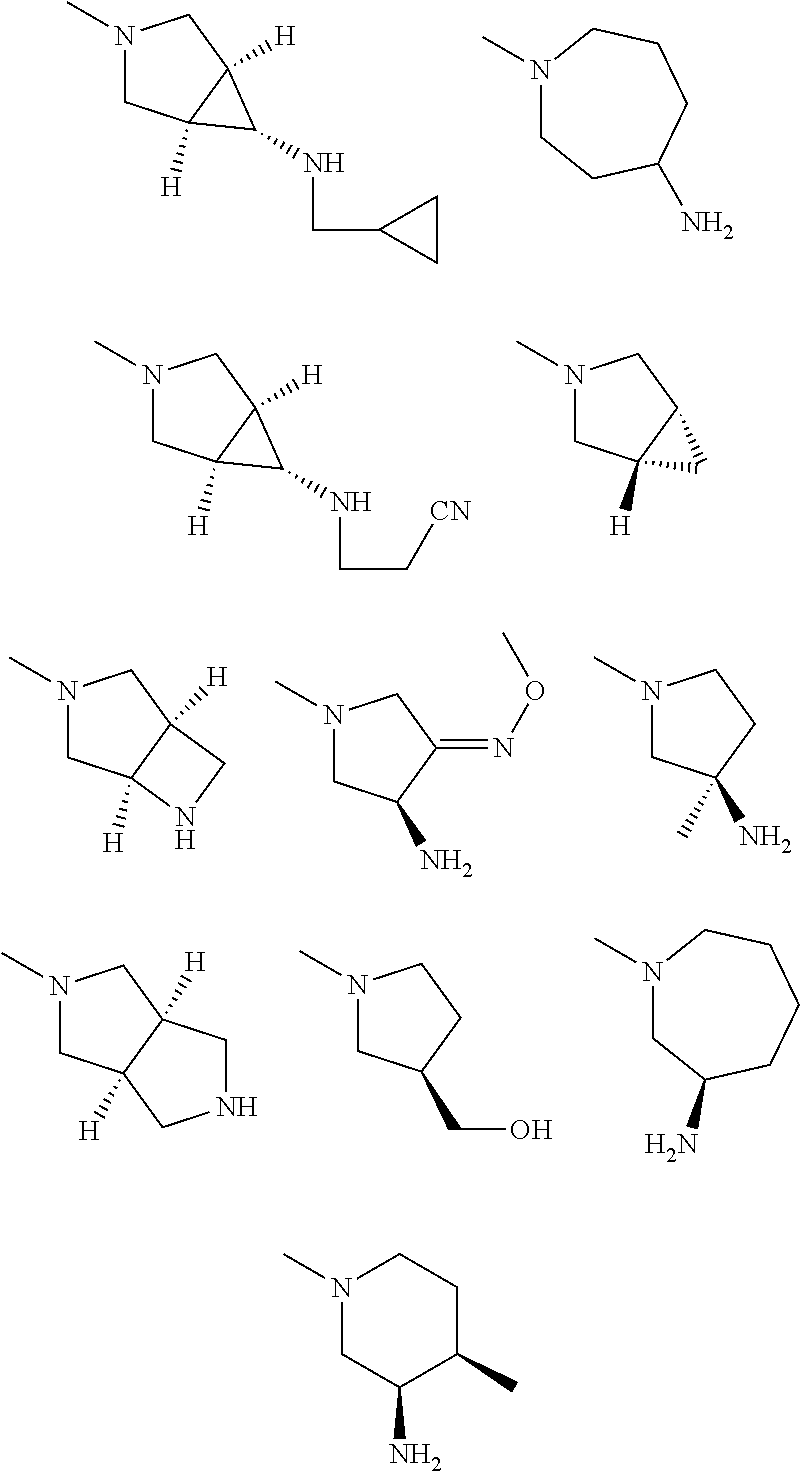
C00026

C00027

C00028

C00029

C00030

C00031
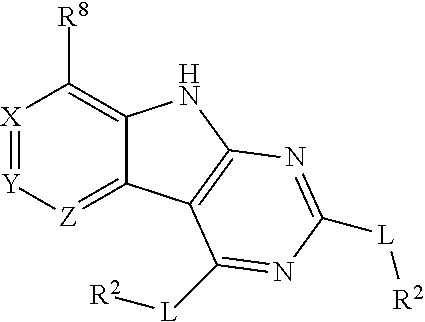
C00032
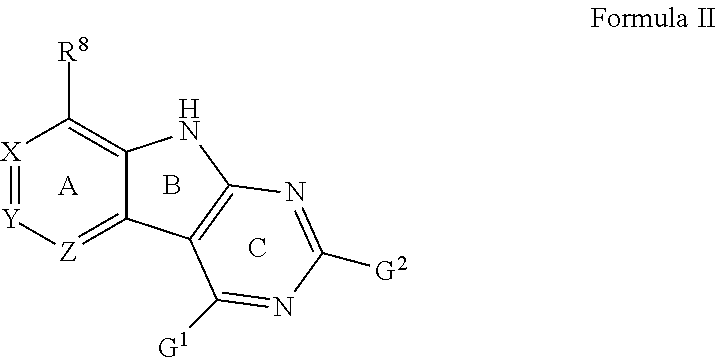
C00033

C00034
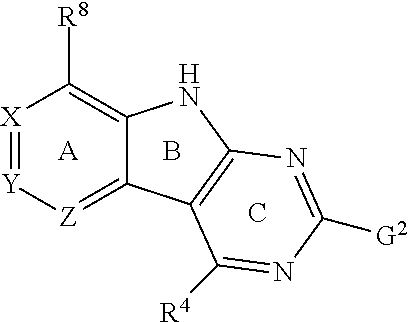
C00035

C00036

C00037
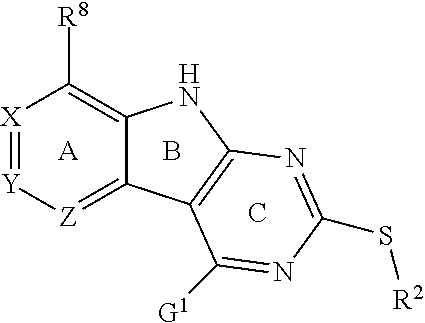
C00038
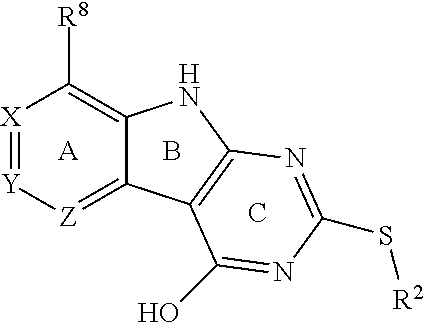
C00039

C00040

C00041

C00042
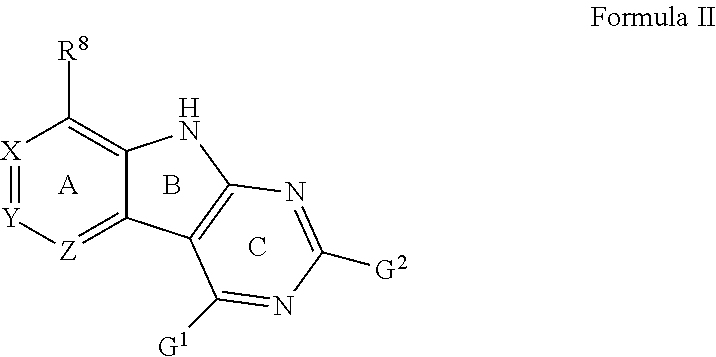
C00043

C00044

C00045

C00046

C00047

C00048
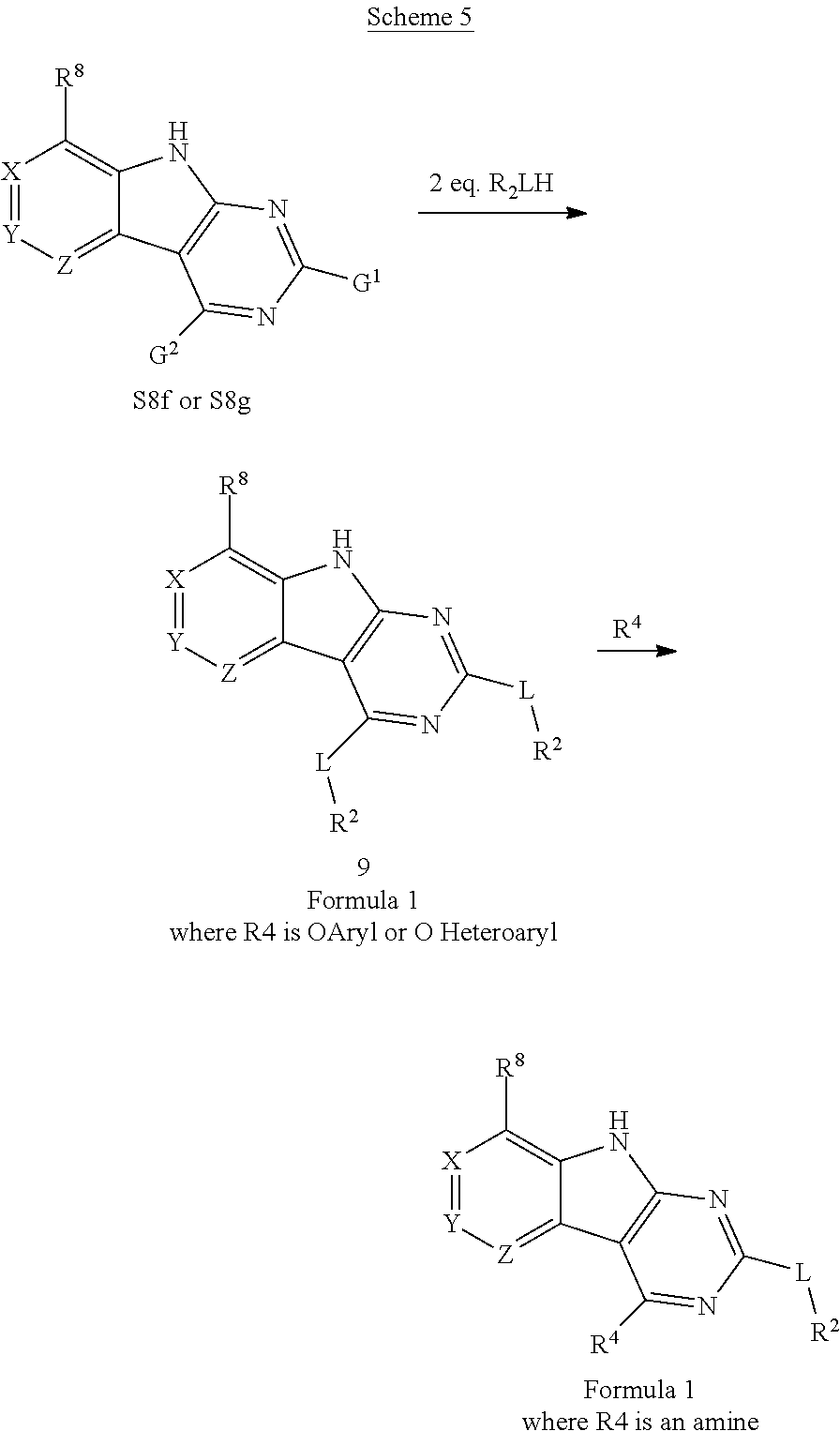
C00049

C00050
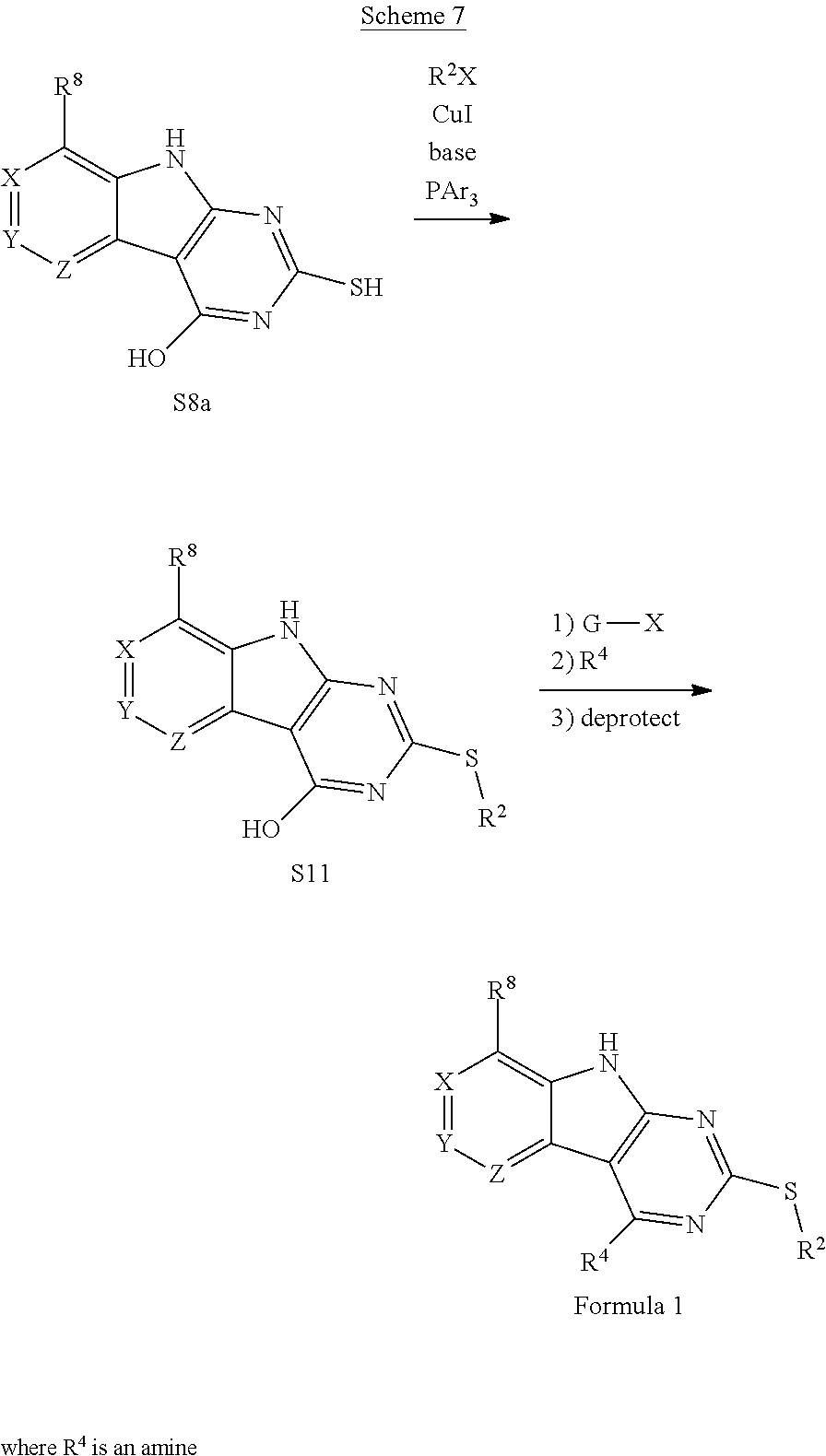
C00051

C00052
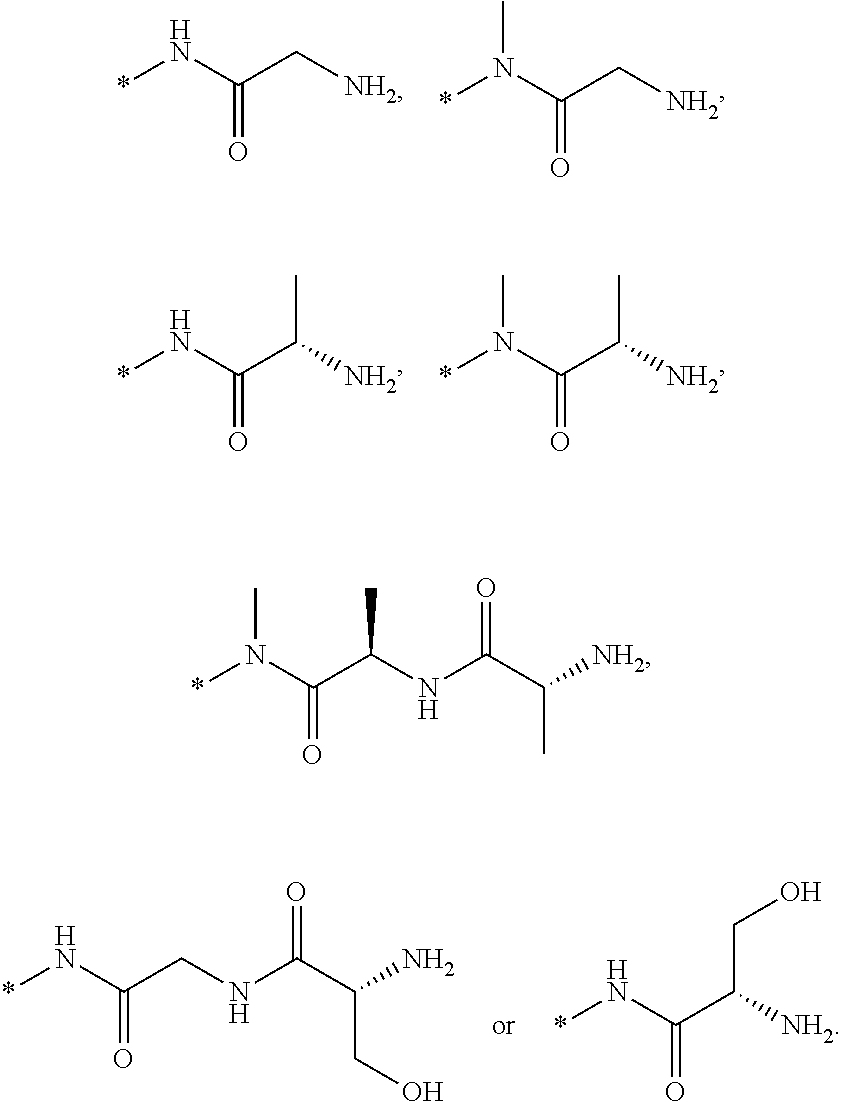
C00053
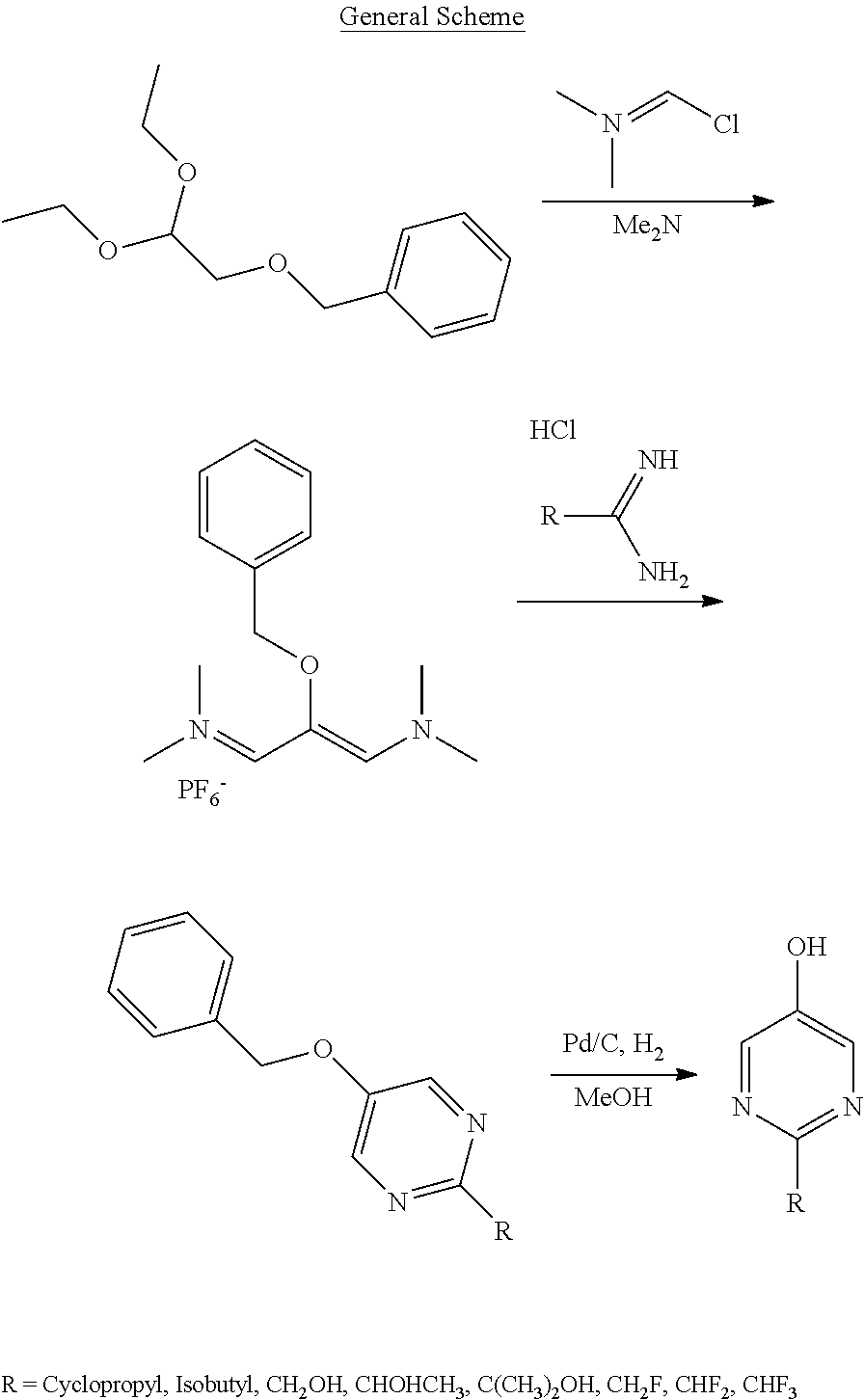
C00054

C00055

C00056

C00057
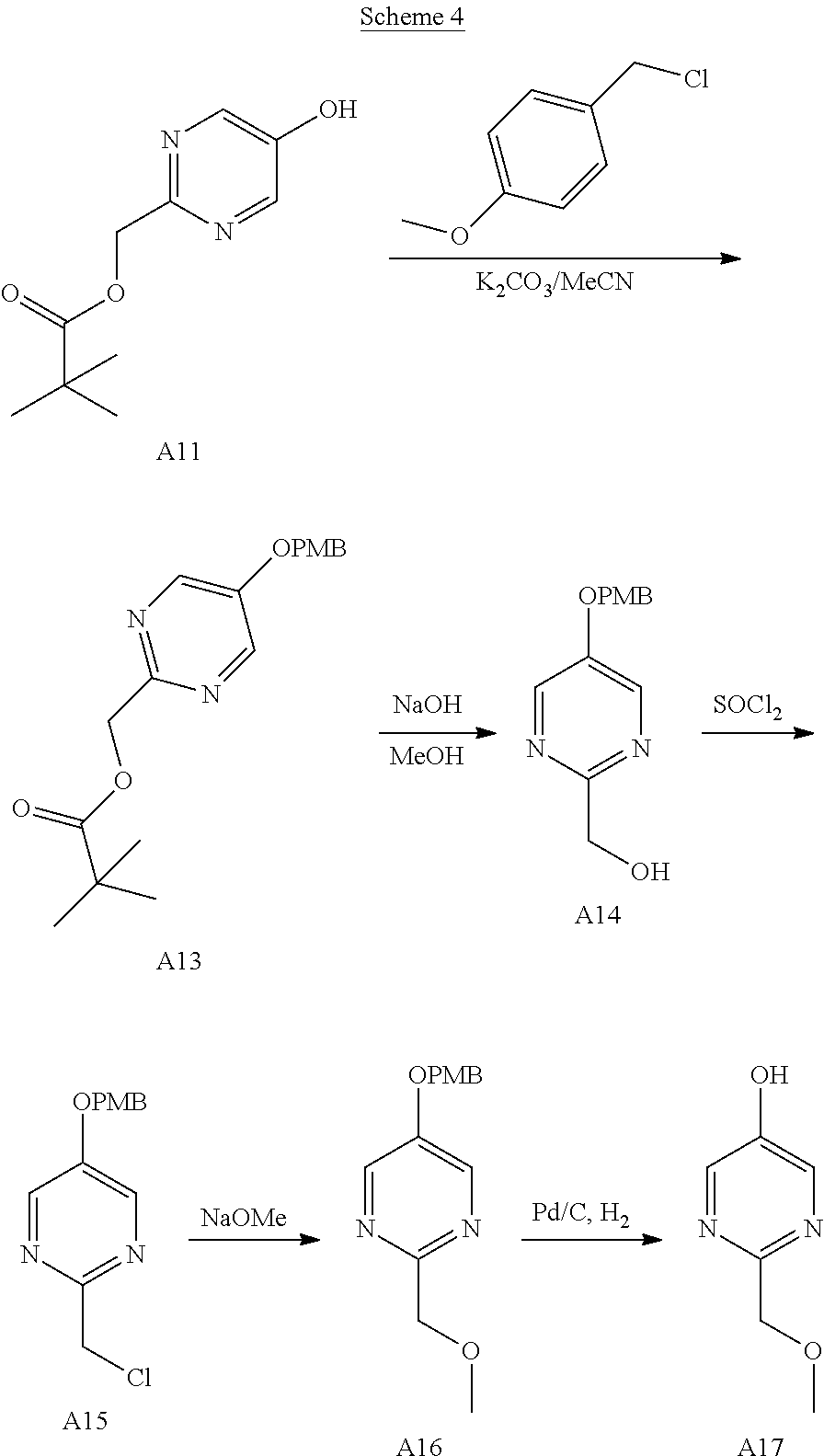
C00058
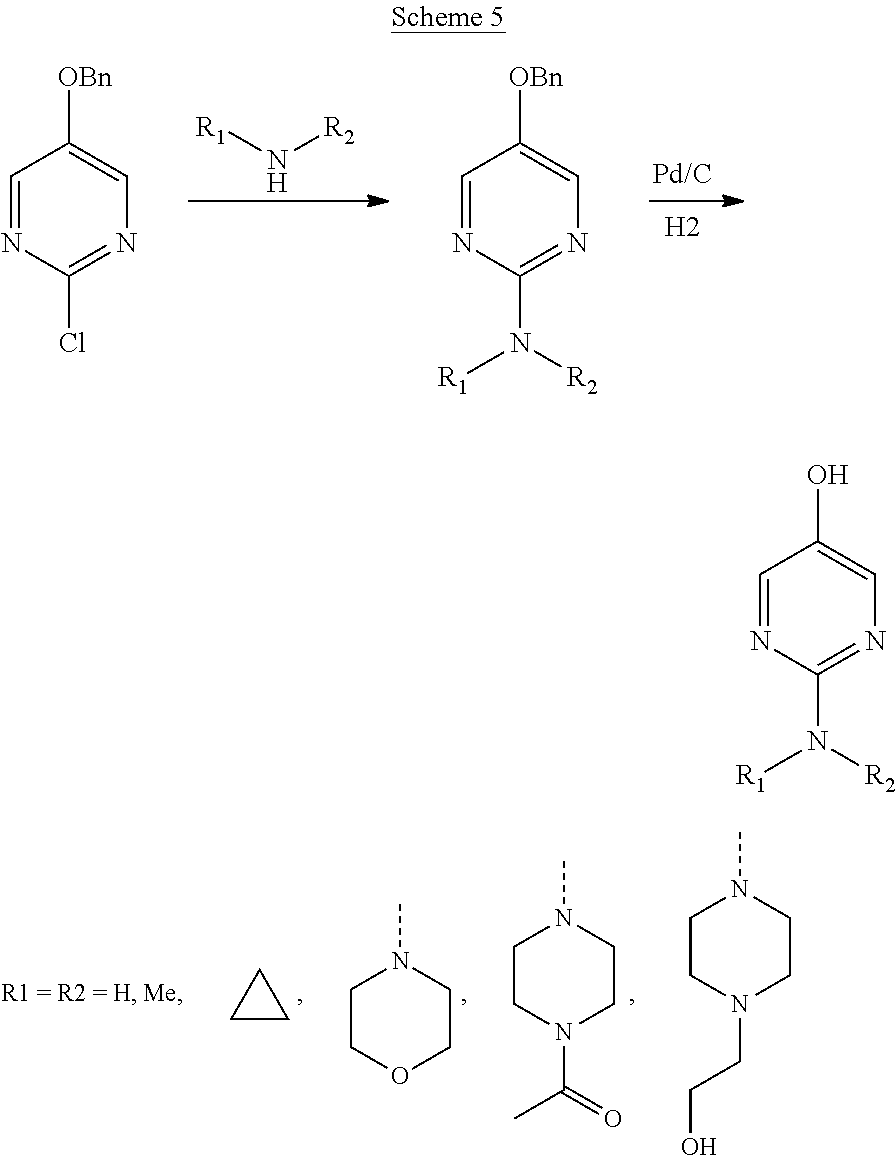
C00059

C00060

C00061

C00062

C00063
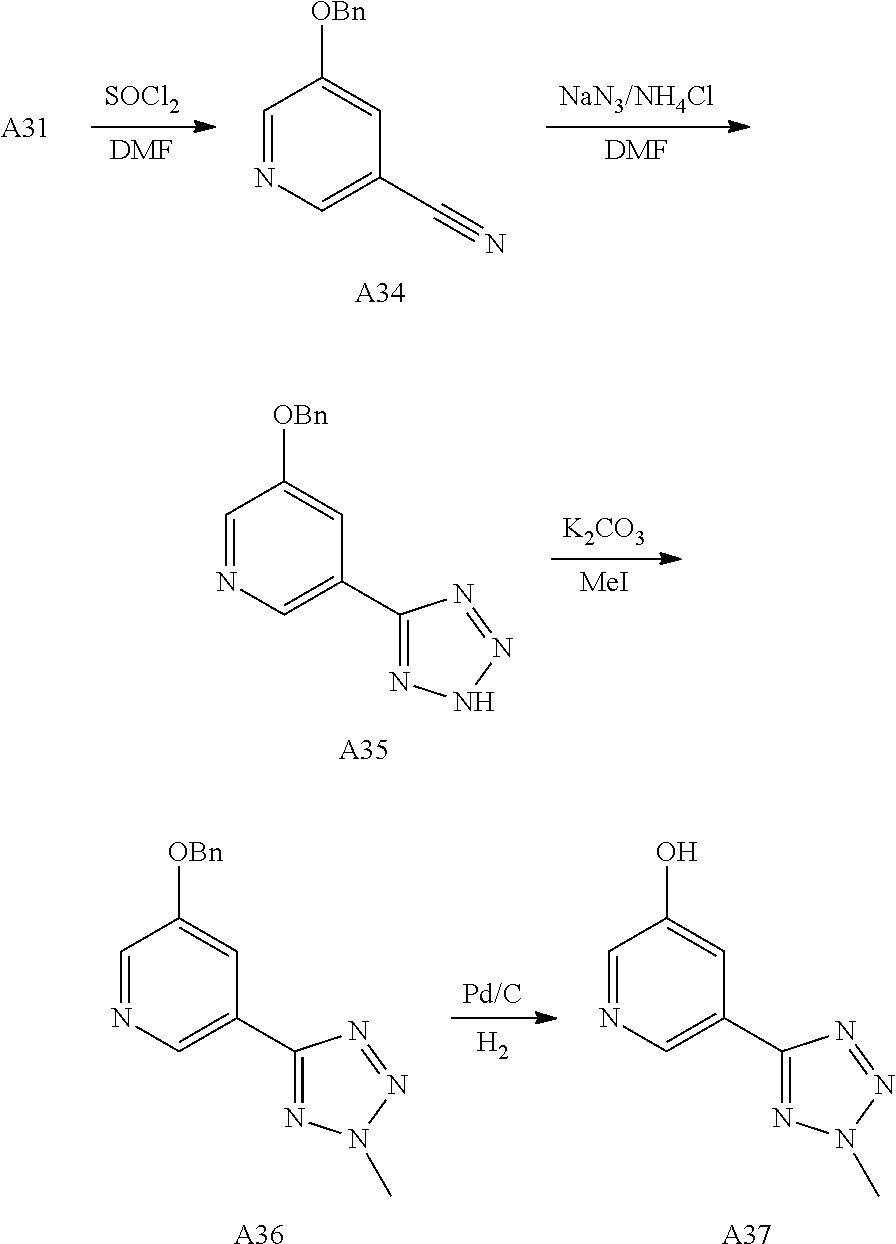
C00064

C00065

C00066
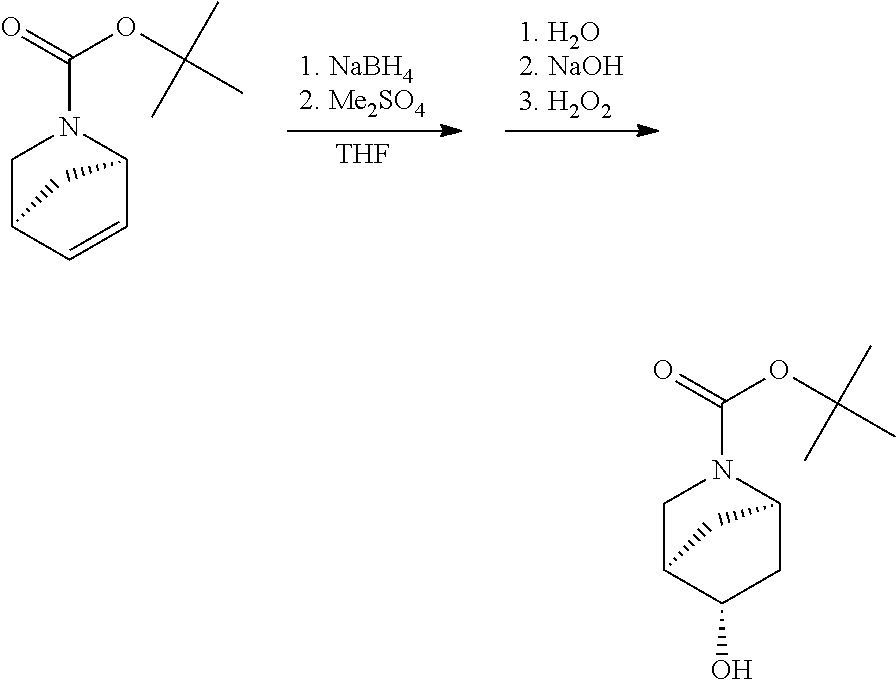
C00067

C00068

C00069

C00070
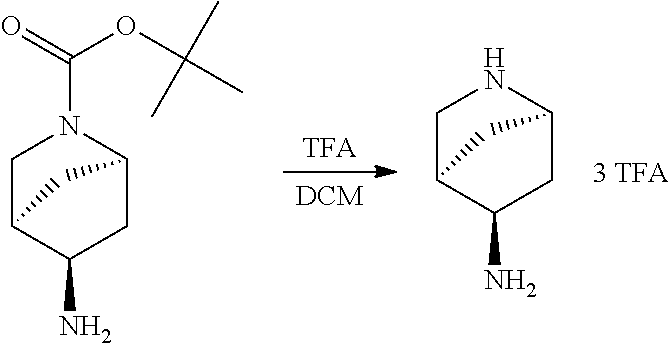
C00071
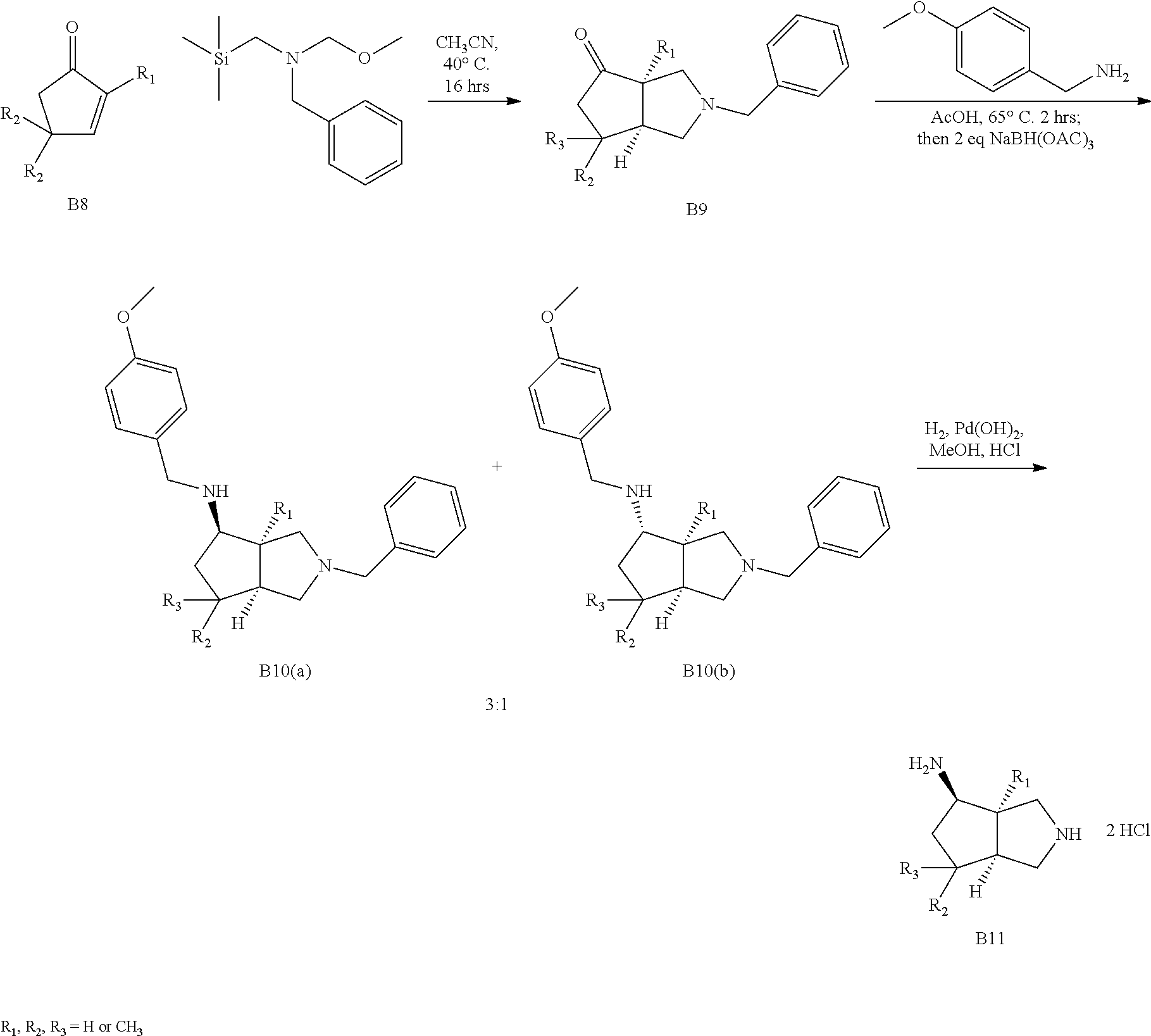
C00072
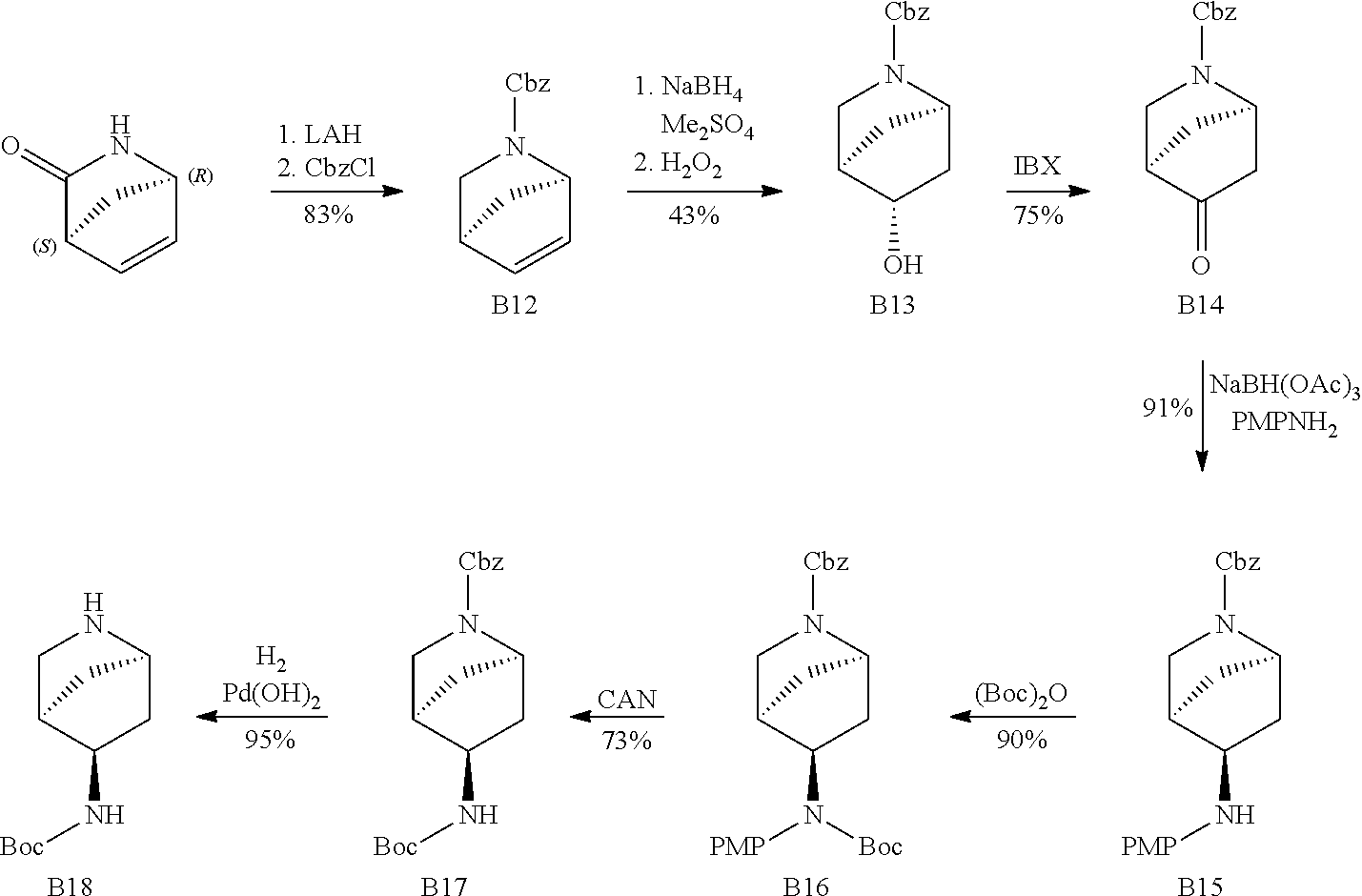
C00073

C00074

C00075
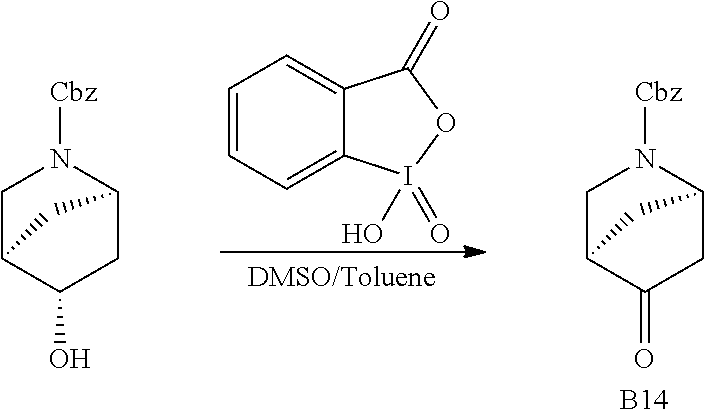
C00076

C00077

C00078

C00079

C00080

C00081

C00082

C00083

C00084
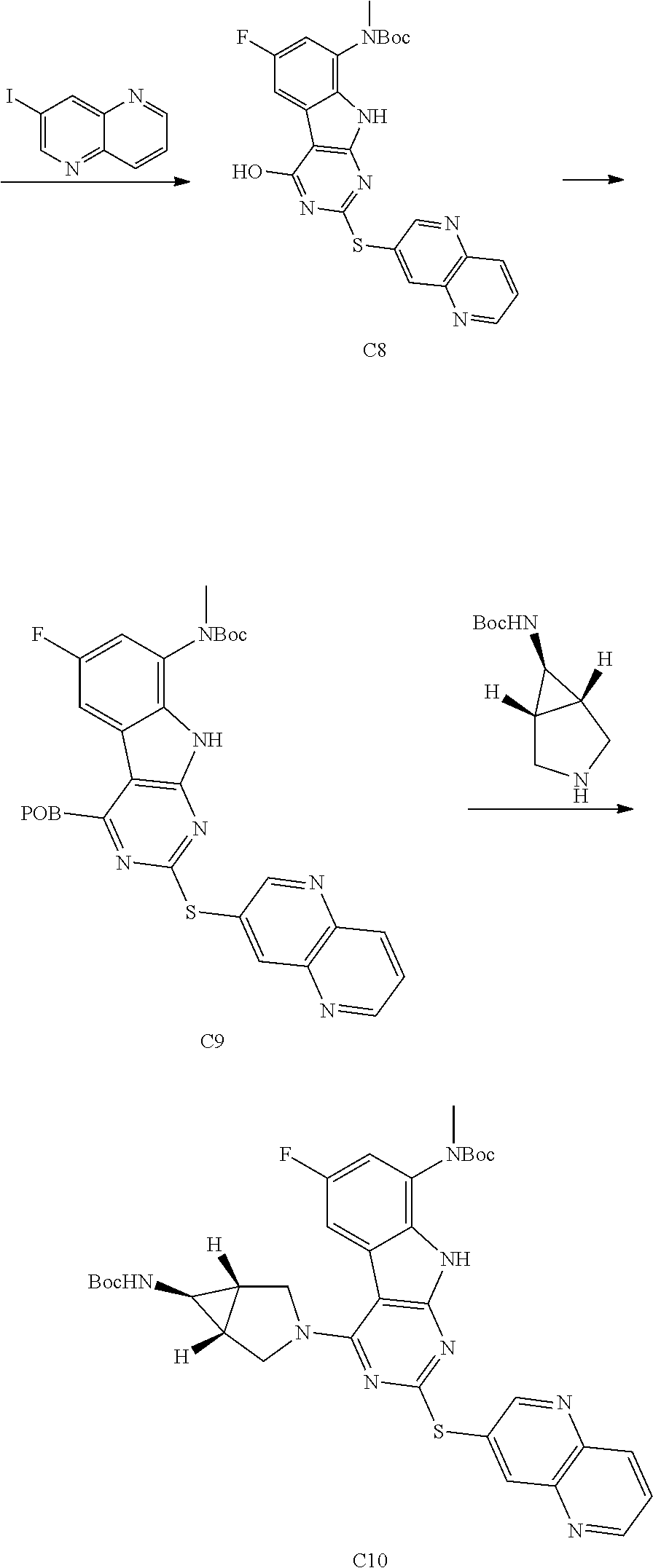
C00085
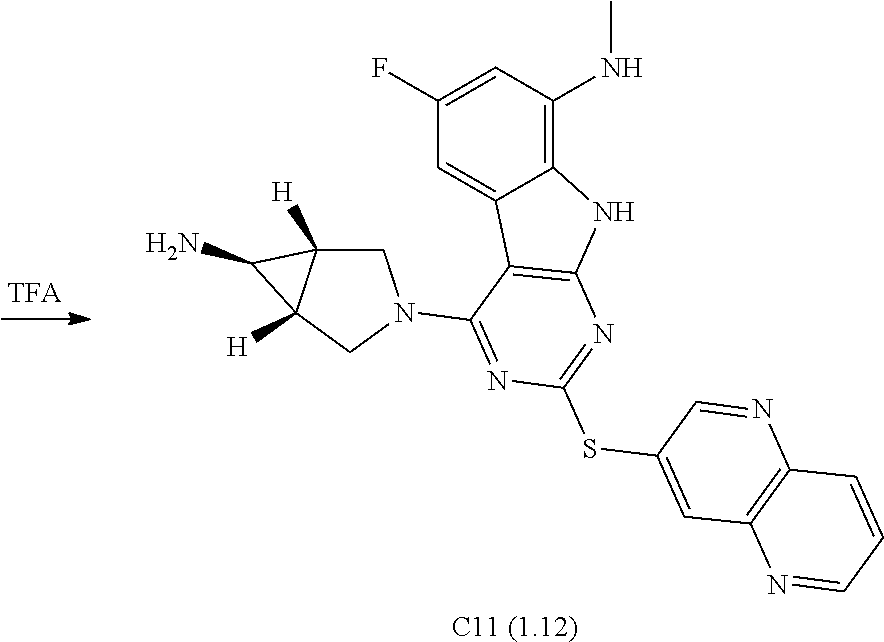
C00086
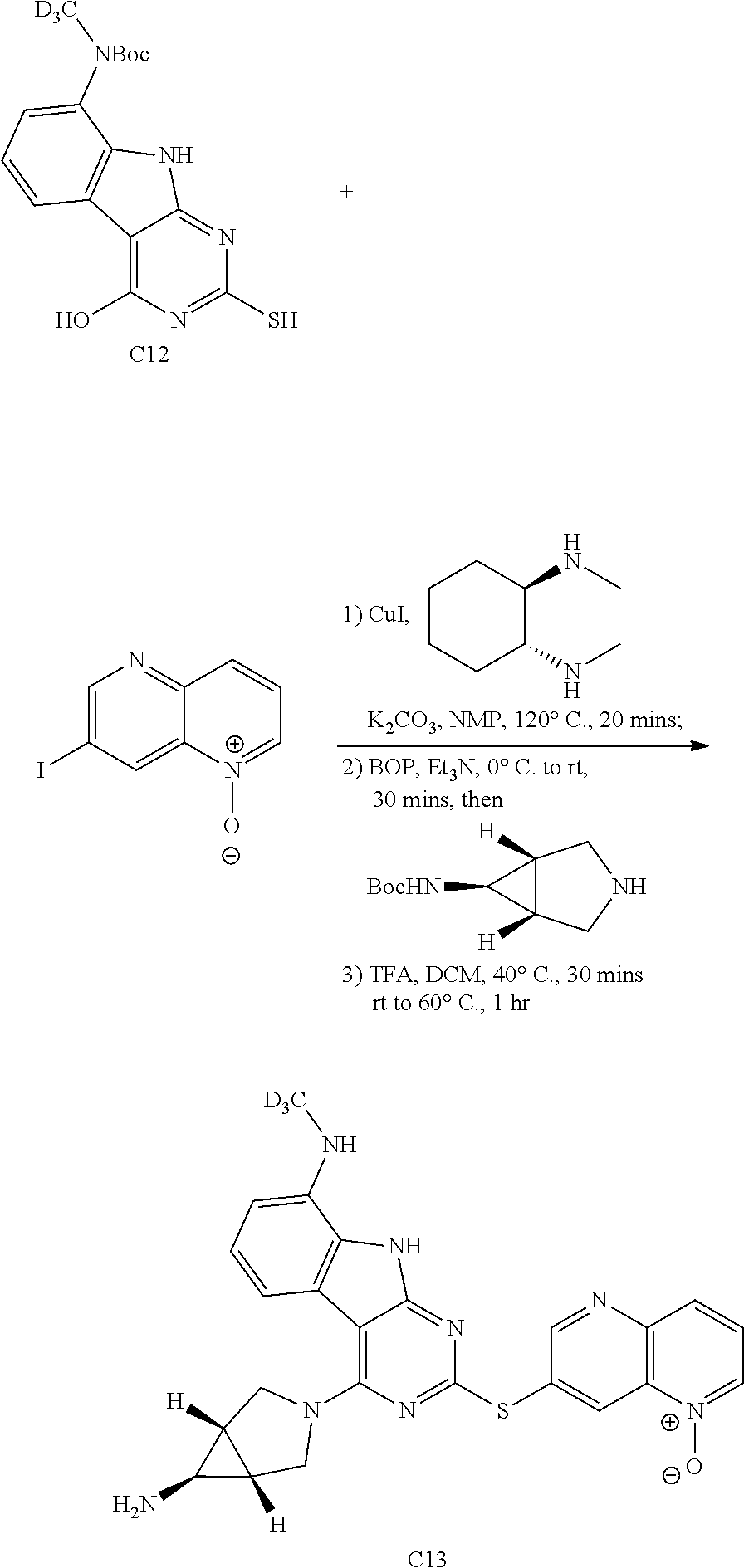
C00087

C00088
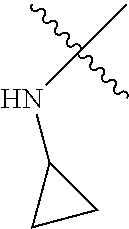
C00089
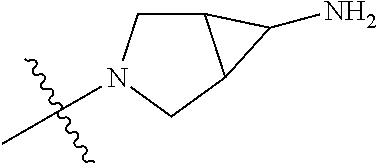
C00090
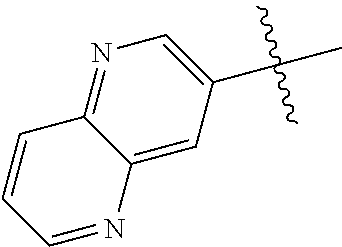
C00091

C00092
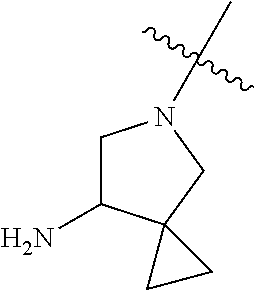
C00093

C00094

C00095

C00096
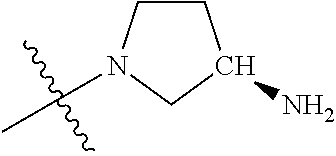
C00097
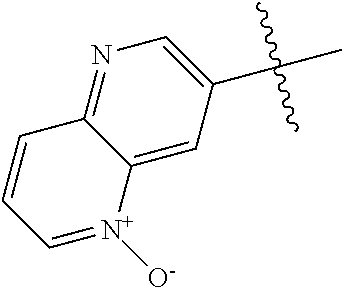
C00098

C00099

C00100
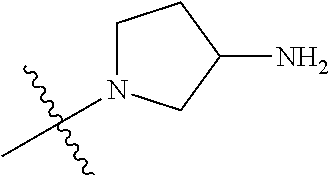
C00101

C00102

C00103
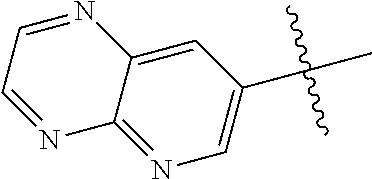
C00104
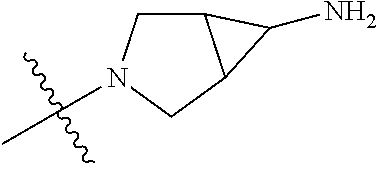
C00105
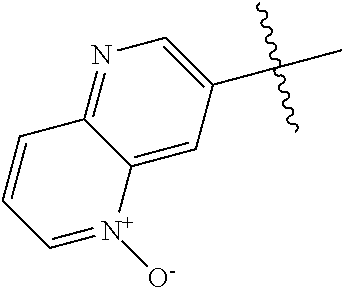
C00106

C00107
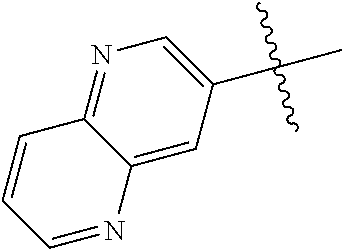
C00108

C00109

C00110
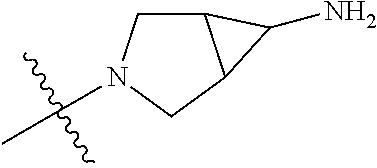
C00111
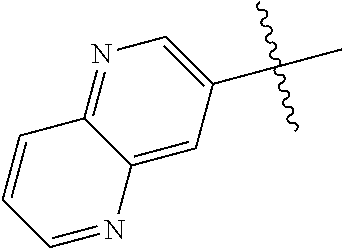
C00112
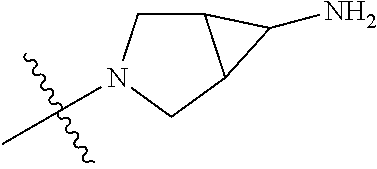
C00113

C00114

C00115

C00116
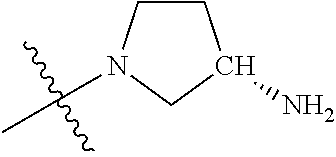
C00117
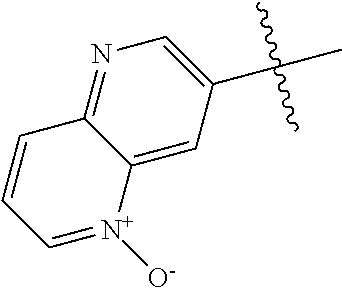
C00118
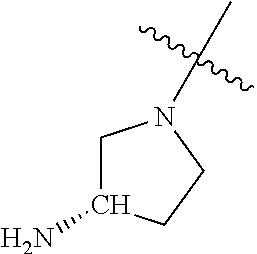
C00119
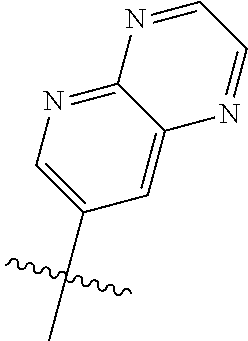
C00120

C00121
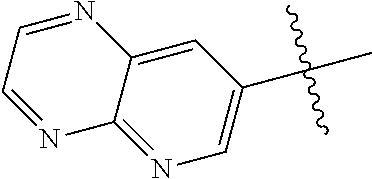
C00122

C00123
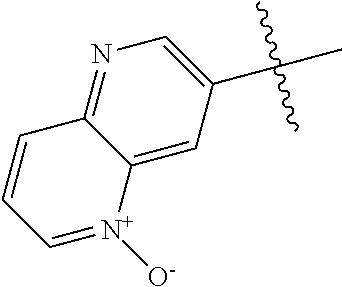
C00124
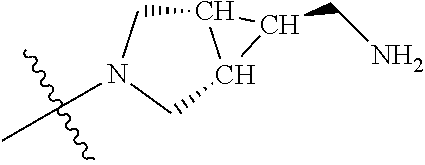
C00125

C00126
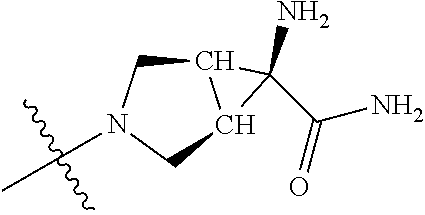
C00127

C00128

C00129
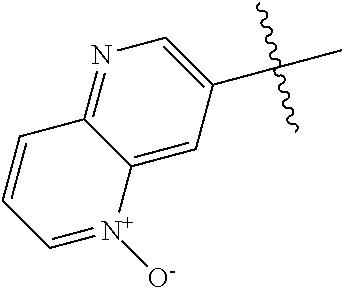
C00130

C00131

C00132
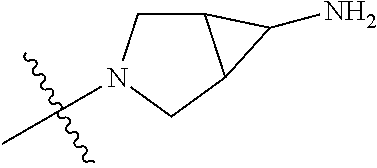
C00133
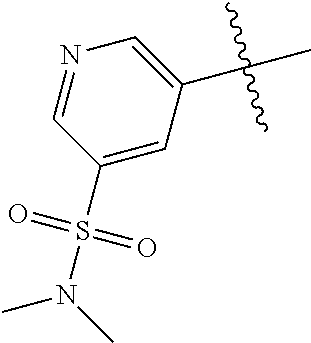
C00134
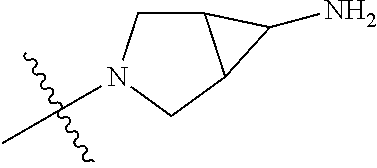
C00135

C00136
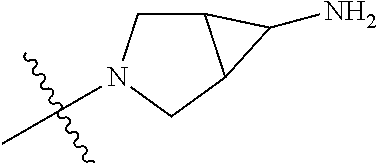
C00137
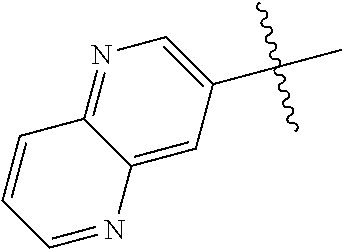
C00138
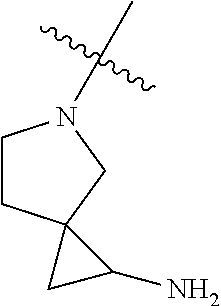
C00139
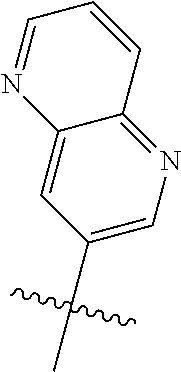
C00140

C00141
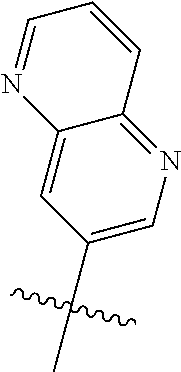
C00142
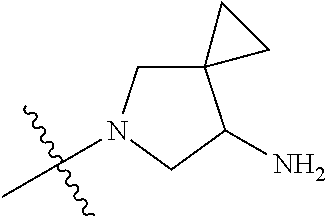
C00143
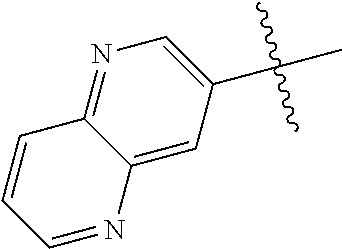
C00144

C00145
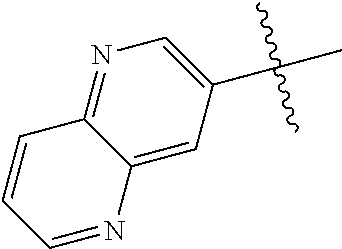
C00146

C00147
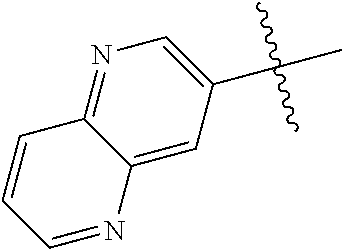
C00148

C00149

C00150

C00151

C00152

C00153

C00154

C00155
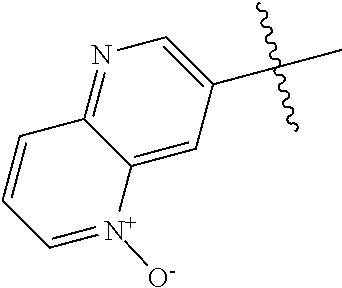
C00156
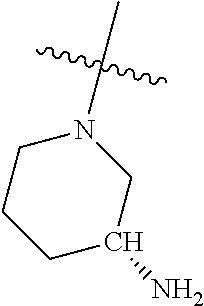
C00157
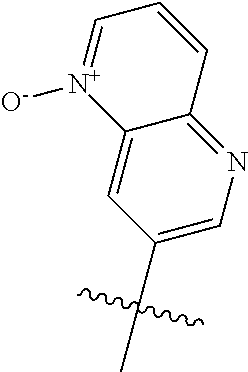
C00158

C00159

C00160

C00161
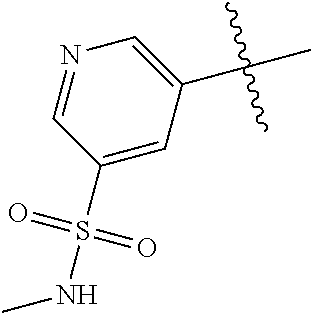
C00162
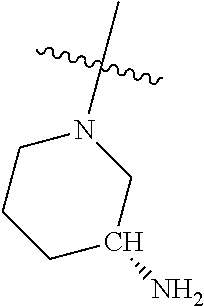
C00163
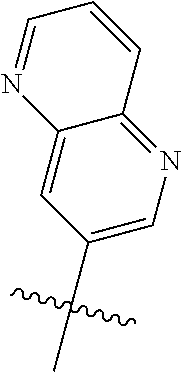
C00164

C00165

C00166
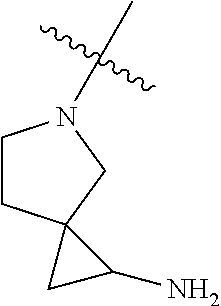
C00167

C00168
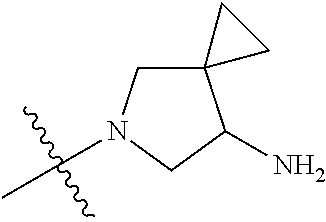
C00169

C00170
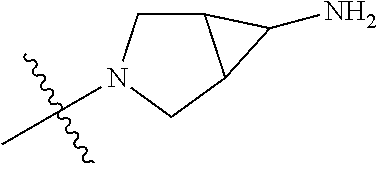
C00171

C00172
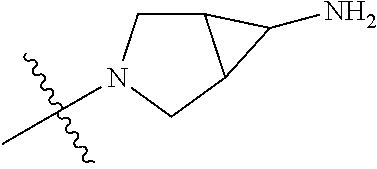
C00173
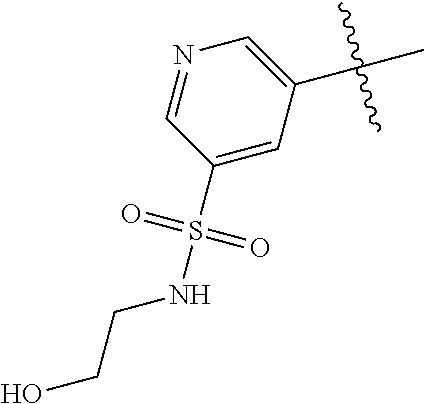
C00174
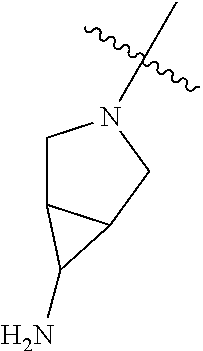
C00175

C00176
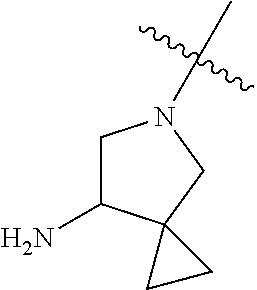
C00177
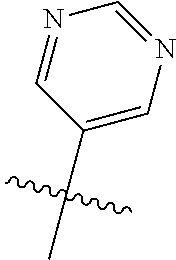
C00178

C00179
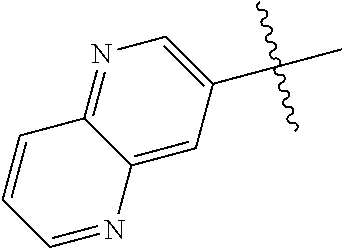
C00180
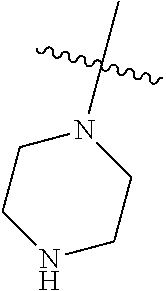
C00181

C00182

C00183

C00184

C00185

C00186
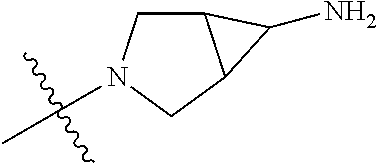
C00187

C00188

C00189
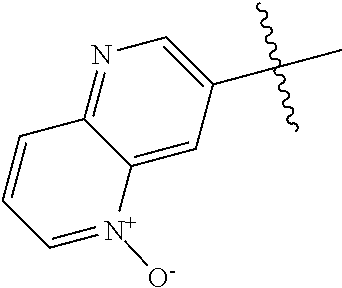
C00190

C00191
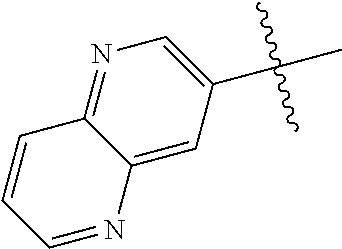
C00192

C00193
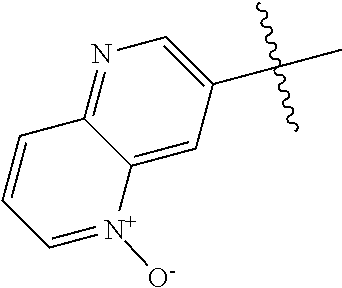
C00194

C00195

C00196

C00197

C00198

C00199
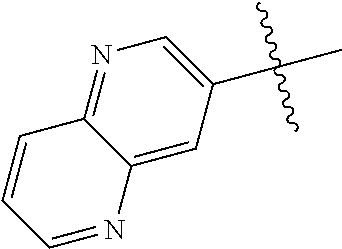
C00200

C00201
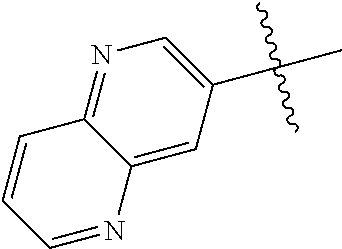
C00202

C00203

C00204

C00205
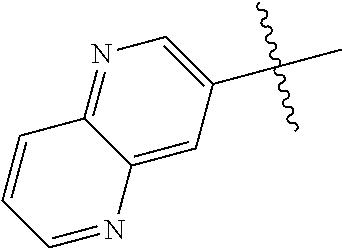
C00206
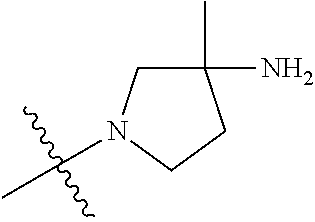
C00207
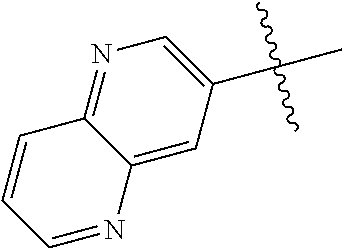
C00208
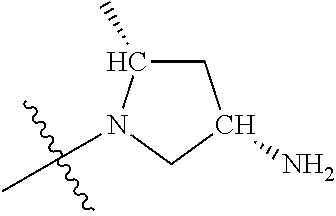
C00209
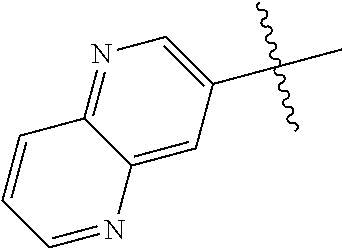
C00210
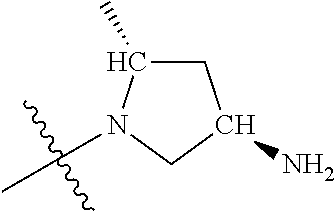
C00211

C00212
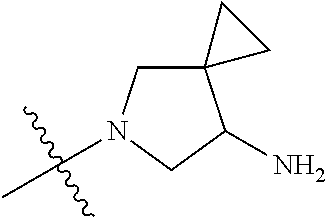
C00213
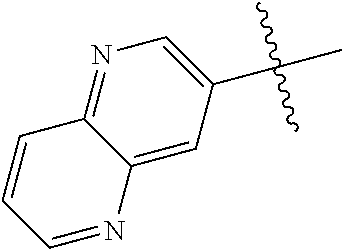
C00214
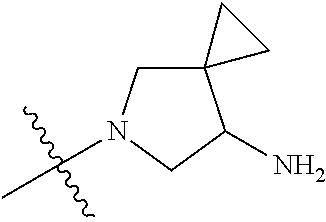
C00215

C00216
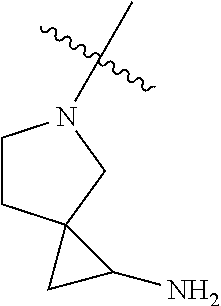
C00217

C00218

C00219

C00220

C00221
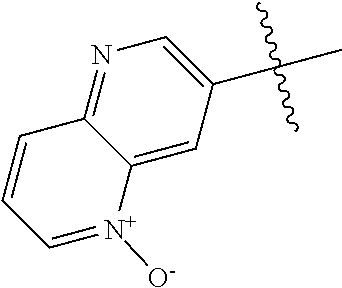
C00222
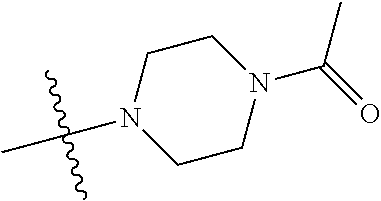
C00223
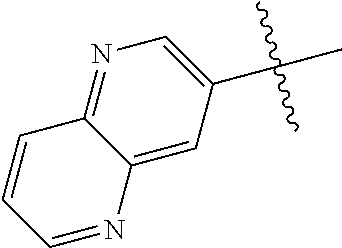
C00224

C00225

C00226

C00227
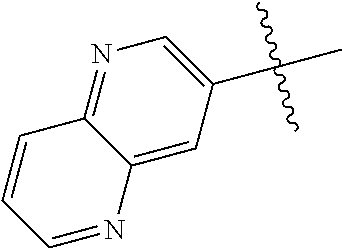
C00228
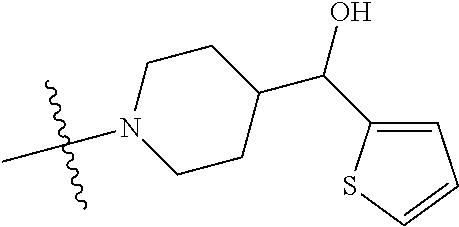
C00229

C00230
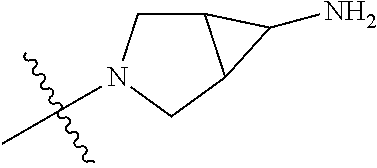
C00231

C00232
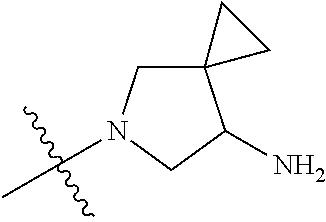
C00233

C00234

C00235

C00236

C00237

C00238
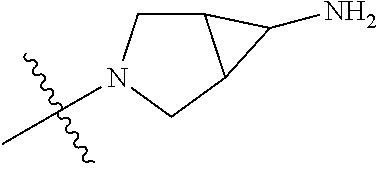
C00239

C00240

C00241

C00242
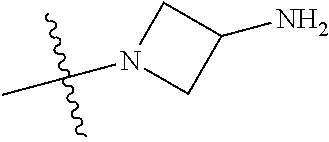
C00243

C00244
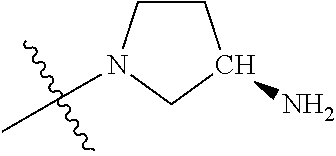
C00245

C00246
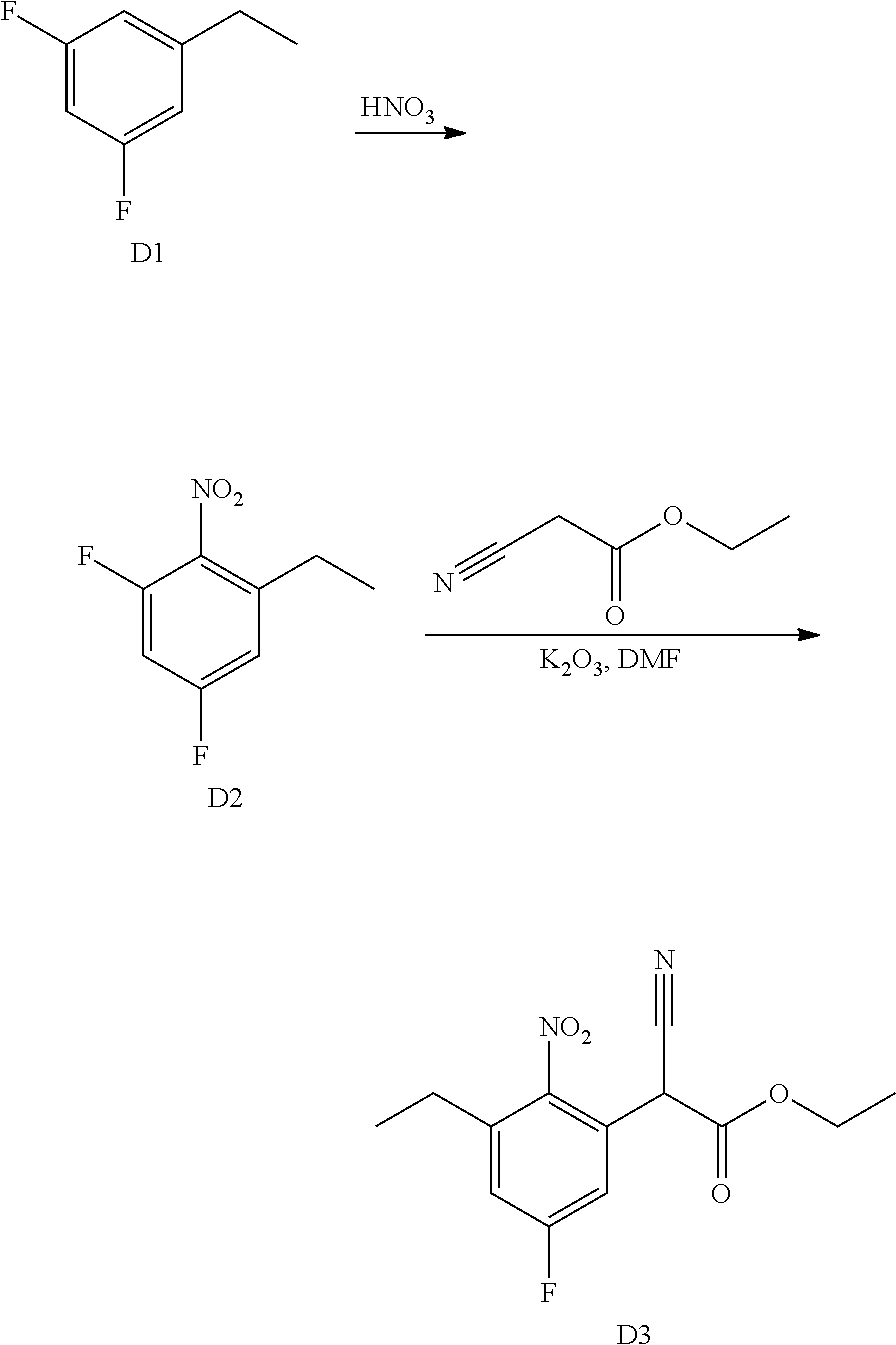
C00247

C00248

C00249

C00250

C00251
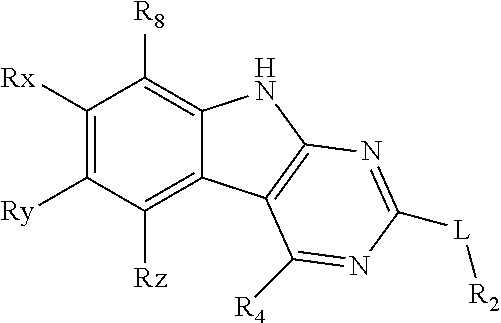
C00252
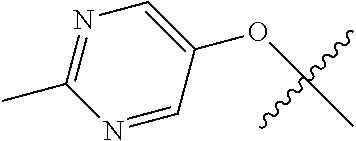
C00253

C00254
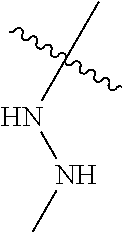
C00255

C00256
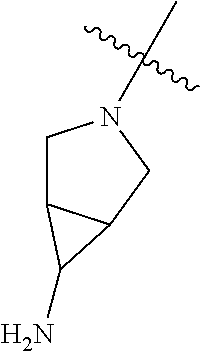
C00257
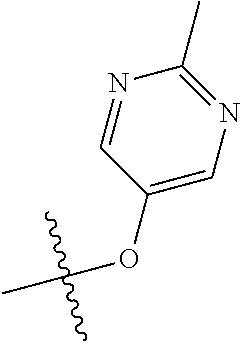
C00258
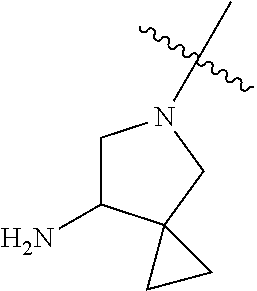
C00259
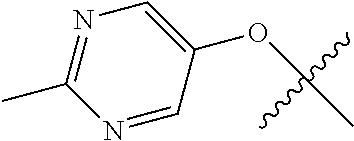
C00260

C00261

C00262
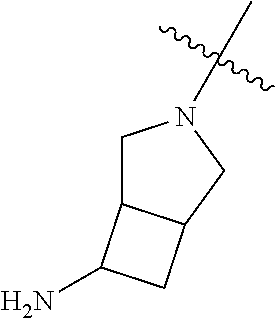
C00263
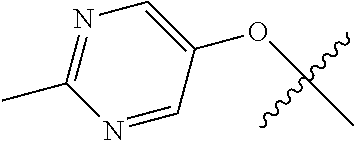
C00264

C00265
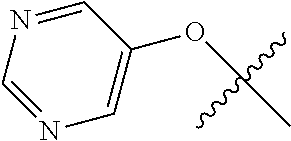
C00266

C00267
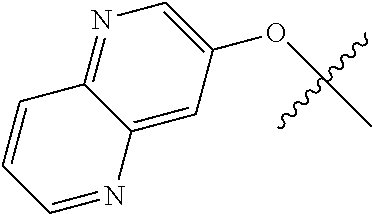
C00268
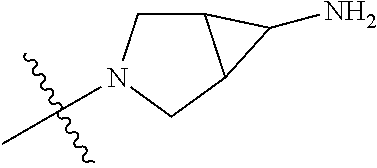
C00269

C00270
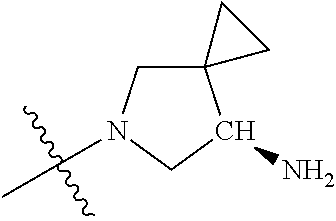
C00271
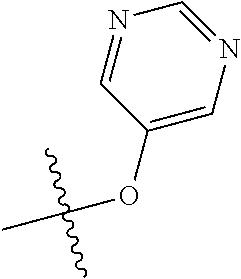
C00272
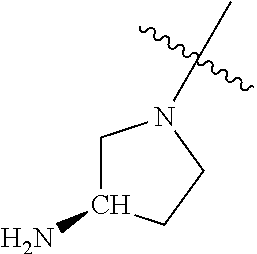
C00273
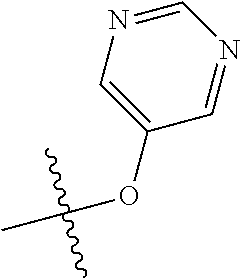
C00274

C00275

C00276
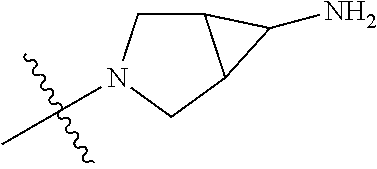
C00277
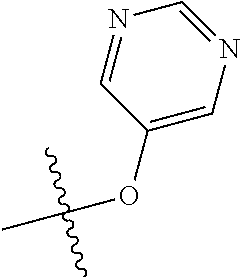
C00278

C00279

C00280
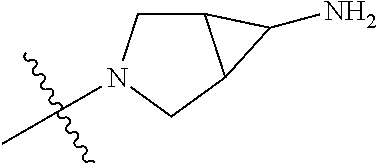
C00281

C00282
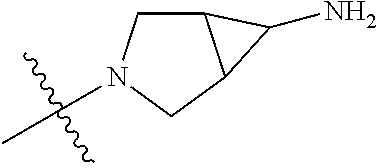
C00283
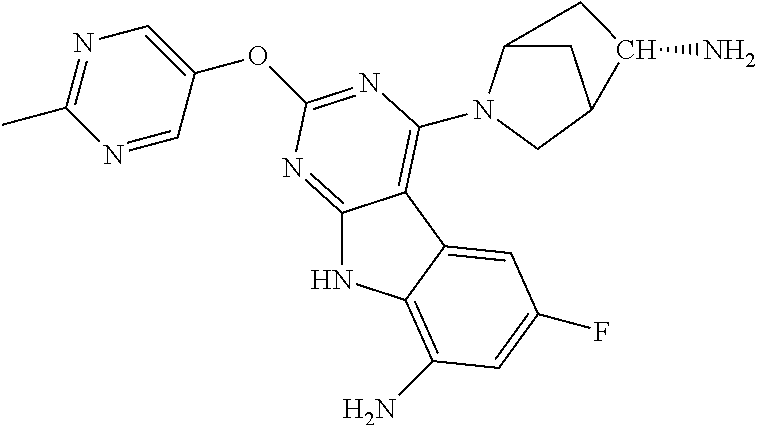
C00284
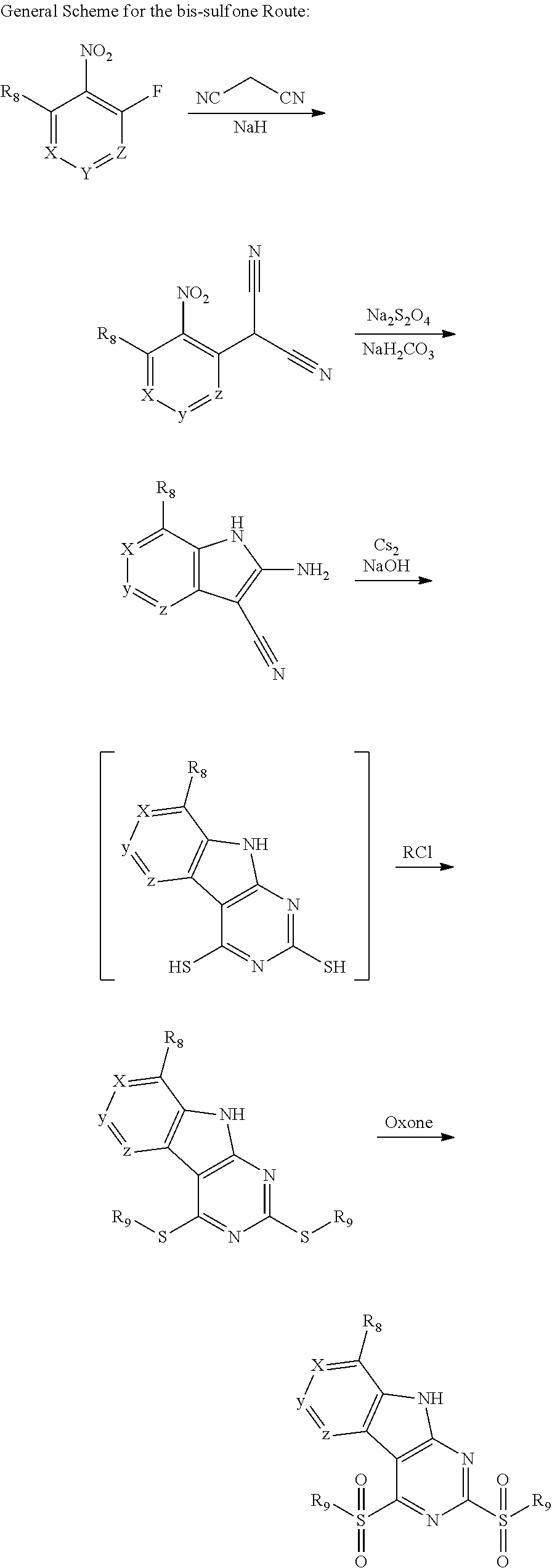
C00285

C00286
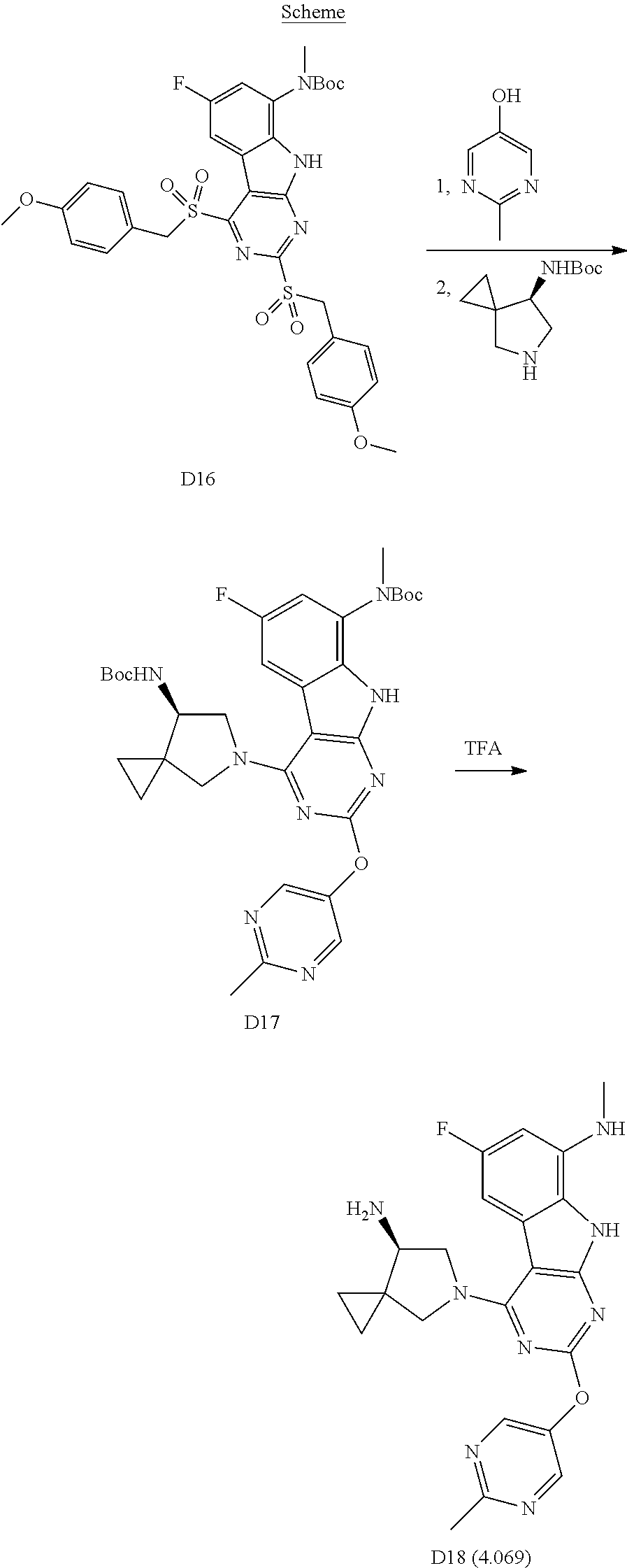
C00287
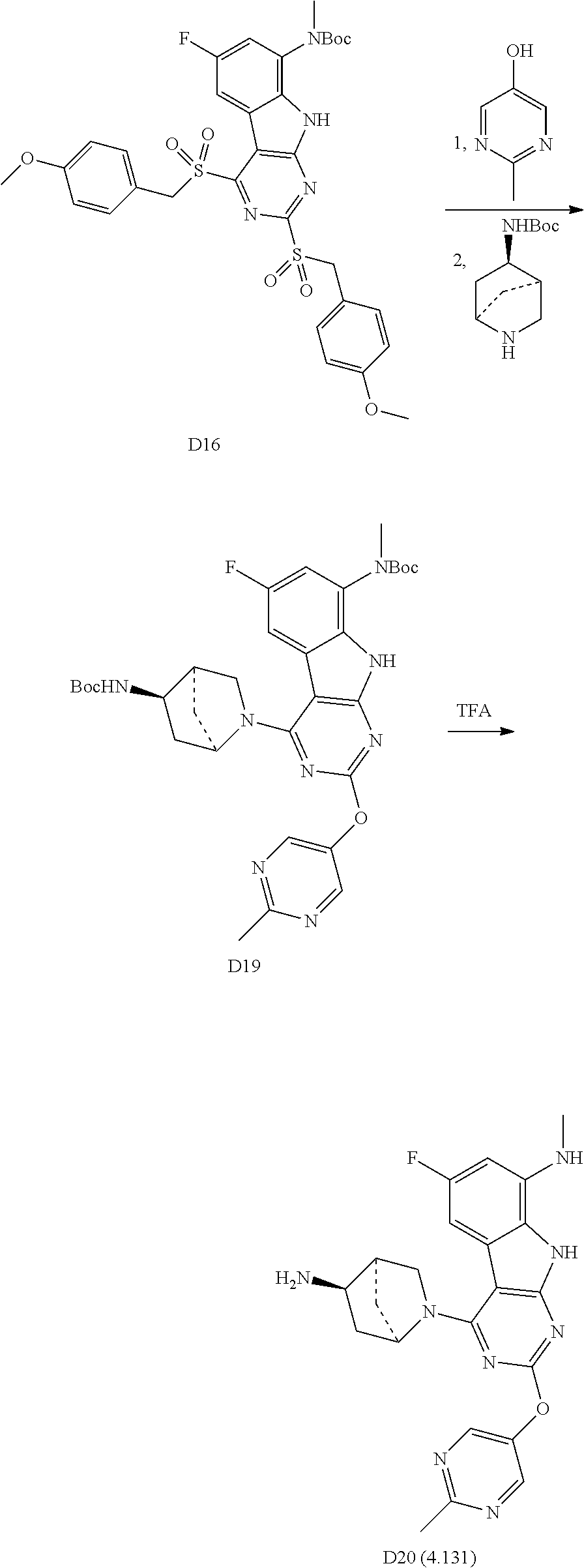
C00288
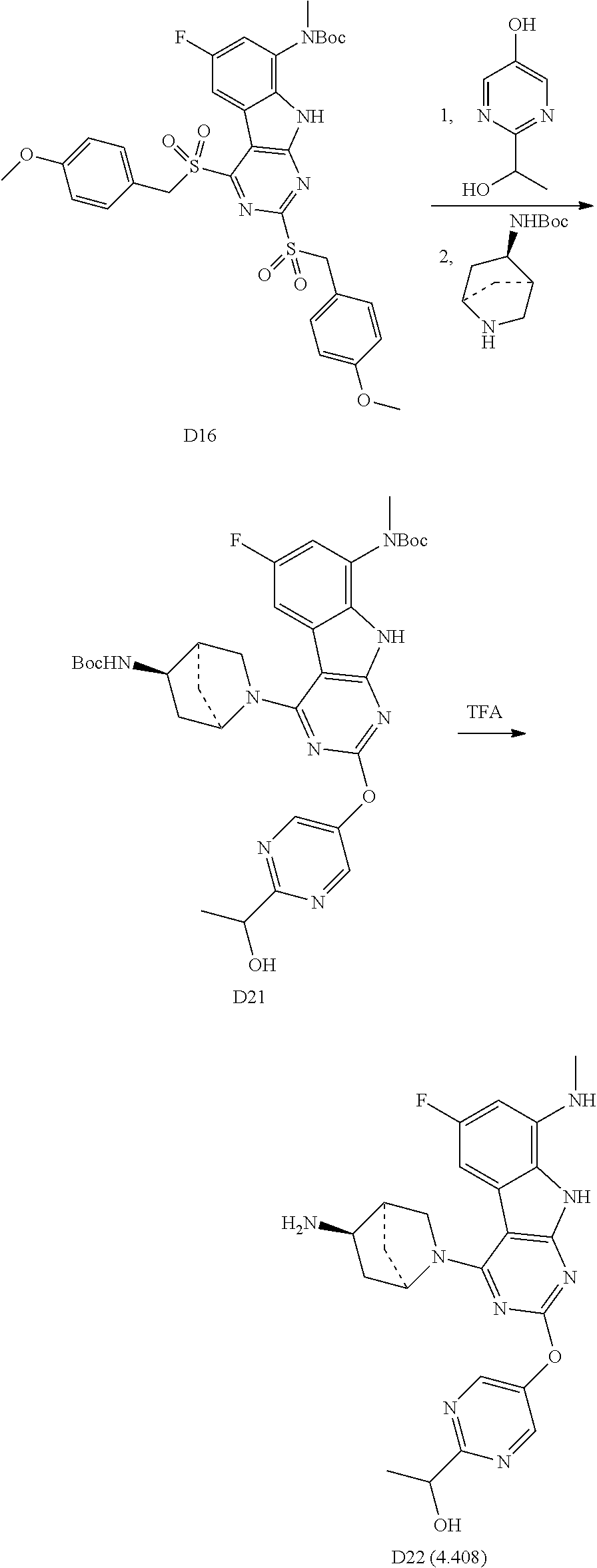
C00289

C00290

C00291

C00292

C00293

C00294
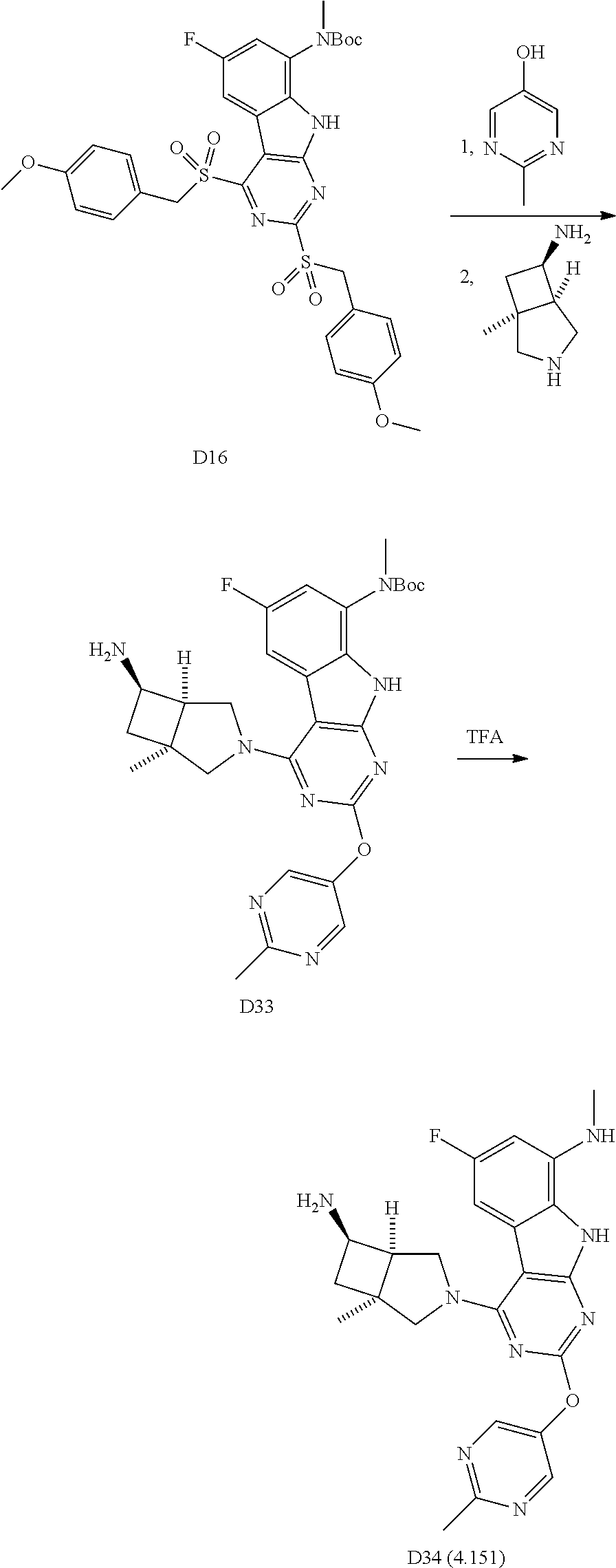
C00295

C00296
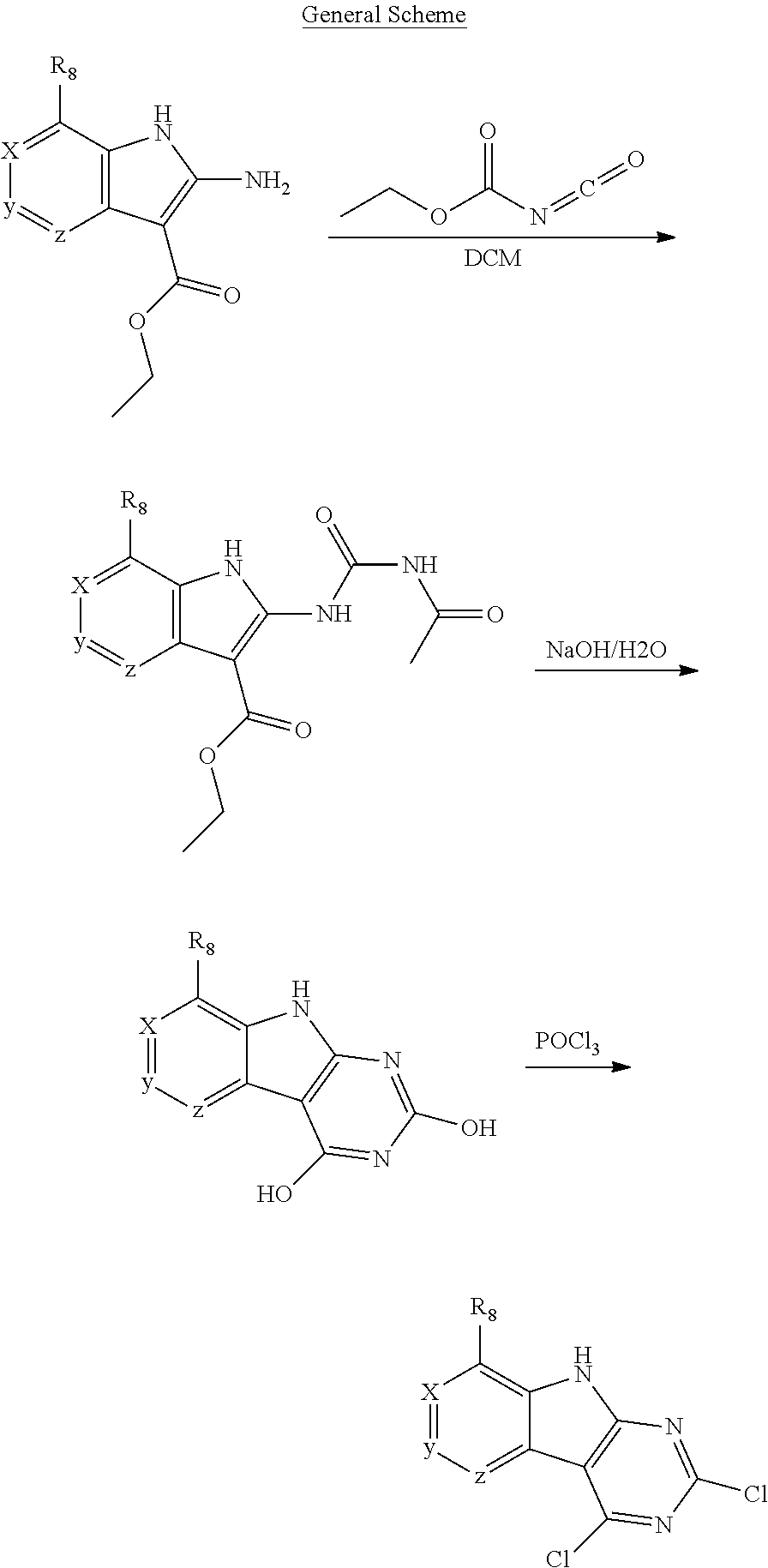
C00297
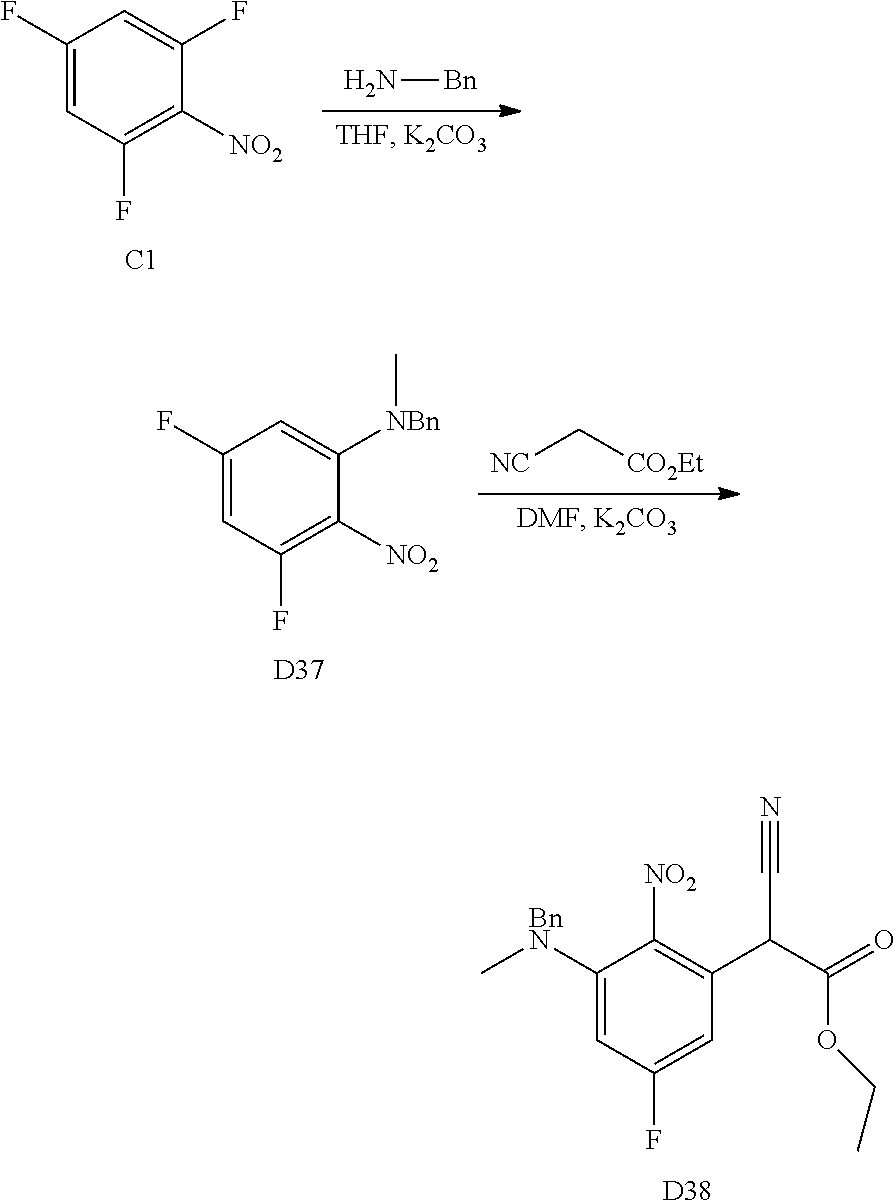
C00298

C00299
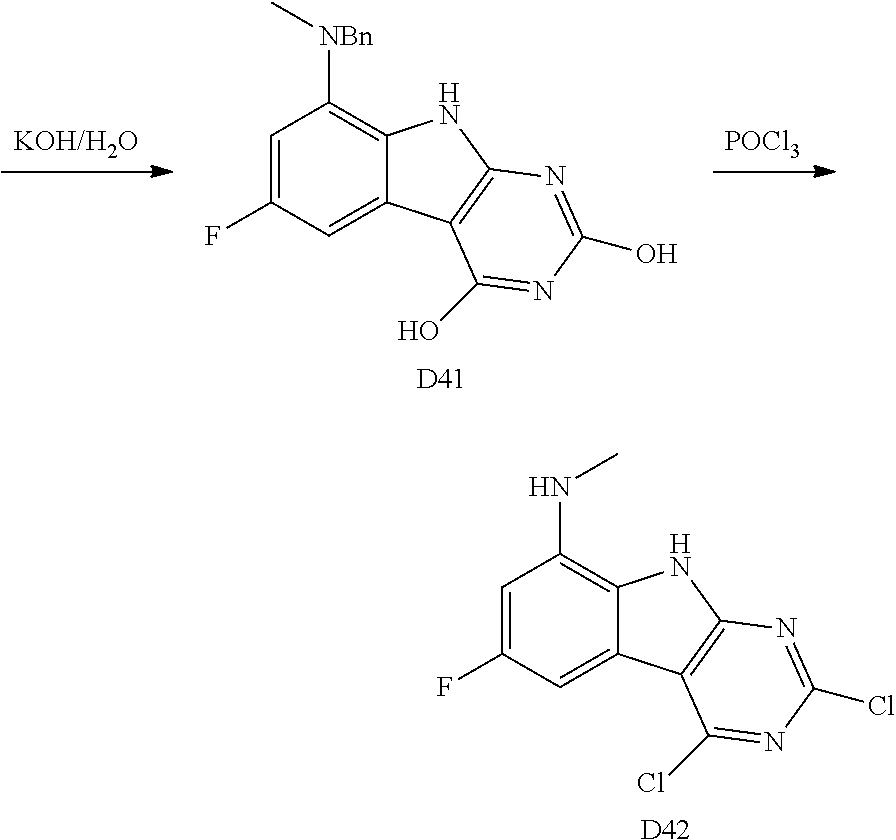
C00300

C00301
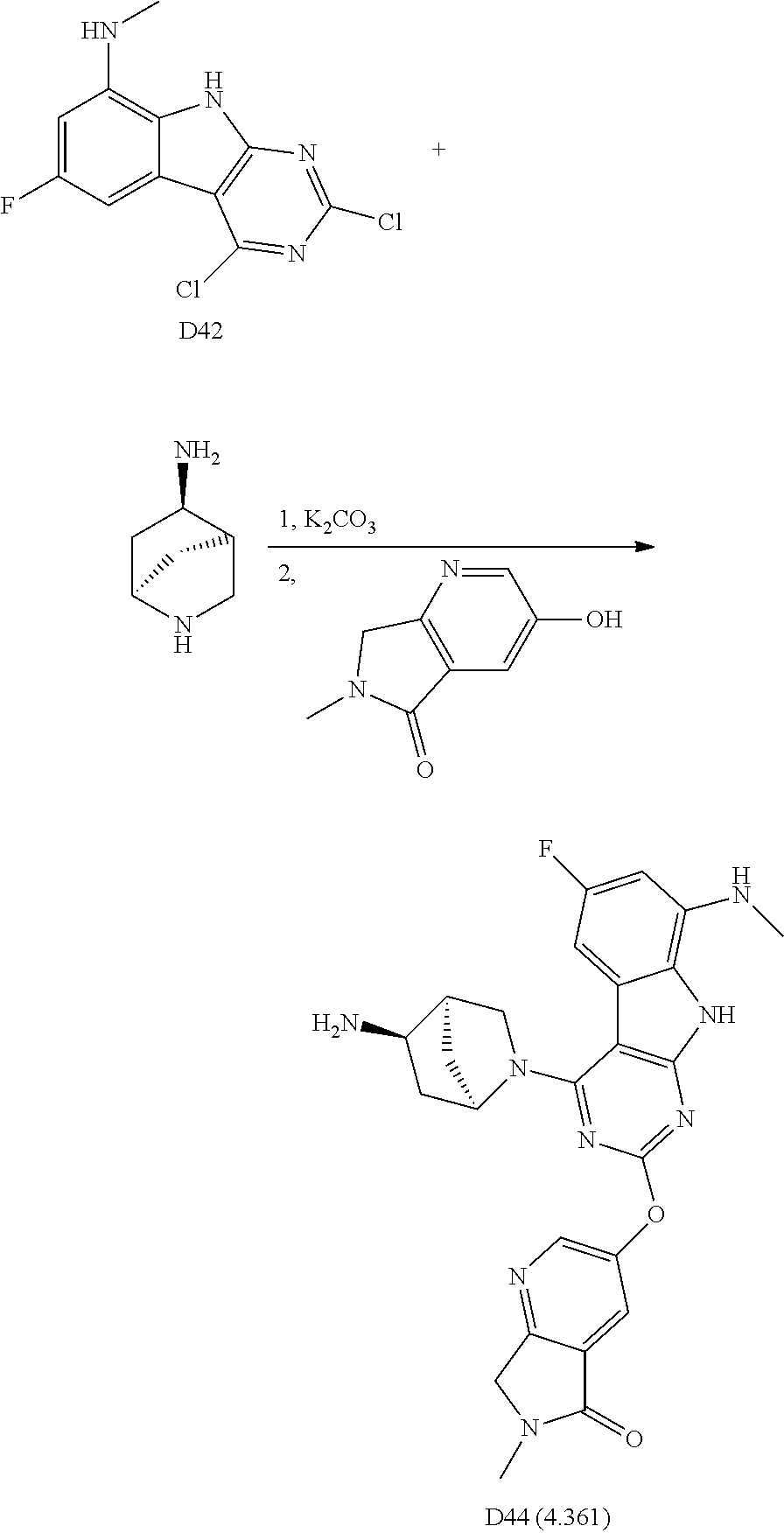
C00302

C00303

C00304

C00305

C00306

C00307

C00308
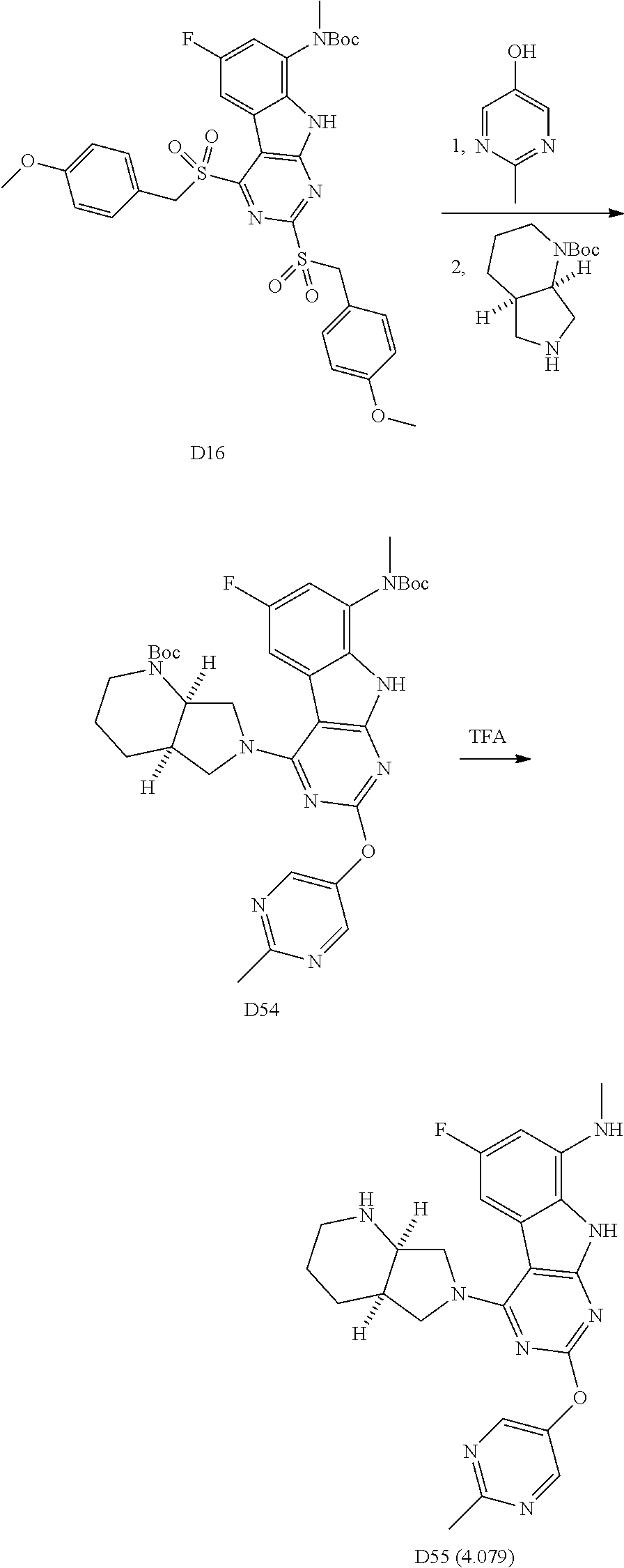
C00309
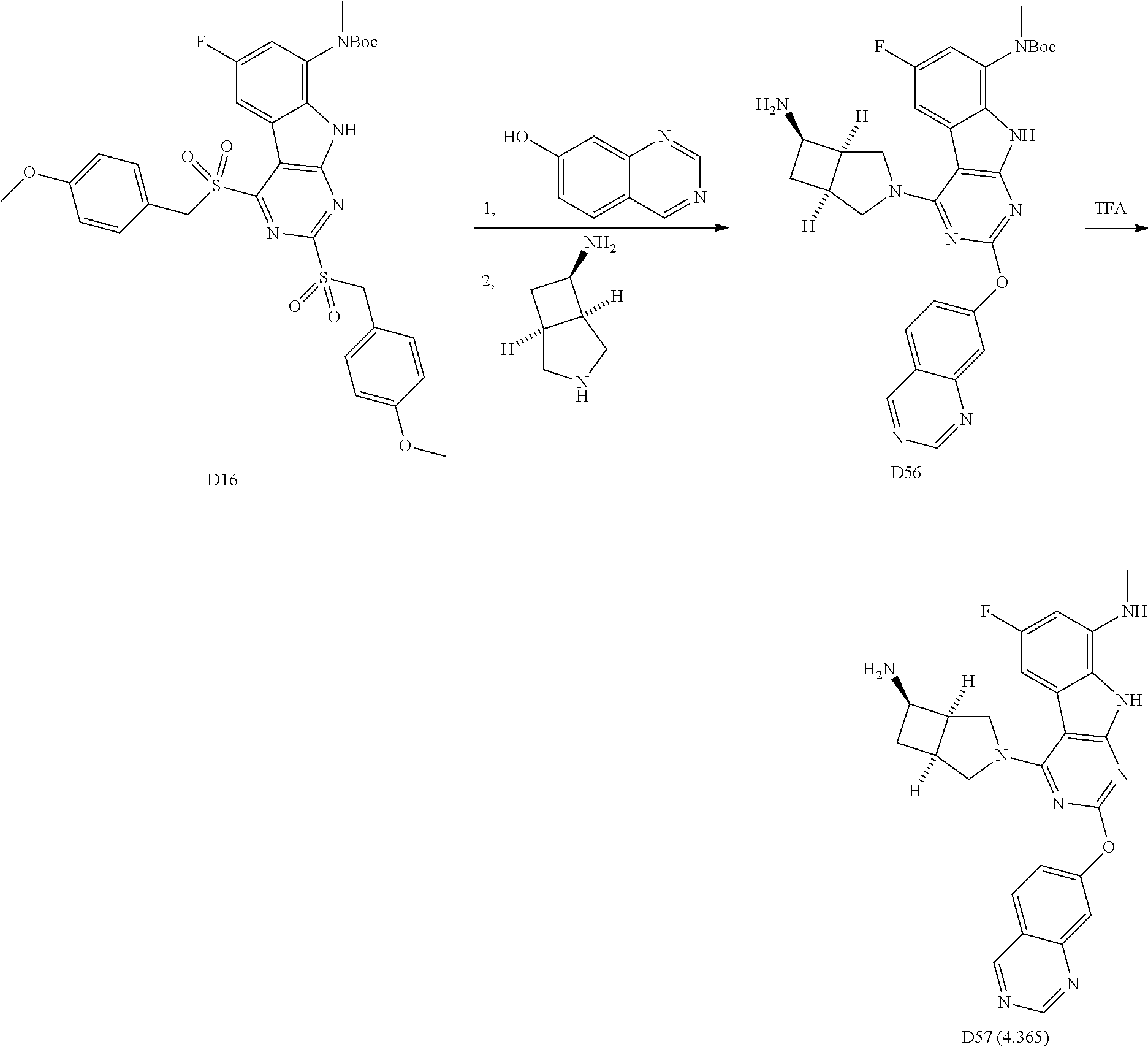
C00310

C00311

C00312
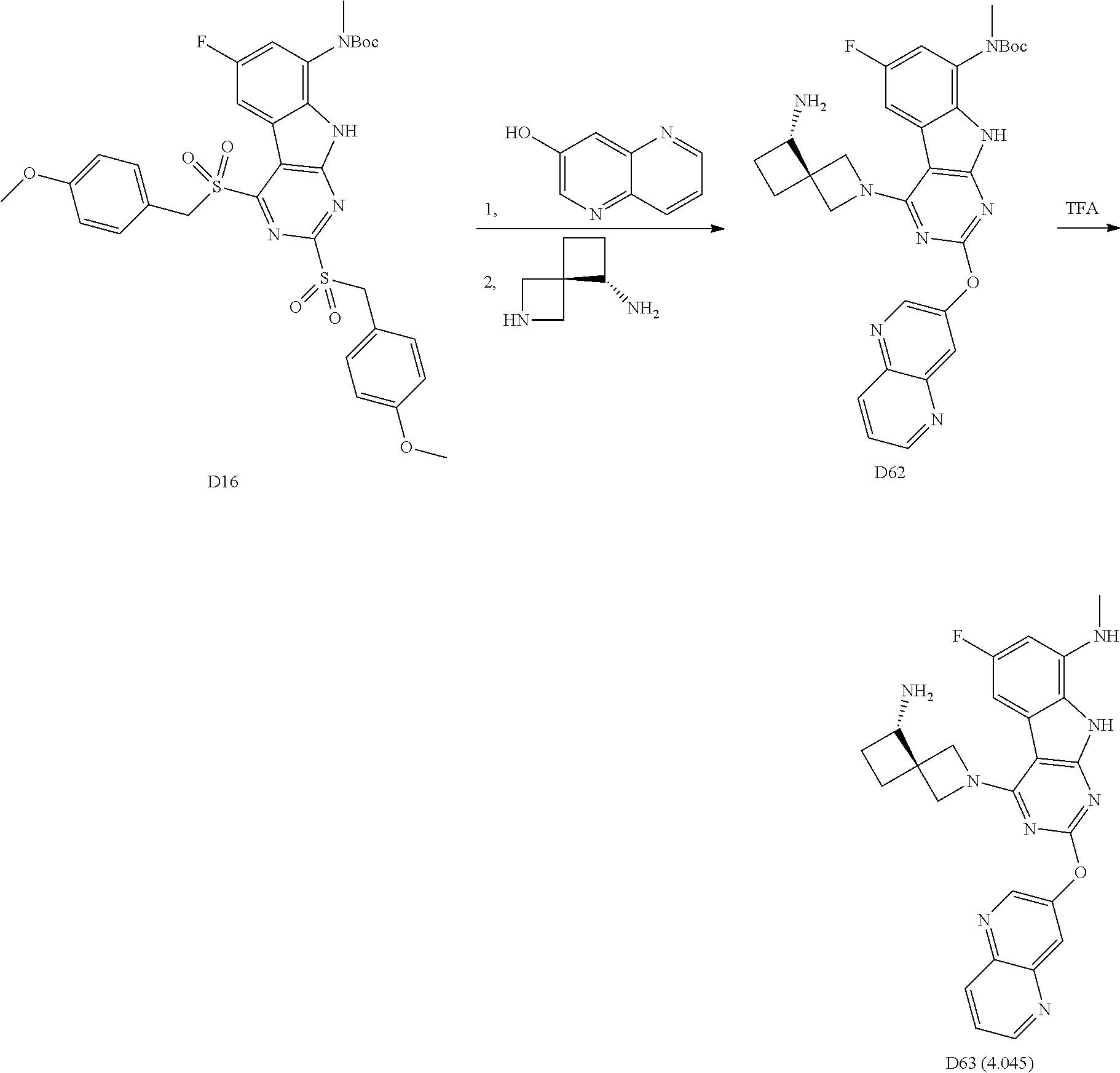
C00313
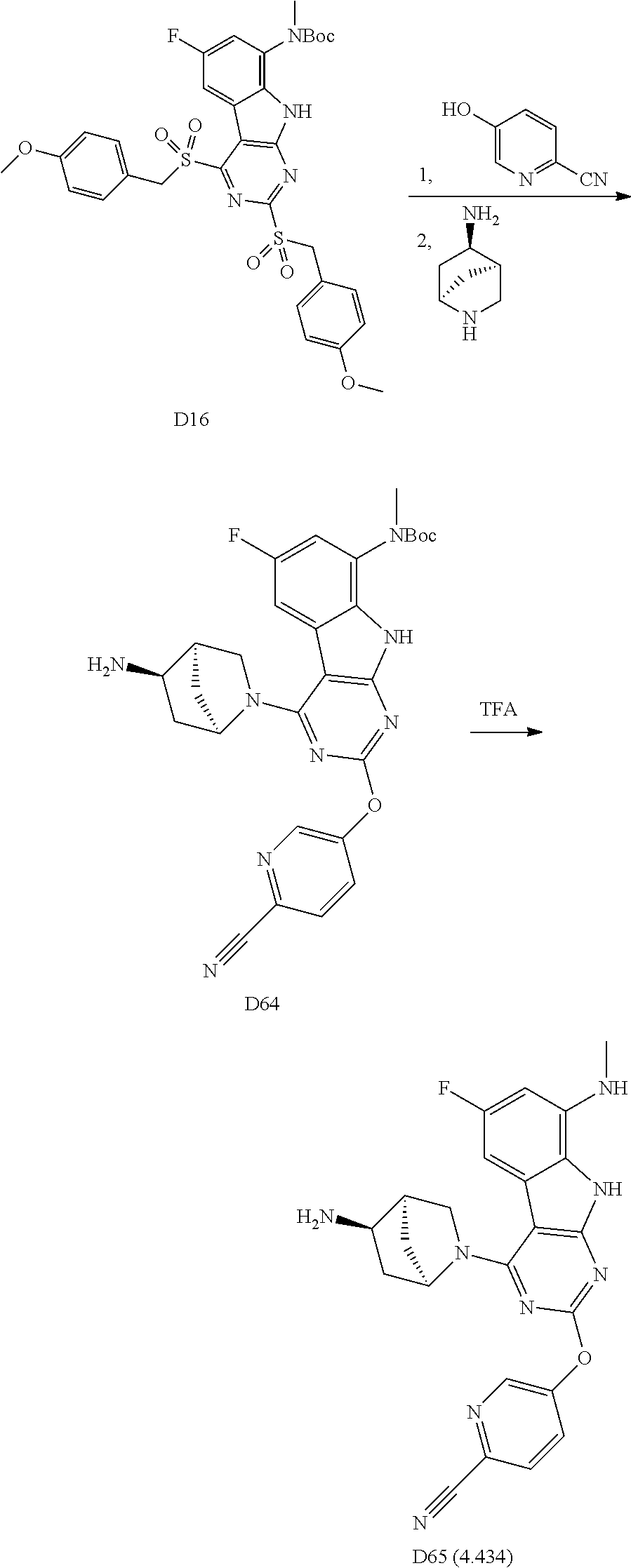
C00314
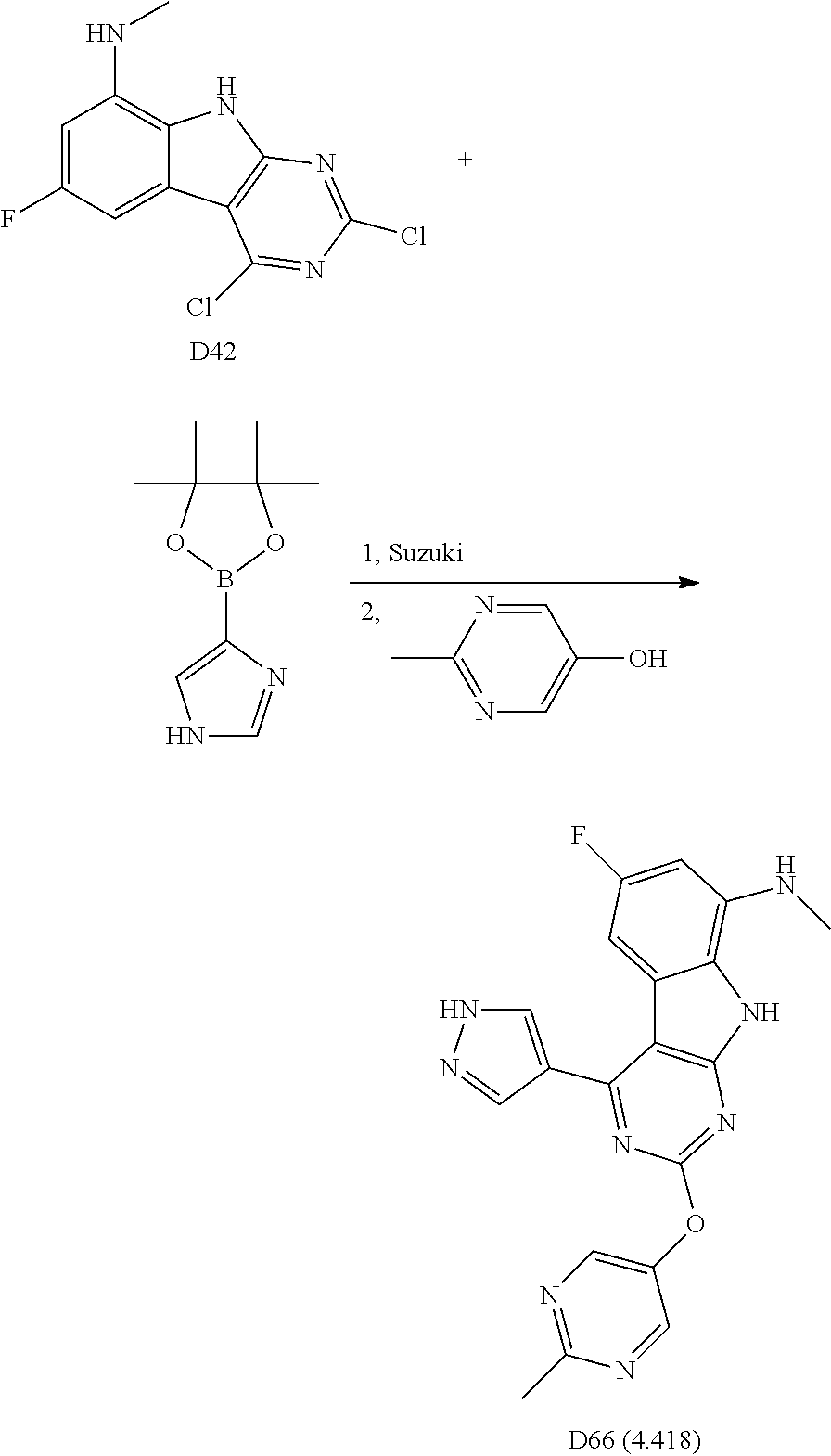
C00315
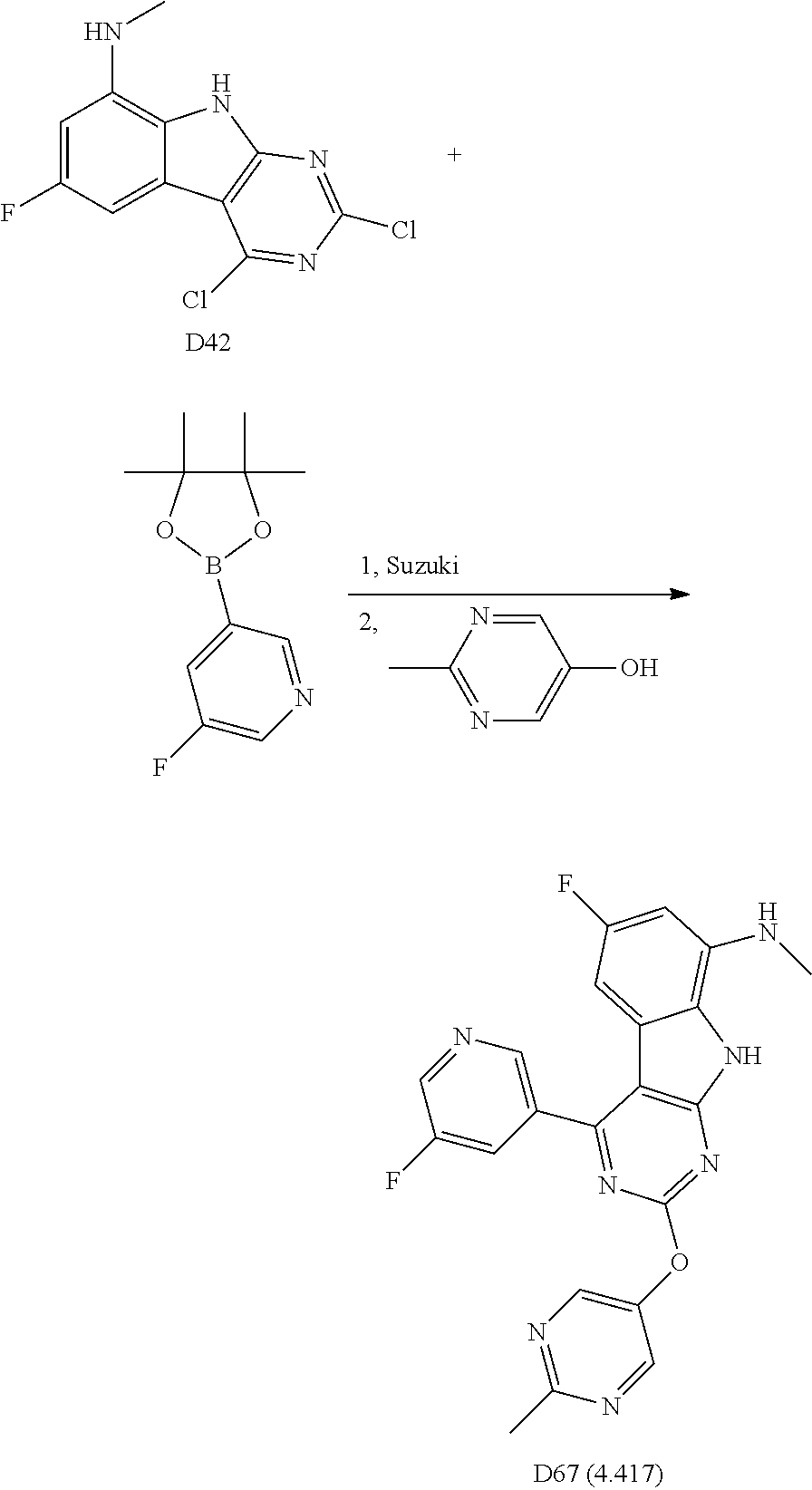
C00316
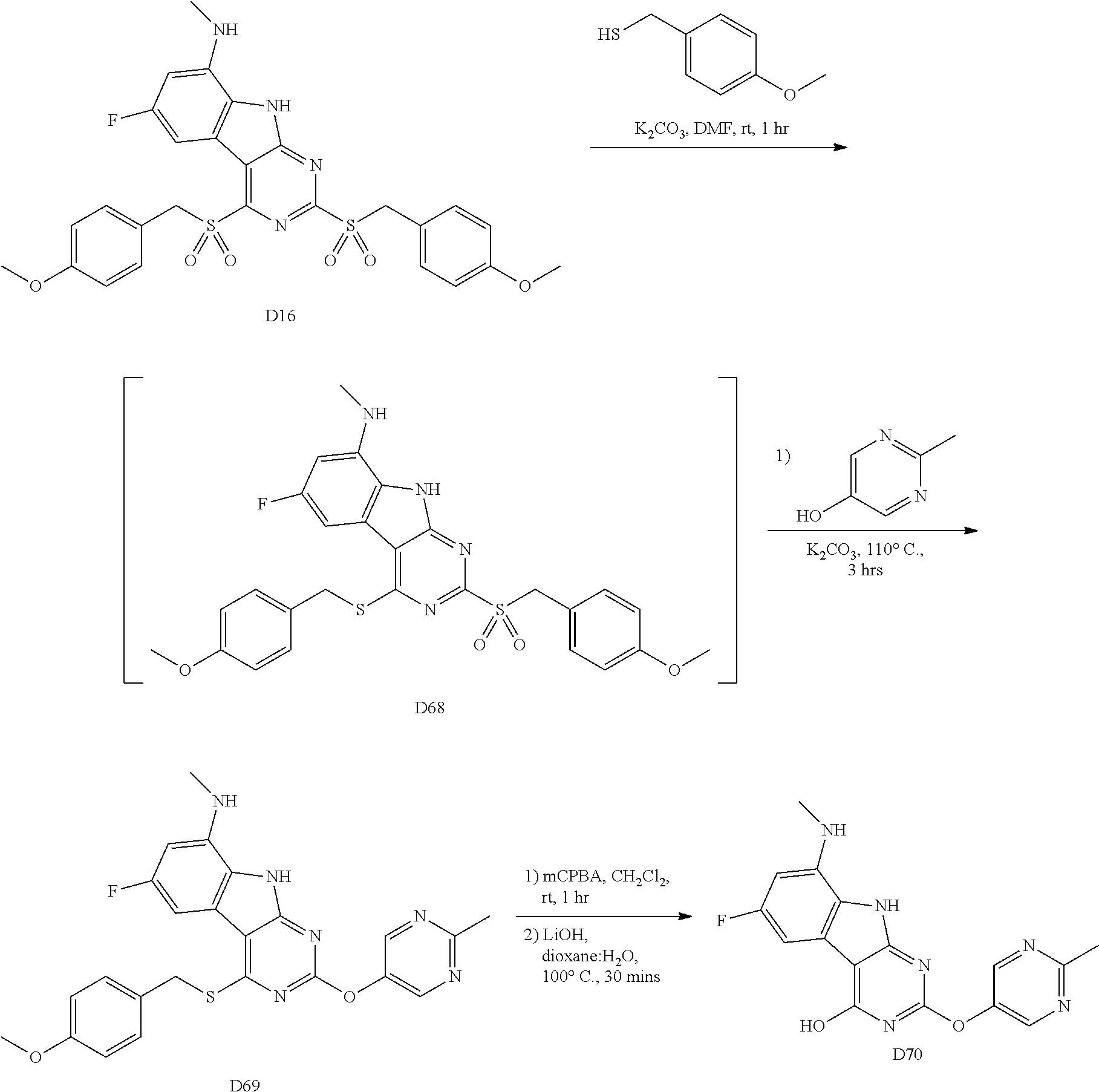
C00317

C00318
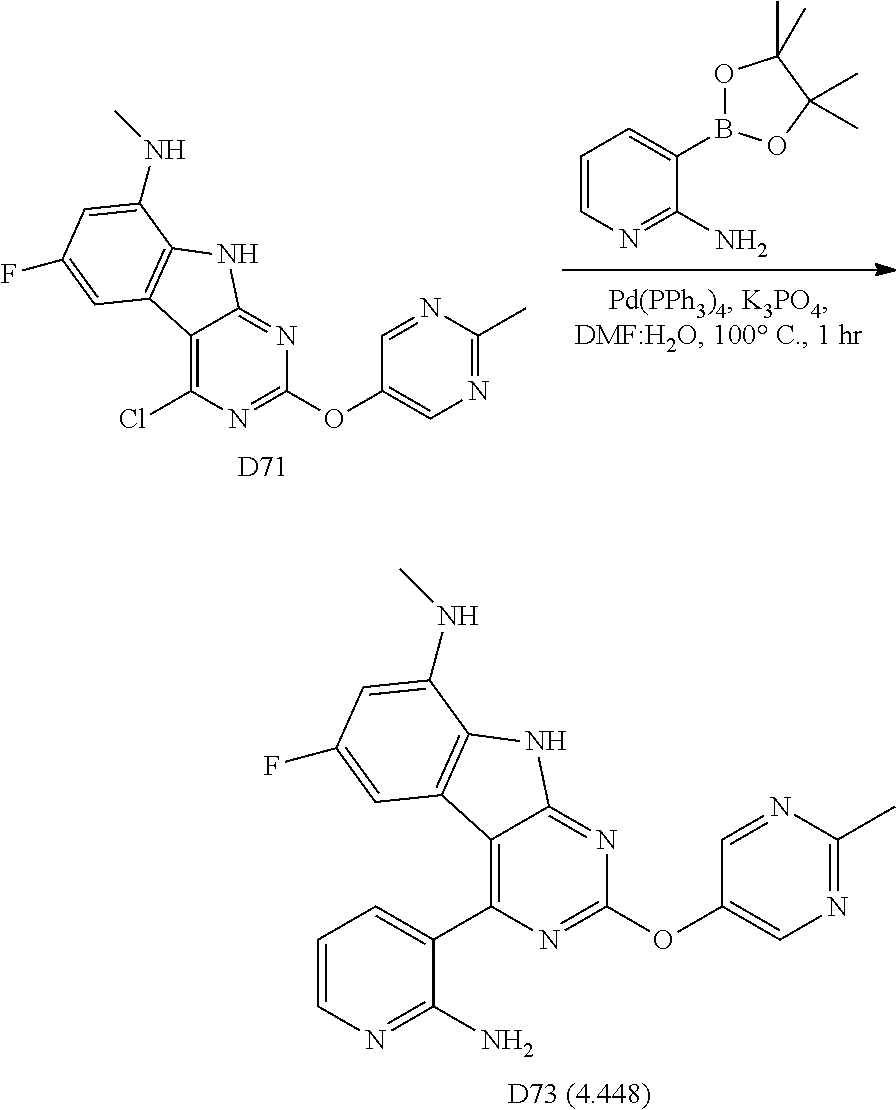
C00319

C00320

C00321
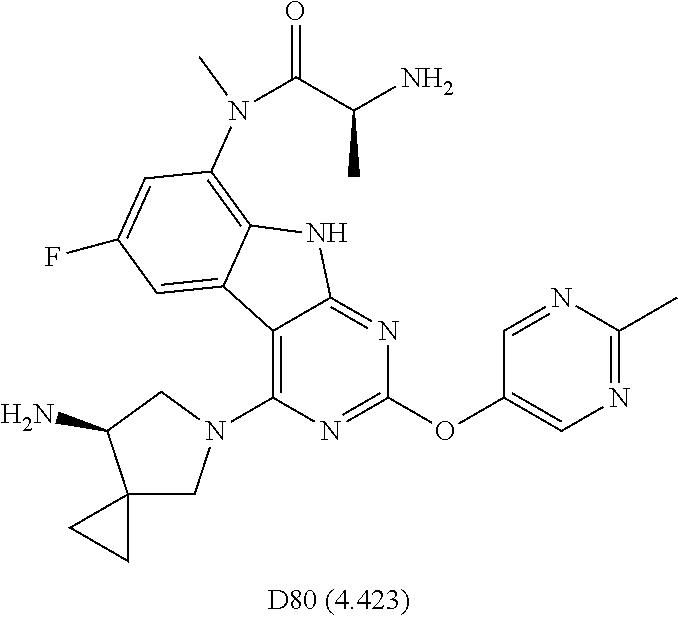
C00322
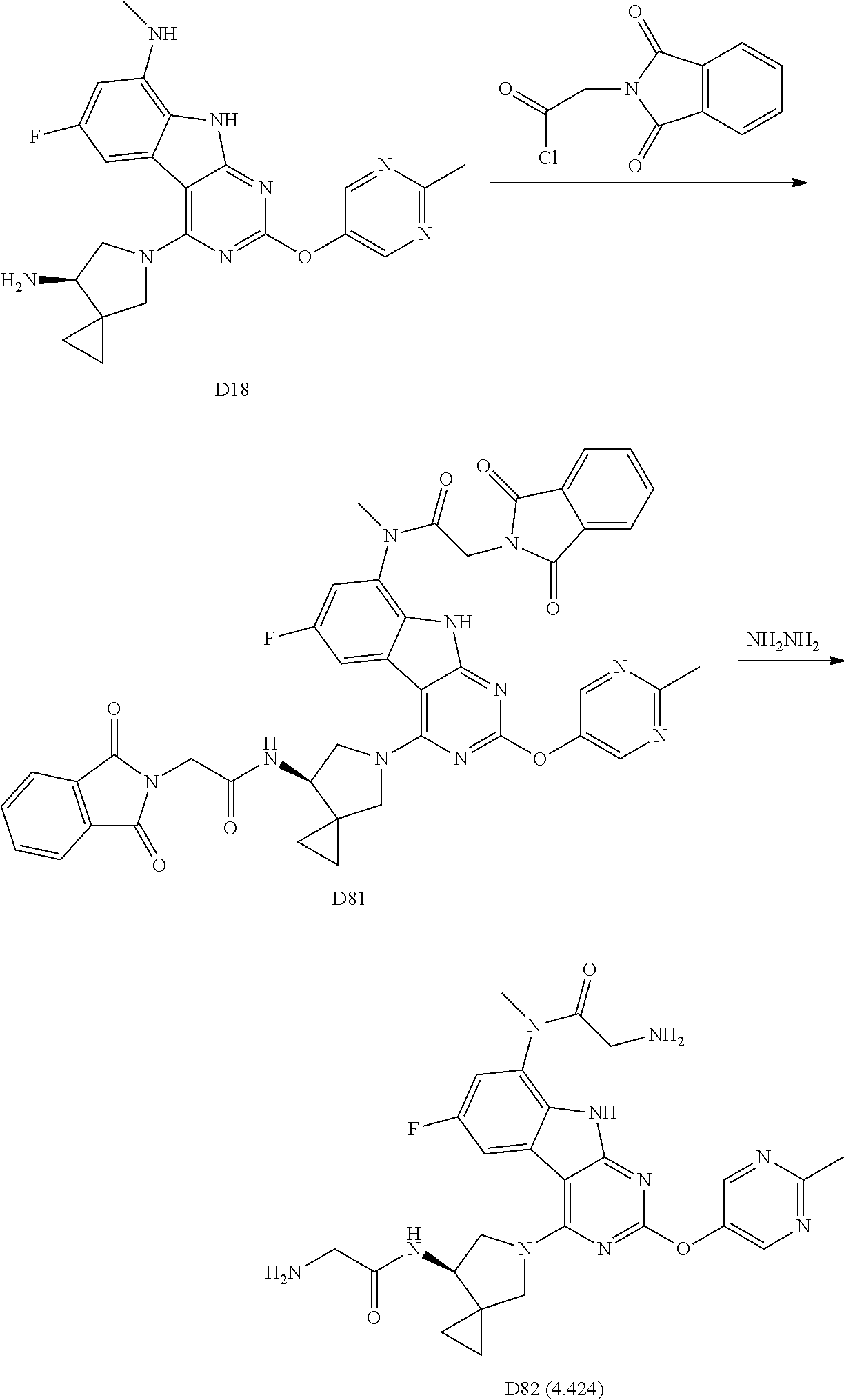
C00323

C00324
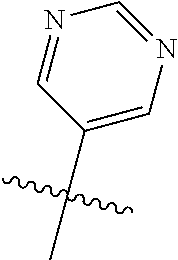
C00325

C00326

C00327

C00328

C00329
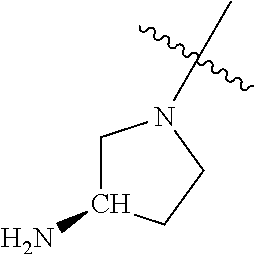
C00330
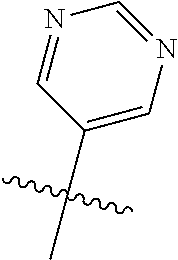
C00331

C00332
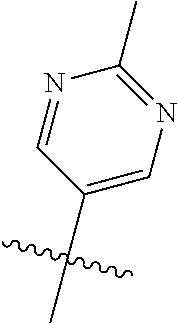
C00333
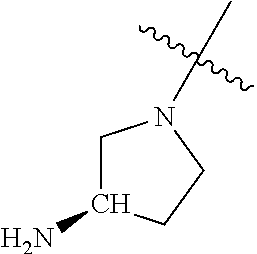
C00334
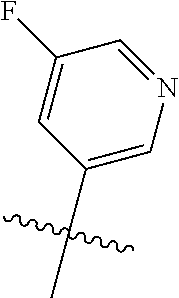
C00335

C00336
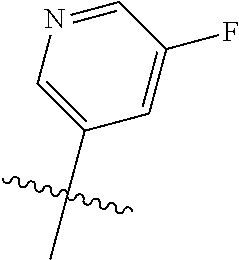
C00337

C00338

C00339
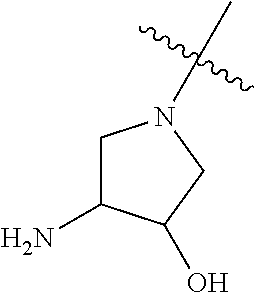
C00340

C00341

C00342
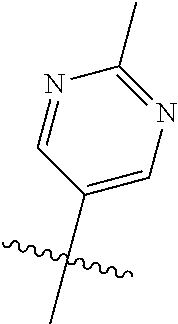
C00343

C00344

C00345
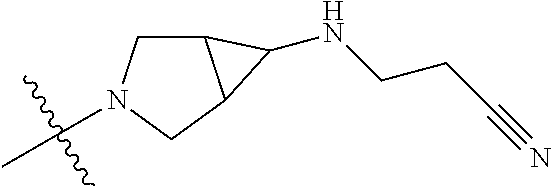
C00346

C00347
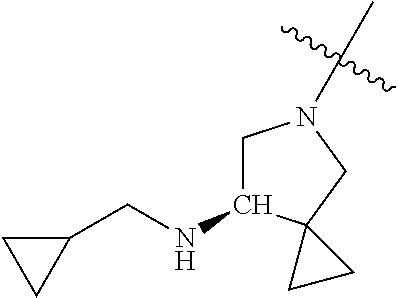
C00348
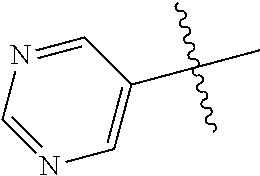
C00349
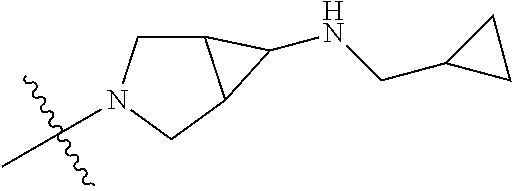
C00350
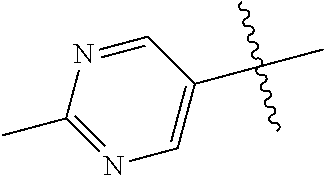
C00351

C00352

C00353
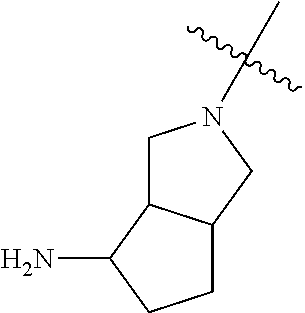
C00354

C00355

C00356
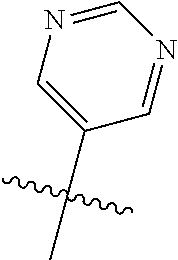
C00357

C00358
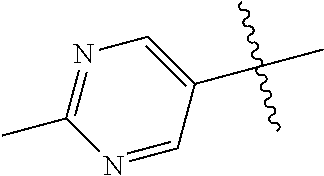
C00359
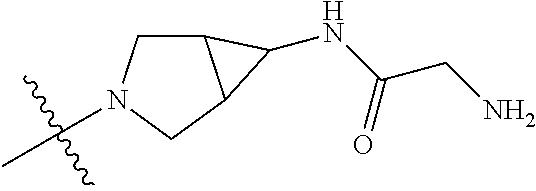
C00360

C00361
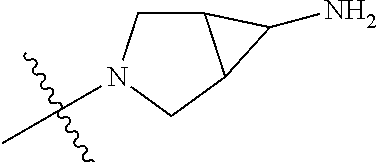
C00362

C00363

C00364
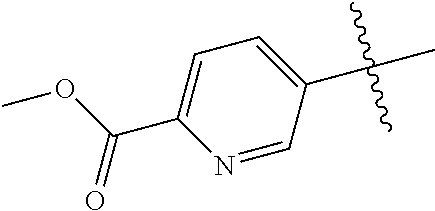
C00365

C00366

C00367
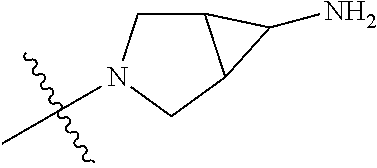
C00368
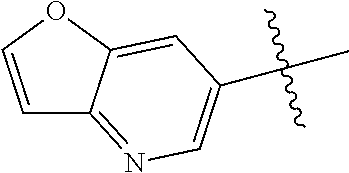
C00369

C00370
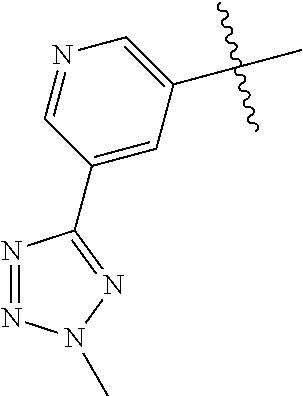
C00371
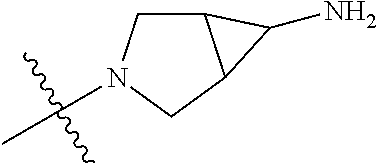
C00372

C00373

C00374

C00375

C00376
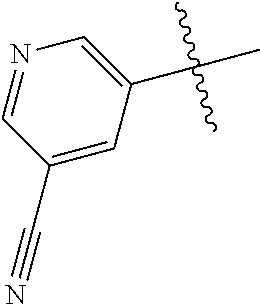
C00377

C00378
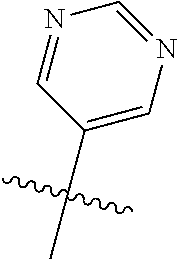
C00379
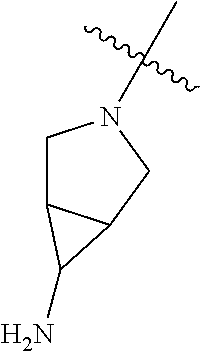
C00380

C00381

C00382
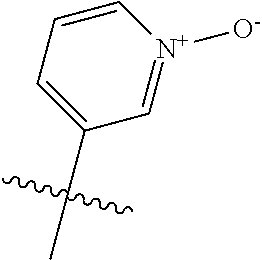
C00383

C00384
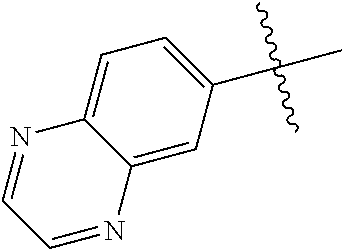
C00385

C00386
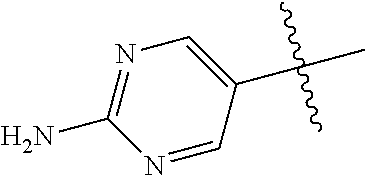
C00387
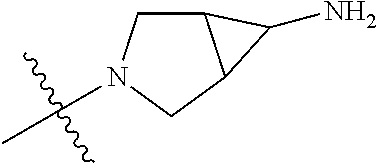
C00388

C00389
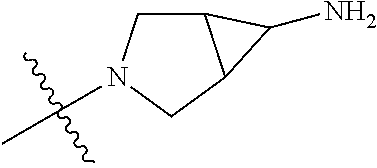
C00390
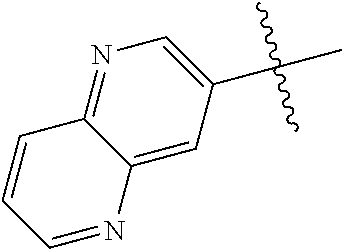
C00391
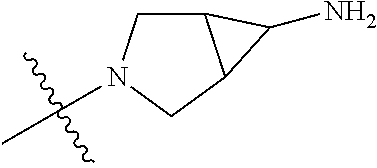
C00392

C00393
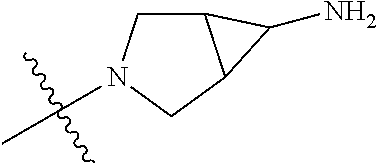
C00394
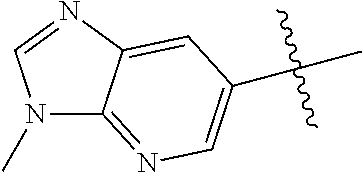
C00395
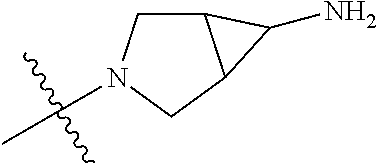
C00396

C00397
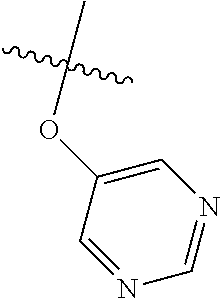
C00398

C00399

C00400
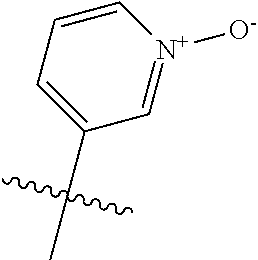
C00401

C00402
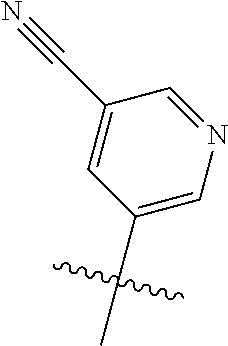
C00403
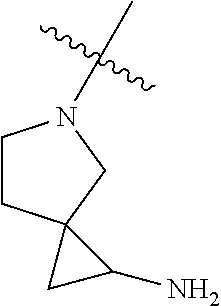
C00404

C00405

C00406

C00407

C00408

C00409
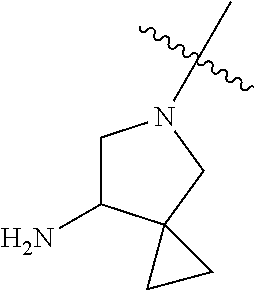
C00410

C00411
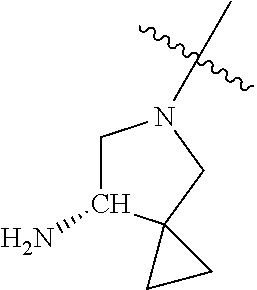
C00412

C00413
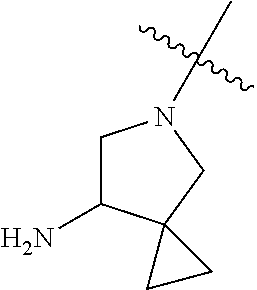
C00414

C00415
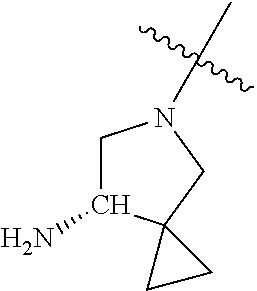
C00416
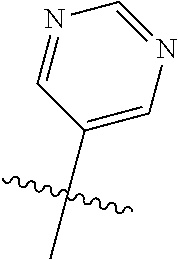
C00417

C00418

C00419
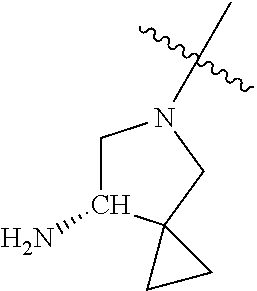
C00420
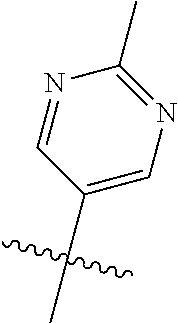
C00421

C00422

C00423

C00424

C00425
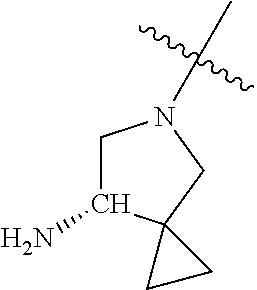
C00426
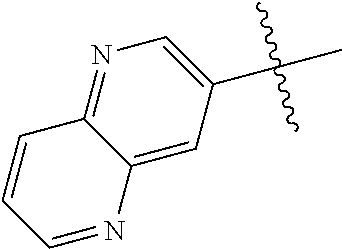
C00427

C00428
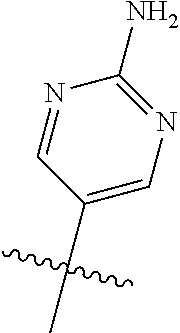
C00429

C00430

C00431

C00432
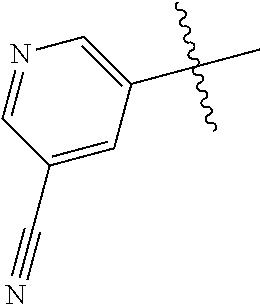
C00433

C00434

C00435
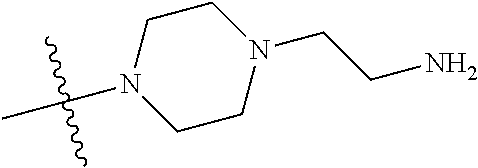
C00436
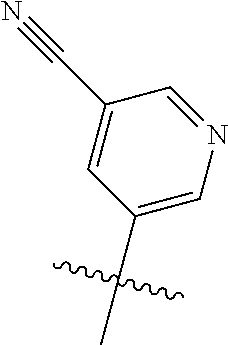
C00437
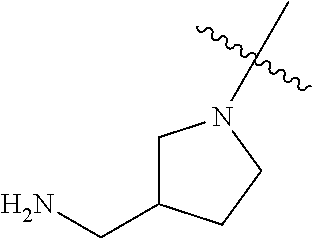
C00438

C00439

C00440

C00441

C00442
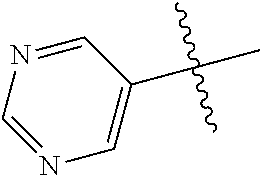
C00443

C00444

C00445

C00446
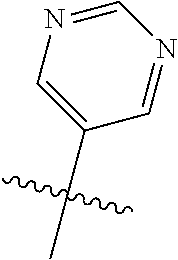
C00447
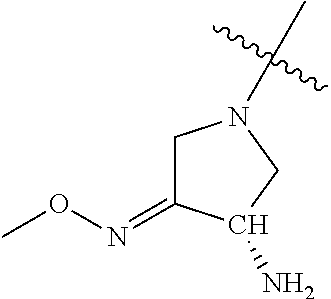
C00448

C00449

C00450
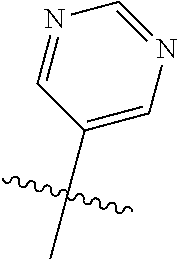
C00451

C00452
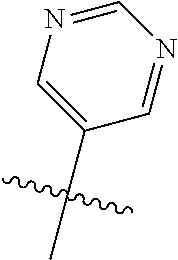
C00453
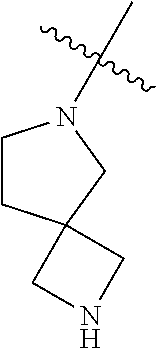
C00454

C00455

C00456
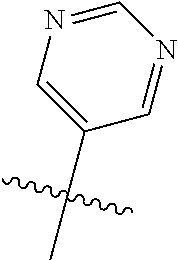
C00457

C00458

C00459

C00460

C00461
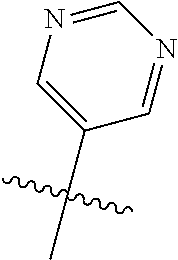
C00462

C00463
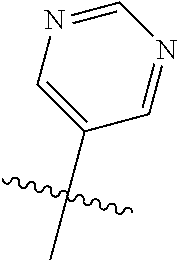
C00464

C00465

C00466

C00467

C00468
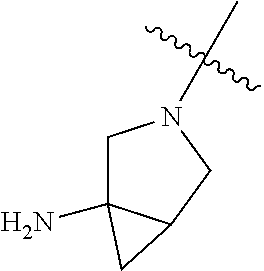
C00469
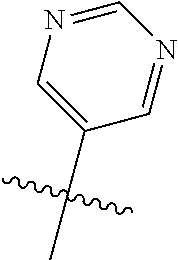
C00470
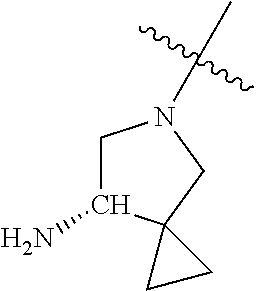
C00471

C00472
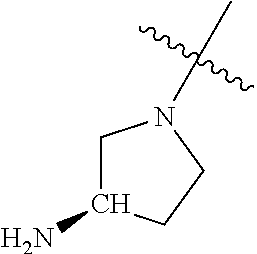
C00473
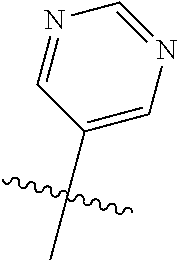
C00474
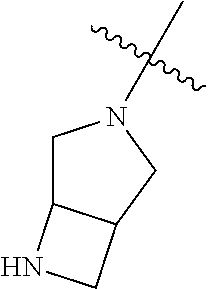
C00475
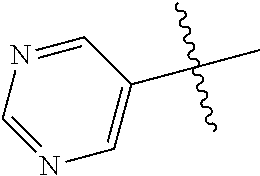
C00476

C00477

C00478
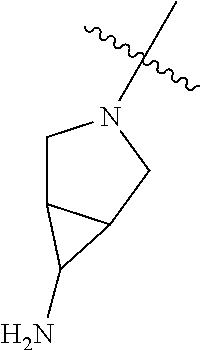
C00479

C00480
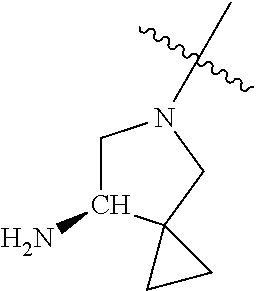
C00481
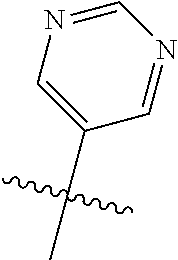
C00482
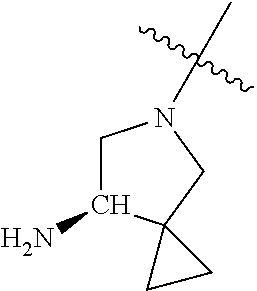
C00483
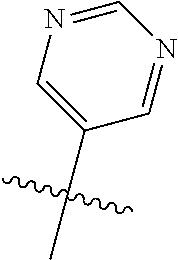
C00484

C00485
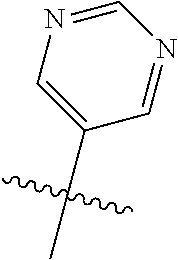
C00486
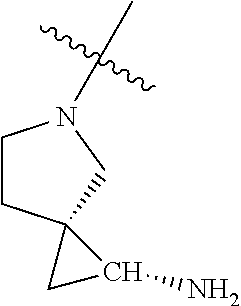
C00487
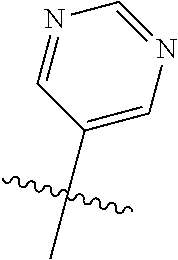
C00488
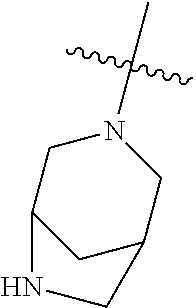
C00489

C00490

C00491

C00492
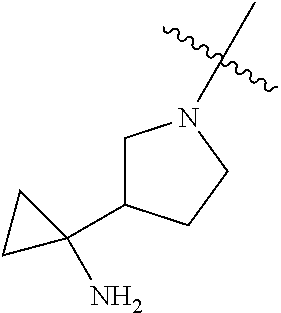
C00493

C00494

C00495

C00496

C00497
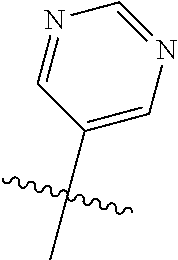
C00498
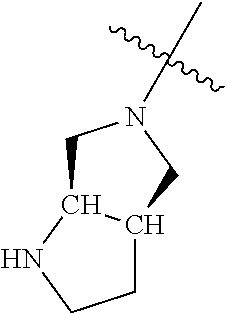
C00499
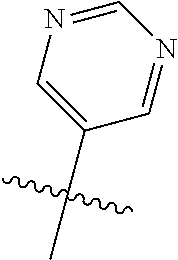
C00500
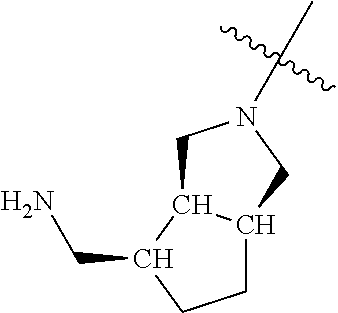
C00501

C00502
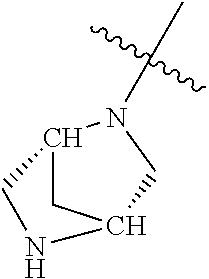
C00503
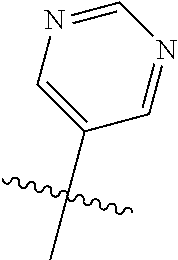
C00504
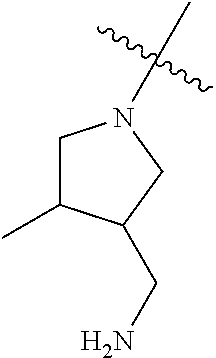
C00505
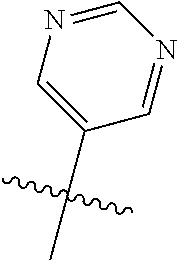
C00506
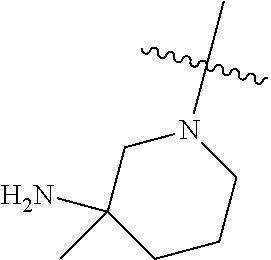
C00507
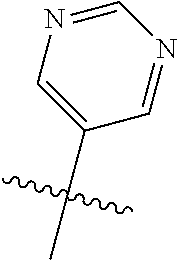
C00508

C00509
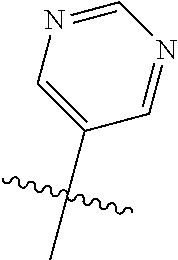
C00510

C00511
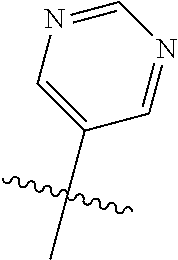
C00512

C00513
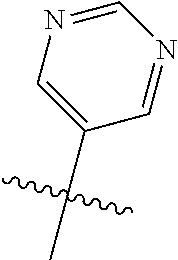
C00514

C00515

C00516
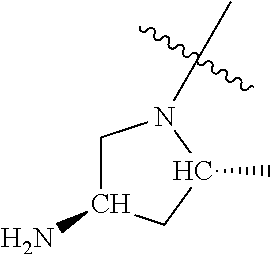
C00517
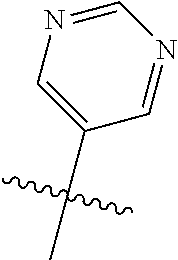
C00518

C00519

C00520
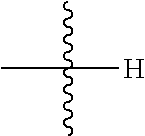
C00521

C00522

C00523

C00524

C00525

C00526

C00527

C00528

C00529
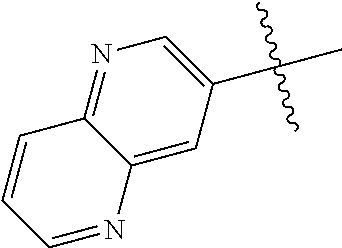
C00530

C00531
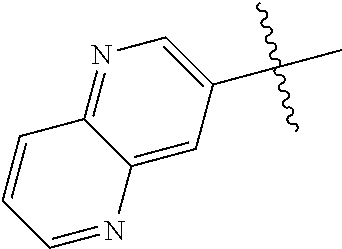
C00532
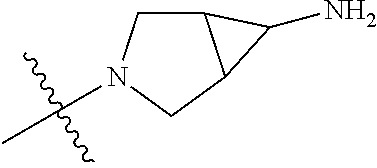
C00533

C00534

C00535
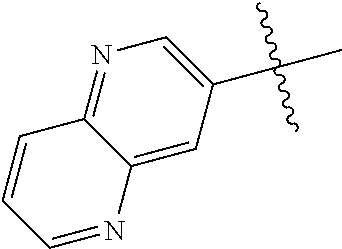
C00536
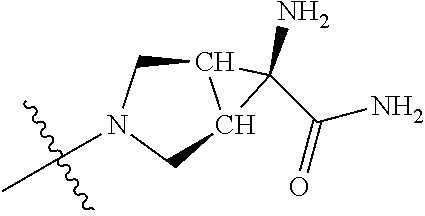
C00537

C00538

C00539

C00540

C00541

C00542

C00543

C00544

C00545
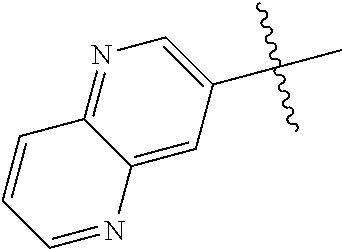
C00546

C00547
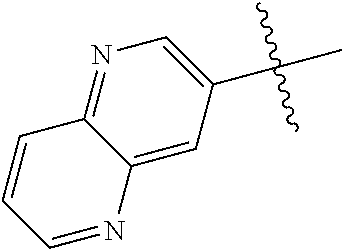
C00548

C00549
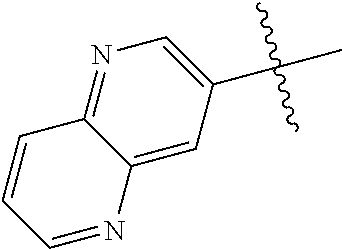
C00550

C00551
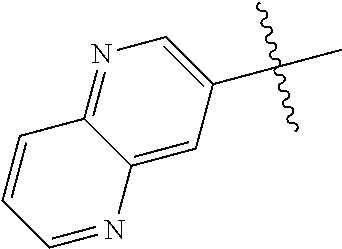
C00552

C00553

C00554

C00555
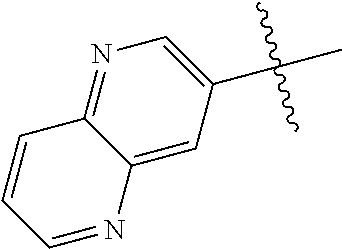
C00556
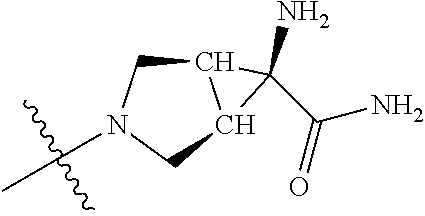
C00557
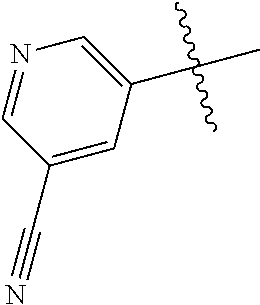
C00558

C00559
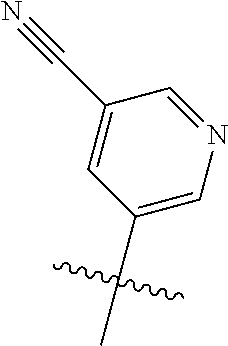
C00560
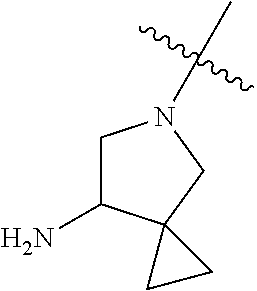
C00561

C00562

C00563
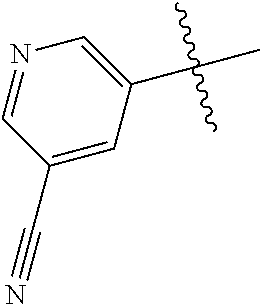
C00564

C00565
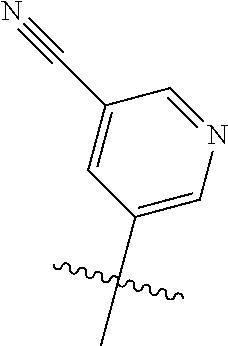
C00566

C00567
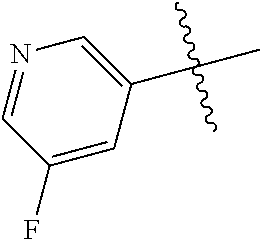
C00568
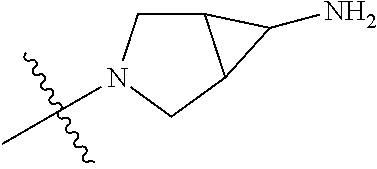
C00569
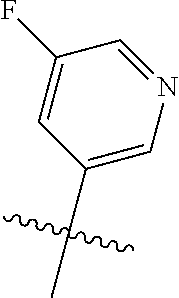
C00570

C00571

C00572

C00573
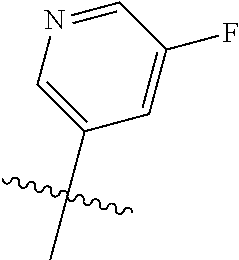
C00574
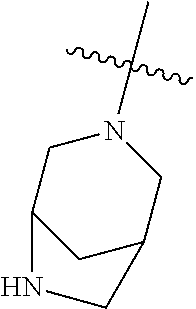
C00575
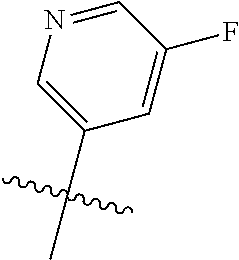
C00576

C00577

C00578
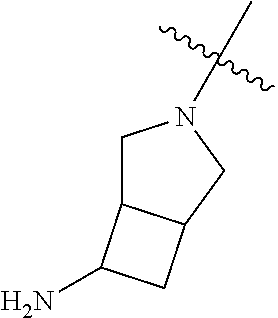
C00579

C00580

C00581
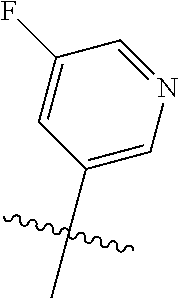
C00582

C00583

C00584
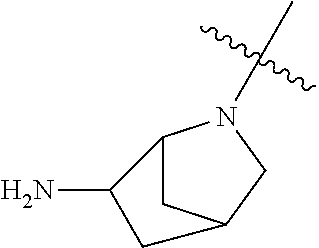
C00585

C00586
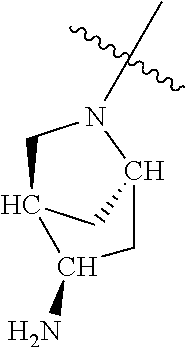
C00587

C00588
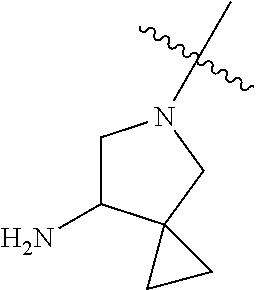
C00589

C00590
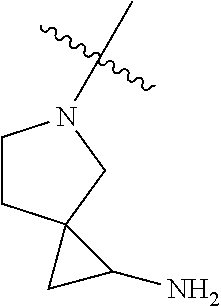
C00591
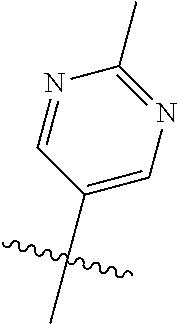
C00592

C00593
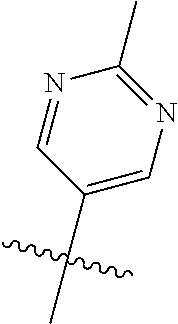
C00594

C00595

C00596

C00597
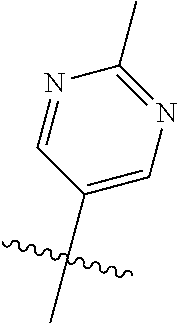
C00598

C00599

C00600
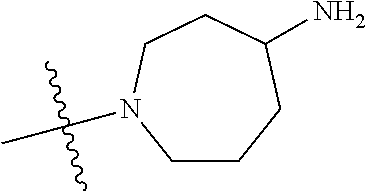
C00601
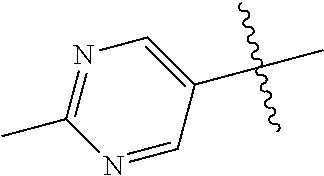
C00602

C00603
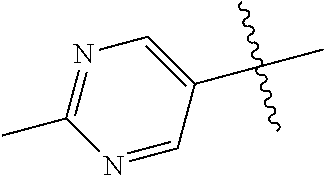
C00604

C00605
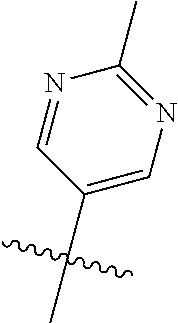
C00606
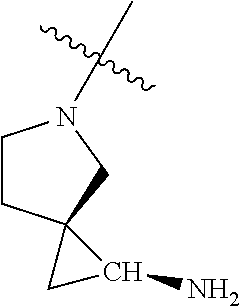
C00607

C00608
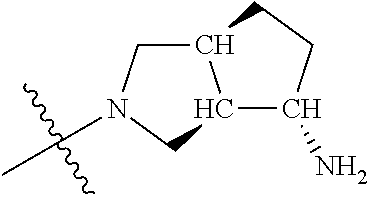
C00609

C00610

C00611

C00612
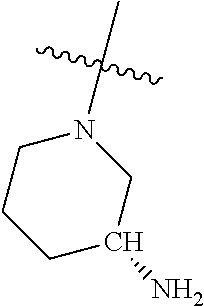
C00613
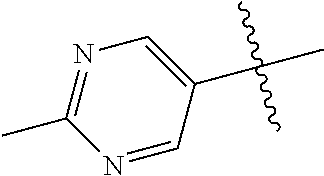
C00614

C00615
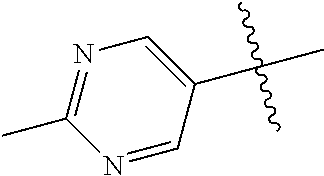
C00616
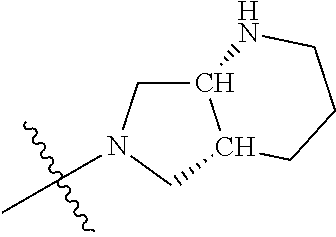
C00617
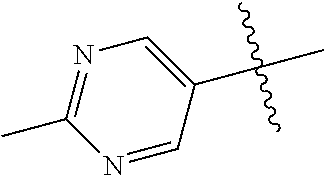
C00618
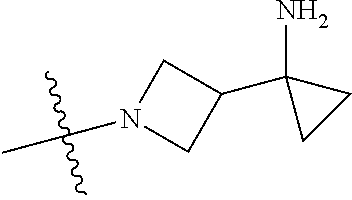
C00619
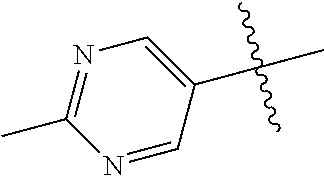
C00620
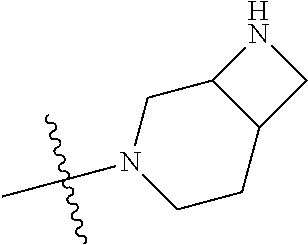
C00621

C00622
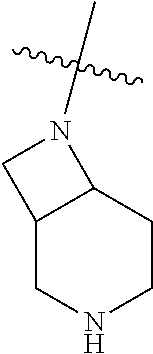
C00623

C00624

C00625
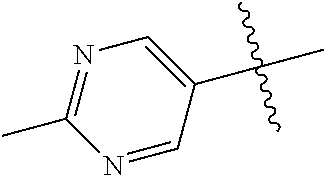
C00626

C00627
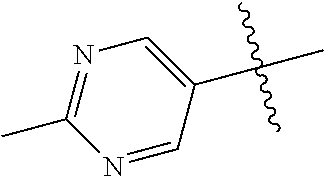
C00628
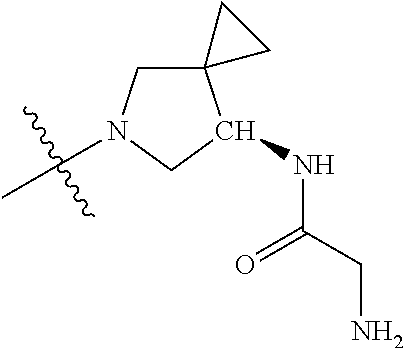
C00629

C00630
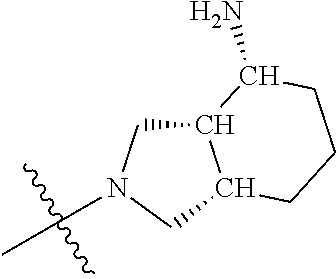
C00631

C00632
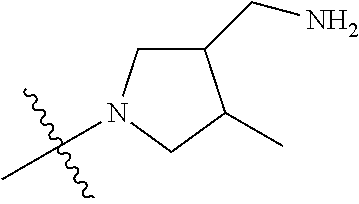
C00633
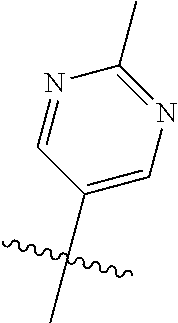
C00634

C00635

C00636

C00637

C00638
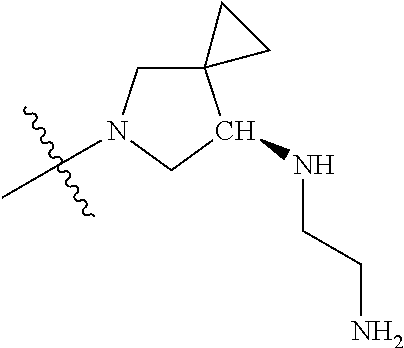
C00639
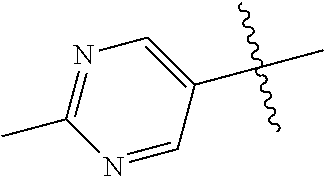
C00640

C00641

C00642

C00643
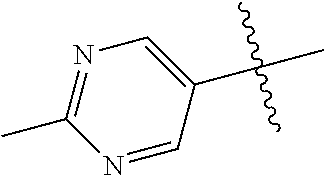
C00644
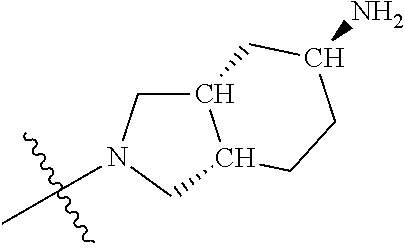
C00645
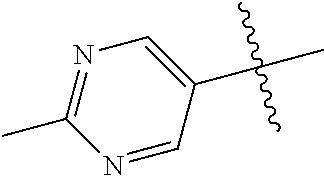
C00646

C00647

C00648

C00649

C00650
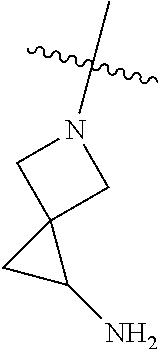
C00651

C00652

C00653
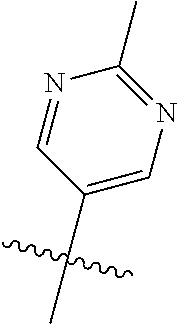
C00654
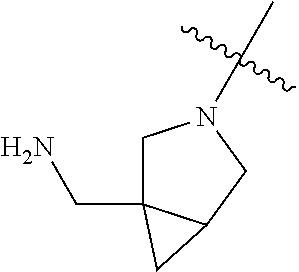
C00655
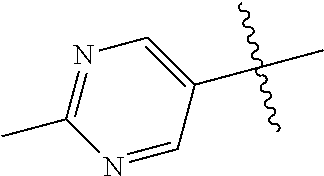
C00656
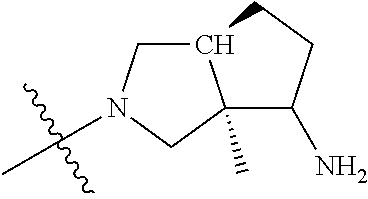
C00657

C00658
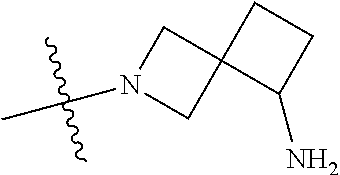
C00659

C00660

C00661

C00662

C00663

C00664

C00665
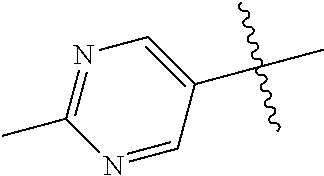
C00666

C00667

C00668
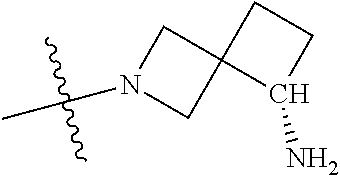
C00669

C00670

C00671

C00672

C00673

C00674

C00675

C00676

C00677
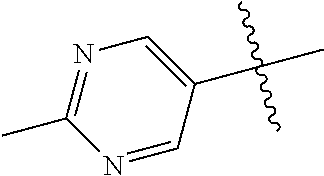
C00678

C00679

C00680
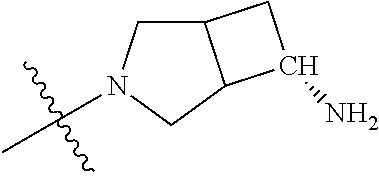
C00681
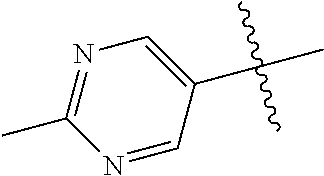
C00682
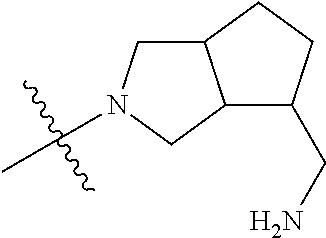
C00683
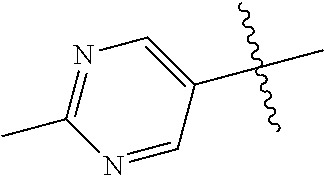
C00684
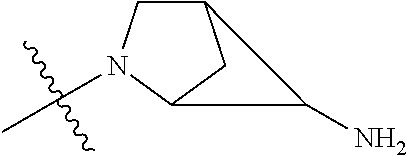
C00685

C00686
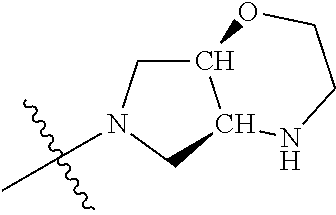
C00687

C00688

C00689

C00690
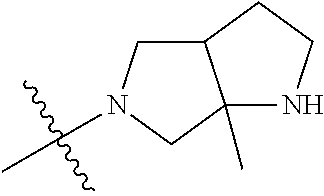
C00691

C00692
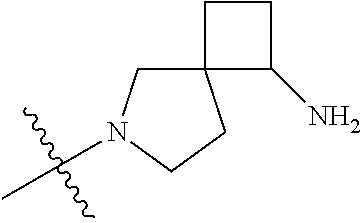
C00693
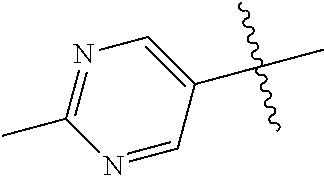
C00694
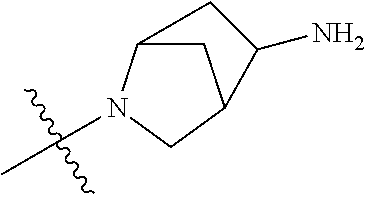
C00695
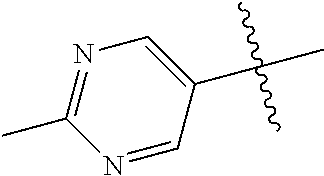
C00696
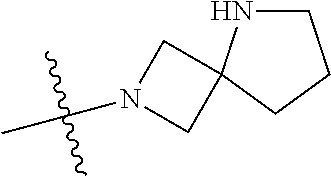
C00697

C00698
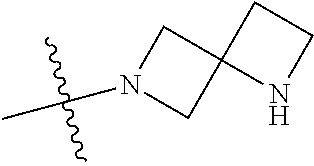
C00699

C00700

C00701

C00702

C00703

C00704
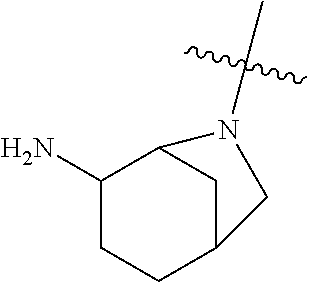
C00705
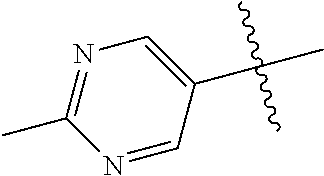
C00706

C00707
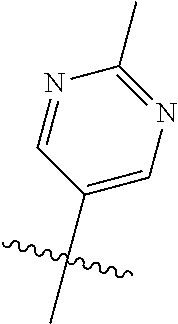
C00708

C00709

C00710
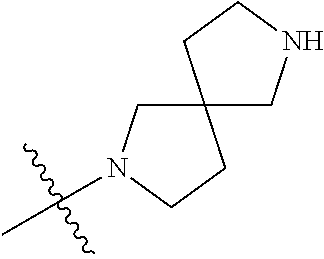
C00711

C00712
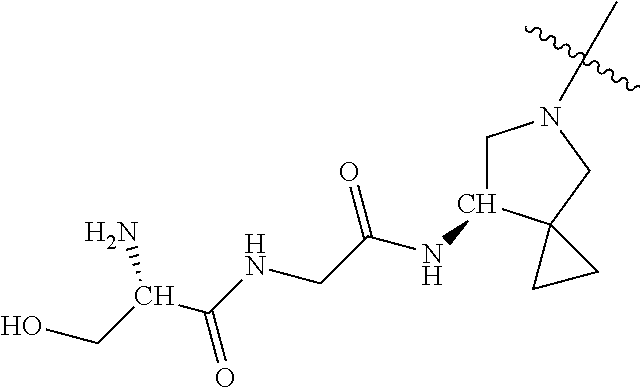
C00713

C00714

C00715

C00716

C00717
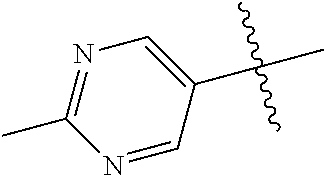
C00718
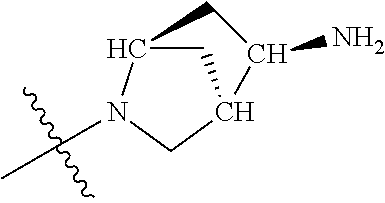
C00719
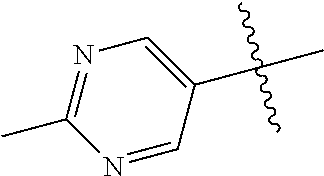
C00720

C00721

C00722

C00723

C00724

C00725

C00726
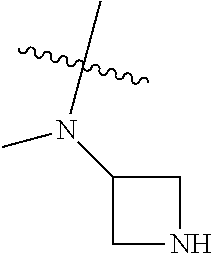
C00727
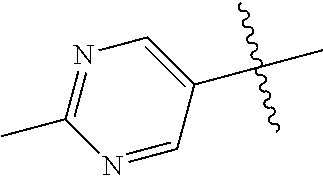
C00728

C00729
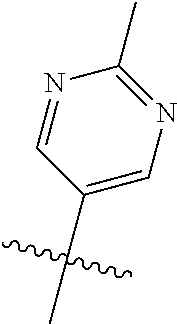
C00730
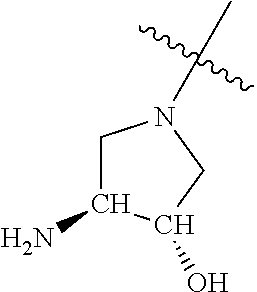
C00731

C00732
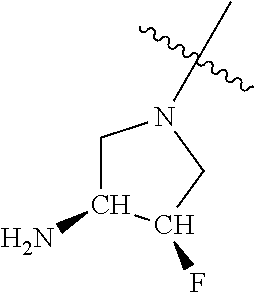
C00733
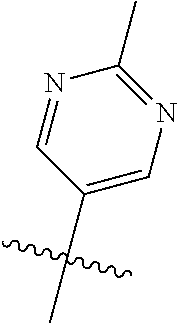
C00734

C00735
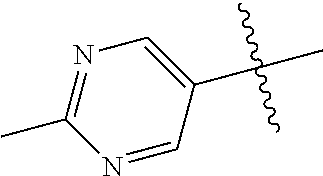
C00736
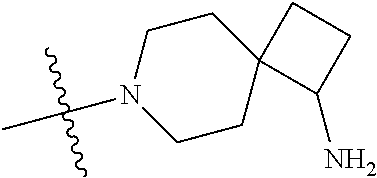
C00737
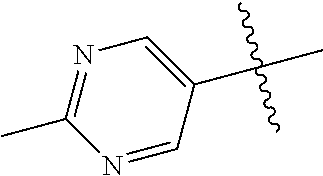
C00738

C00739
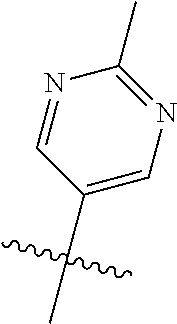
C00740

C00741

C00742
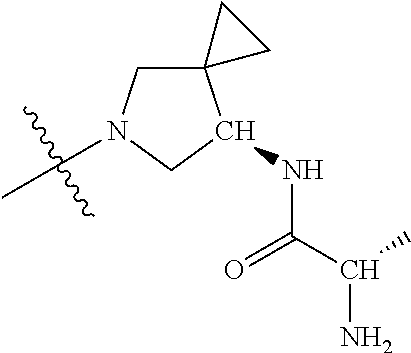
C00743

C00744

C00745

C00746

C00747
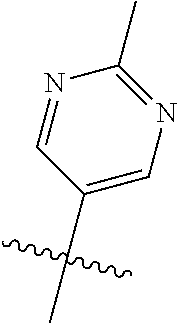
C00748
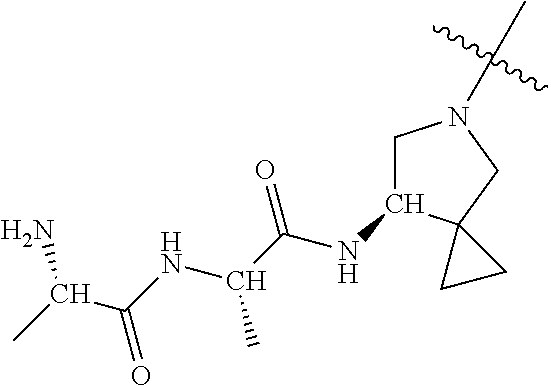
C00749

C00750

C00751
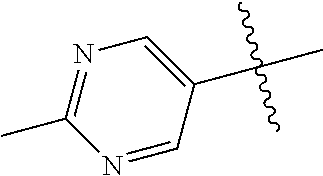
C00752
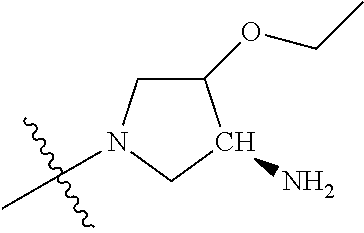
C00753

C00754

C00755

C00756

C00757

C00758

C00759
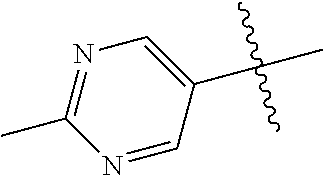
C00760

C00761
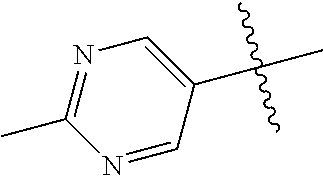
C00762
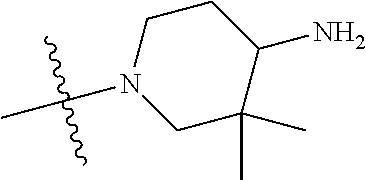
C00763

C00764
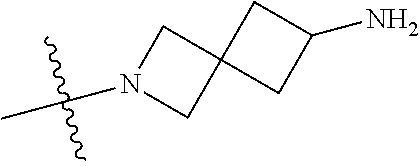
C00765
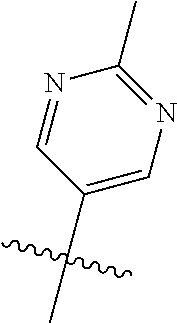
C00766

C00767

C00768

C00769

C00770
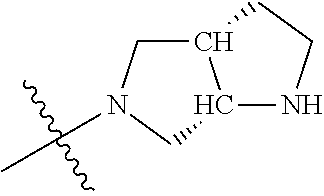
C00771
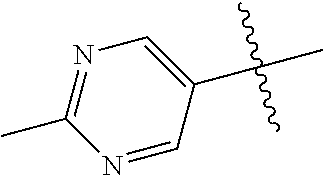
C00772

C00773

C00774

C00775
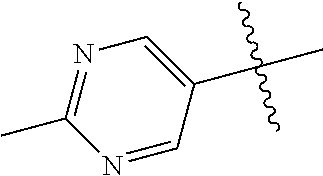
C00776
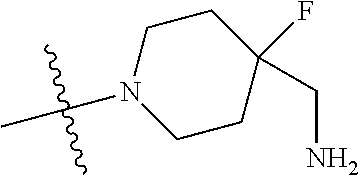
C00777

C00778
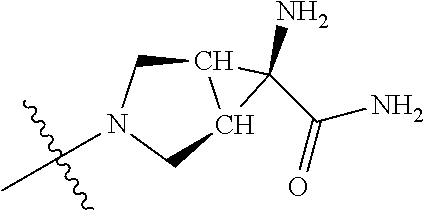
C00779
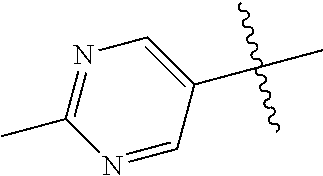
C00780
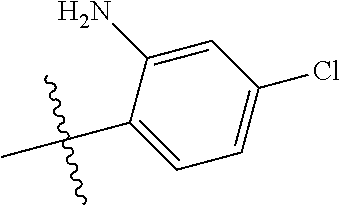
C00781
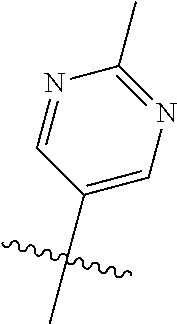
C00782
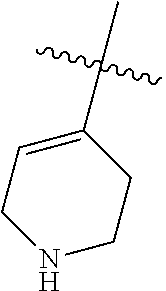
C00783

C00784

C00785
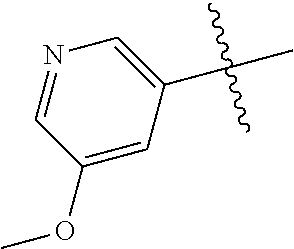
C00786

C00787

C00788

C00789
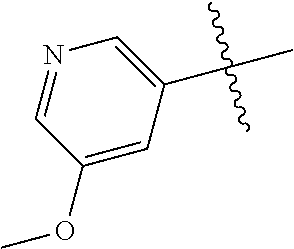
C00790
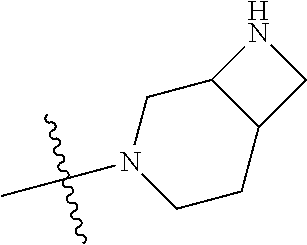
C00791

C00792

C00793
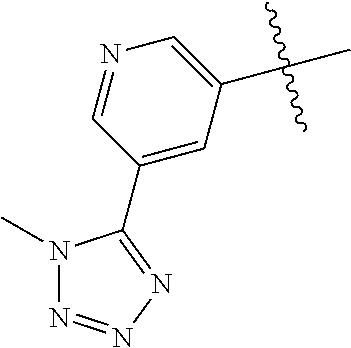
C00794

C00795

C00796

C00797

C00798

C00799

C00800
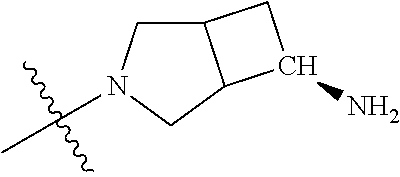
C00801
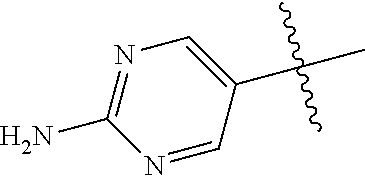
C00802
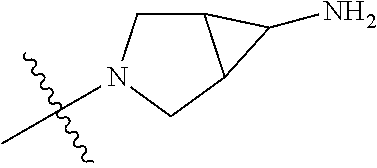
C00803
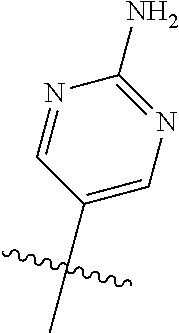
C00804

C00805

C00806

C00807
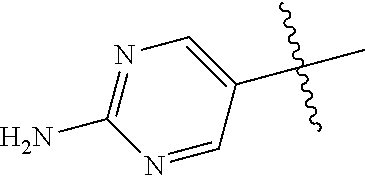
C00808
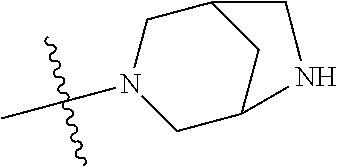
C00809

C00810
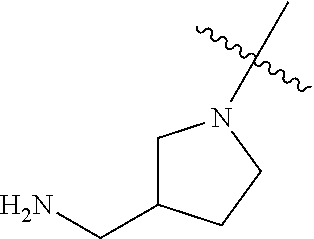
C00811
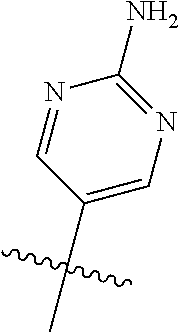
C00812
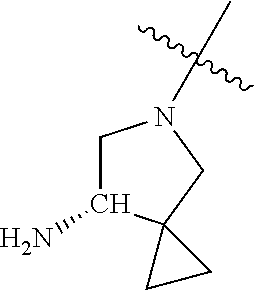
C00813
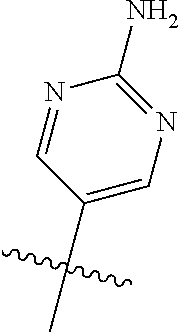
C00814
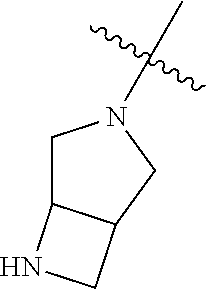
C00815
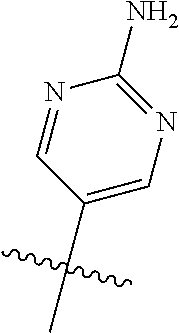
C00816
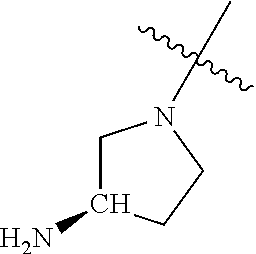
C00817
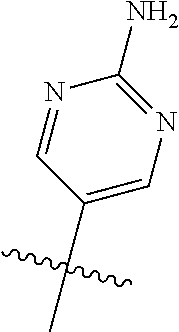
C00818
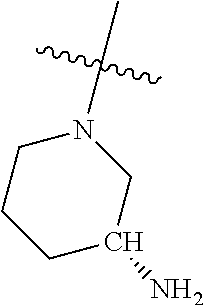
C00819

C00820
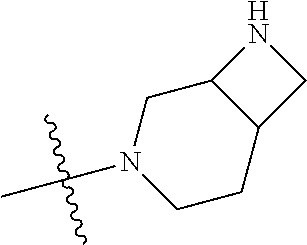
C00821
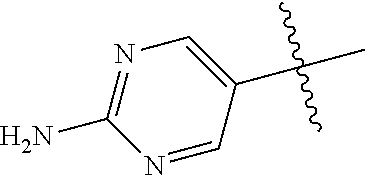
C00822
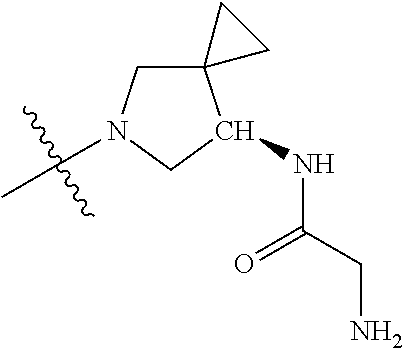
C00823
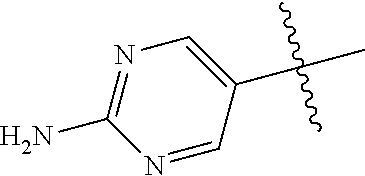
C00824

C00825

C00826
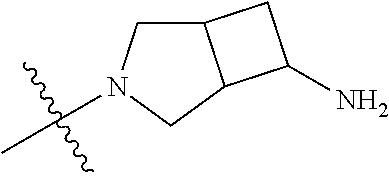
C00827

C00828
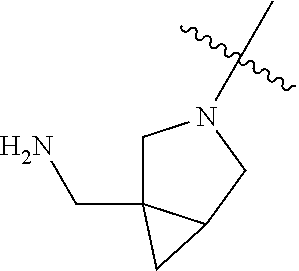
C00829

C00830
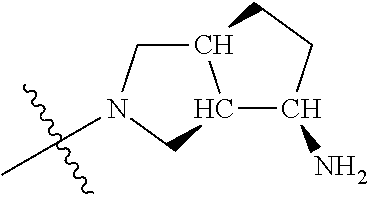
C00831

C00832
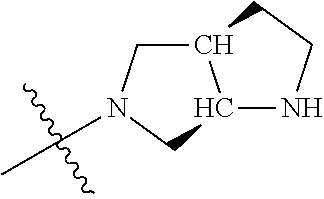
C00833

C00834

C00835

C00836
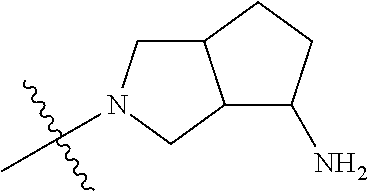
C00837

C00838

C00839
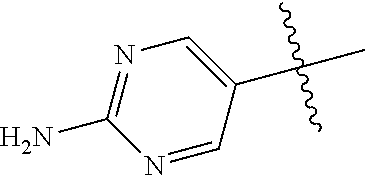
C00840

C00841
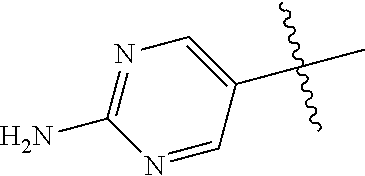
C00842

C00843
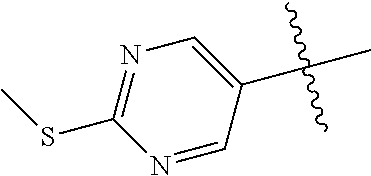
C00844

C00845
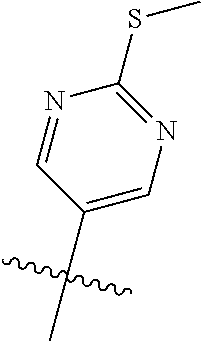
C00846
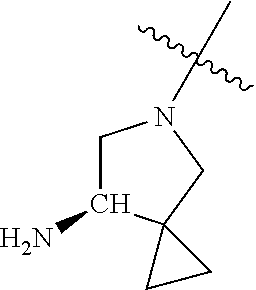
C00847

C00848
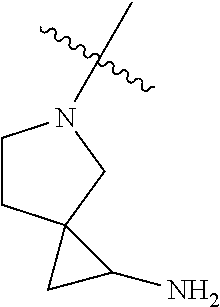
C00849
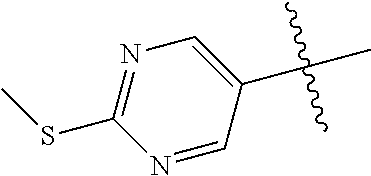
C00850
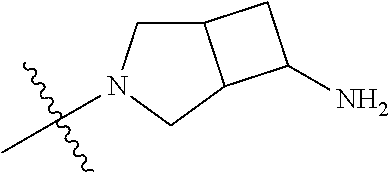
C00851
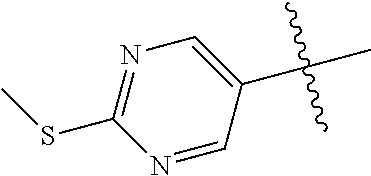
C00852

C00853

C00854

C00855

C00856
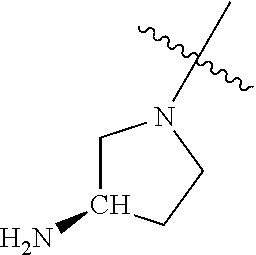
C00857
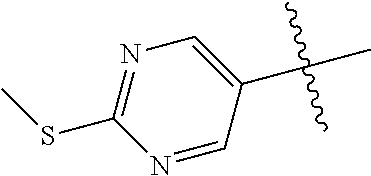
C00858
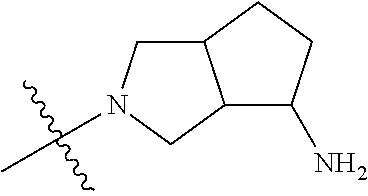
C00859

C00860

C00861

C00862

C00863
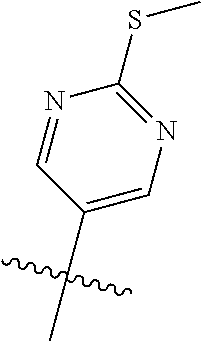
C00864
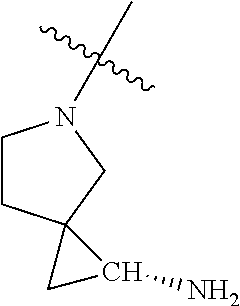
C00865

C00866

C00867
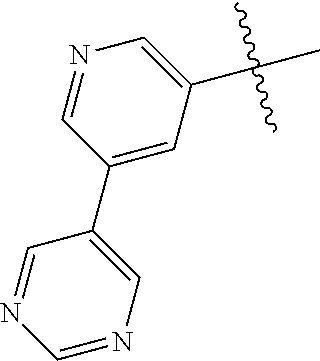
C00868

C00869
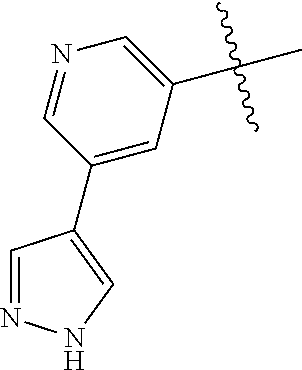
C00870
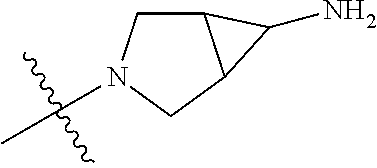
C00871
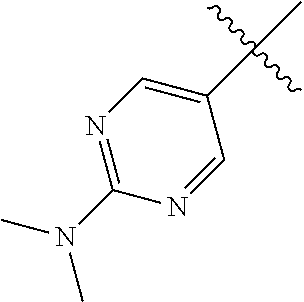
C00872

C00873

C00874

C00875

C00876
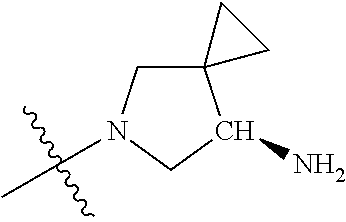
C00877

C00878

C00879

C00880

C00881

C00882

C00883
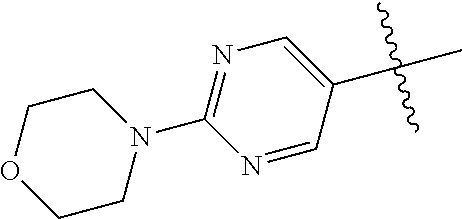
C00884

C00885
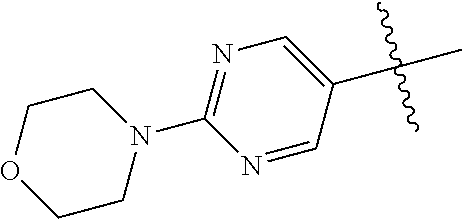
C00886

C00887

C00888

C00889

C00890
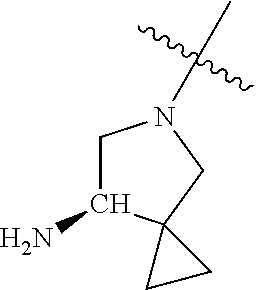
C00891
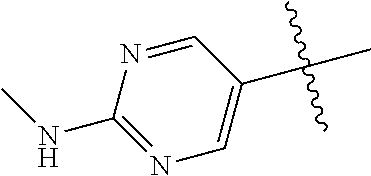
C00892

C00893

C00894

C00895
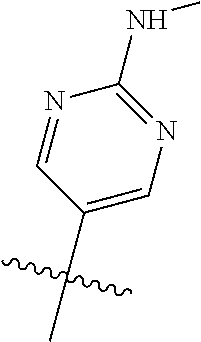
C00896
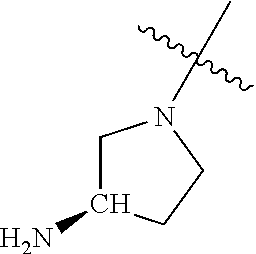
C00897
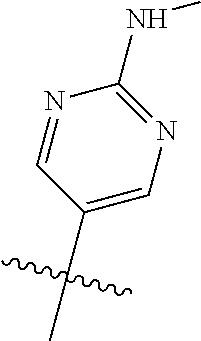
C00898

C00899

C00900

C00901
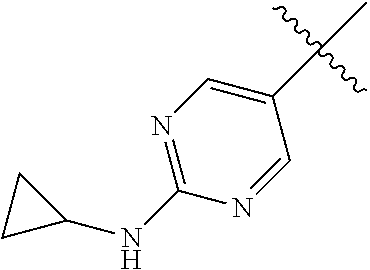
C00902

C00903

C00904
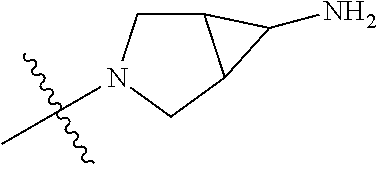
C00905

C00906

C00907

C00908
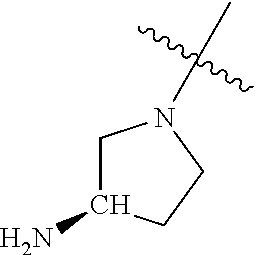
C00909
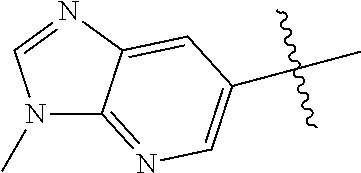
C00910

C00911

C00912

C00913

C00914

C00915
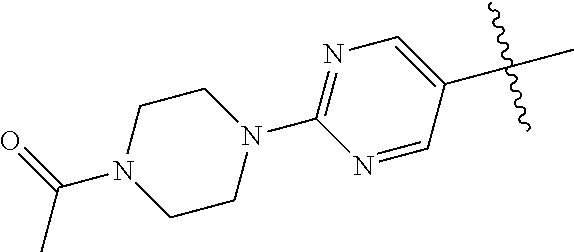
C00916
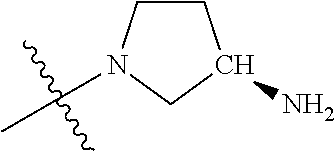
C00917

C00918
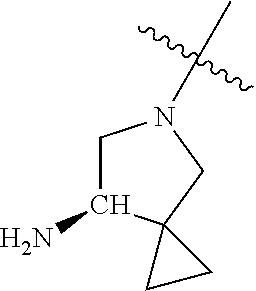
C00919
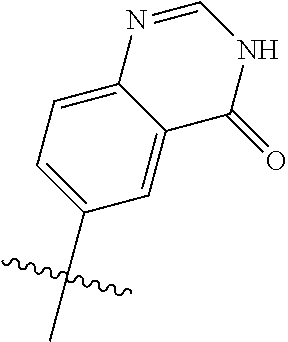
C00920

C00921

C00922

C00923

C00924

C00925

C00926
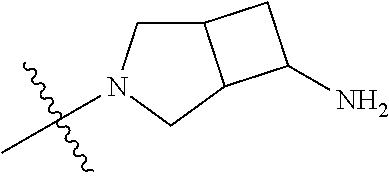
C00927

C00928
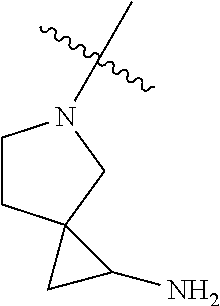
C00929
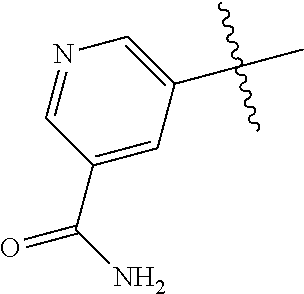
C00930

C00931

C00932
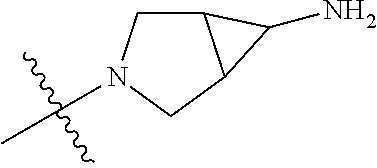
C00933
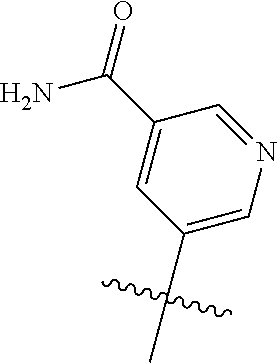
C00934

C00935

C00936
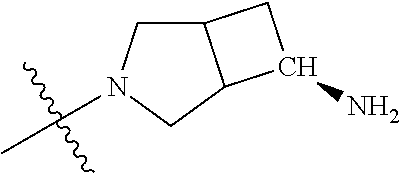
C00937
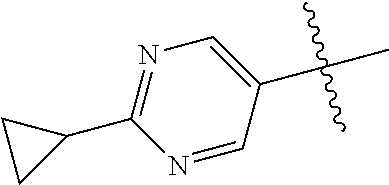
C00938

C00939

C00940
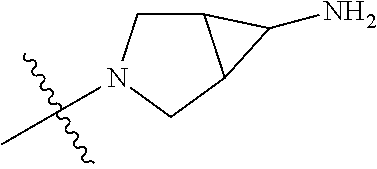
C00941

C00942

C00943

C00944
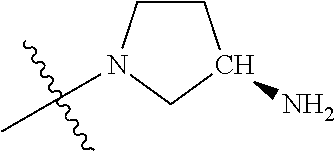
C00945
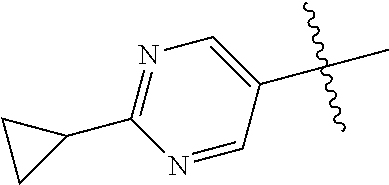
C00946
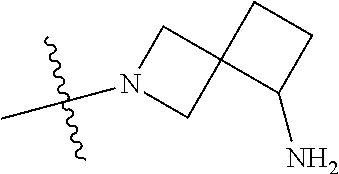
C00947
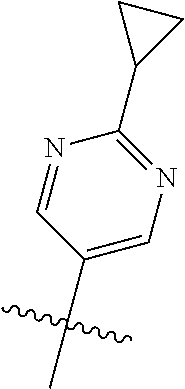
C00948
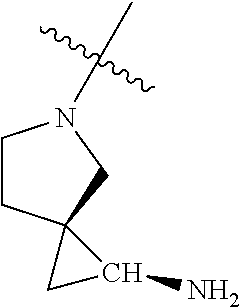
C00949
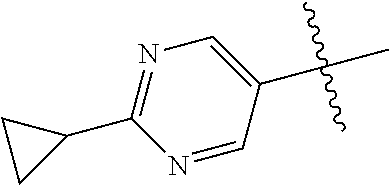
C00950

C00951
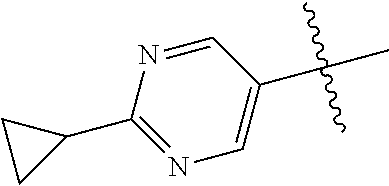
C00952

C00953

C00954
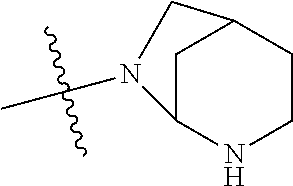
C00955
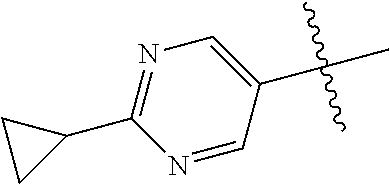
C00956
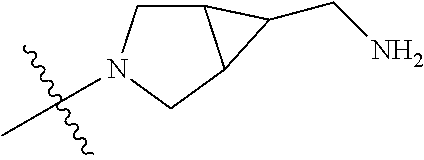
C00957

C00958
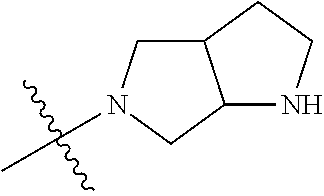
C00959

C00960

C00961
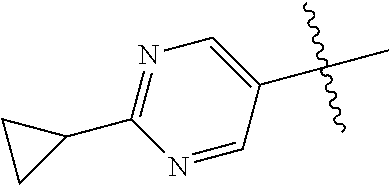
C00962

C00963
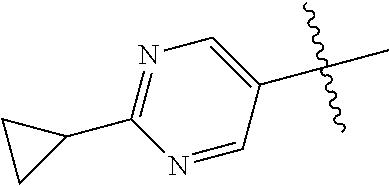
C00964
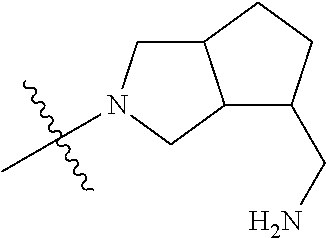
C00965

C00966

C00967

C00968

C00969

C00970

C00971

C00972
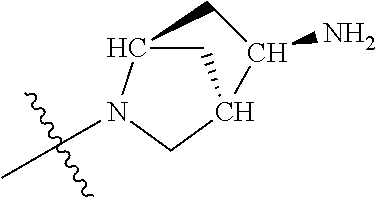
C00973
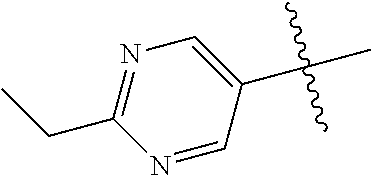
C00974

C00975

C00976

C00977
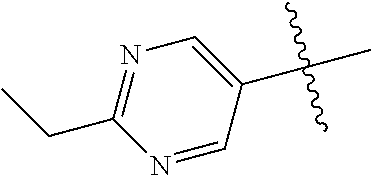
C00978
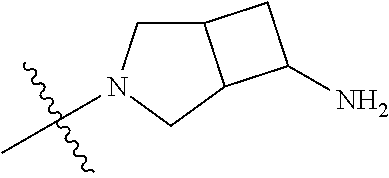
C00979
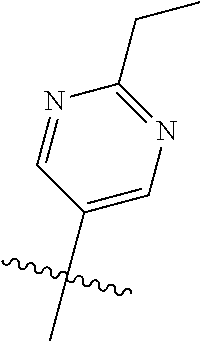
C00980

C00981

C00982

C00983

C00984

C00985

C00986
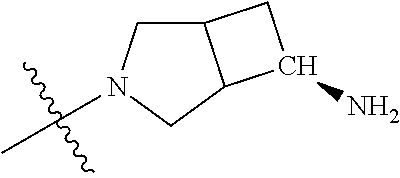
C00987

C00988
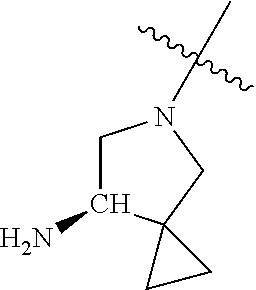
C00989

C00990
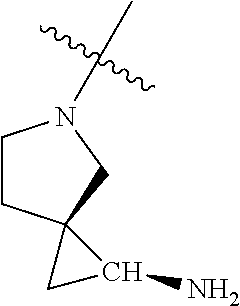
C00991

C00992

C00993
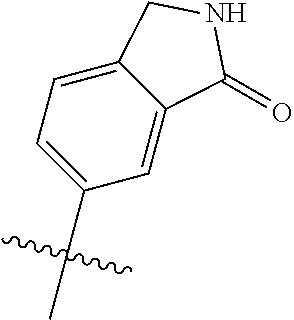
C00994

C00995
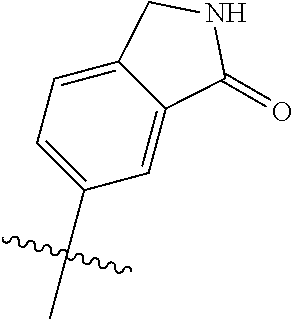
C00996

C00997
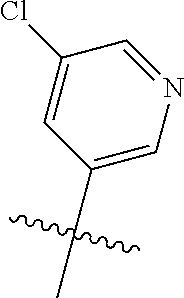
C00998

C00999

C01000

C01001

C01002

C01003

C01004

C01005
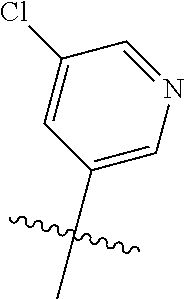
C01006
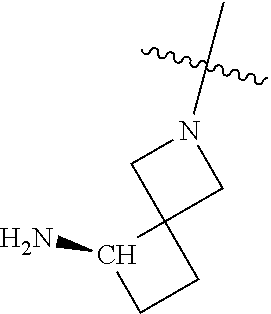
C01007
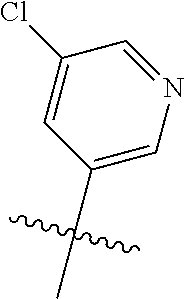
C01008

C01009
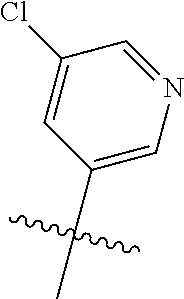
C01010

C01011

C01012

C01013
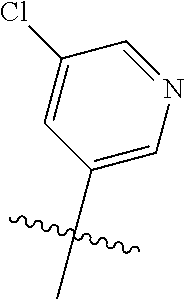
C01014

C01015
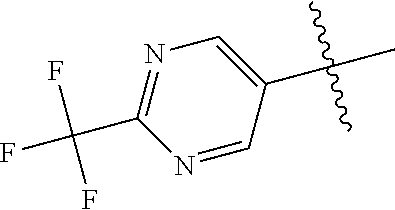
C01016
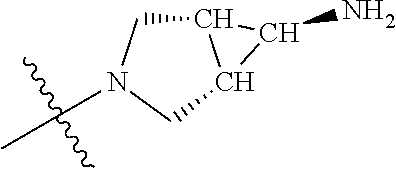
C01017

C01018
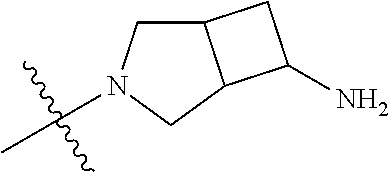
C01019

C01020

C01021
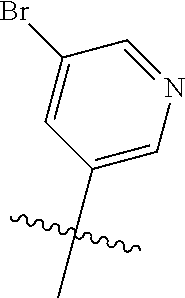
C01022

C01023

C01024

C01025

C01026
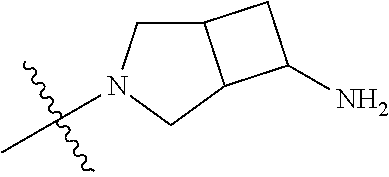
C01027

C01028

C01029
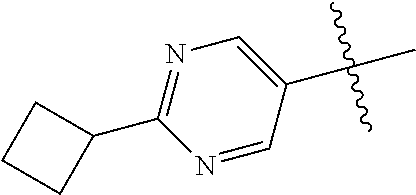
C01030
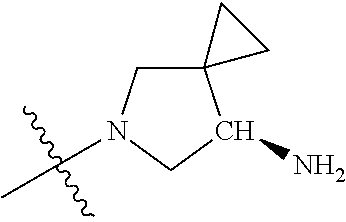
C01031

C01032

C01033

C01034

C01035
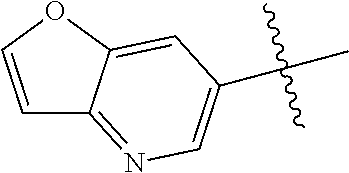
C01036

C01037
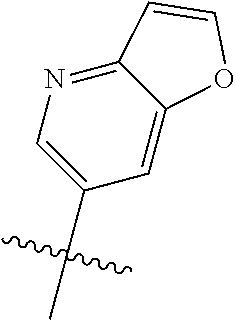
C01038
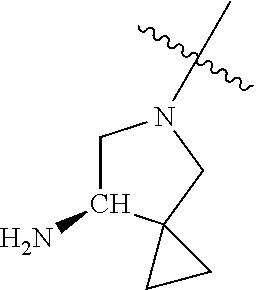
C01039

C01040
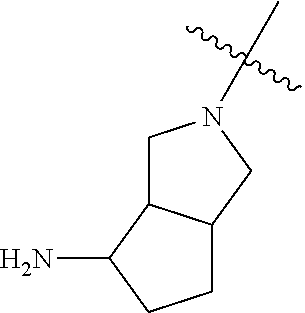
C01041
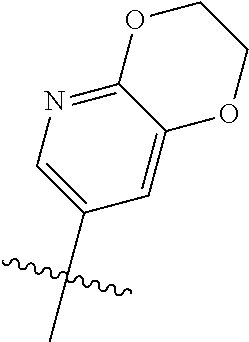
C01042
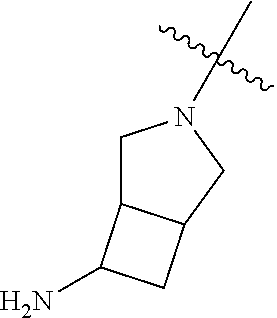
C01043
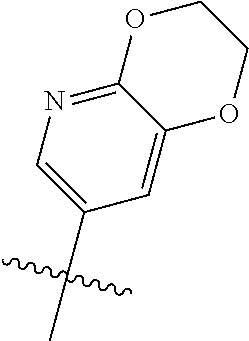
C01044

C01045

C01046
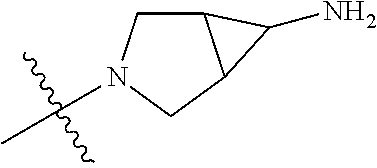
C01047
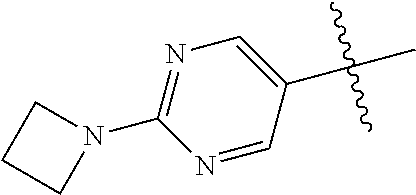
C01048

C01049
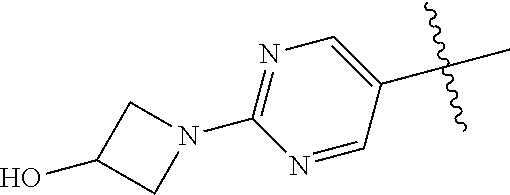
C01050

C01051

C01052
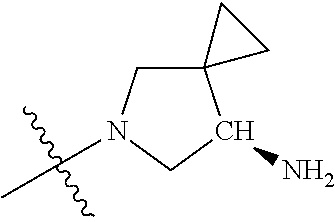
C01053

C01054
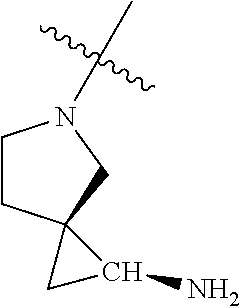
C01055
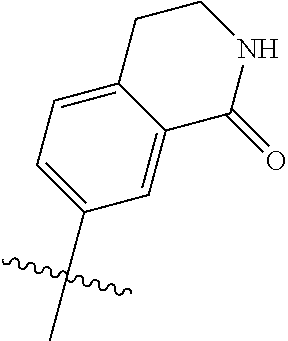
C01056
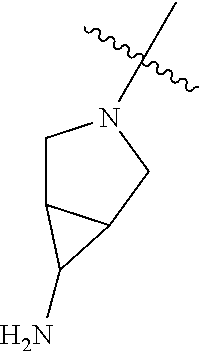
C01057

C01058
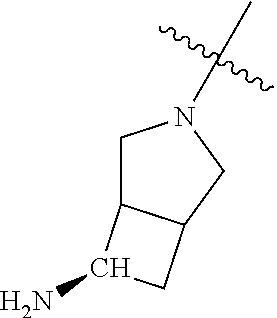
C01059
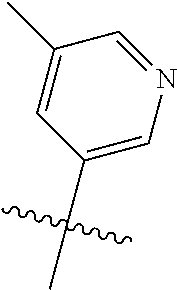
C01060
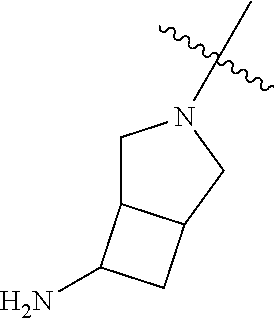
C01061
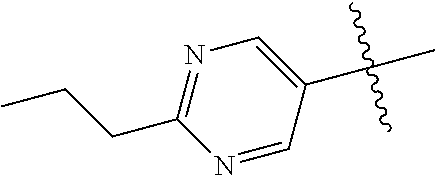
C01062

C01063

C01064
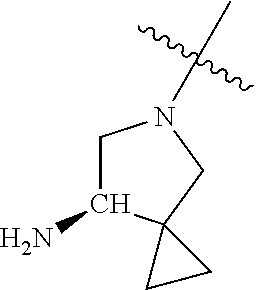
C01065

C01066

C01067

C01068
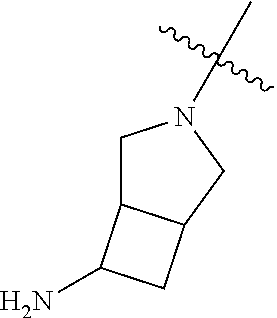
C01069

C01070

C01071

C01072

C01073
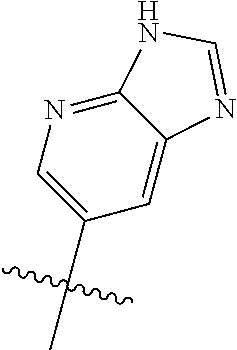
C01074

C01075

C01076

C01077
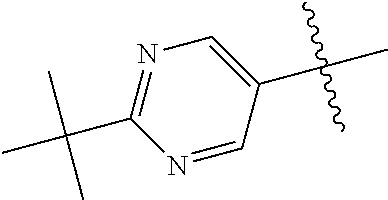
C01078
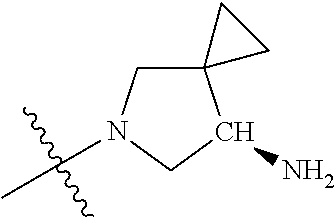
C01079

C01080

C01081
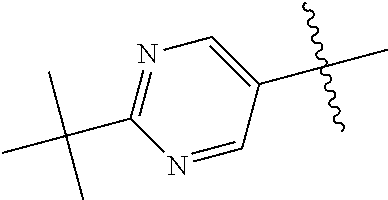
C01082
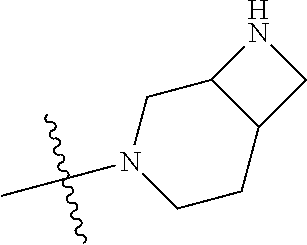
C01083

C01084
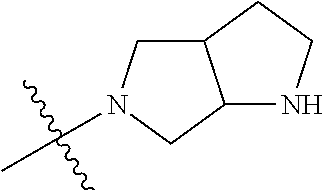
C01085

C01086
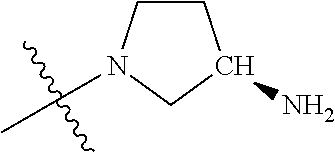
C01087

C01088

C01089

C01090

C01091

C01092

C01093

C01094

C01095

C01096
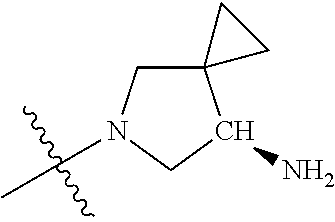
C01097

C01098
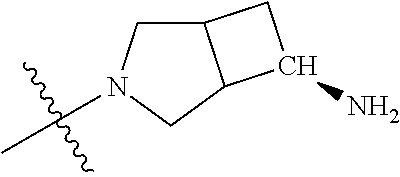
C01099
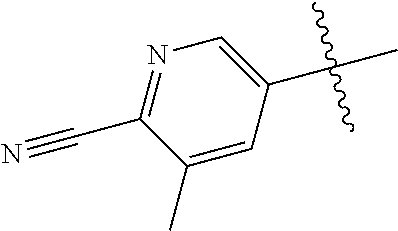
C01100

C01101

C01102

C01103
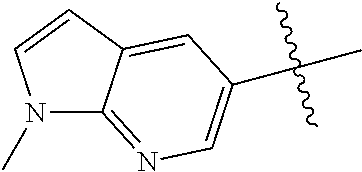
C01104
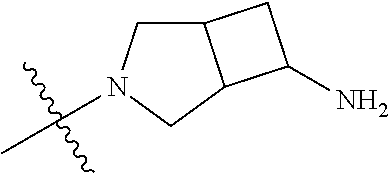
C01105

C01106
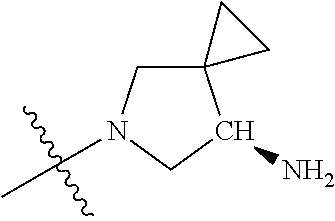
C01107

C01108

C01109
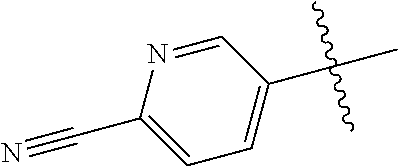
C01110
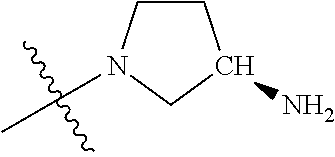
C01111
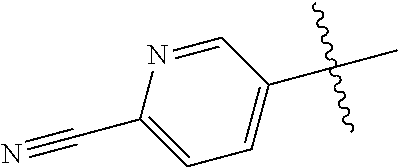
C01112

C01113

C01114
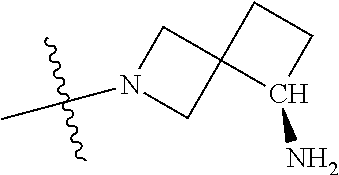
C01115
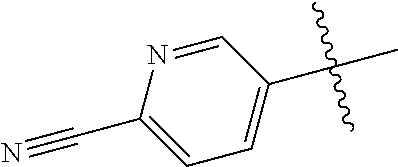
C01116

C01117
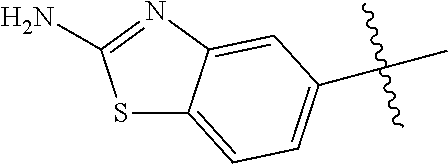
C01118

C01119

C01120

C01121

C01122

C01123

C01124

C01125

C01126

C01127
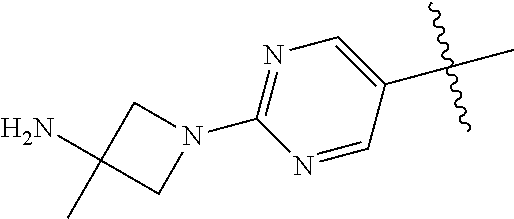
C01128

C01129

C01130
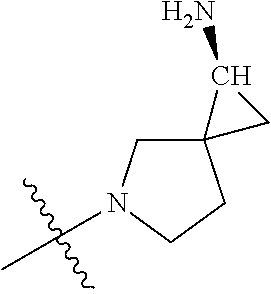
C01131
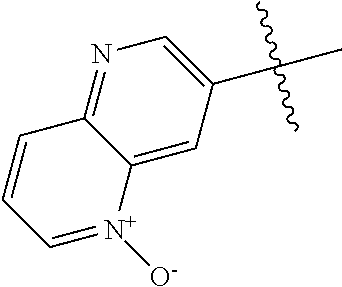
C01132

C01133
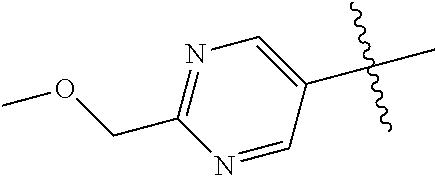
C01134

C01135

C01136

C01137
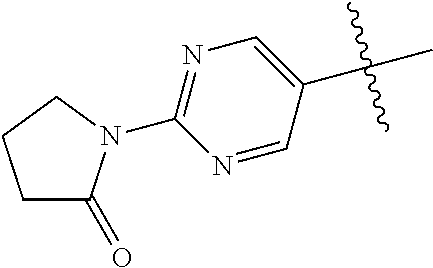
C01138
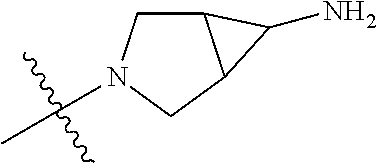
C01139
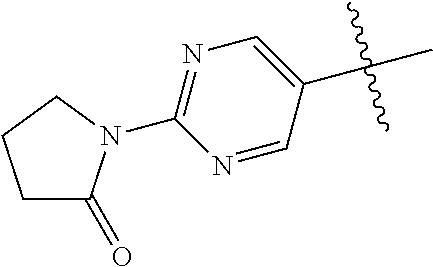
C01140
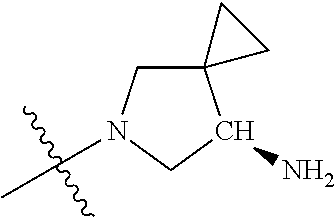
C01141

C01142

C01143

C01144
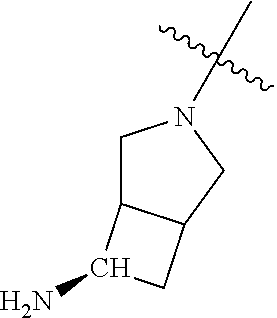
C01145

C01146
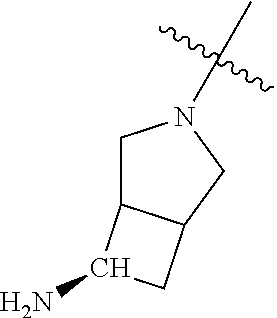
C01147

C01148

C01149

C01150

C01151
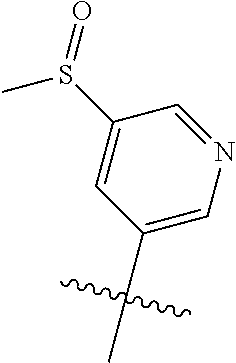
C01152

C01153
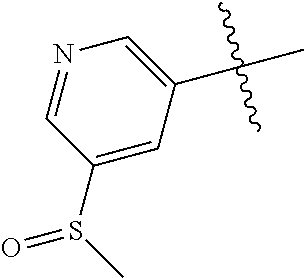
C01154

C01155

C01156

C01157
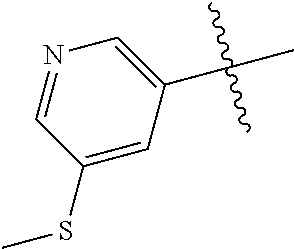
C01158
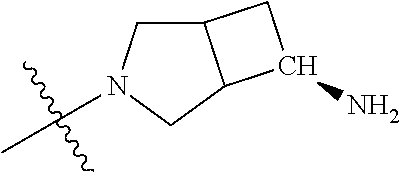
C01159

C01160

C01161

C01162

C01163
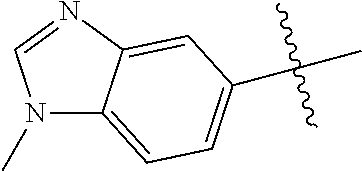
C01164
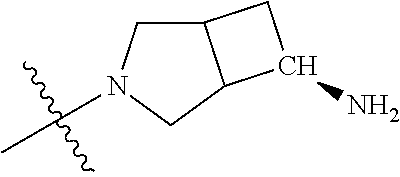
C01165
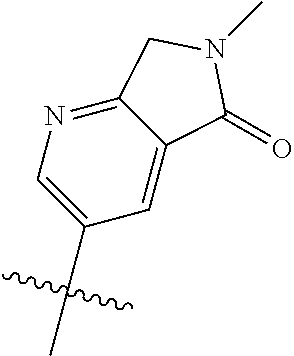
C01166

C01167
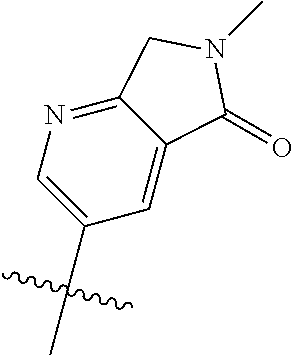
C01168
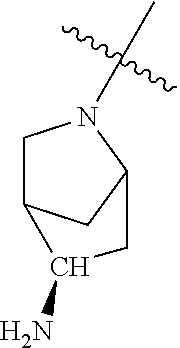
C01169
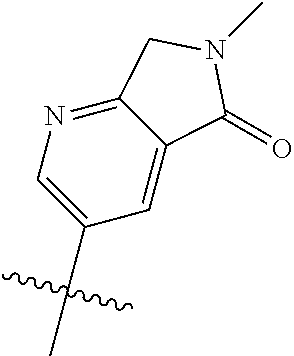
C01170
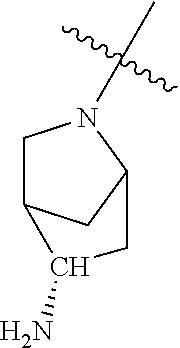
C01171
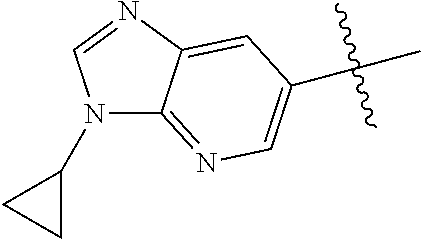
C01172
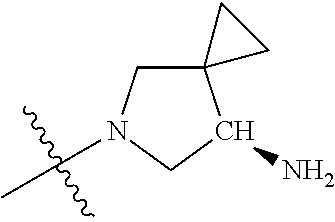
C01173
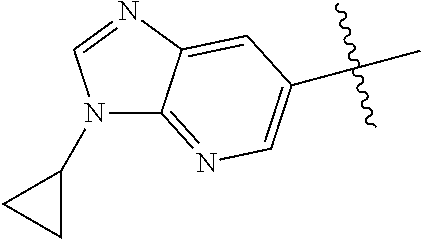
C01174

C01175
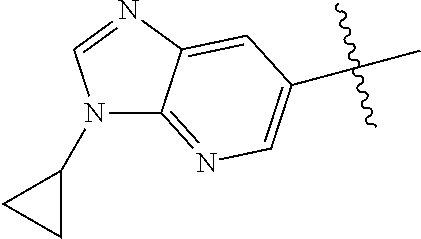
C01176
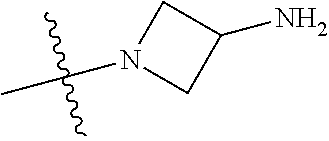
C01177

C01178
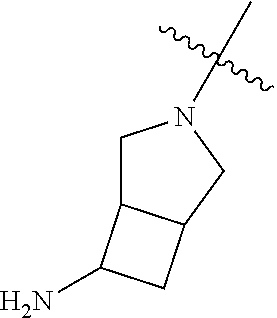
C01179
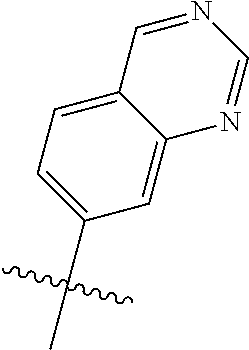
C01180

C01181
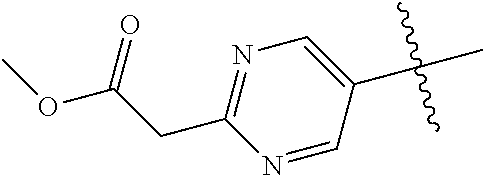
C01182

C01183
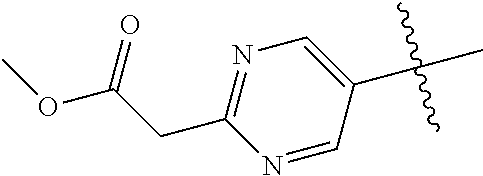
C01184
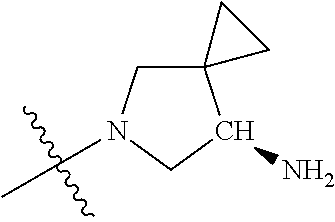
C01185

C01186

C01187

C01188
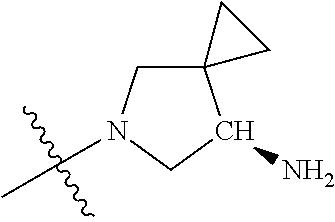
C01189

C01190
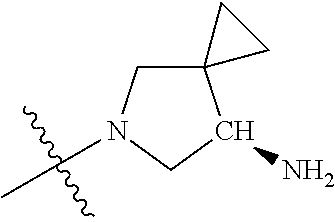
C01191

C01192

C01193

C01194
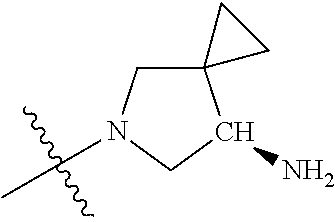
C01195

C01196

C01197

C01198
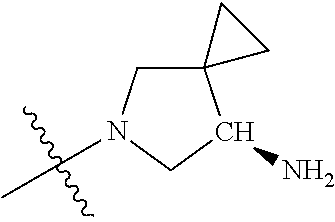
C01199

C01200

C01201

C01202
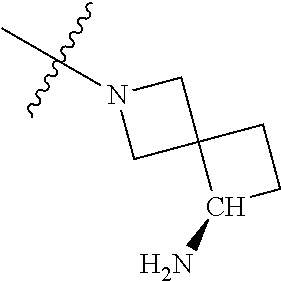
C01203

C01204
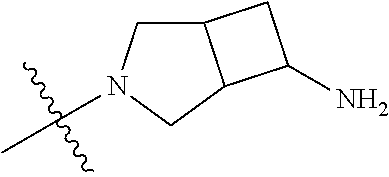
C01205

C01206

C01207
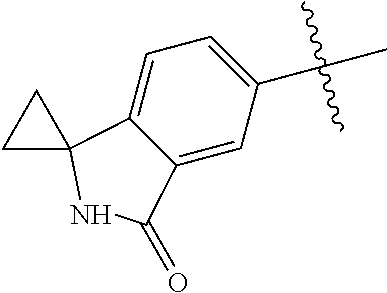
C01208

C01209

C01210

C01211
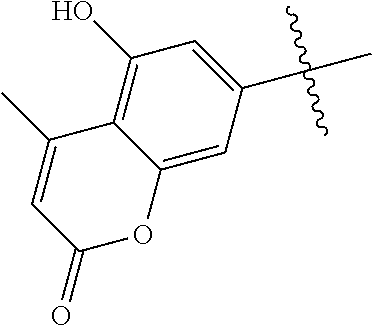
C01212

C01213
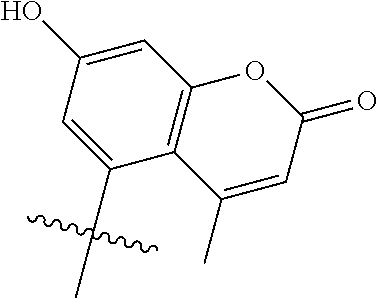
C01214

C01215
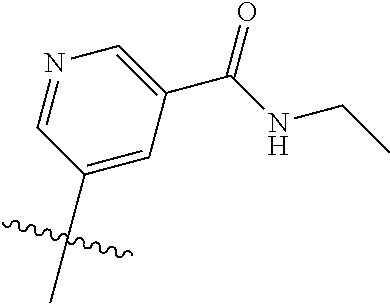
C01216

C01217
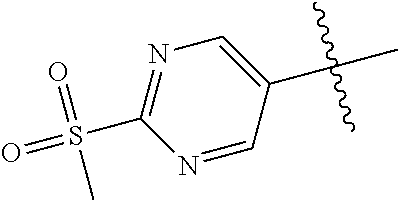
C01218

C01219

C01220

C01221
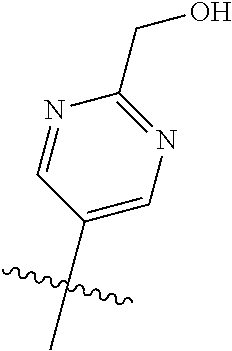
C01222
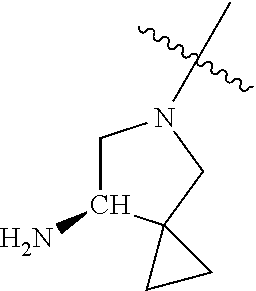
C01223
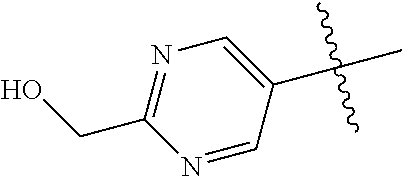
C01224
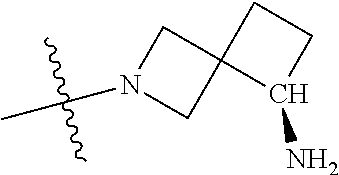
C01225

C01226

C01227
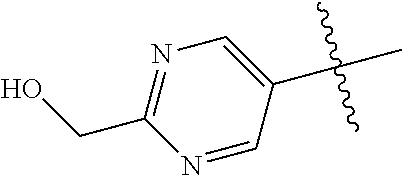
C01228

C01229
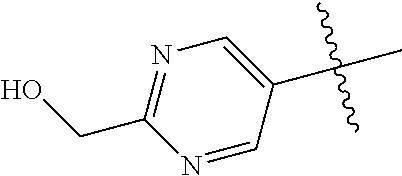
C01230

C01231

C01232

C01233

C01234

C01235
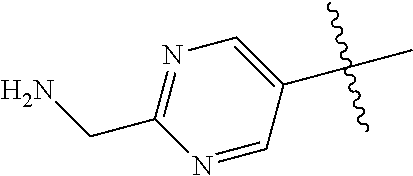
C01236
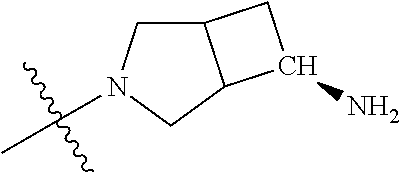
C01237
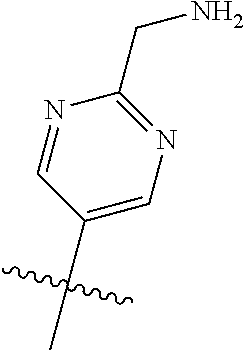
C01238
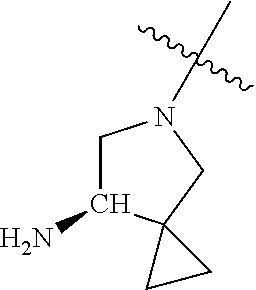
C01239
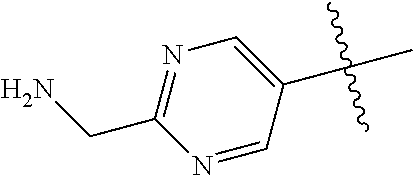
C01240
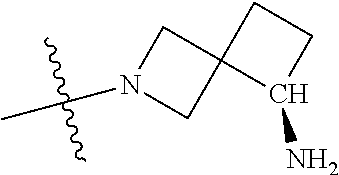
C01241
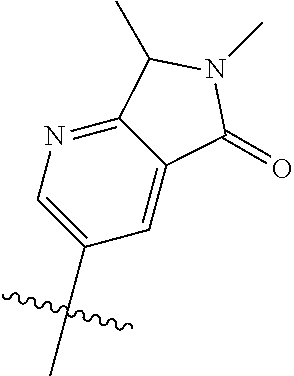
C01242

C01243

C01244
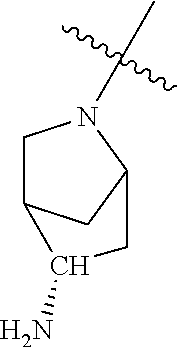
C01245

C01246

C01247
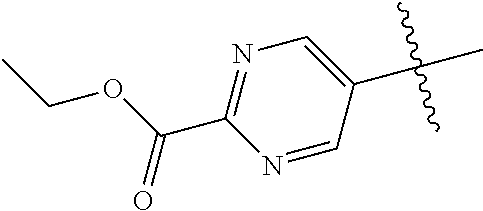
C01248

C01249

C01250
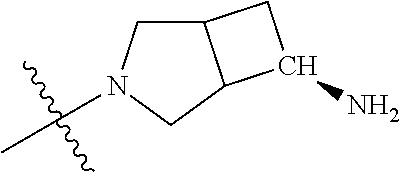
C01251

C01252
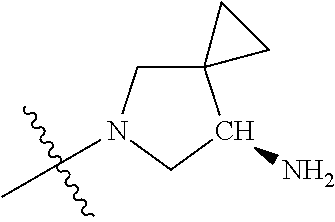
C01253

C01254

C01255

C01256

C01257

C01258

C01259

C01260

C01261

C01262

C01263
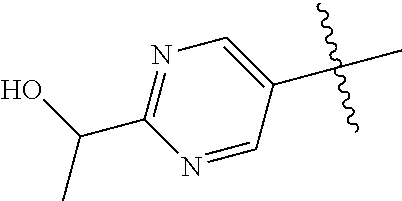
C01264

C01265

C01266
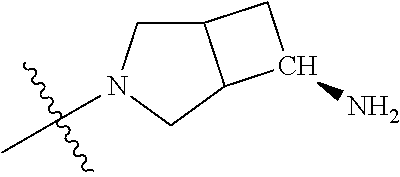
C01267

C01268

C01269

C01270
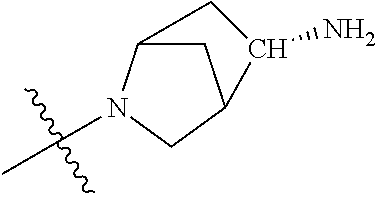
C01271

C01272
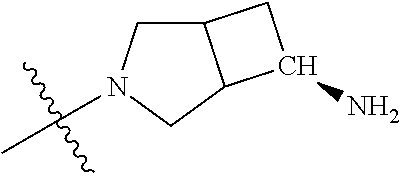
C01273

C01274
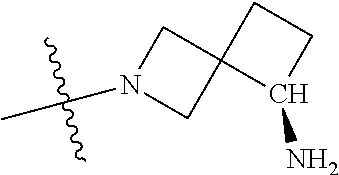
C01275

C01276
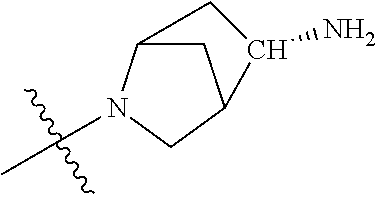
C01277
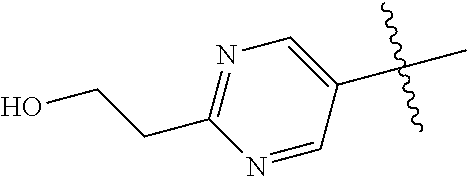
C01278
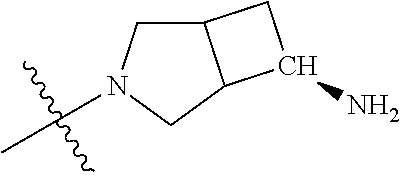
C01279

C01280

C01281

C01282

C01283
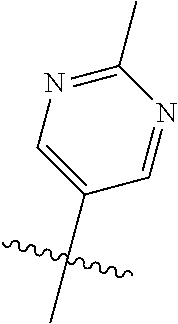
C01284

C01285
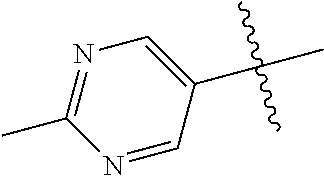
C01286

C01287

C01288

C01289

C01290

C01291

C01292
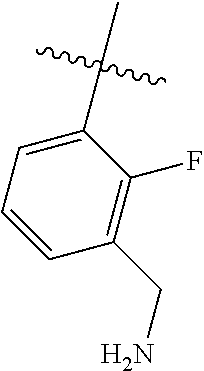
C01293

C01294

C01295
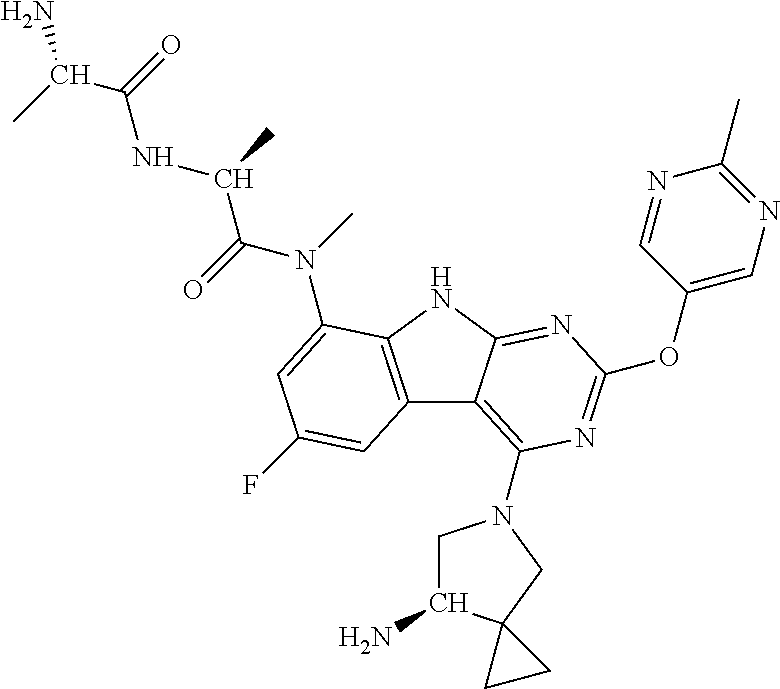
C01296

C01297

C01298
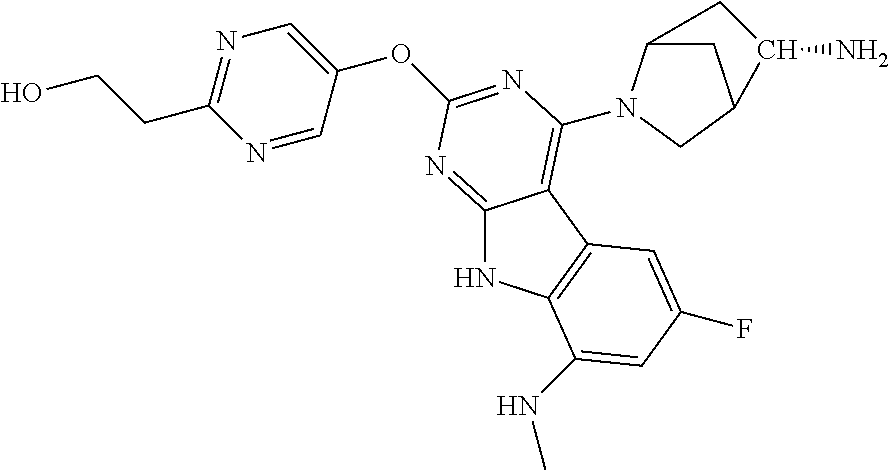
C01299

C01300

C01301
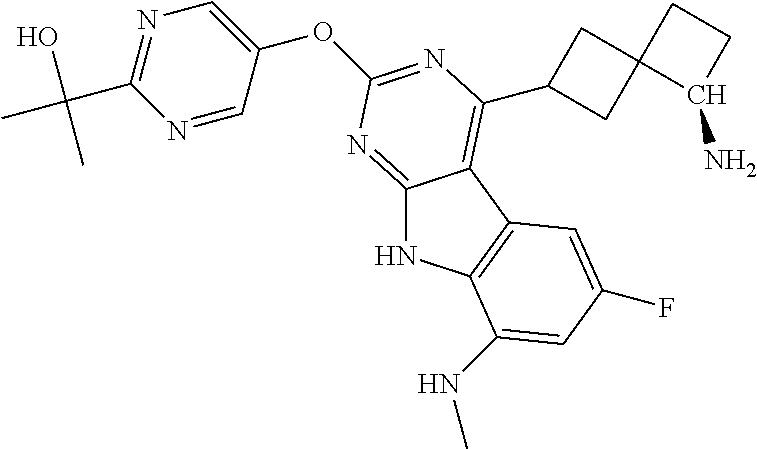
C01302
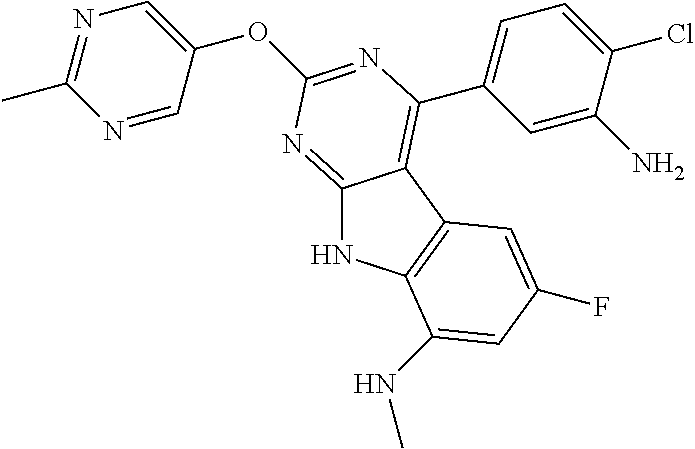
C01303

C01304
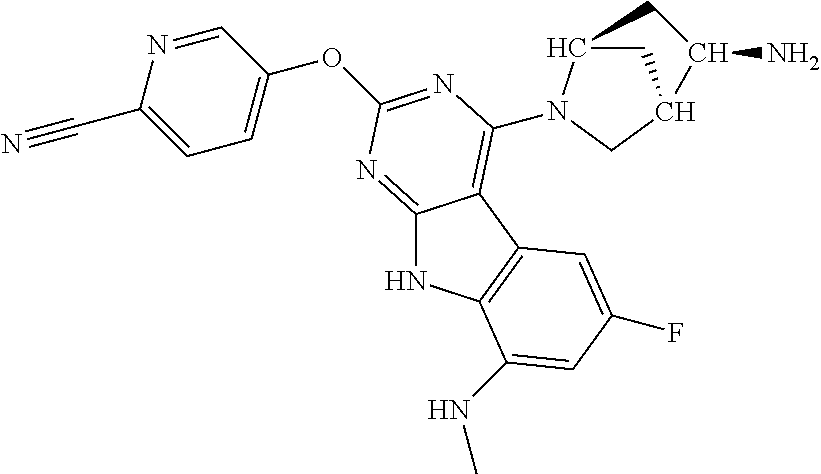
C01305

C01306
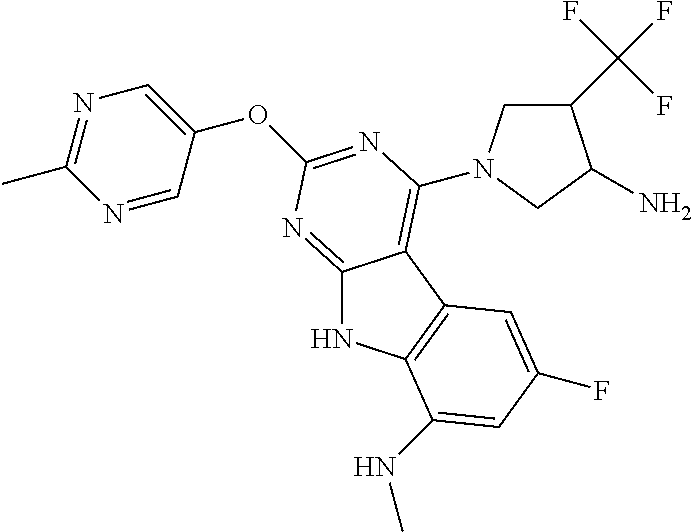
C01307

C01308

C01309

C01310
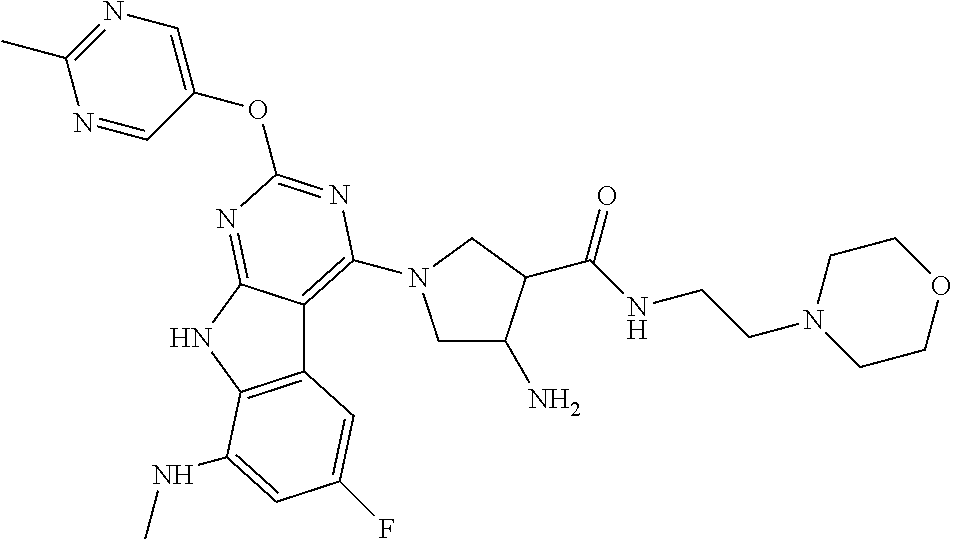
C01311

C01312
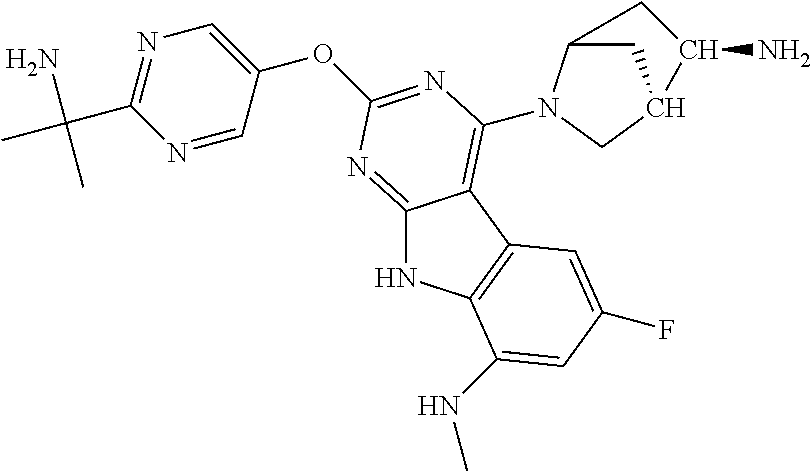
C01313

C01314

C01315
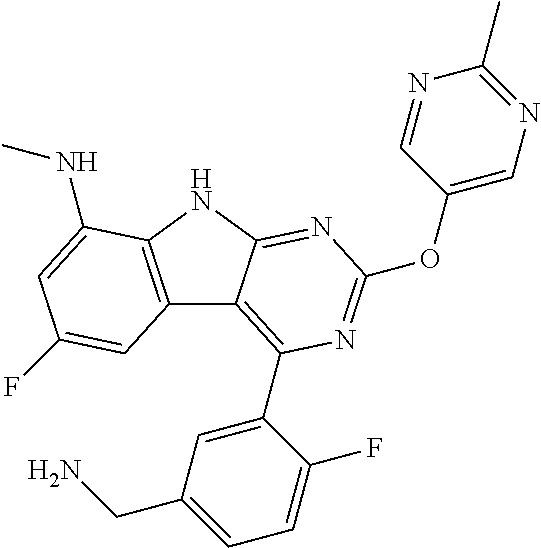
C01316
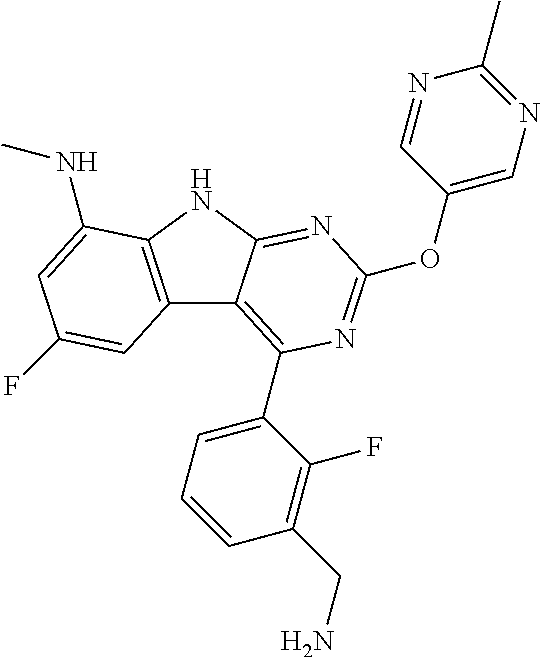
C01317
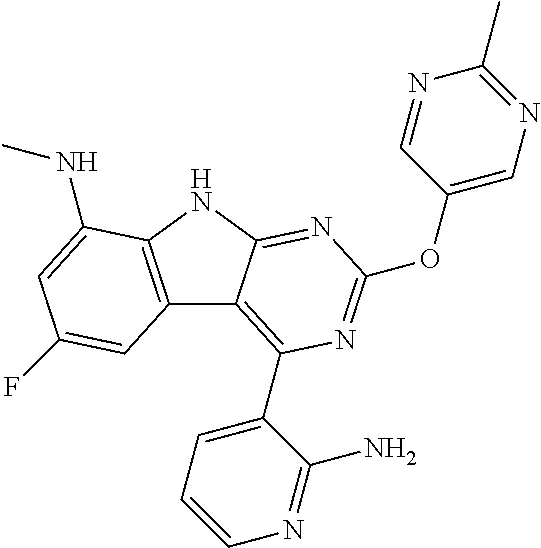
C01318
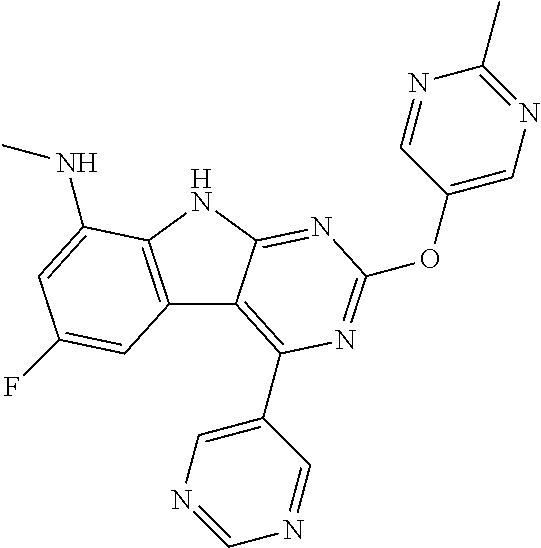
C01319
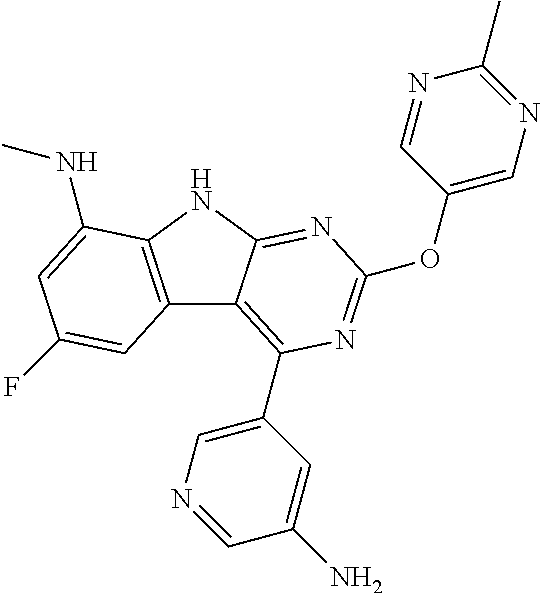
C01320
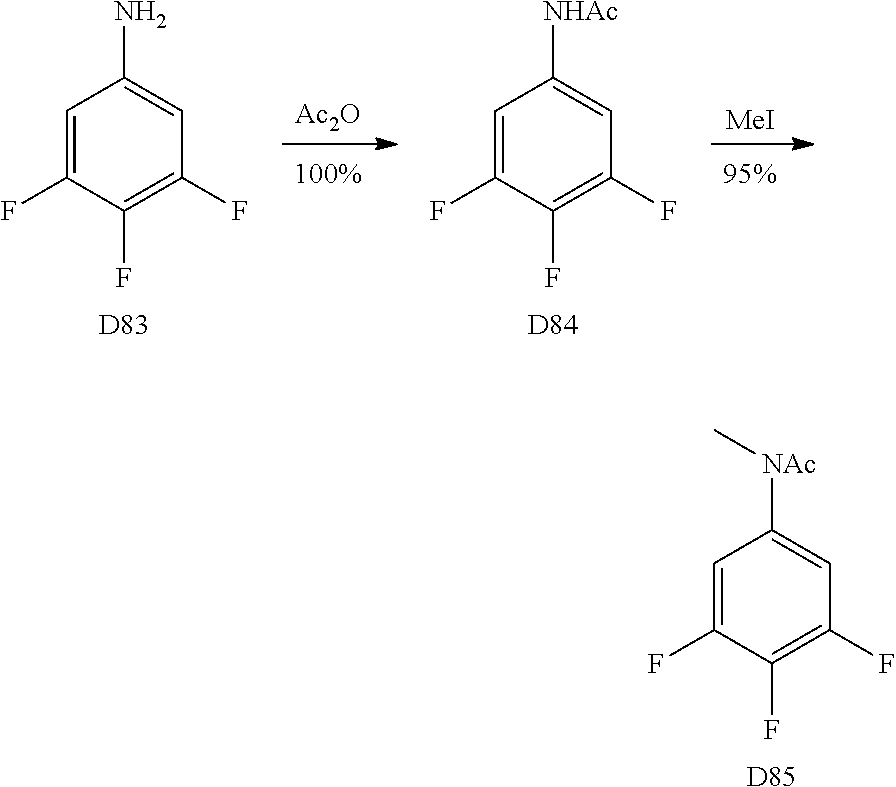
C01321
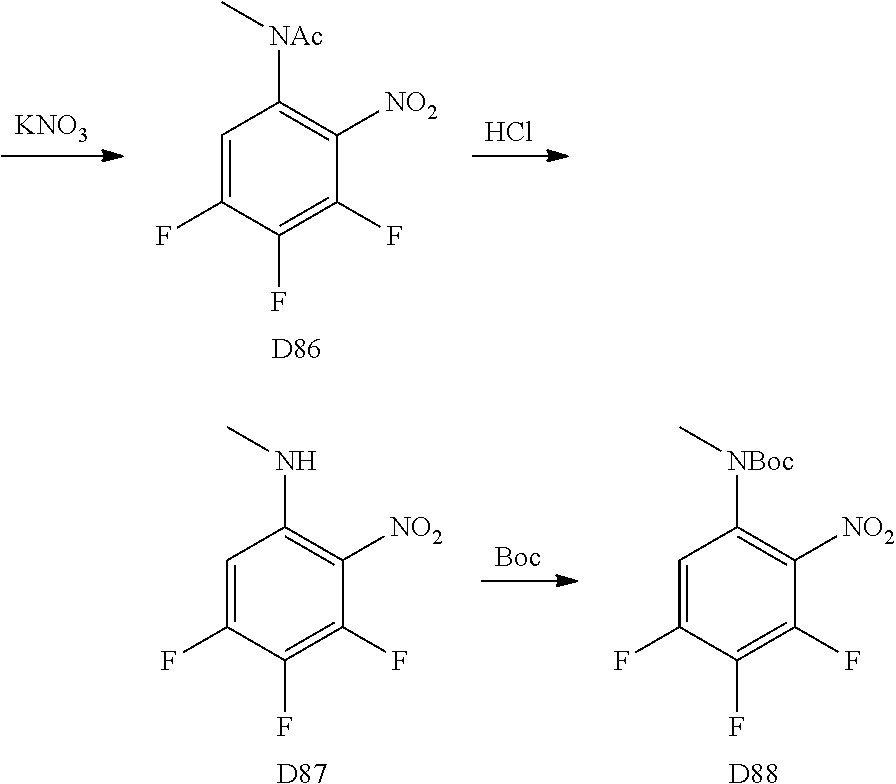
C01322
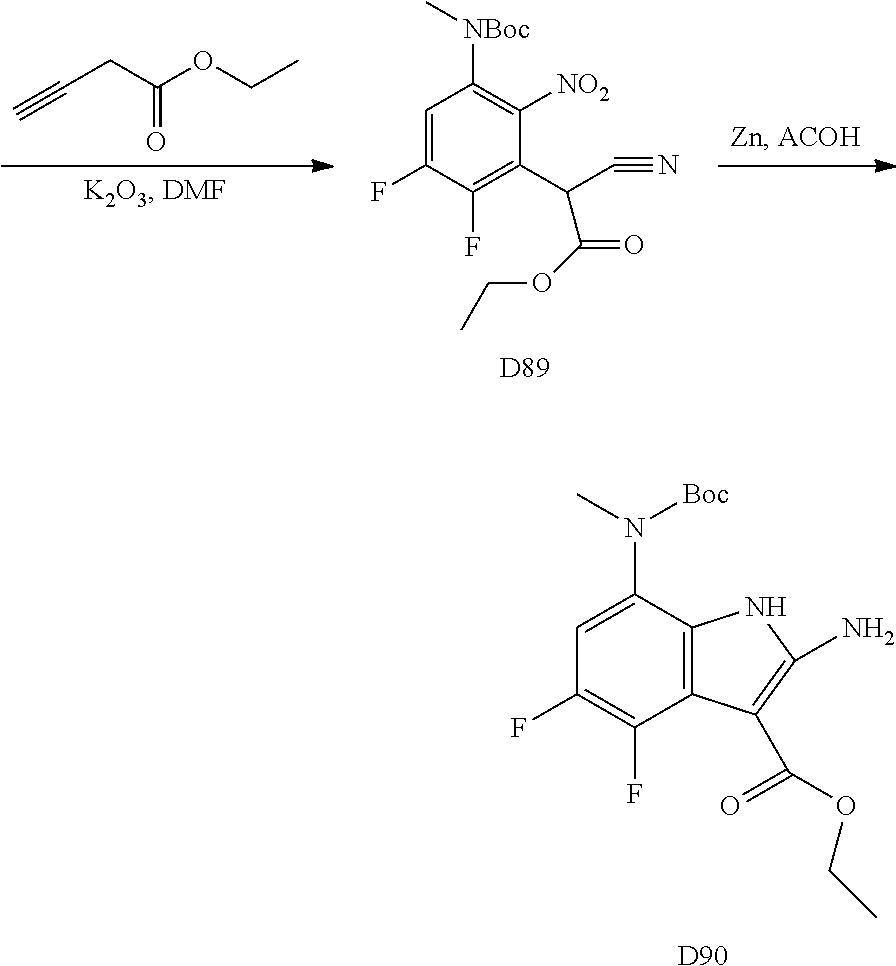
C01323

C01324

C01325

C01326
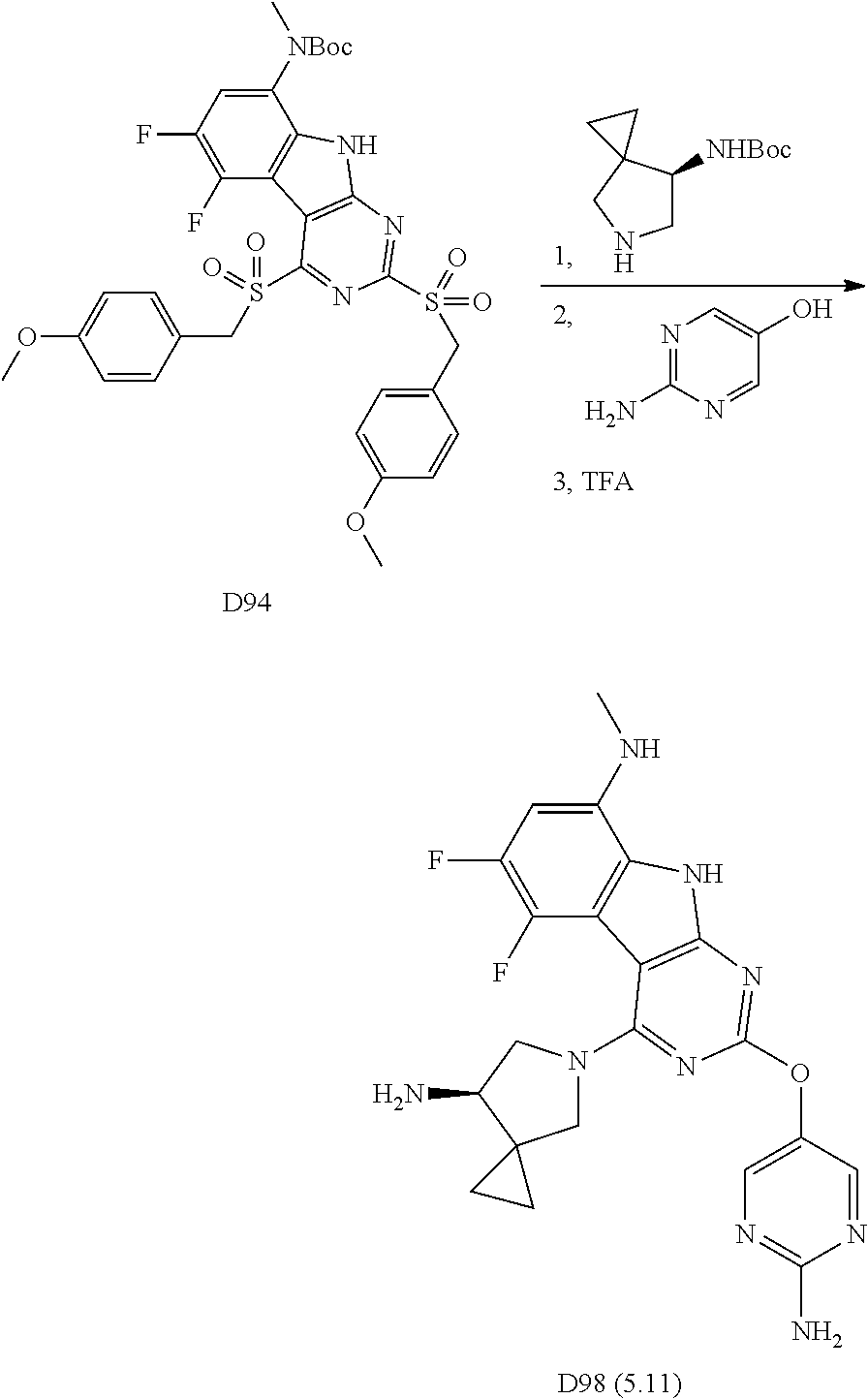
C01327
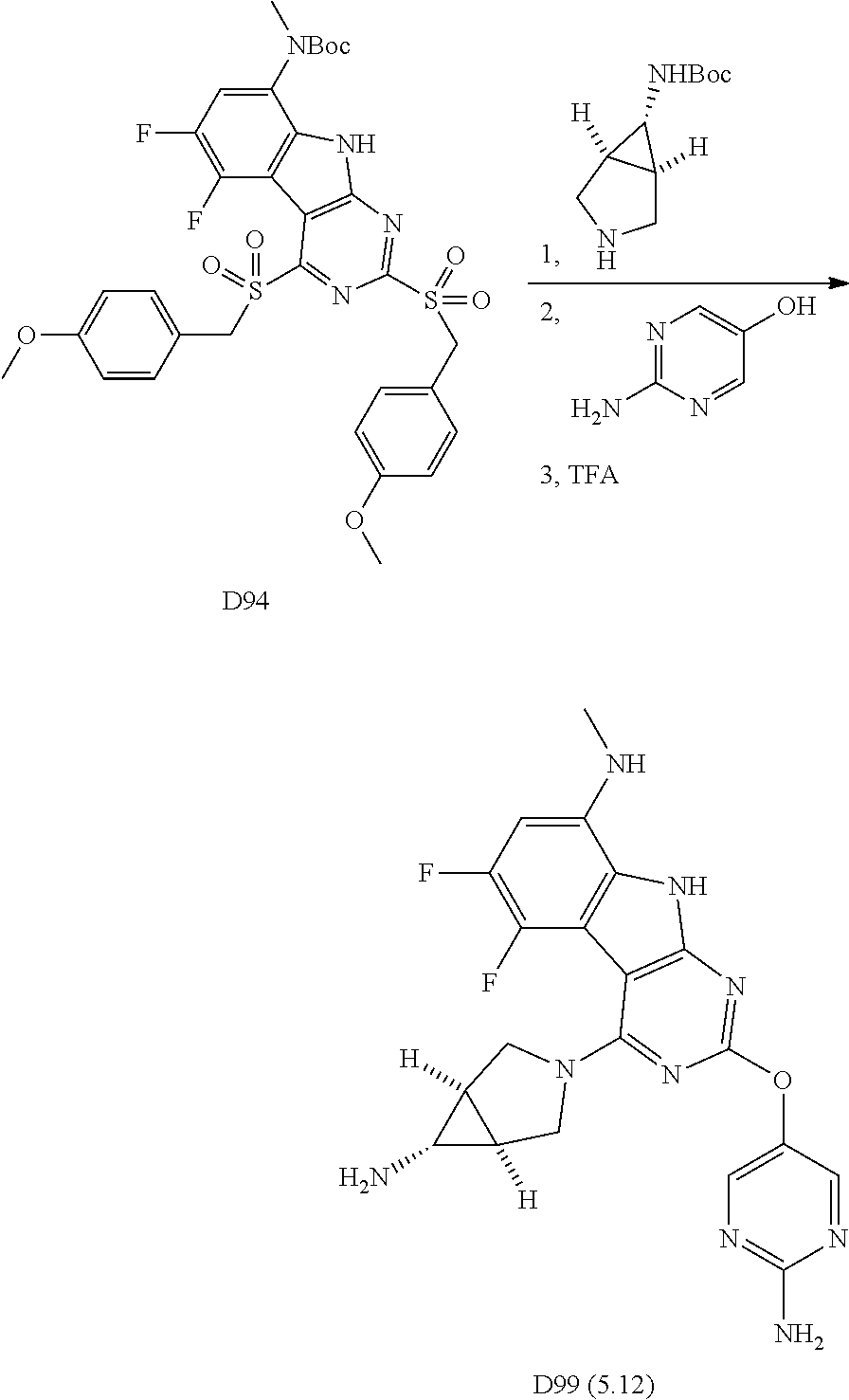
C01328

C01329

C01330
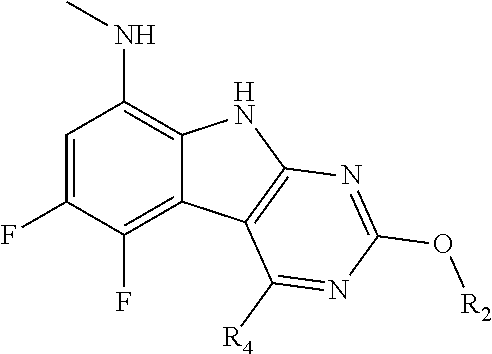
C01331

C01332

C01333
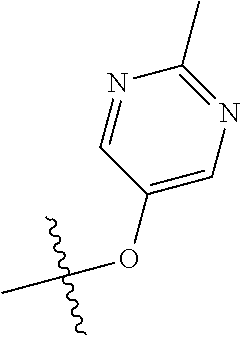
C01334

C01335

C01336
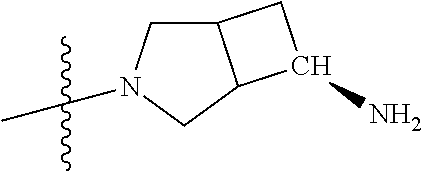
C01337

C01338

C01339
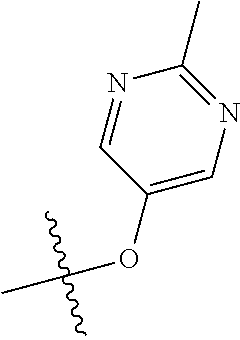
C01340
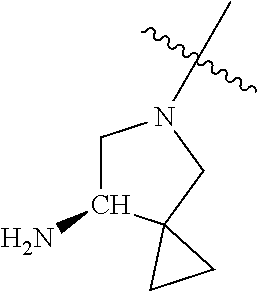
C01341

C01342

C01343
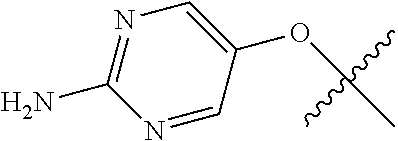
C01344

C01345

C01346
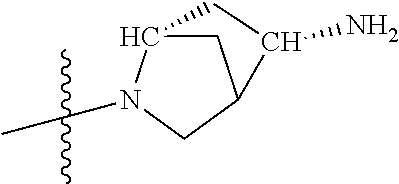
C01347

C01348

C01349
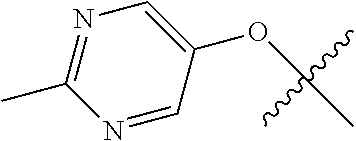
C01350

C01351

C01352
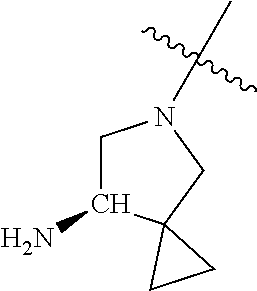
C01353

C01354

C01355

C01356
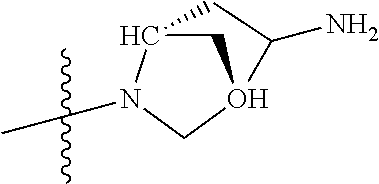
C01357
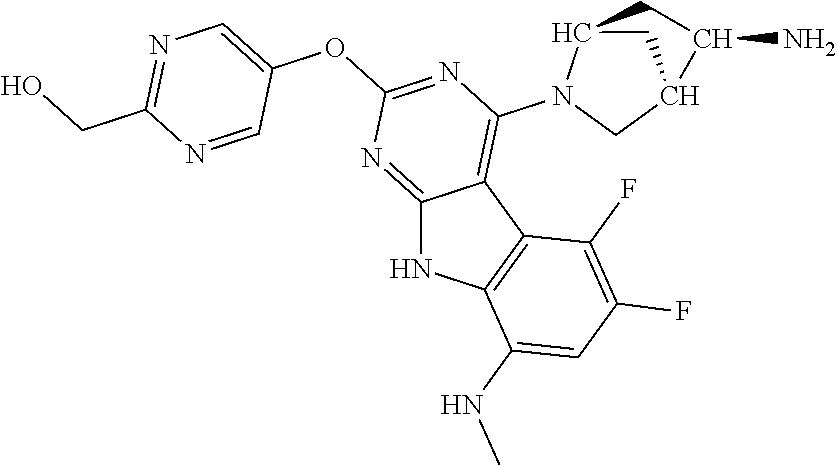
C01358
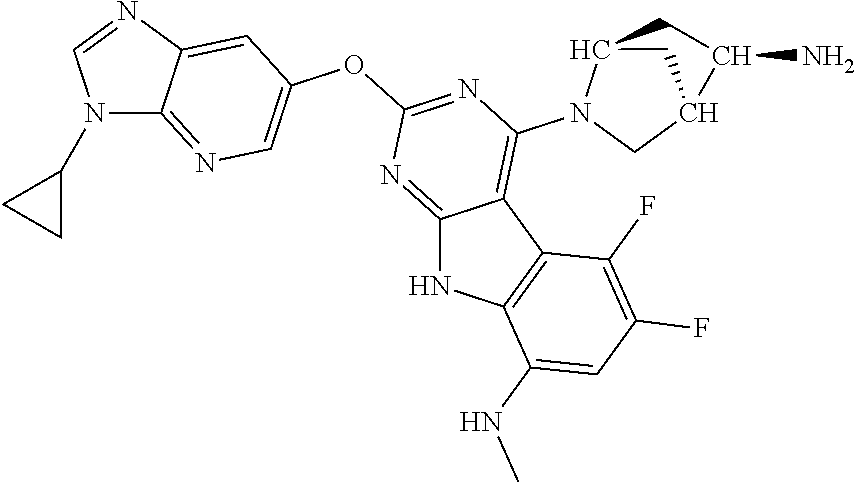
C01359

C01360
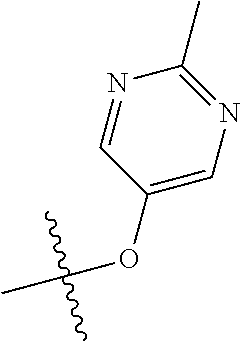
C01361

C01362

C01363

C01364
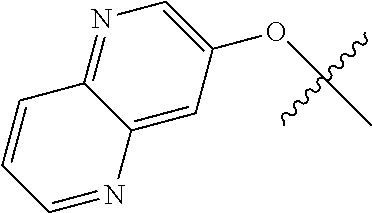
C01365

C01366

C01367

C01368
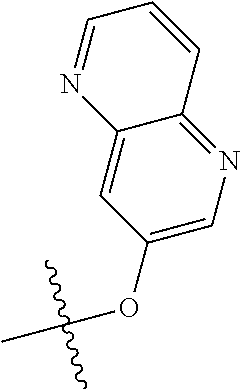
C01369
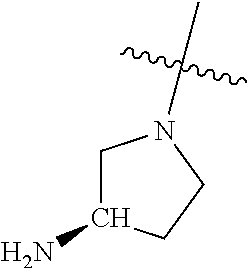
C01370
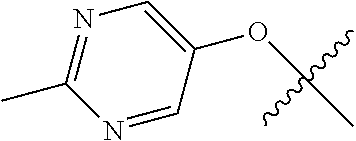
C01371
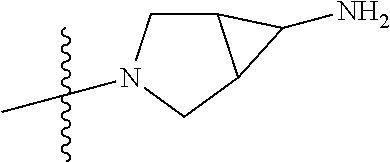
C01372

C01373
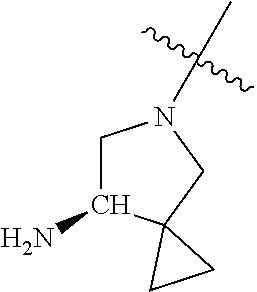
C01374
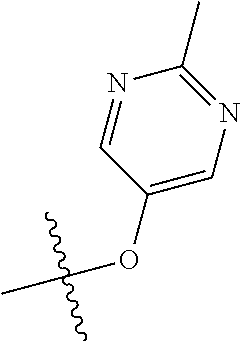
C01375
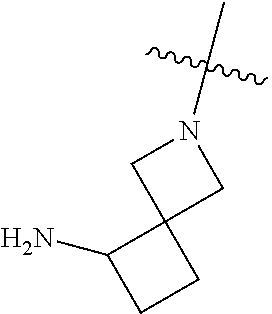
C01376
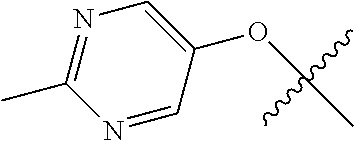
C01377
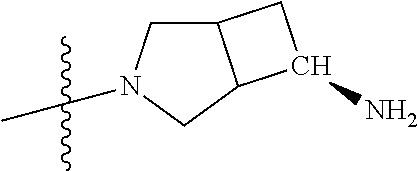
C01378

C01379

C01380
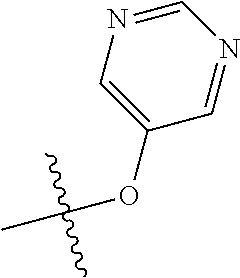
C01381
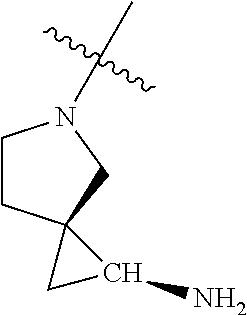
C01382
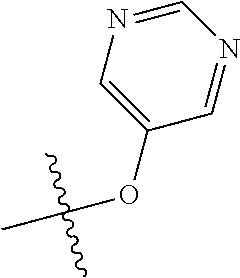
C01383
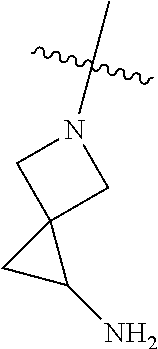
C01384

C01385

C01386
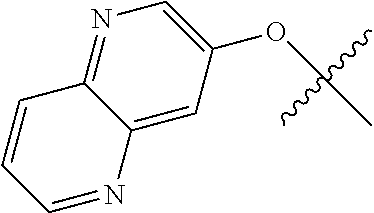
C01387

C01388
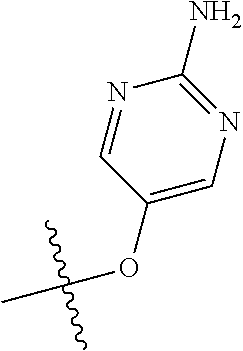
C01389

C01390
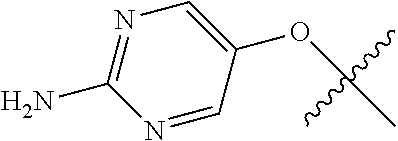
C01391
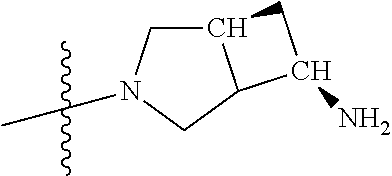
C01392
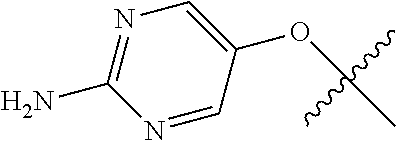
C01393

C01394

C01395

C01396

C01397

C01398
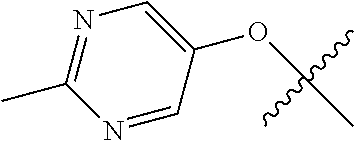
C01399
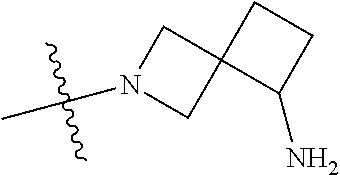
C01400

C01401
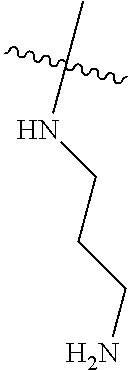
C01402

C01403

C01404

C01405
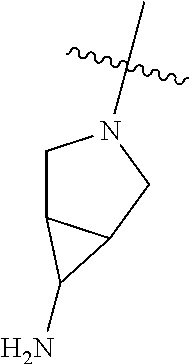
C01406

C01407

C01408

C01409

C01410
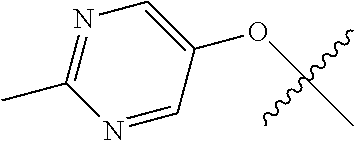
C01411
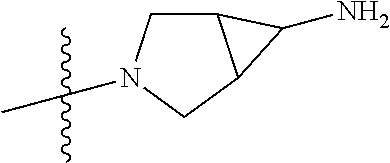
C01412
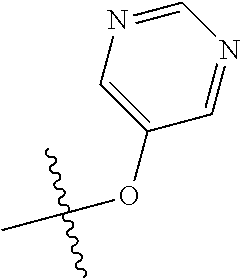
C01413
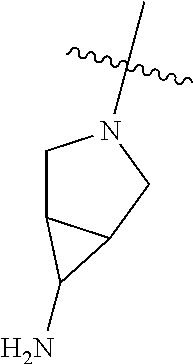
C01414
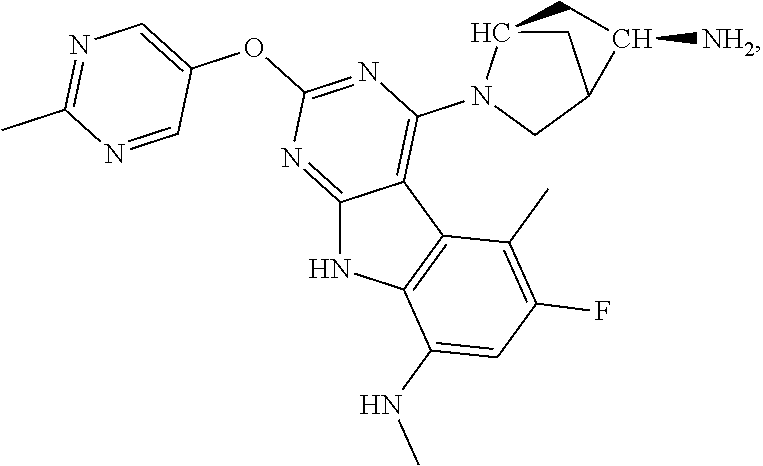
C01415
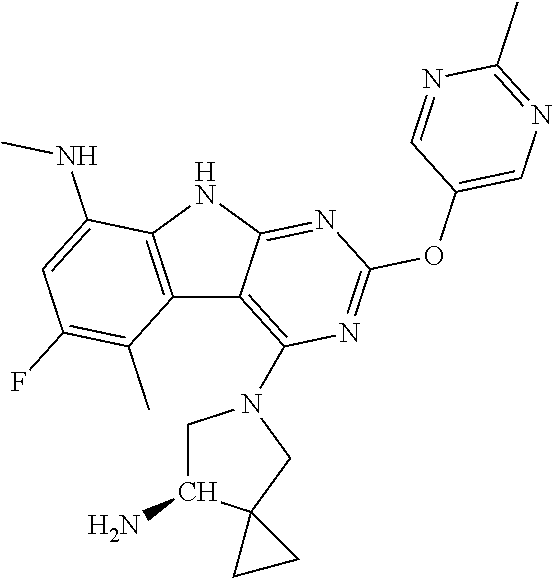
C01416
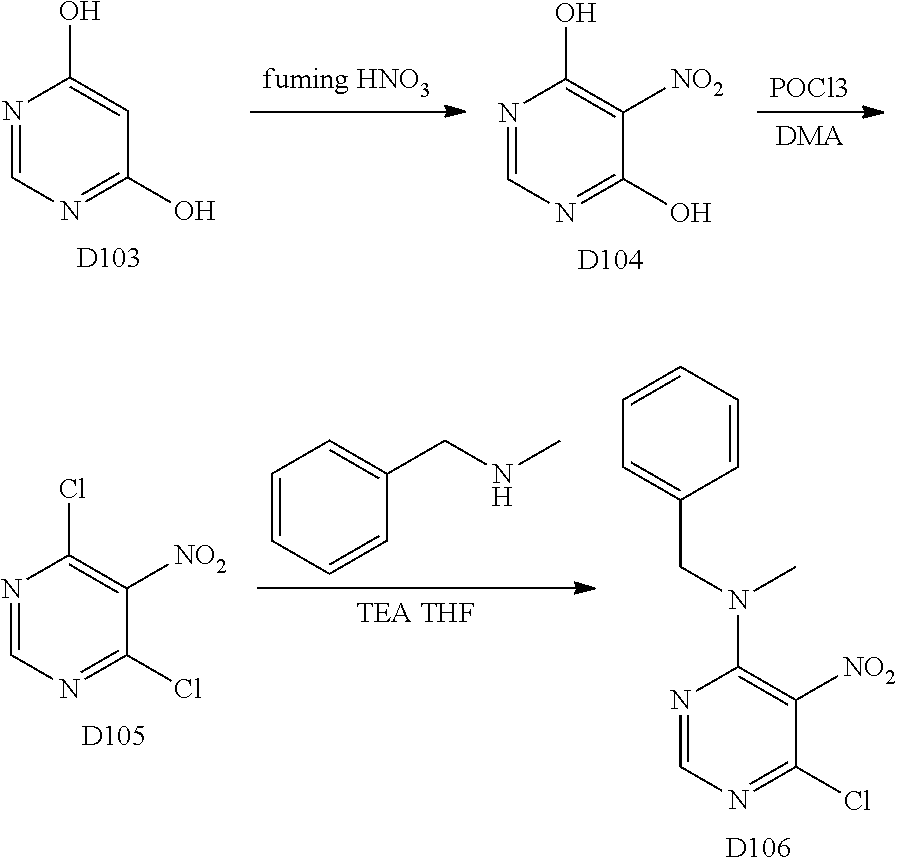
C01417
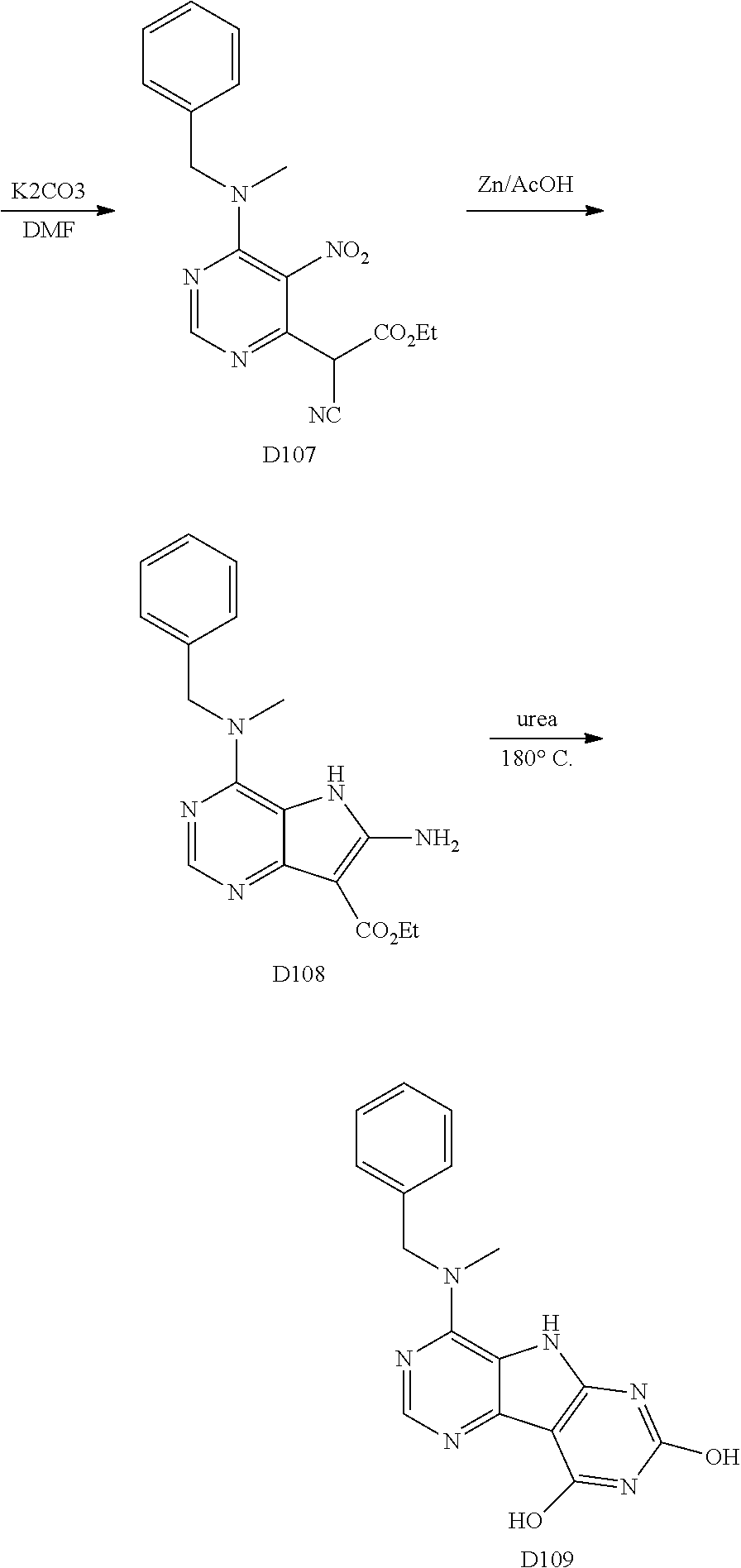
C01418

C01419
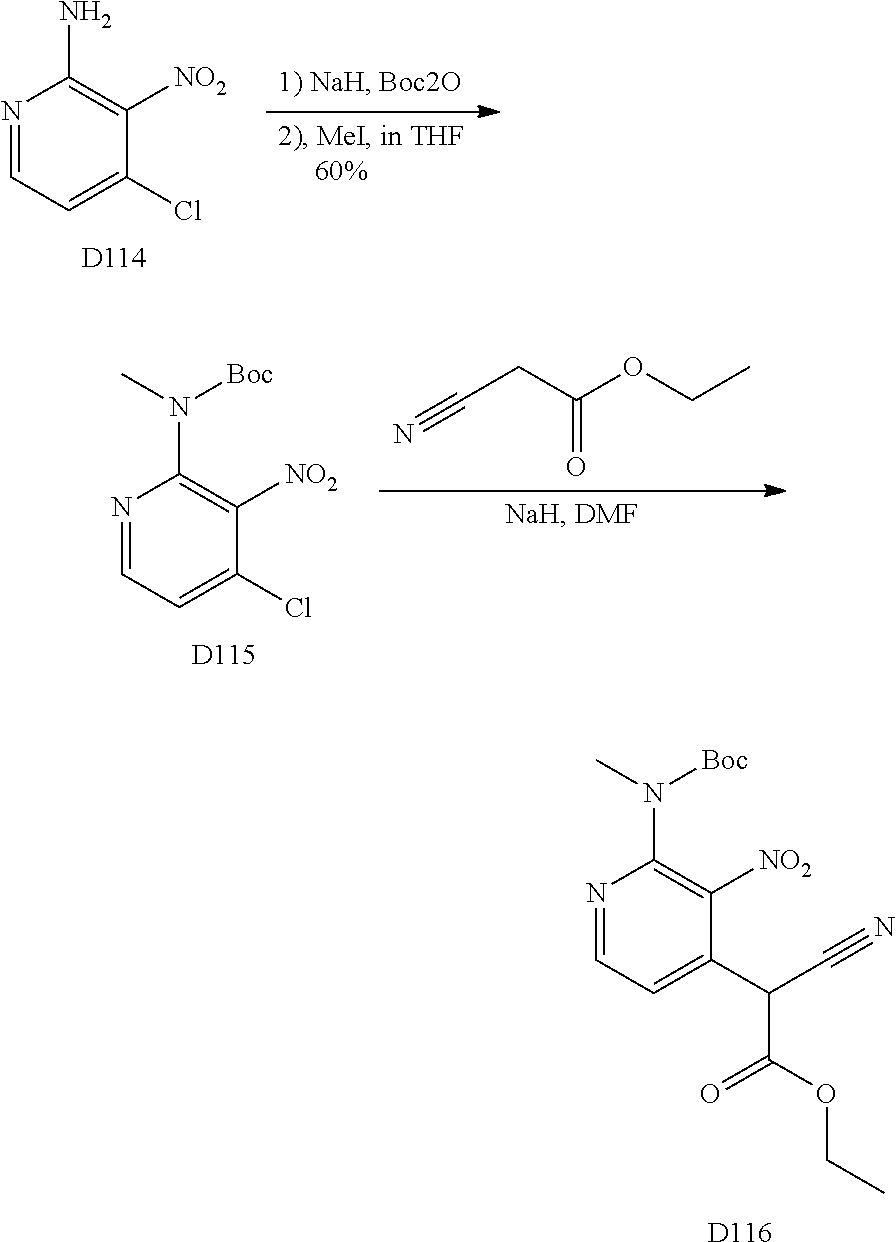
C01420
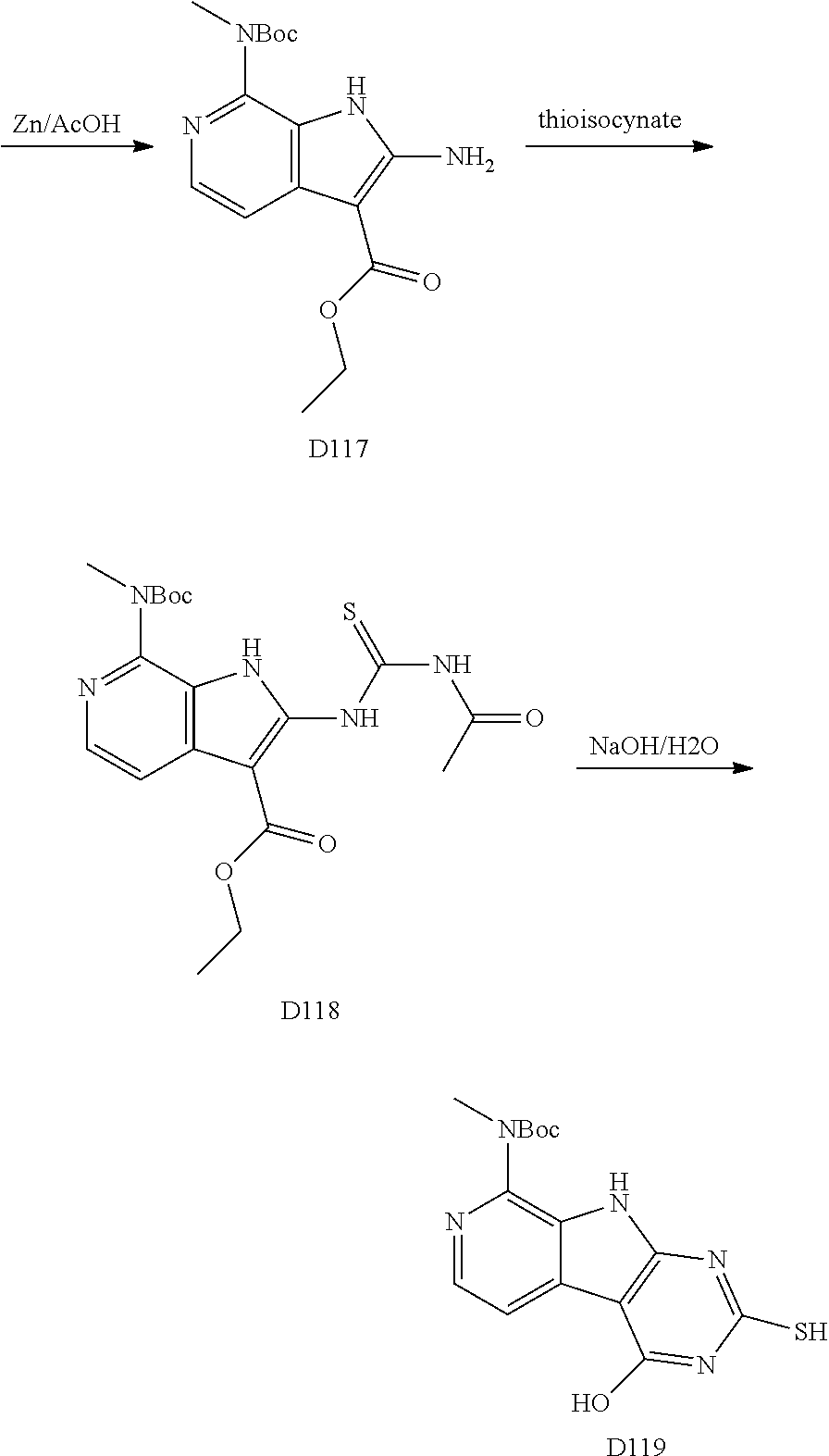
C01421

C01422
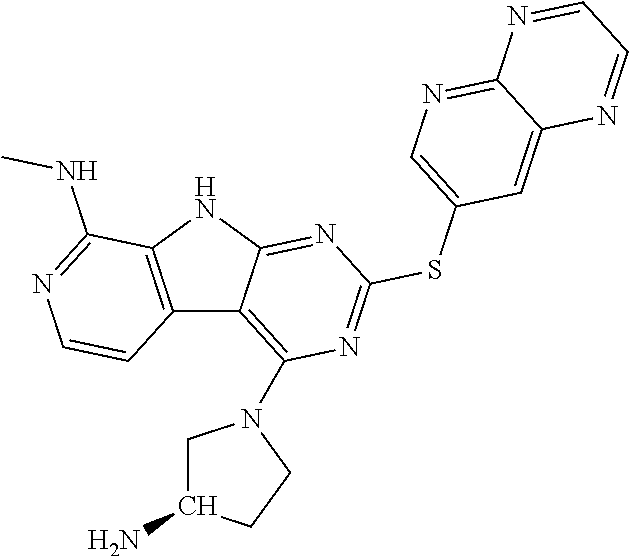
C01423

C01424
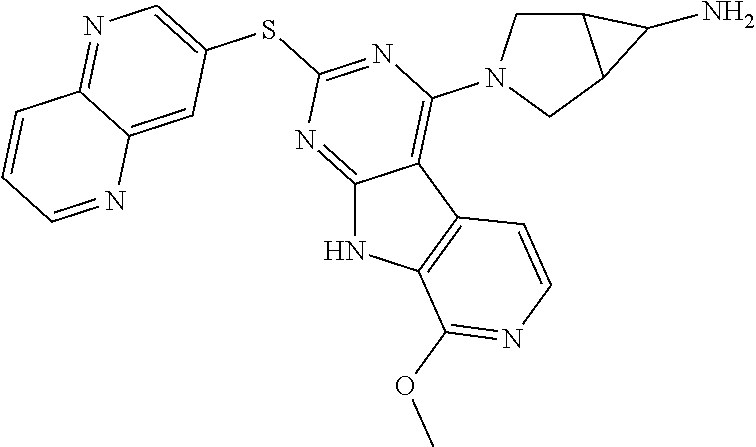
C01425

C01426

C01427

C01428

C01429
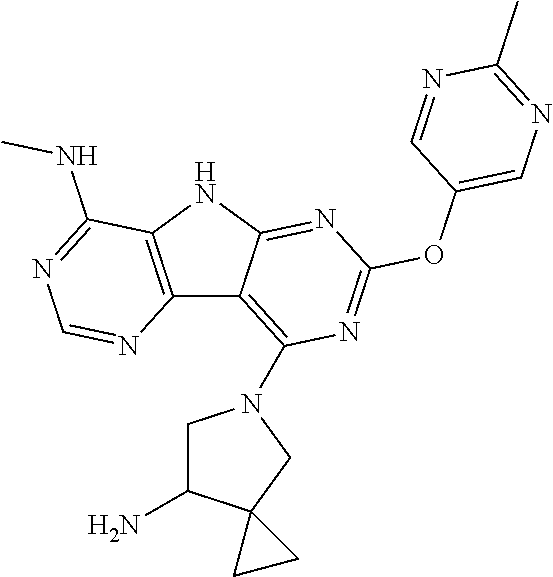
C01430

C01431

C01432

C01433
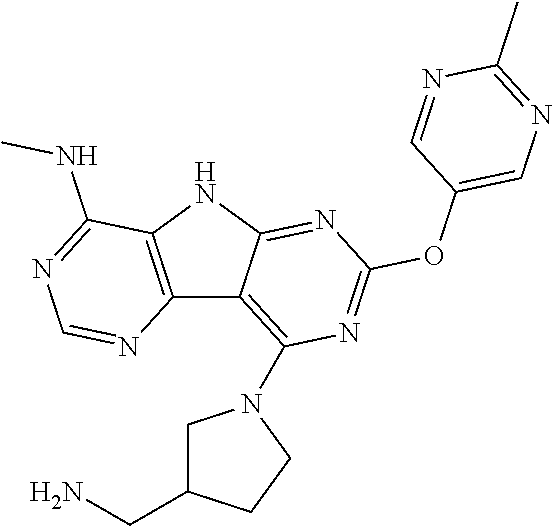
C01434

C01435
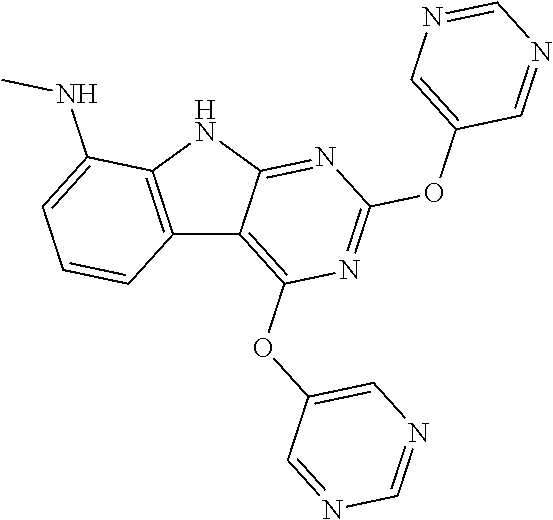
C01436
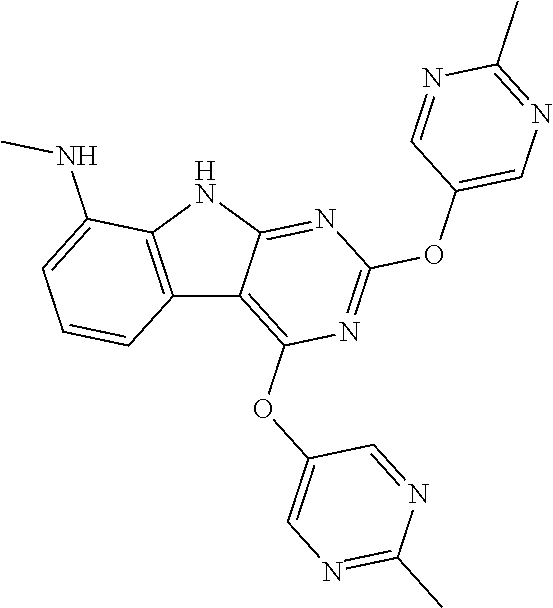
C01437
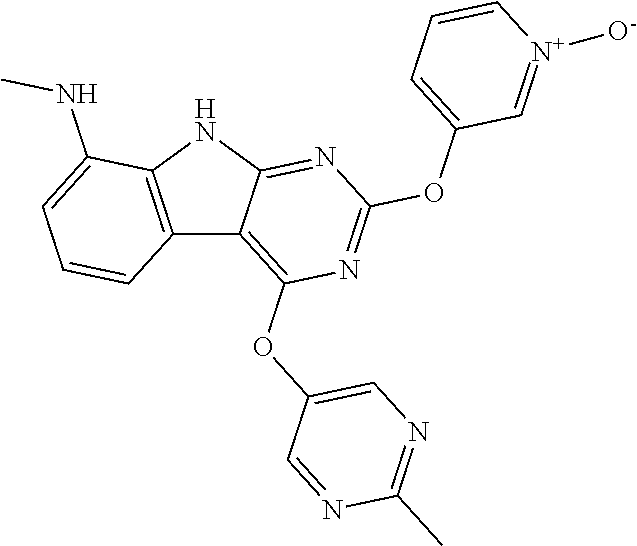
C01438

C01439
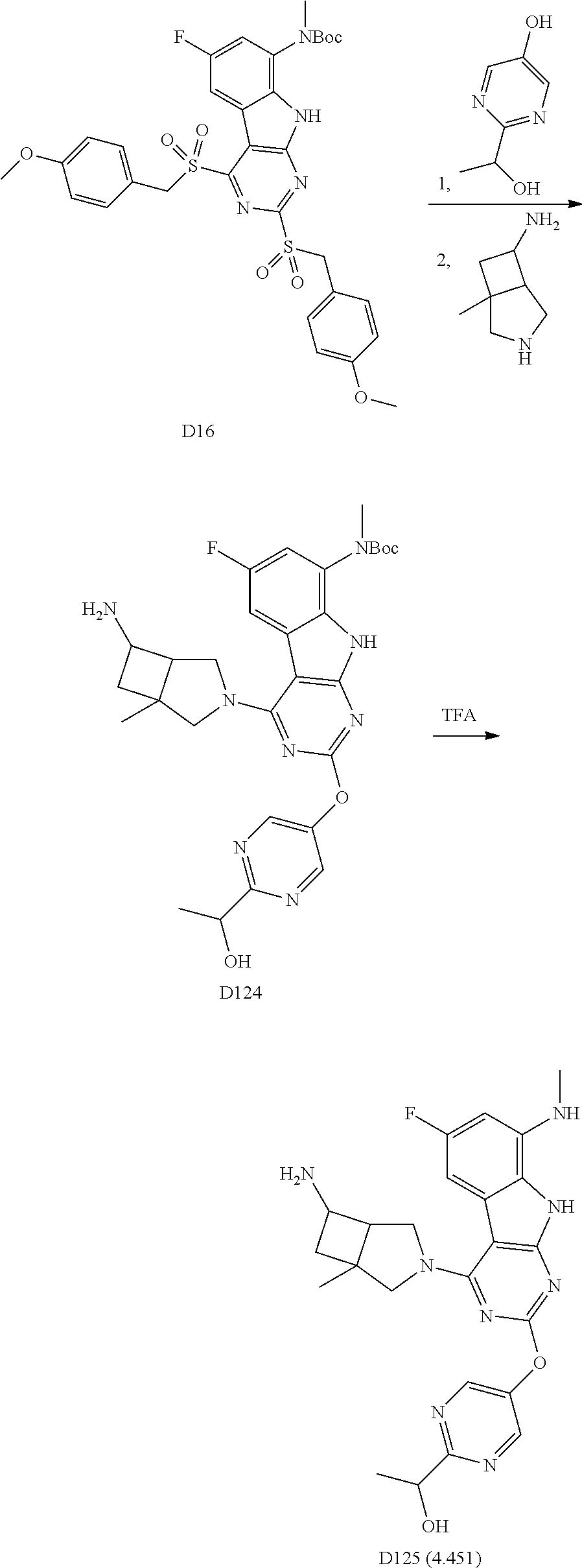
C01440
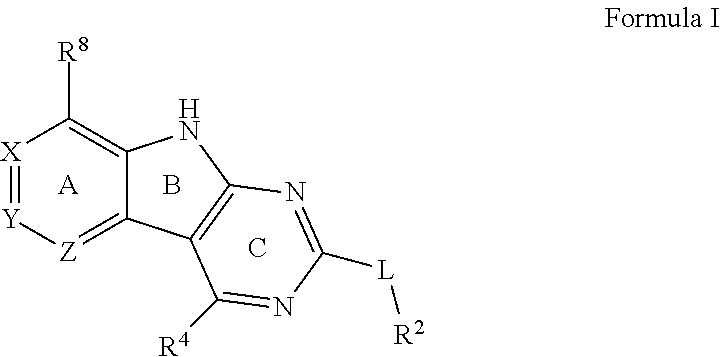
C01441

C01442

C01443
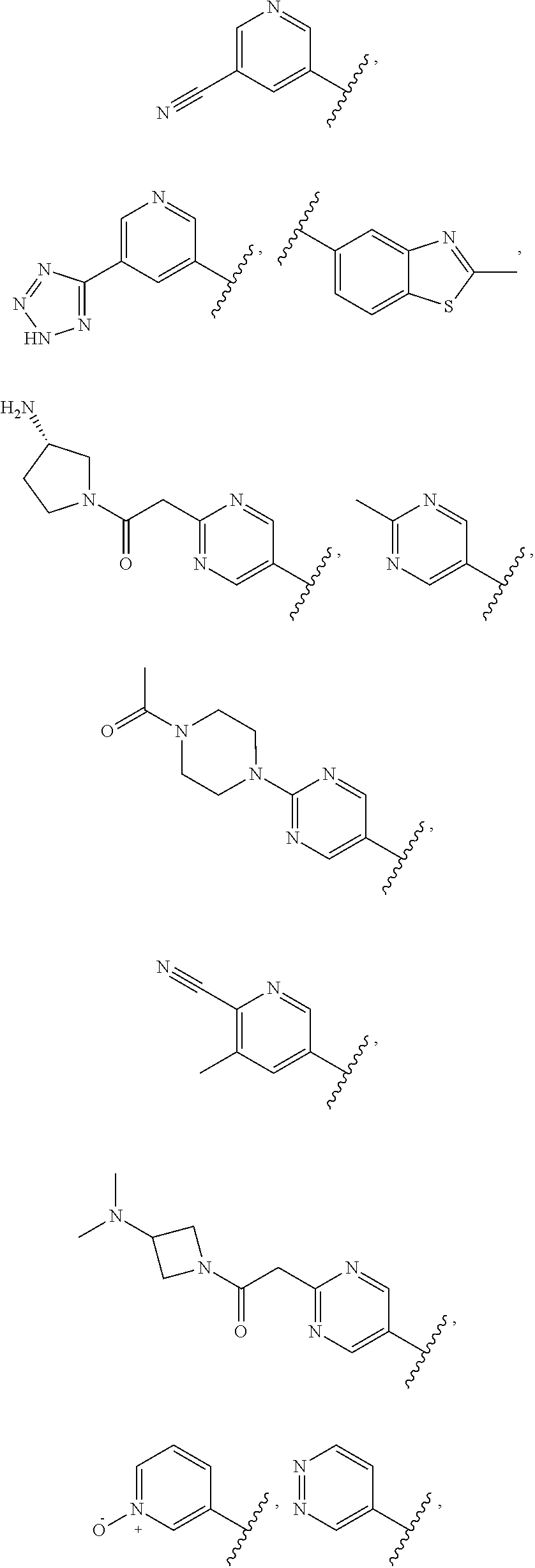
C01444

C01445
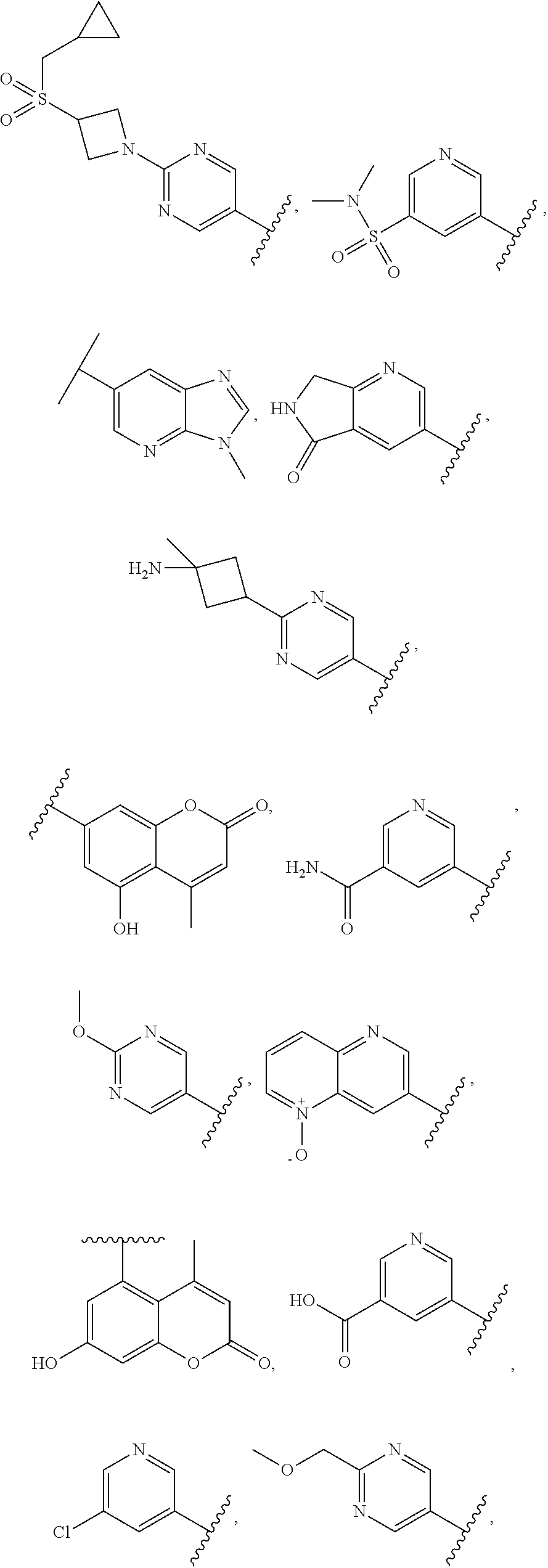
C01446

C01447

C01448
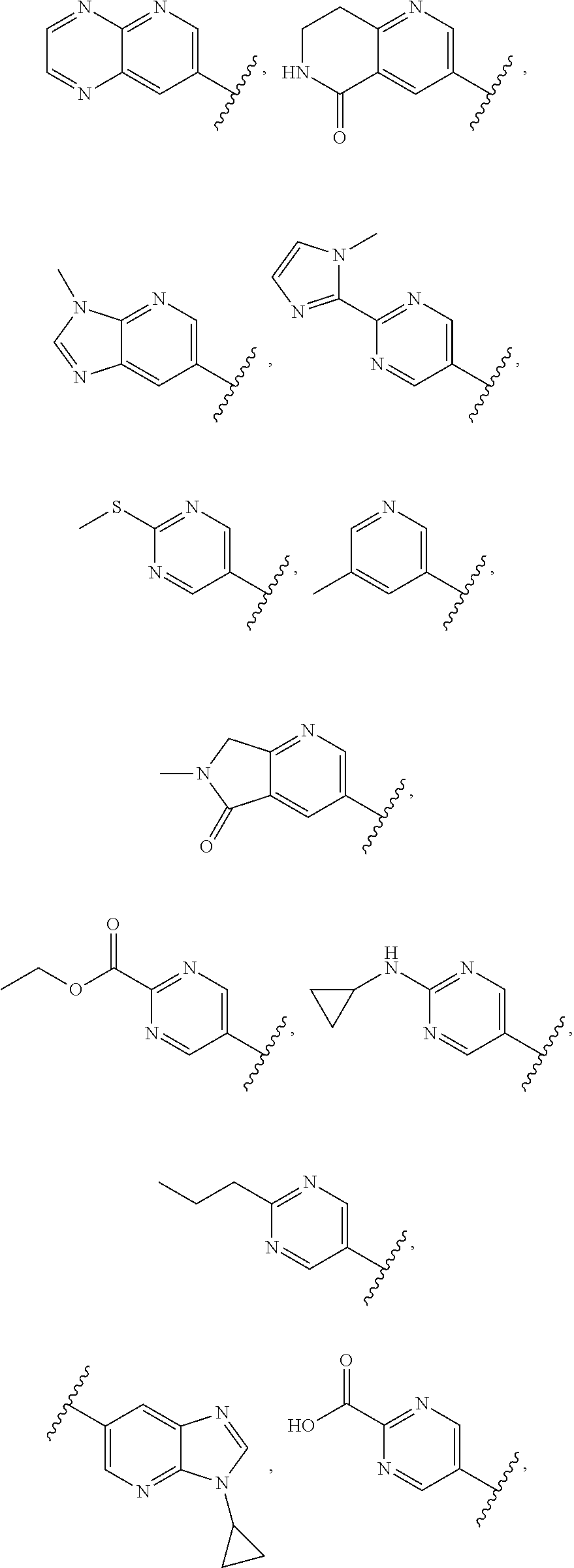
C01449

C01450
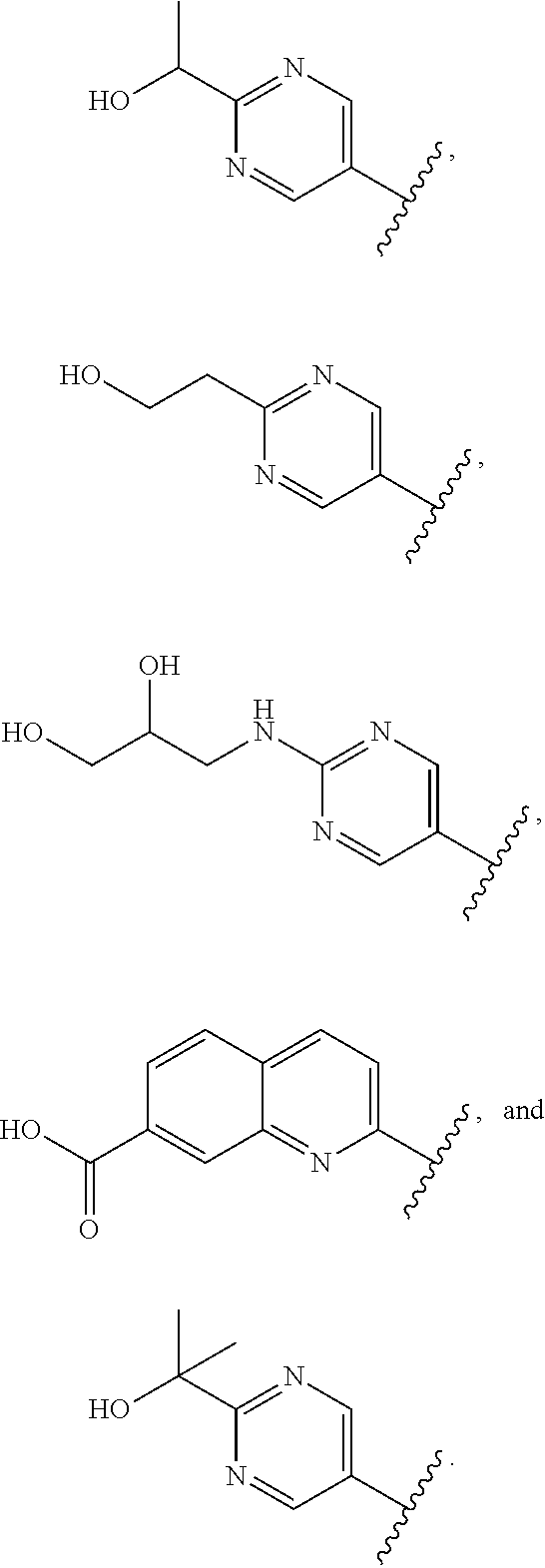
C01451

C01452

C01453

C01454

C01455

C01456

C01457

C01458

C01459

C01460

C01461

C01462

C01463

C01464

C01465

C01466

C01467

C01468

C01469

C01470

C01471

C01472

C01473
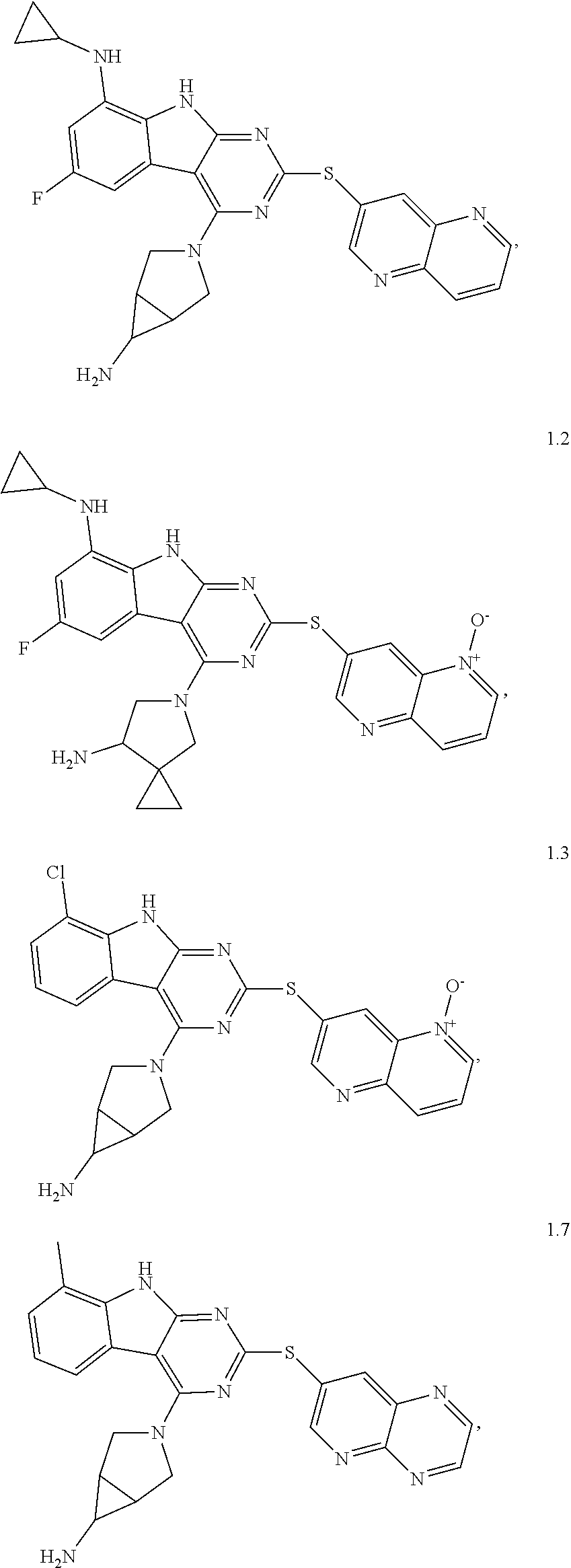
C01474

C01475

C01476
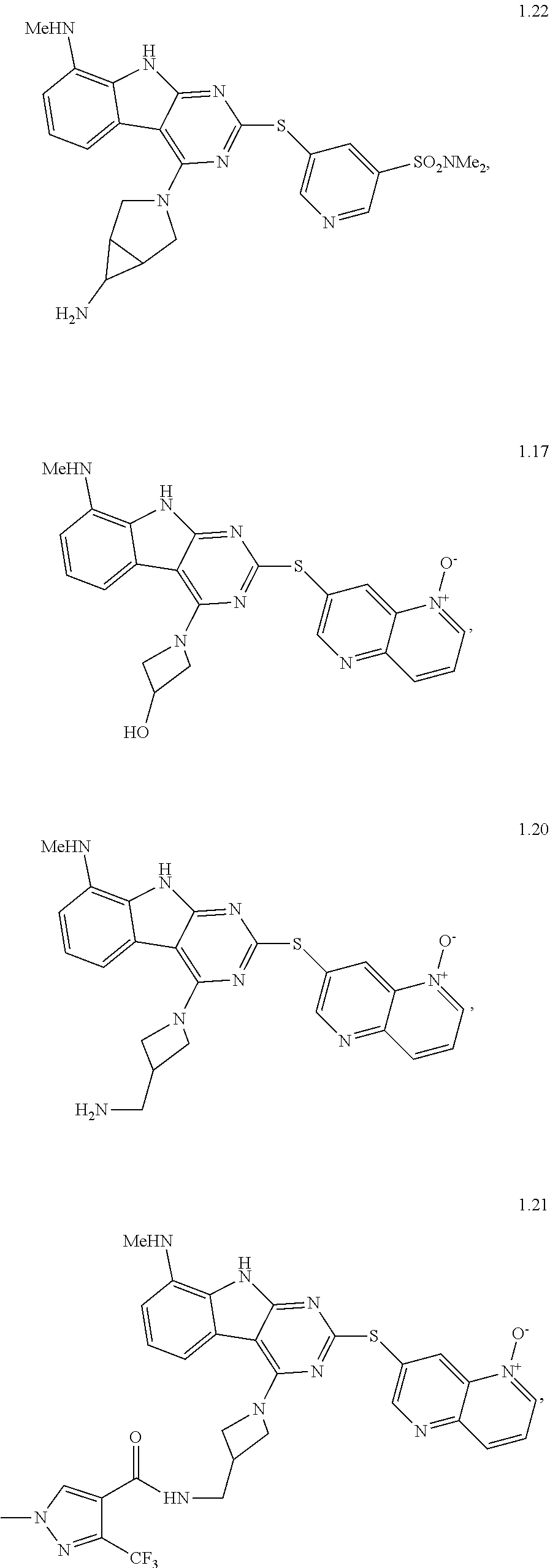
C01477

C01478

C01479

C01480

C01481
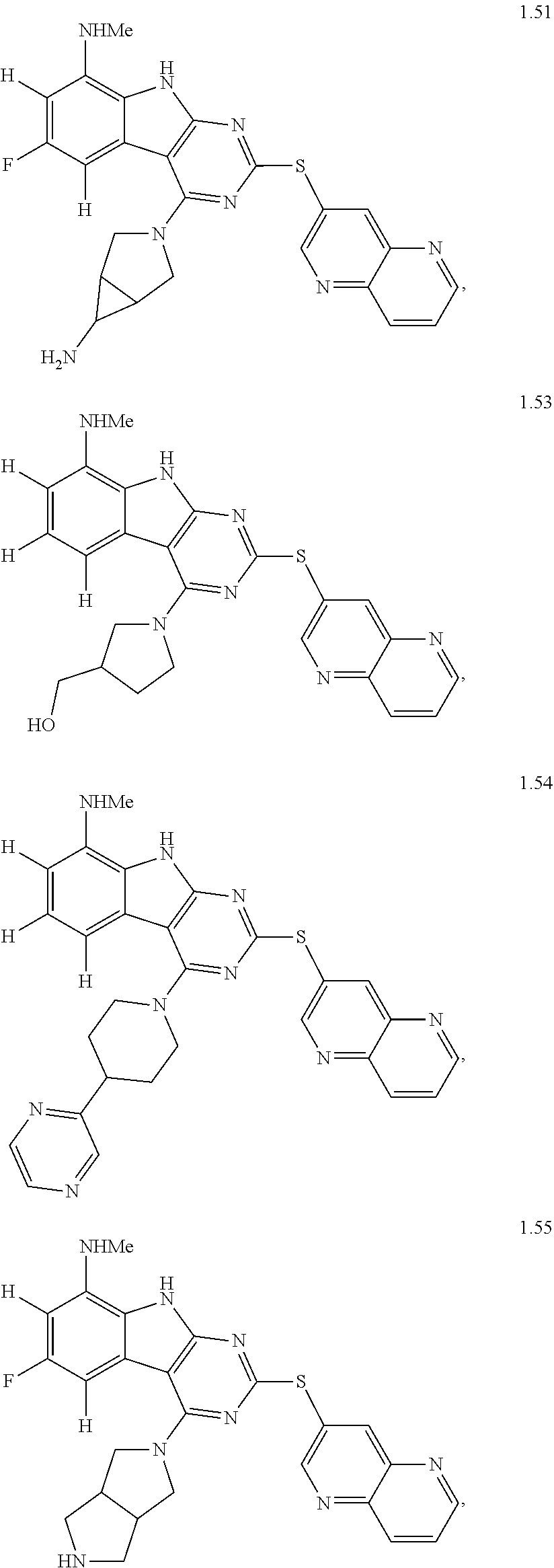
C01482

C01483

C01484

C01485

C01486

C01487

C01488

C01489

C01490

C01491

C01492
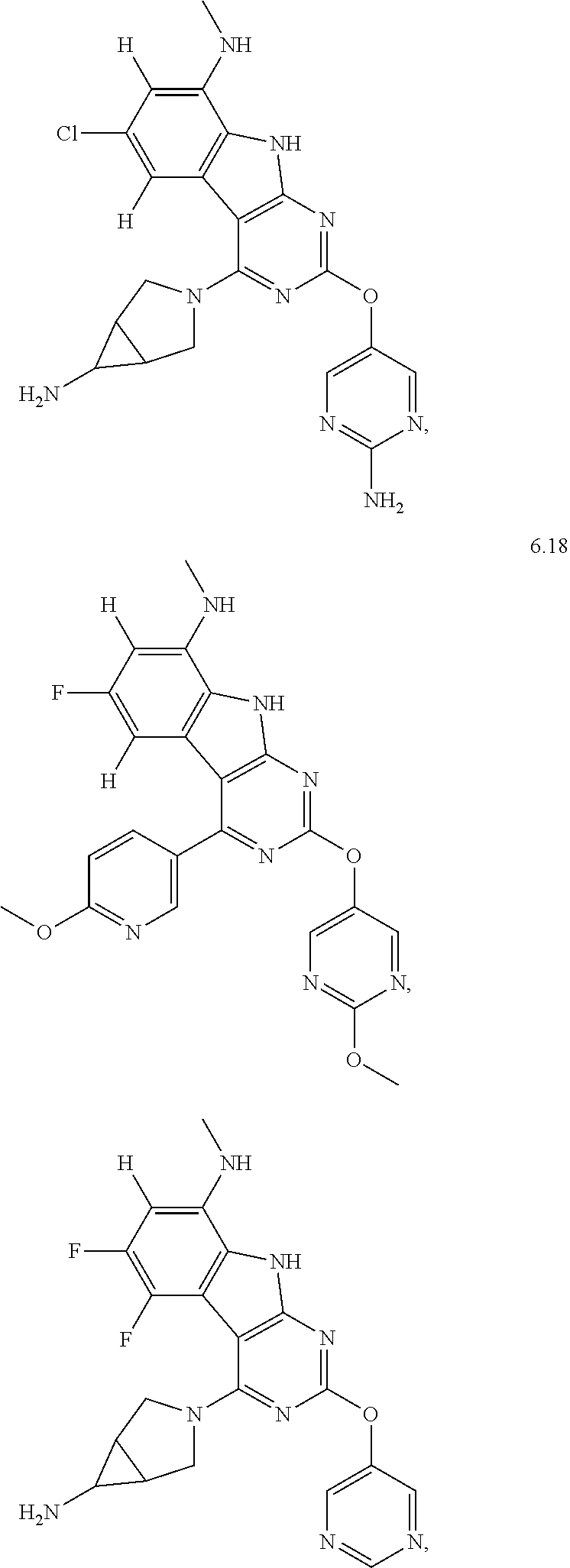
C01493

C01494

C01495

C01496
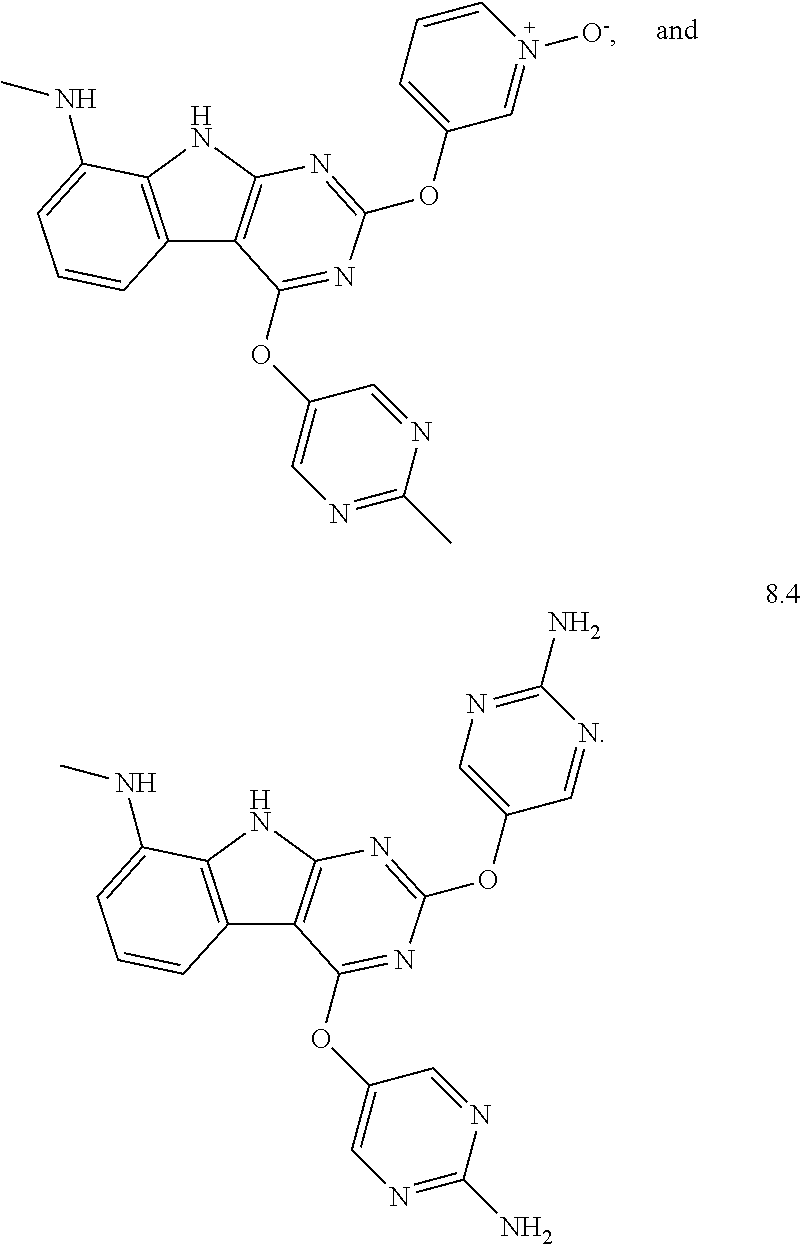
C01497

C01498

C01499

C01500

C01501

C01502
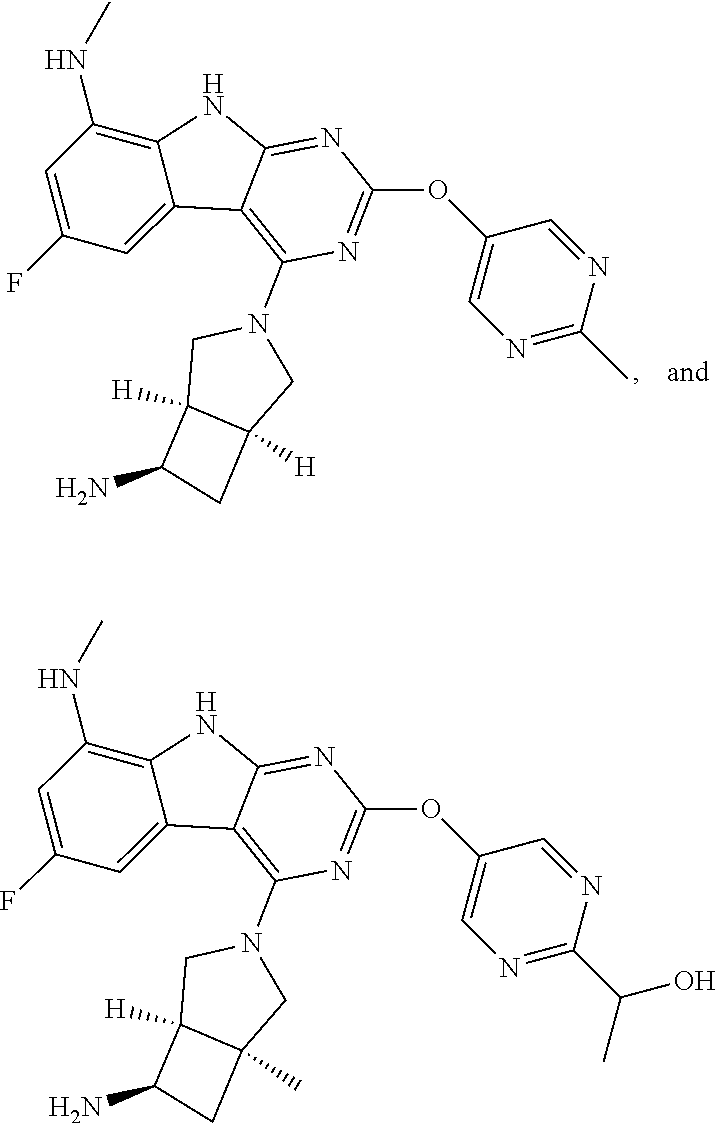
C01503

C01504

C01505

C01506
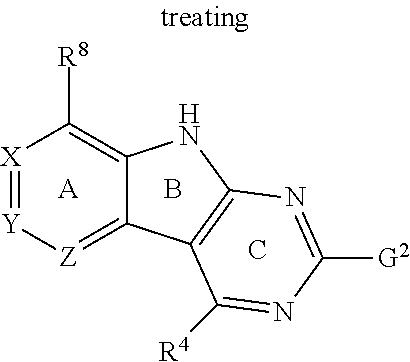
C01507

C01508
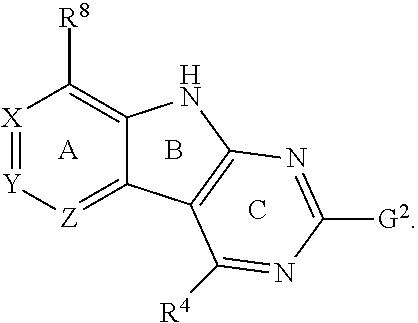
C01509

C01510

C01511
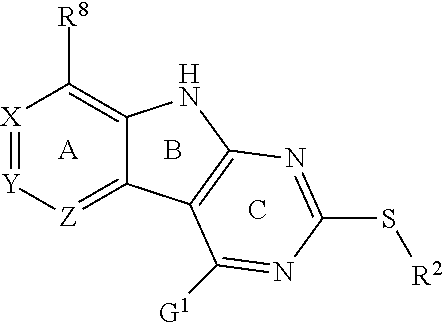
C01512
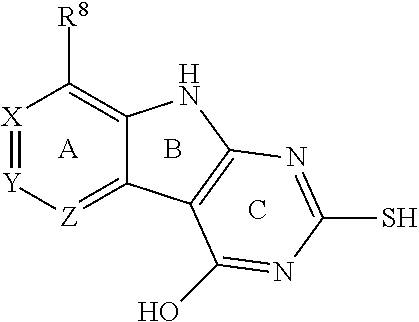
C01513
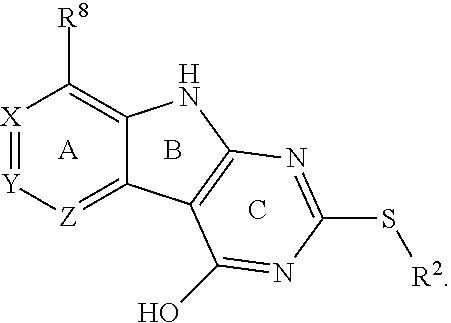
C01514
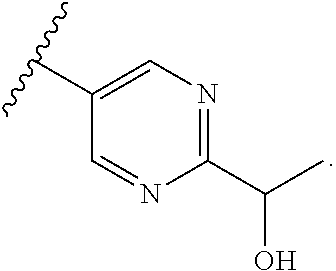
C01515

C01516
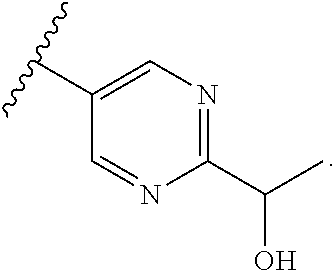
C01517
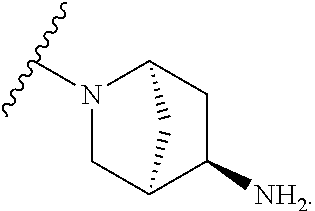
C01518
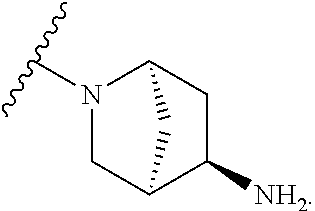
C01519
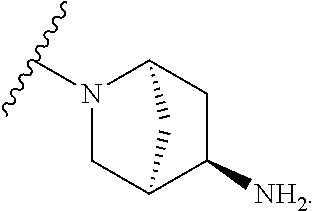
C01520
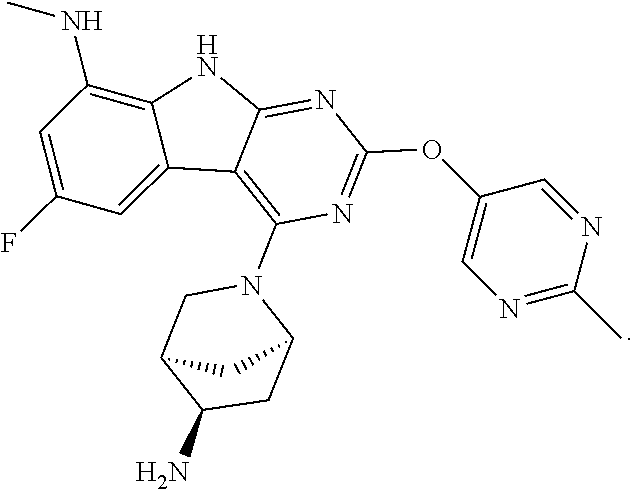
C01521

C01522
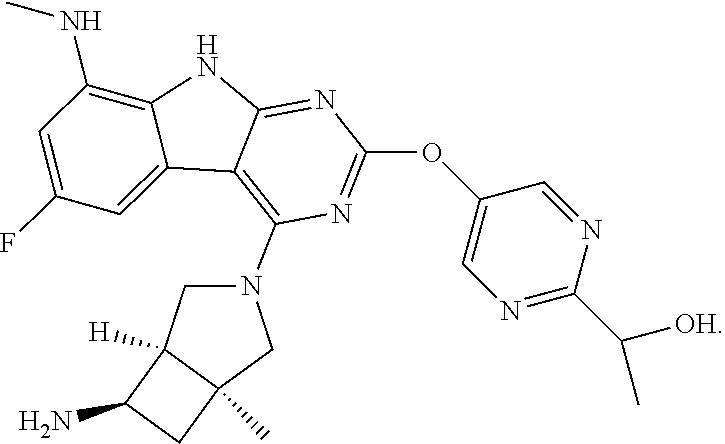
C01523

C01524

C01525

C01526

C01527

C01528

C01529

C01530

C01531

C01532

C01533

C01534
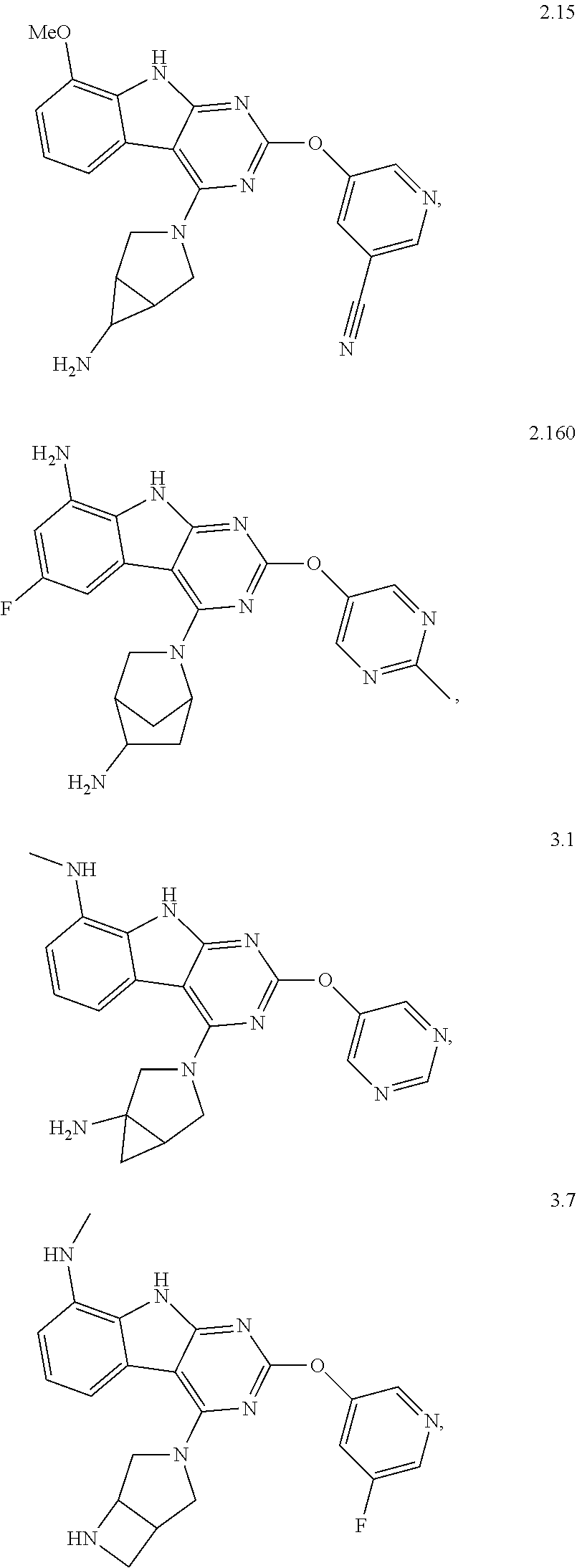
C01535

C01536
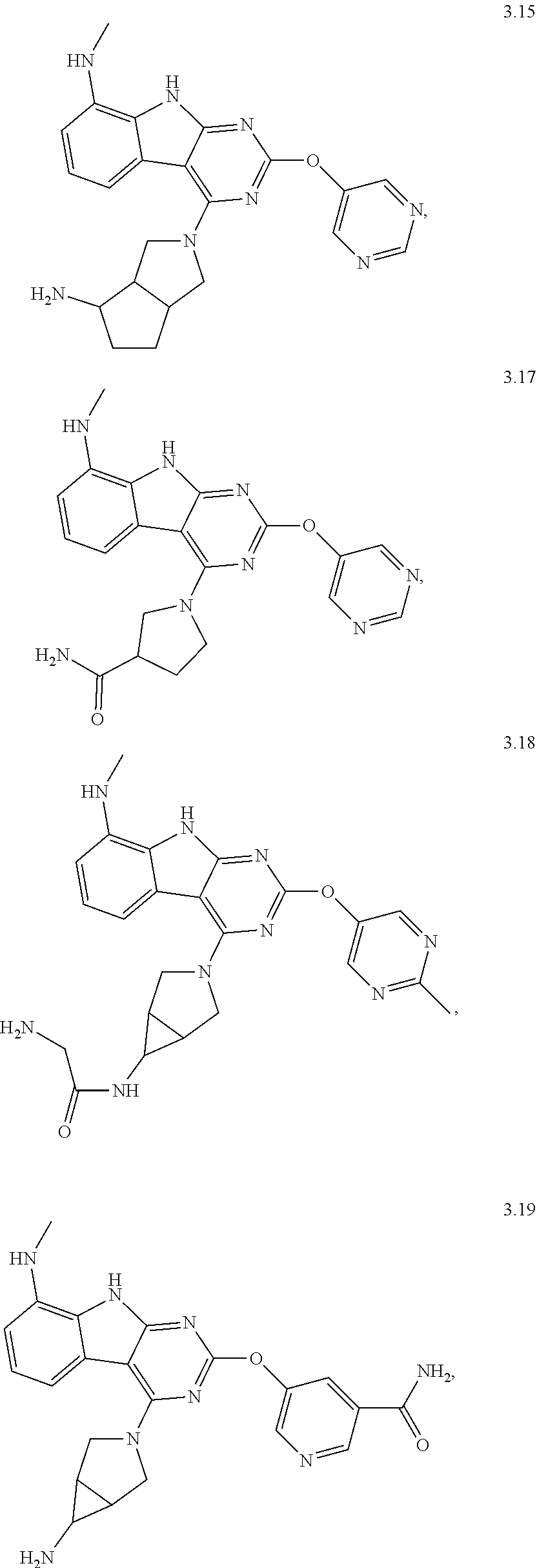
C01537

C01538
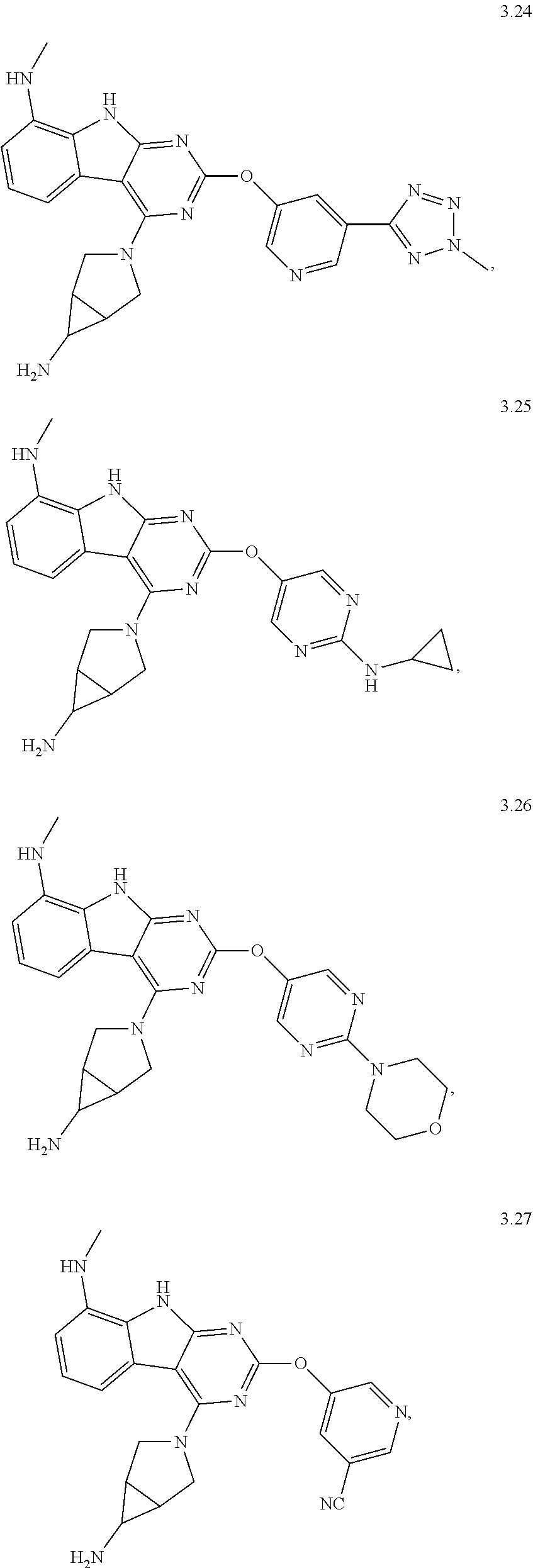
C01539
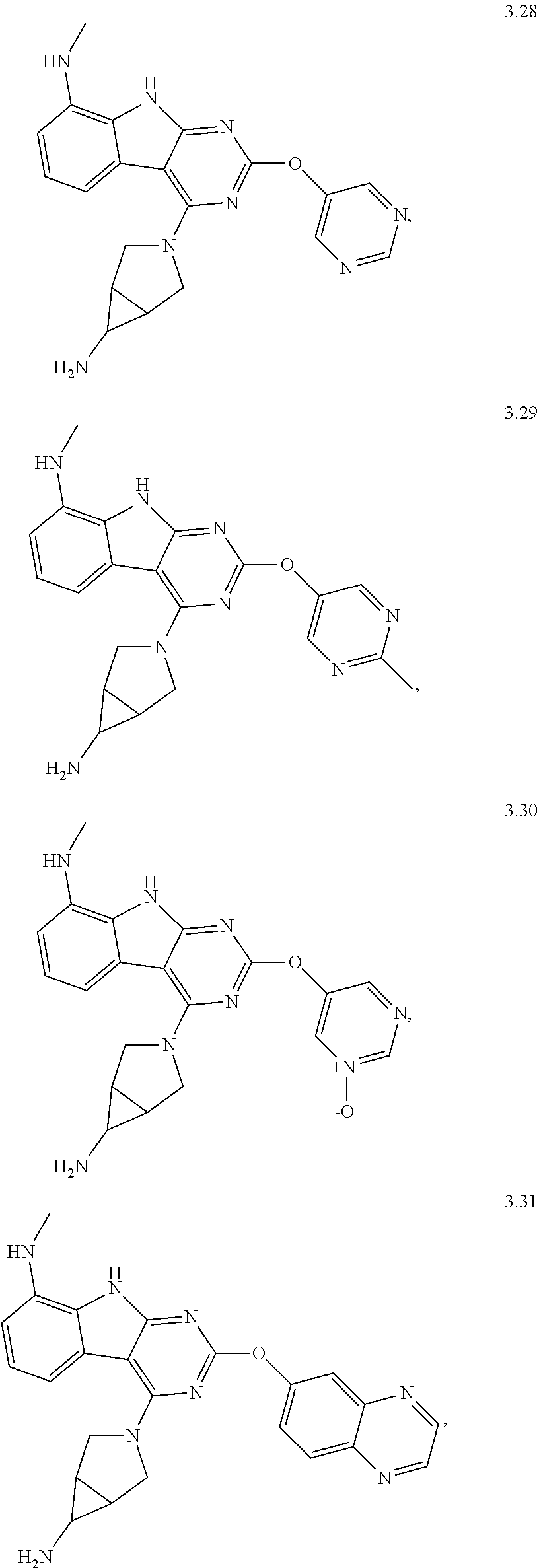
C01540

C01541

C01542

C01543

C01544

C01545

C01546

C01547

C01548

C01549

C01550

C01551

C01552

C01553

C01554

C01555

C01556

C01557

C01558

C01559

C01560

C01561

C01562

C01563

C01564

C01565

C01566

C01567

C01568

C01569

C01570

C01571

C01572

C01573

C01574

C01575

C01576

C01577
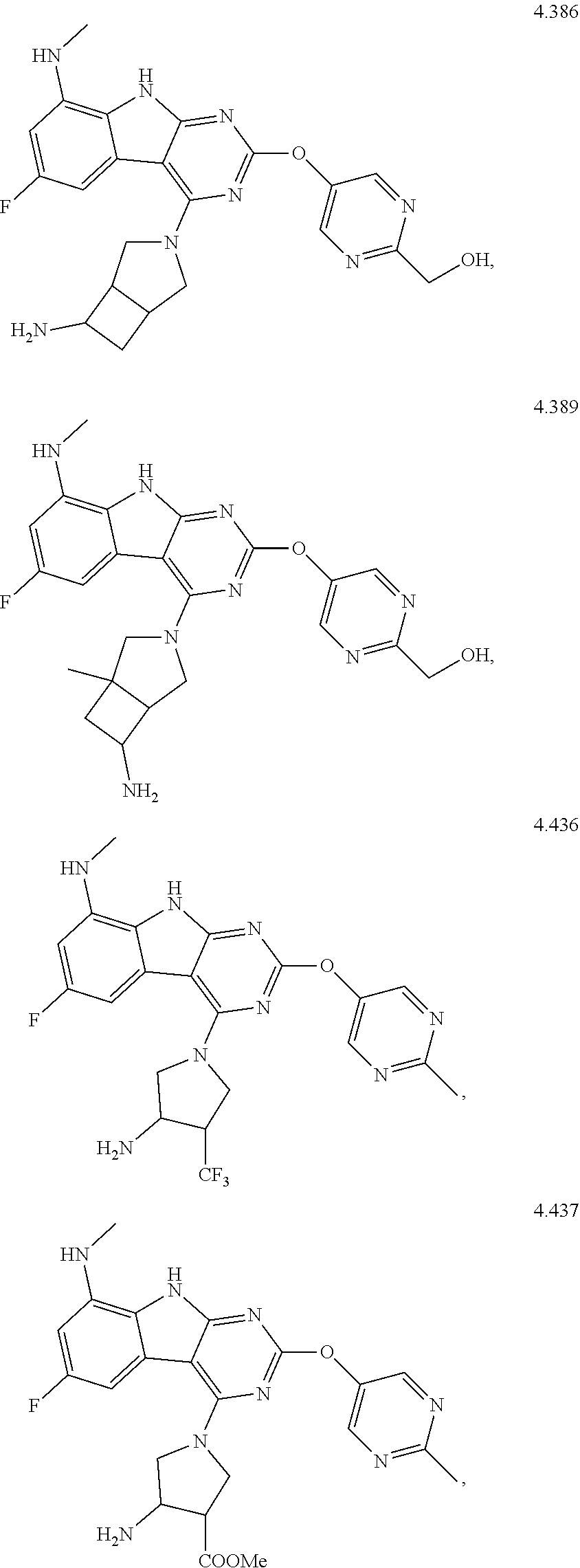
C01578

C01579

C01580

C01581

C01582

C01583

C01584

C01585

C01586
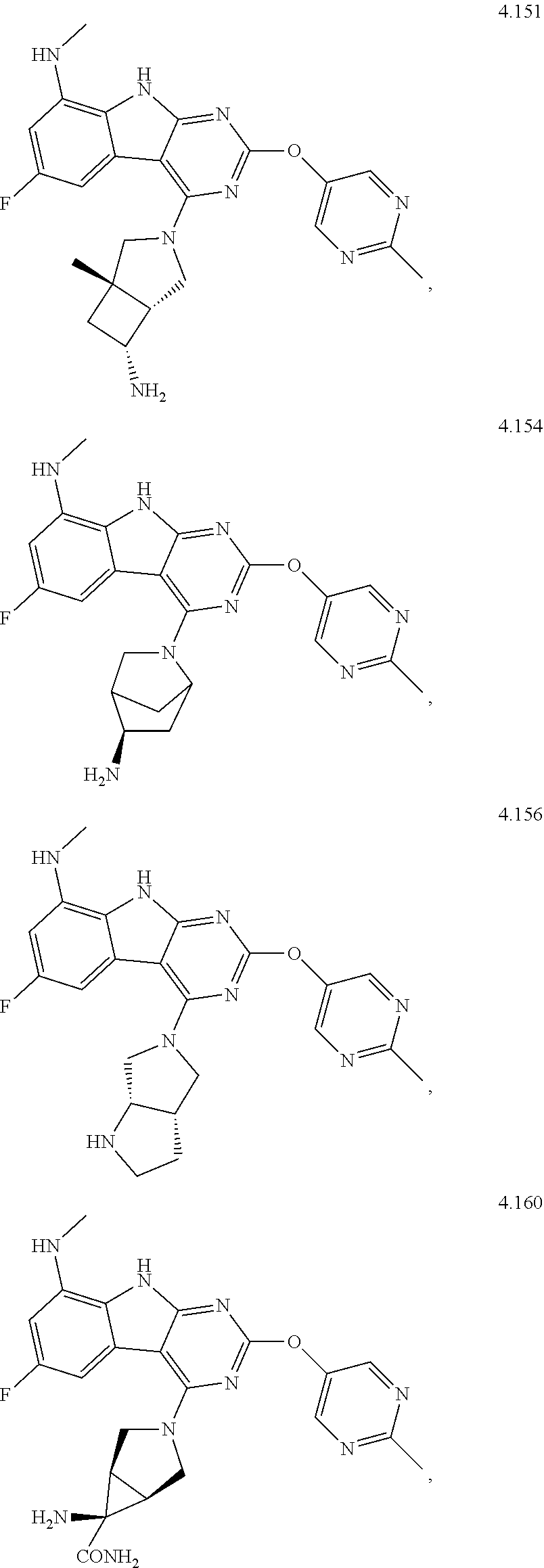
C01587

C01588

C01589

C01590

C01591

C01592

C01593

C01594

C01595

C01596

C01597

C01598

C01599

C01600

C01601

C01602

C01603

C01604

C01605

C01606

C01607

C01608

C01609

C01610

C01611

C01612

C01613

C01614

C01615

C01616

C01617

C01618
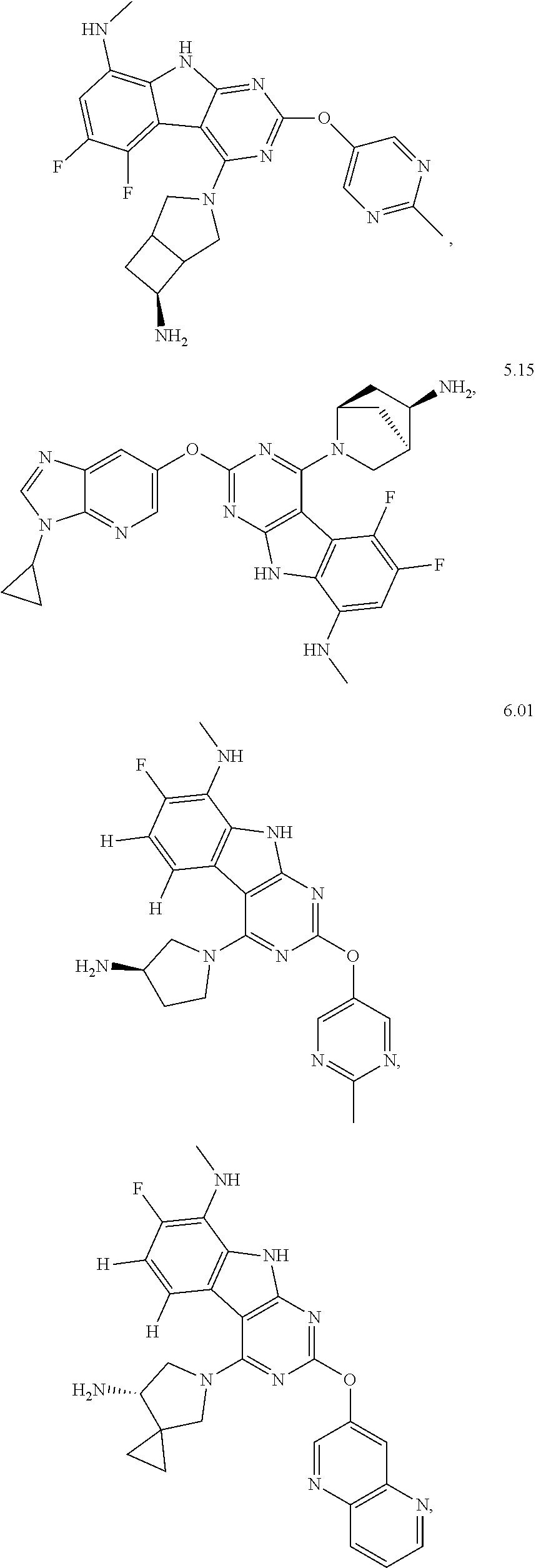
C01619

C01620

C01621

C01622

C01623
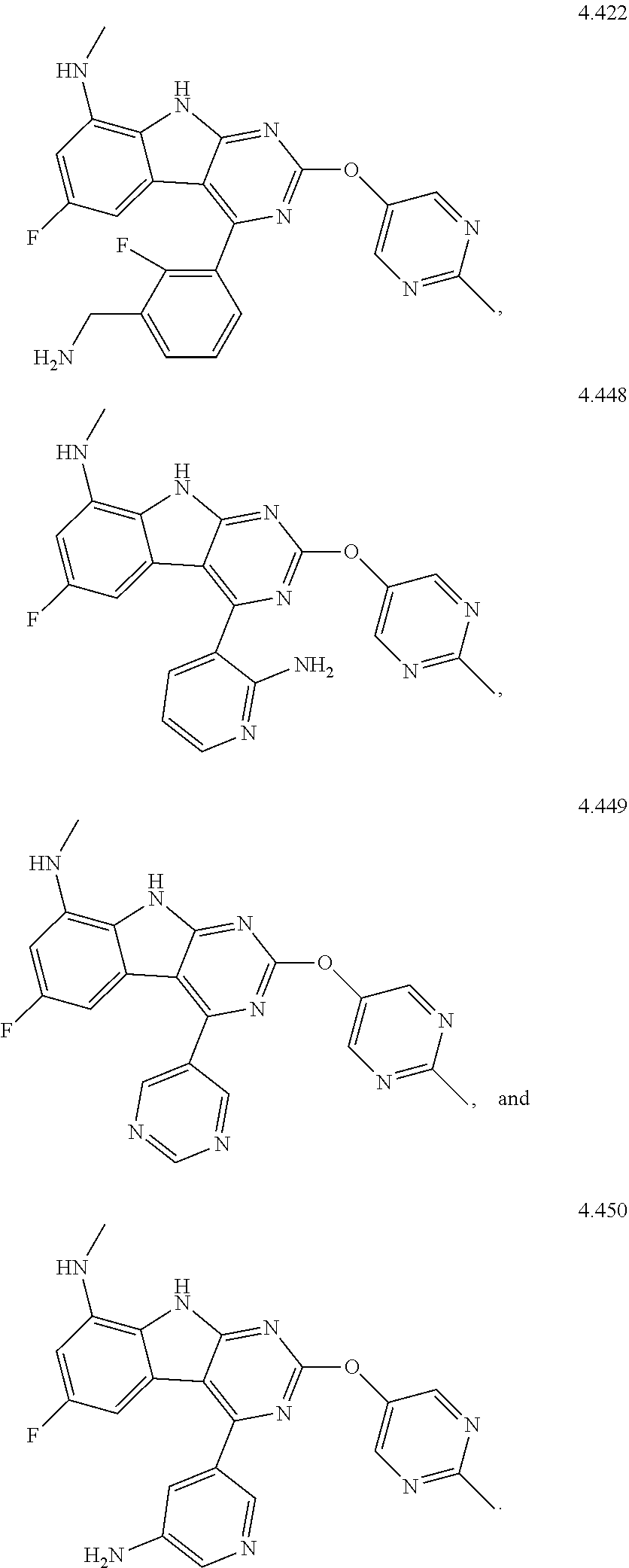
D00001

D00002
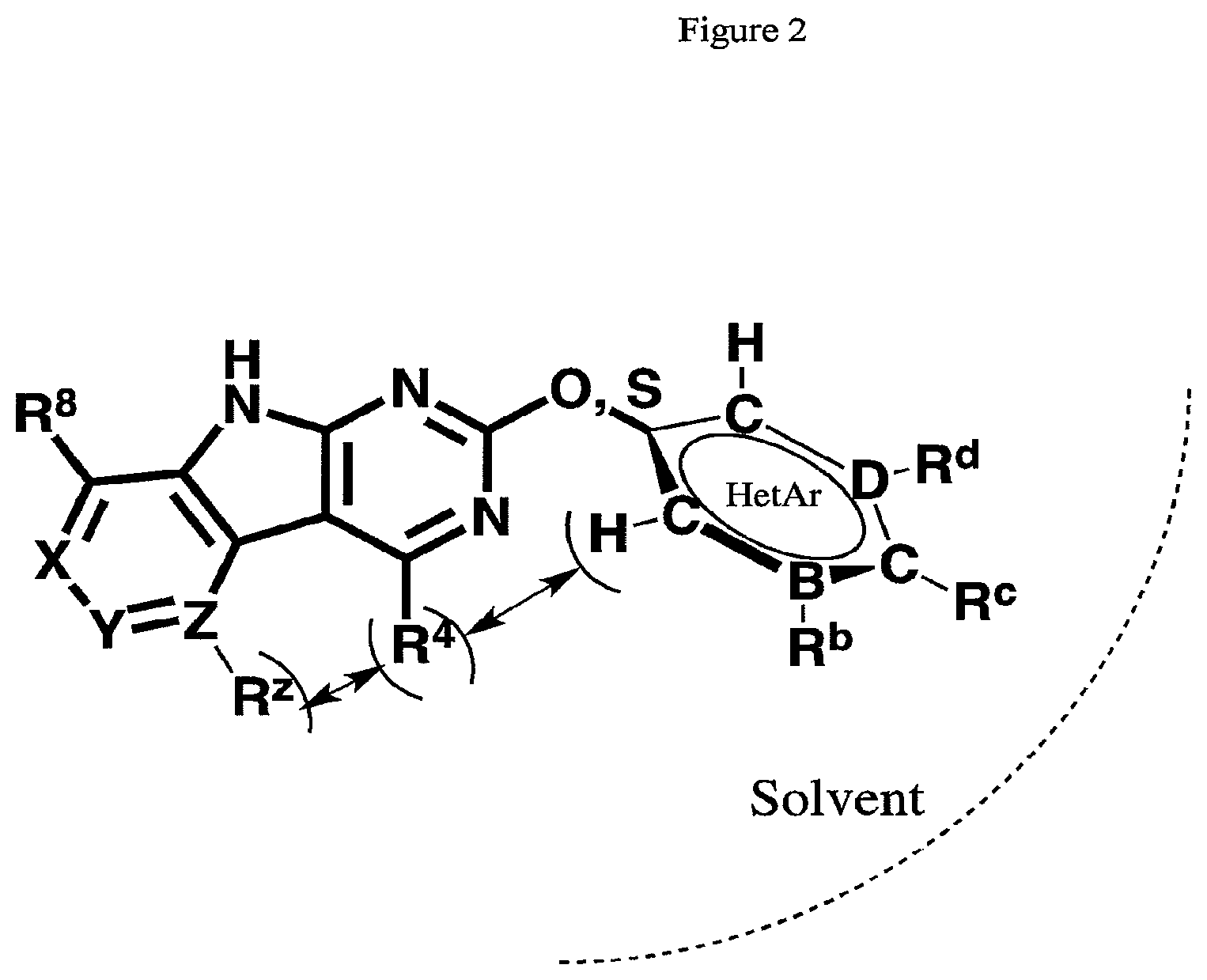
D00003

XML
uspto.report is an independent third-party trademark research tool that is not affiliated, endorsed, or sponsored by the United States Patent and Trademark Office (USPTO) or any other governmental organization. The information provided by uspto.report is based on publicly available data at the time of writing and is intended for informational purposes only.
While we strive to provide accurate and up-to-date information, we do not guarantee the accuracy, completeness, reliability, or suitability of the information displayed on this site. The use of this site is at your own risk. Any reliance you place on such information is therefore strictly at your own risk.
All official trademark data, including owner information, should be verified by visiting the official USPTO website at www.uspto.gov. This site is not intended to replace professional legal advice and should not be used as a substitute for consulting with a legal professional who is knowledgeable about trademark law.